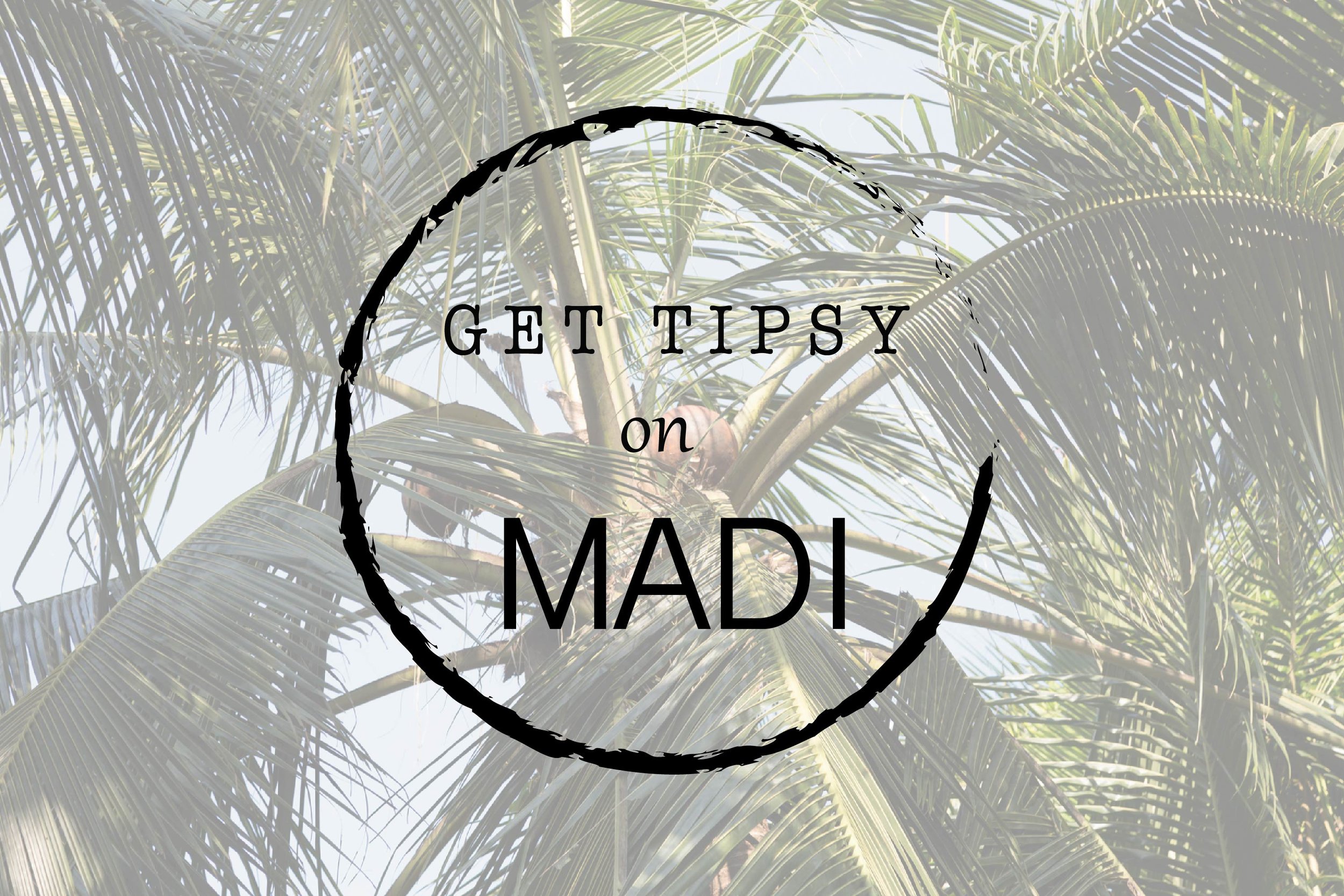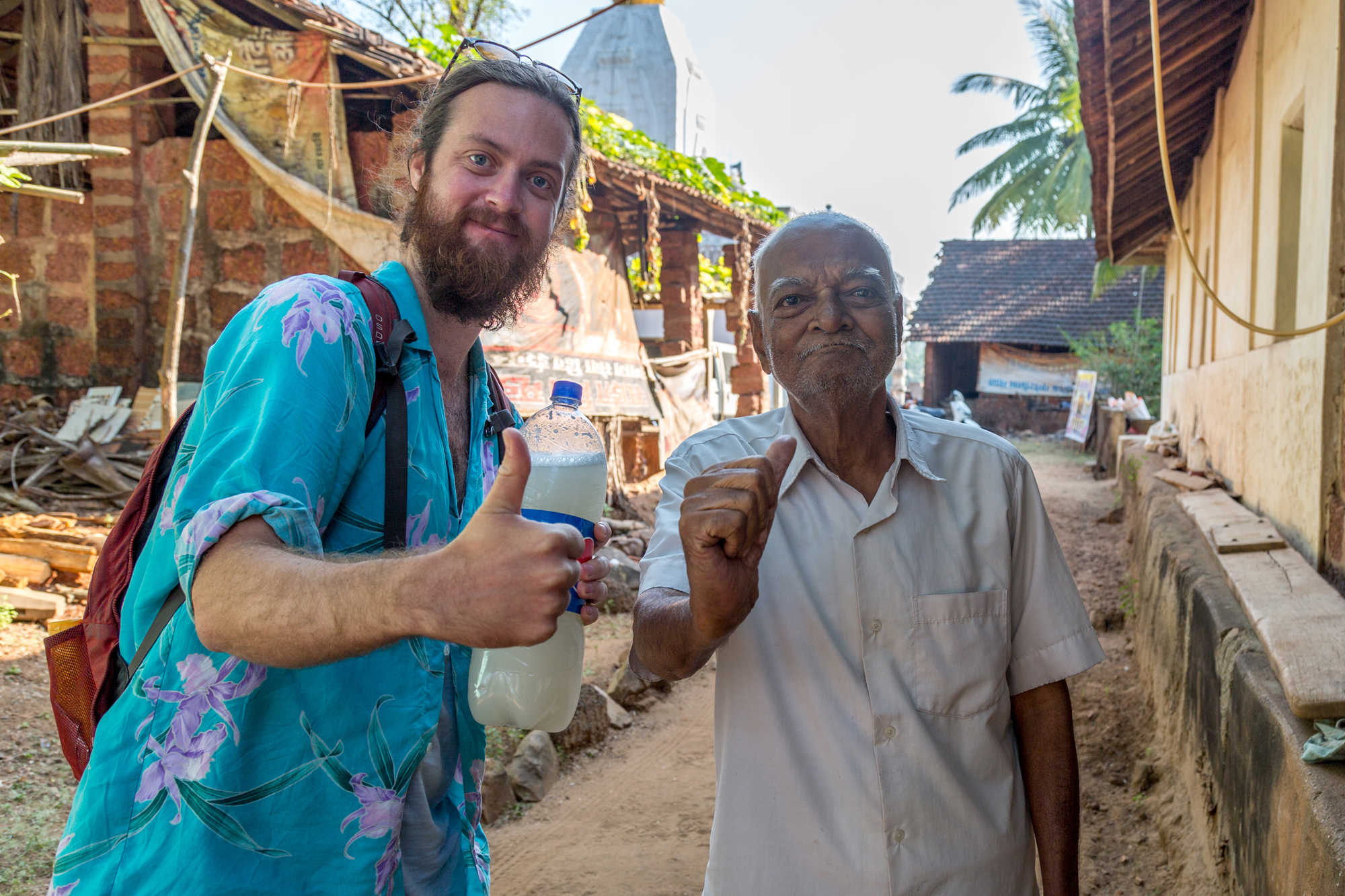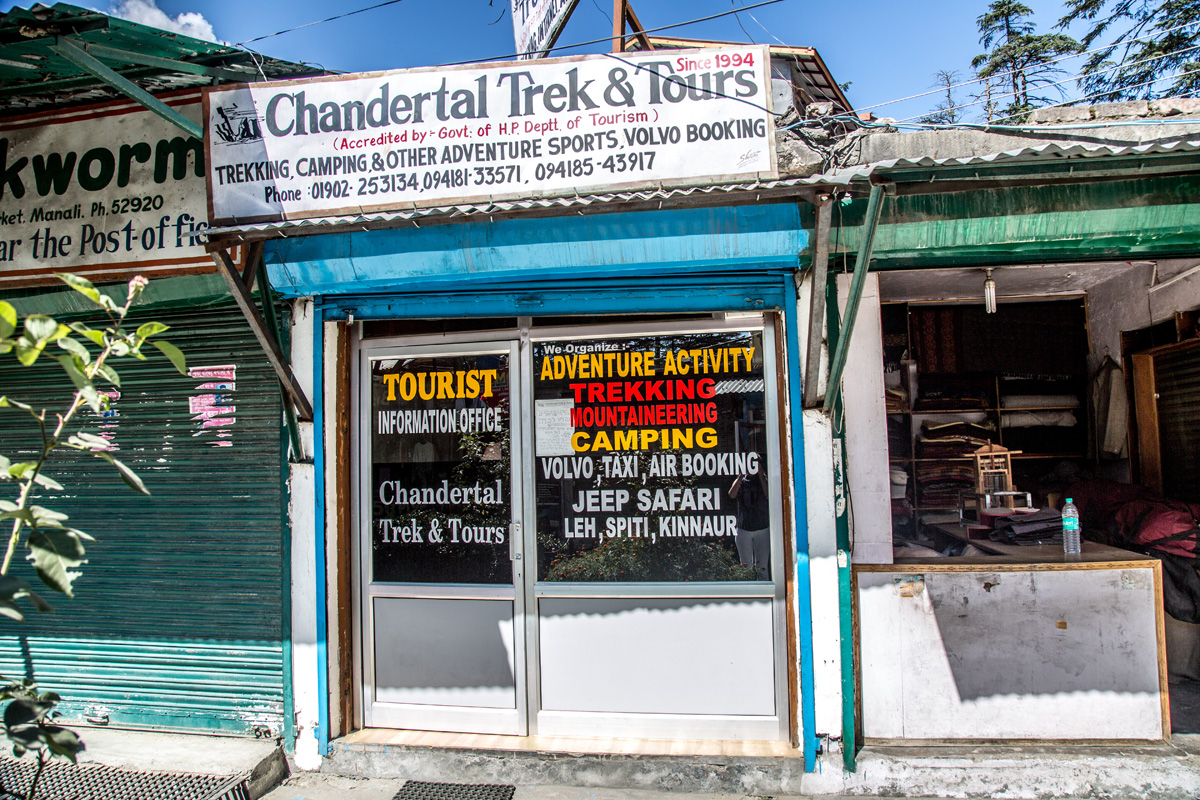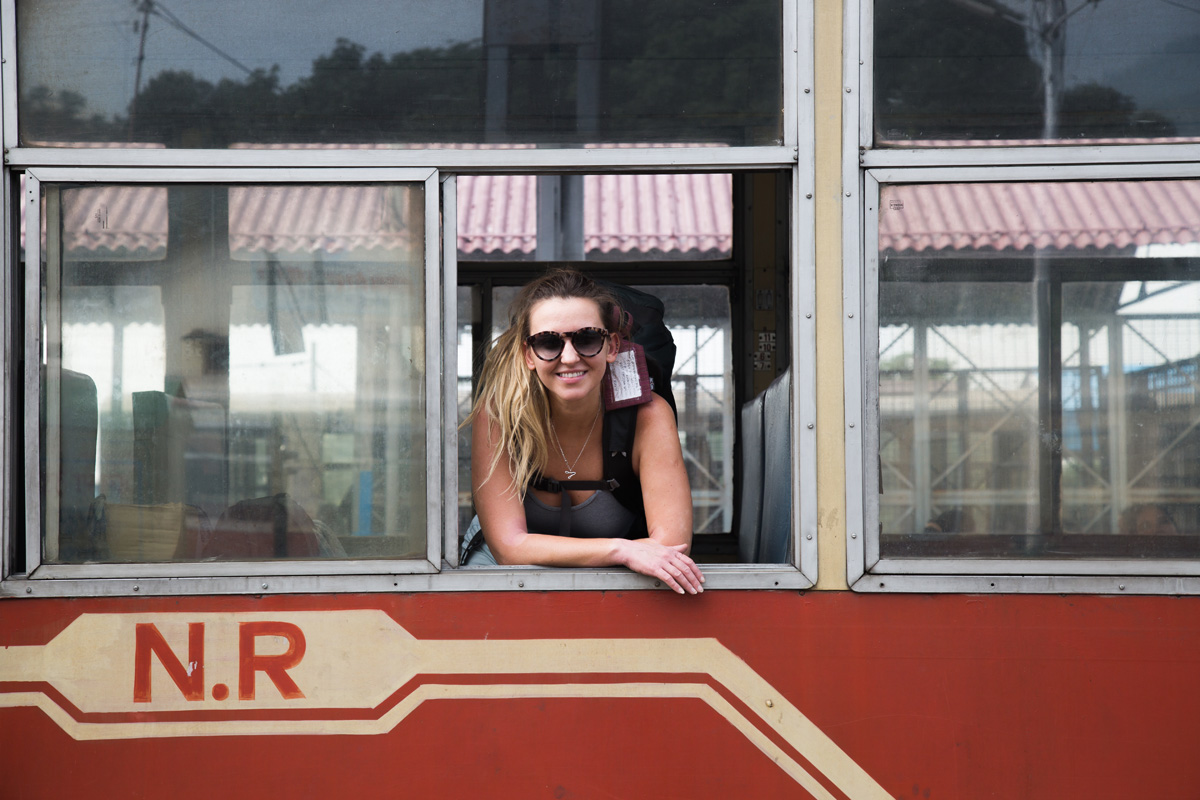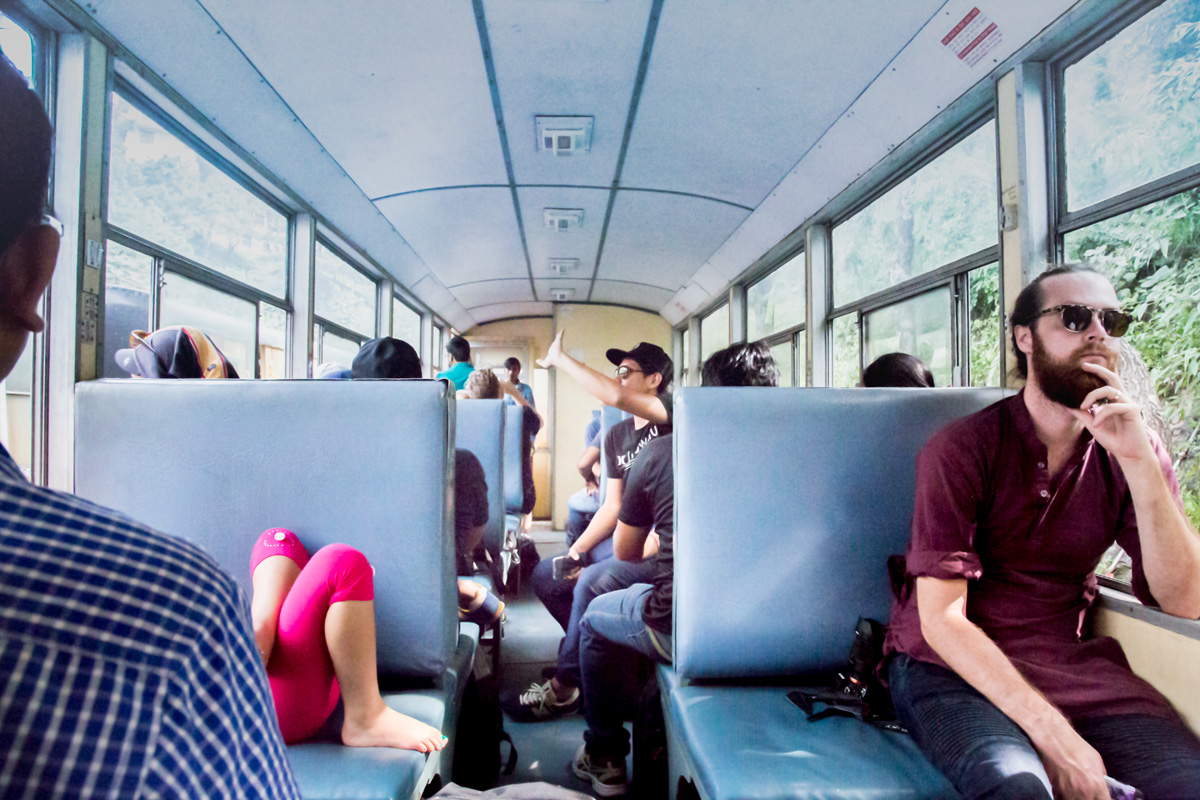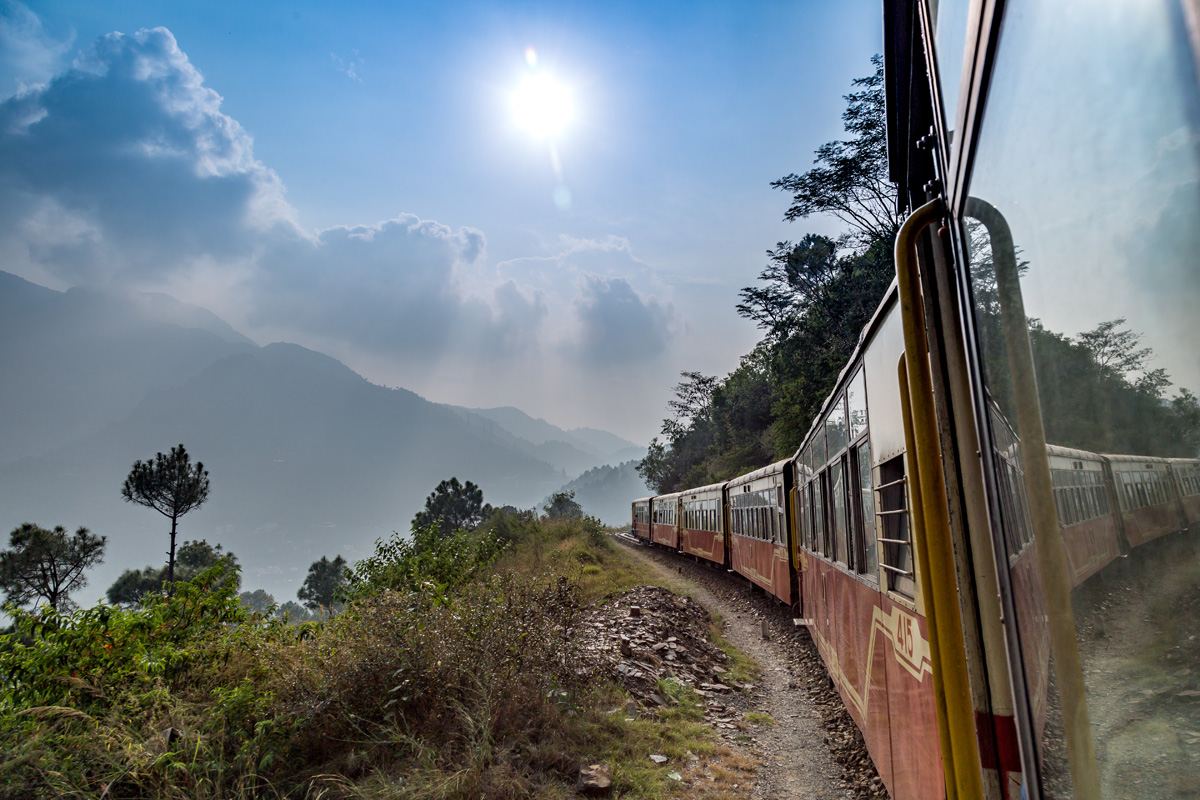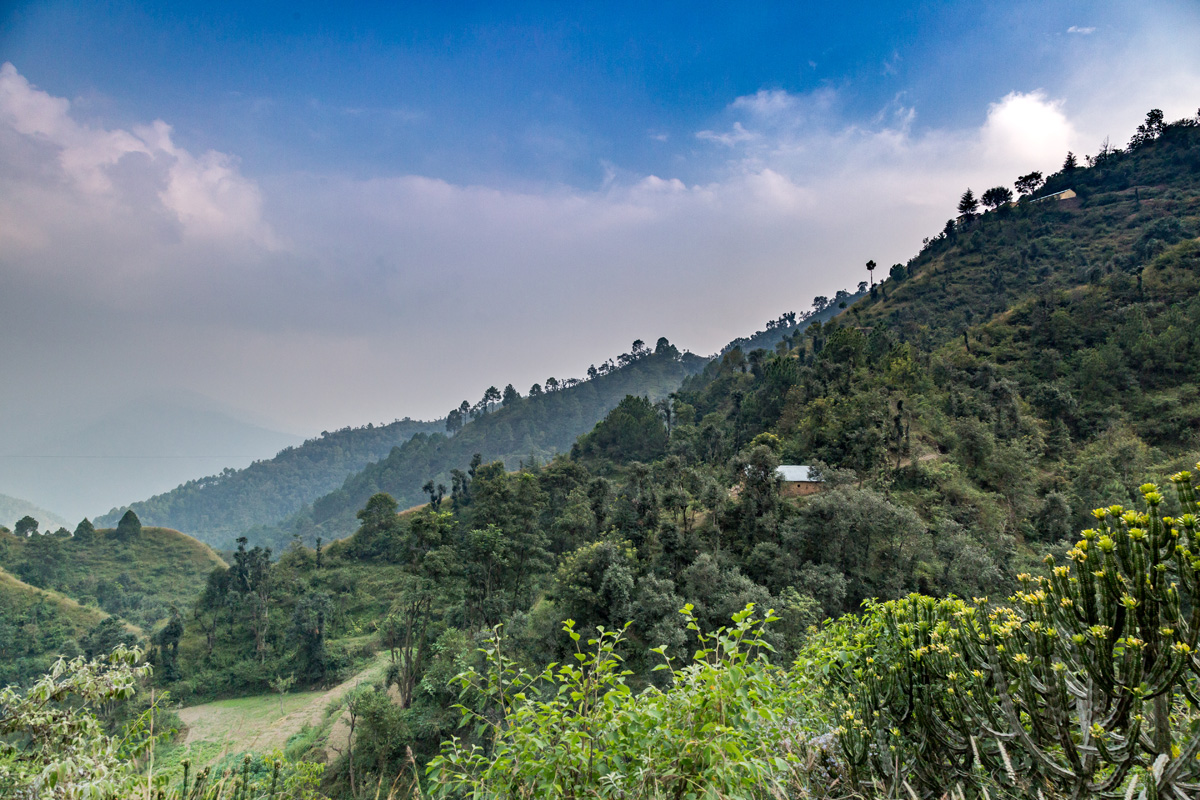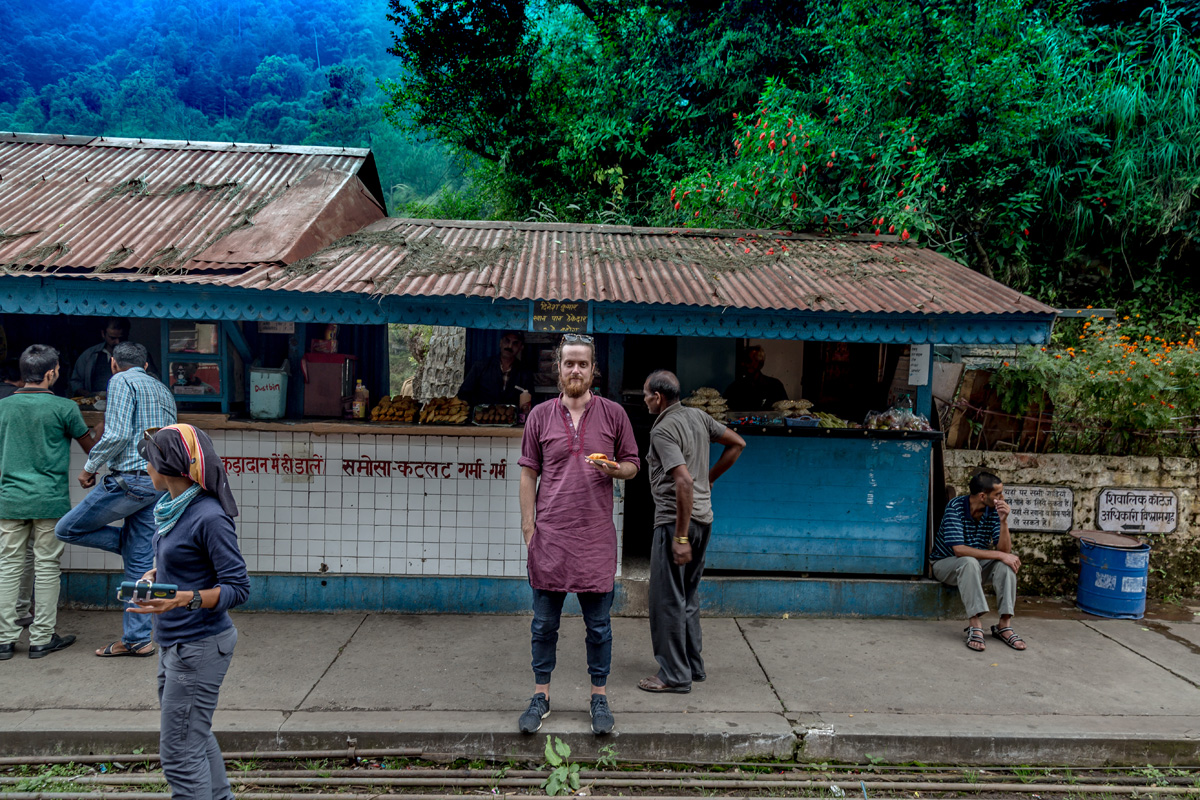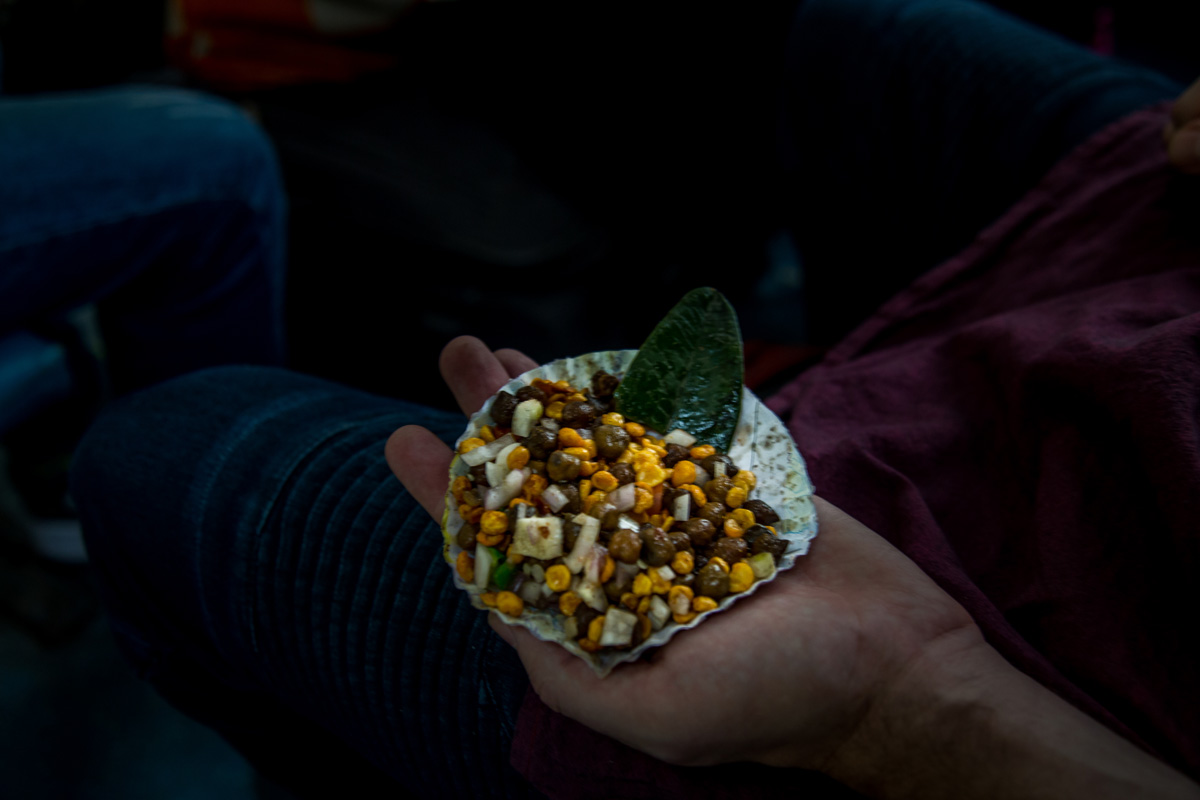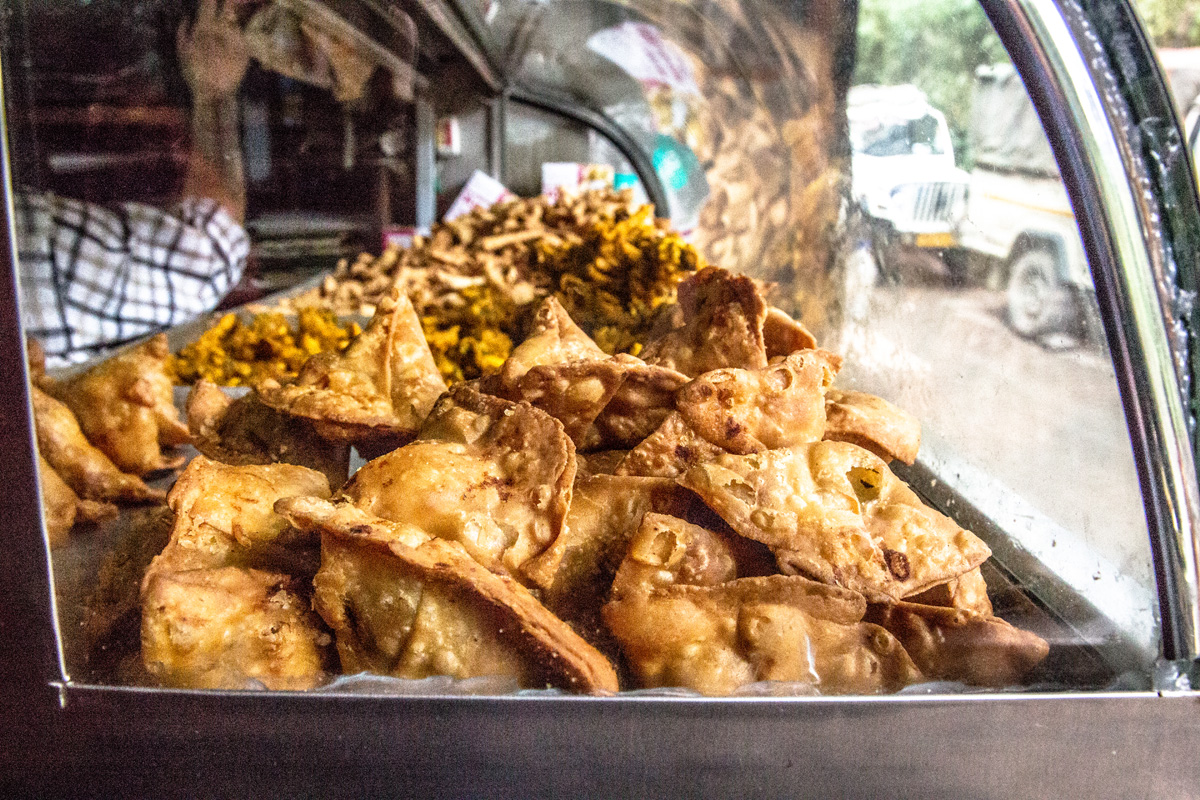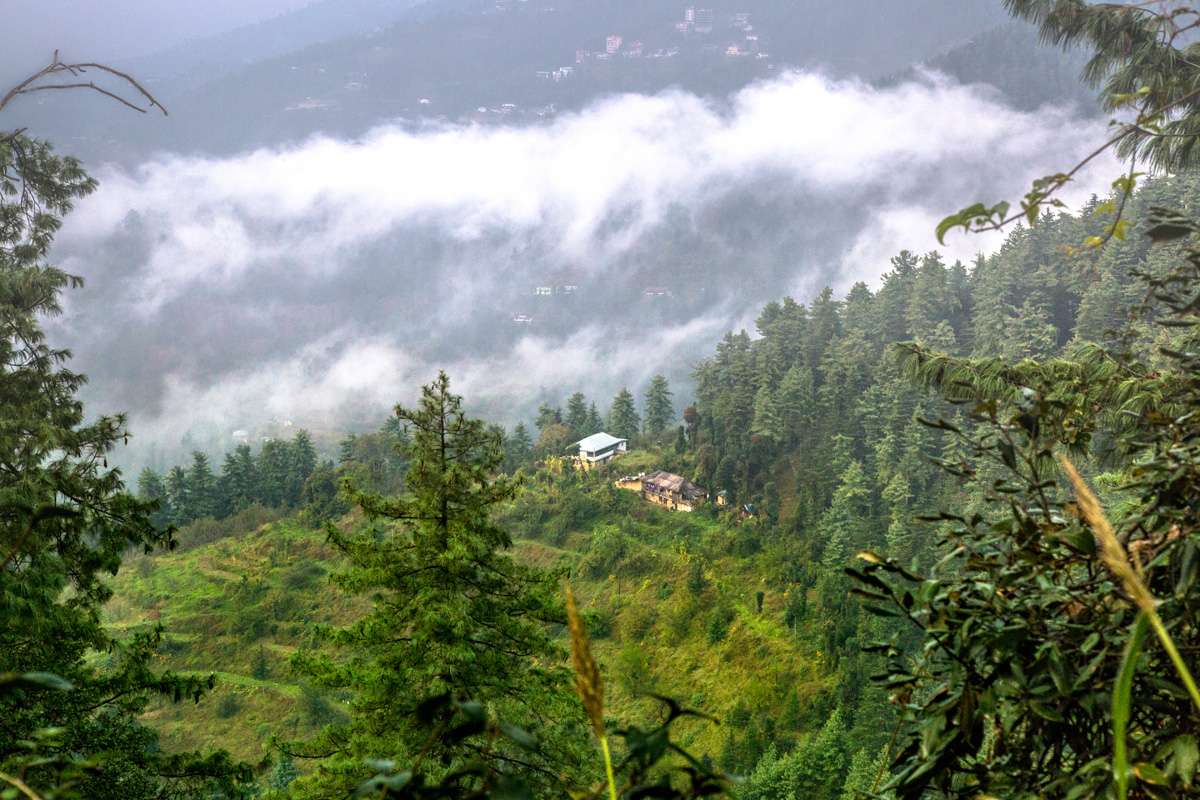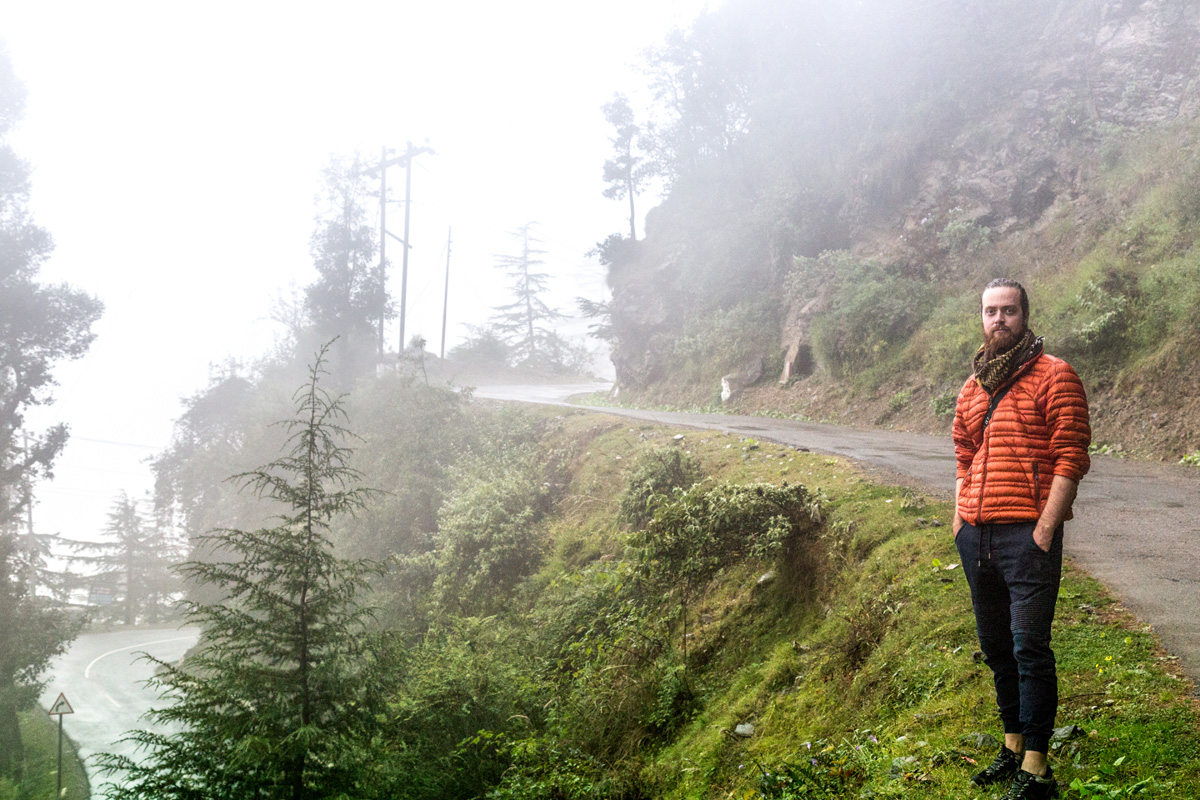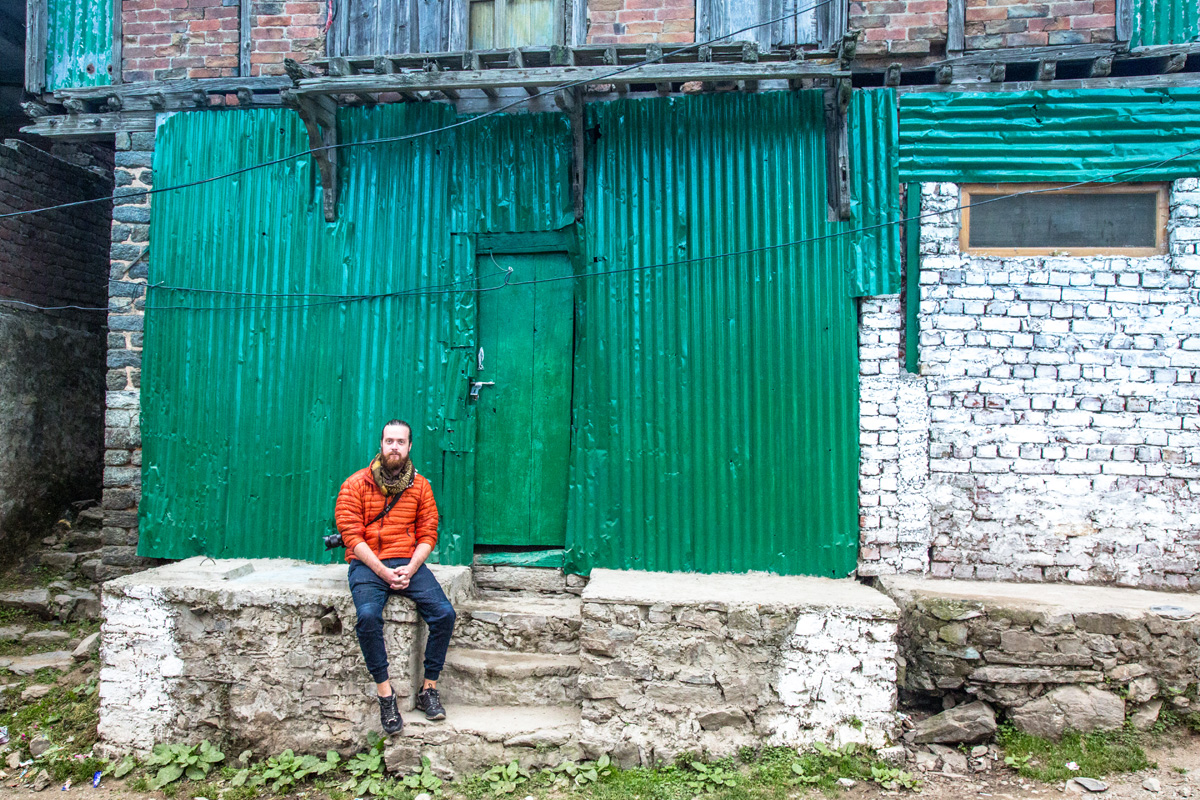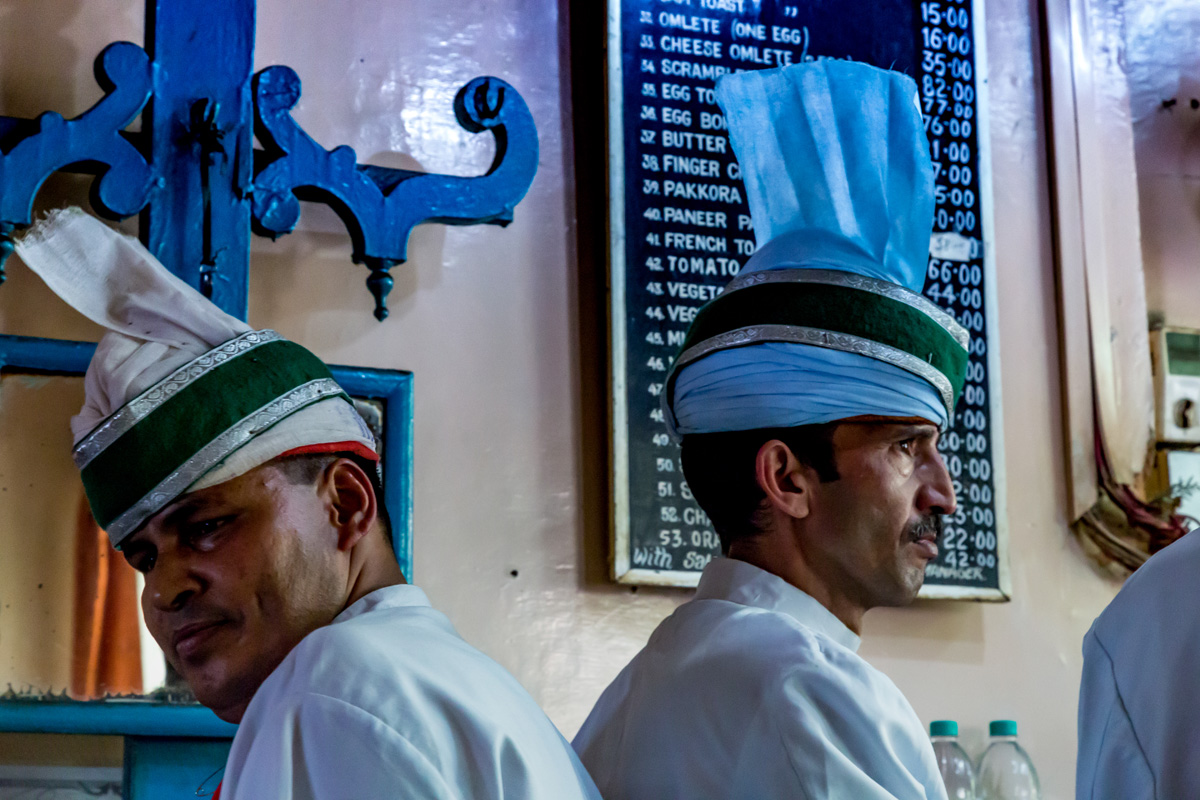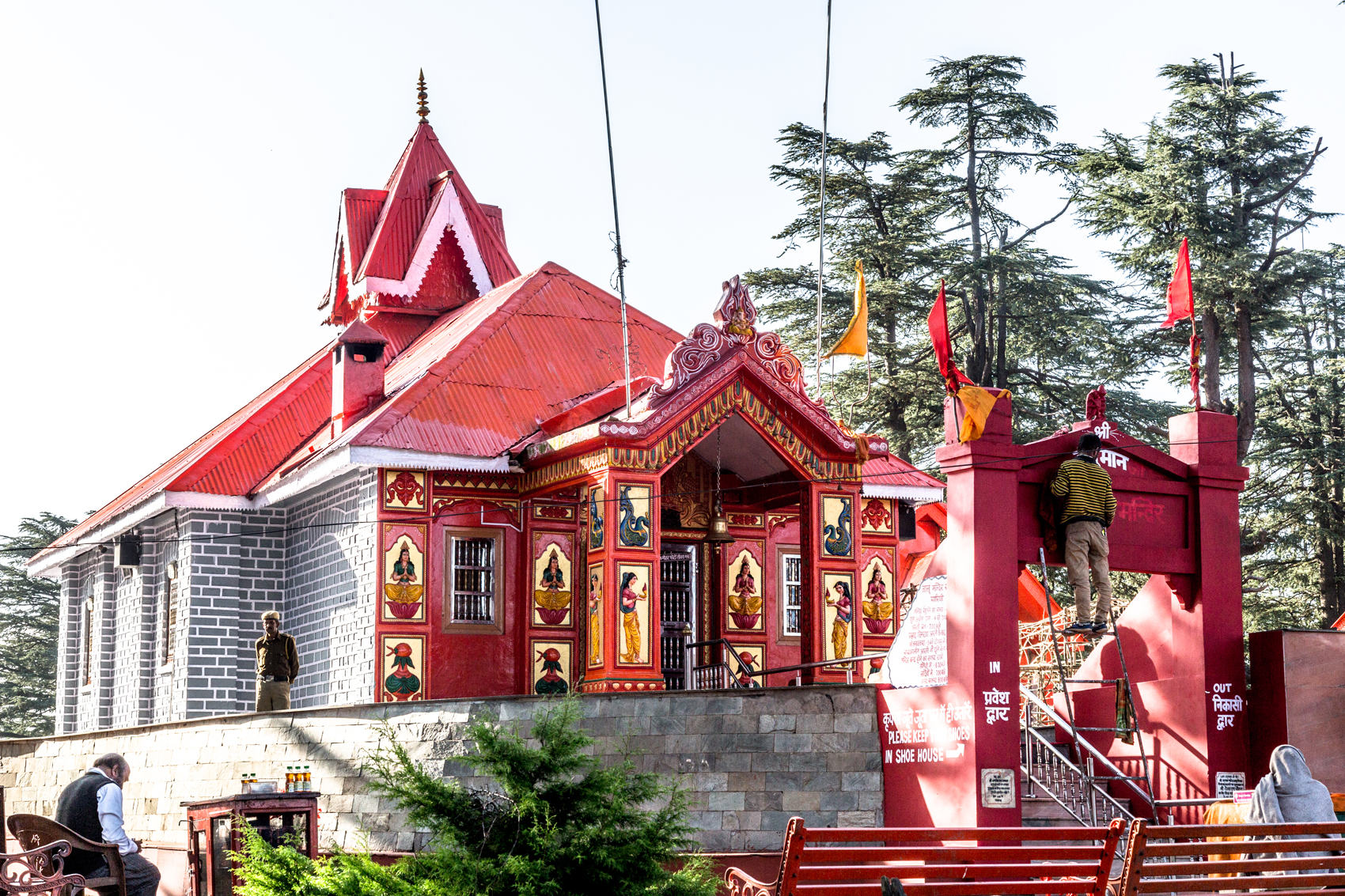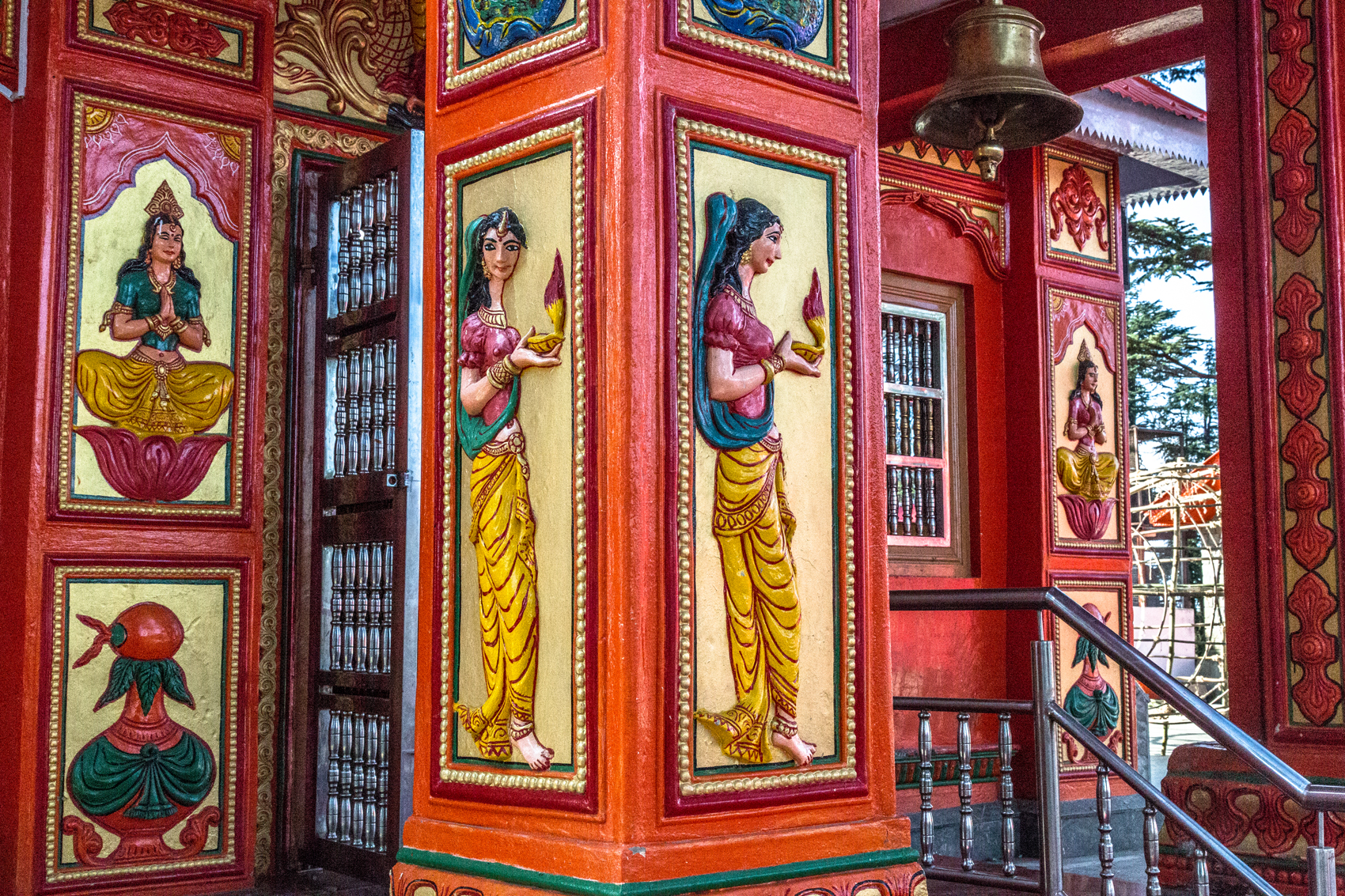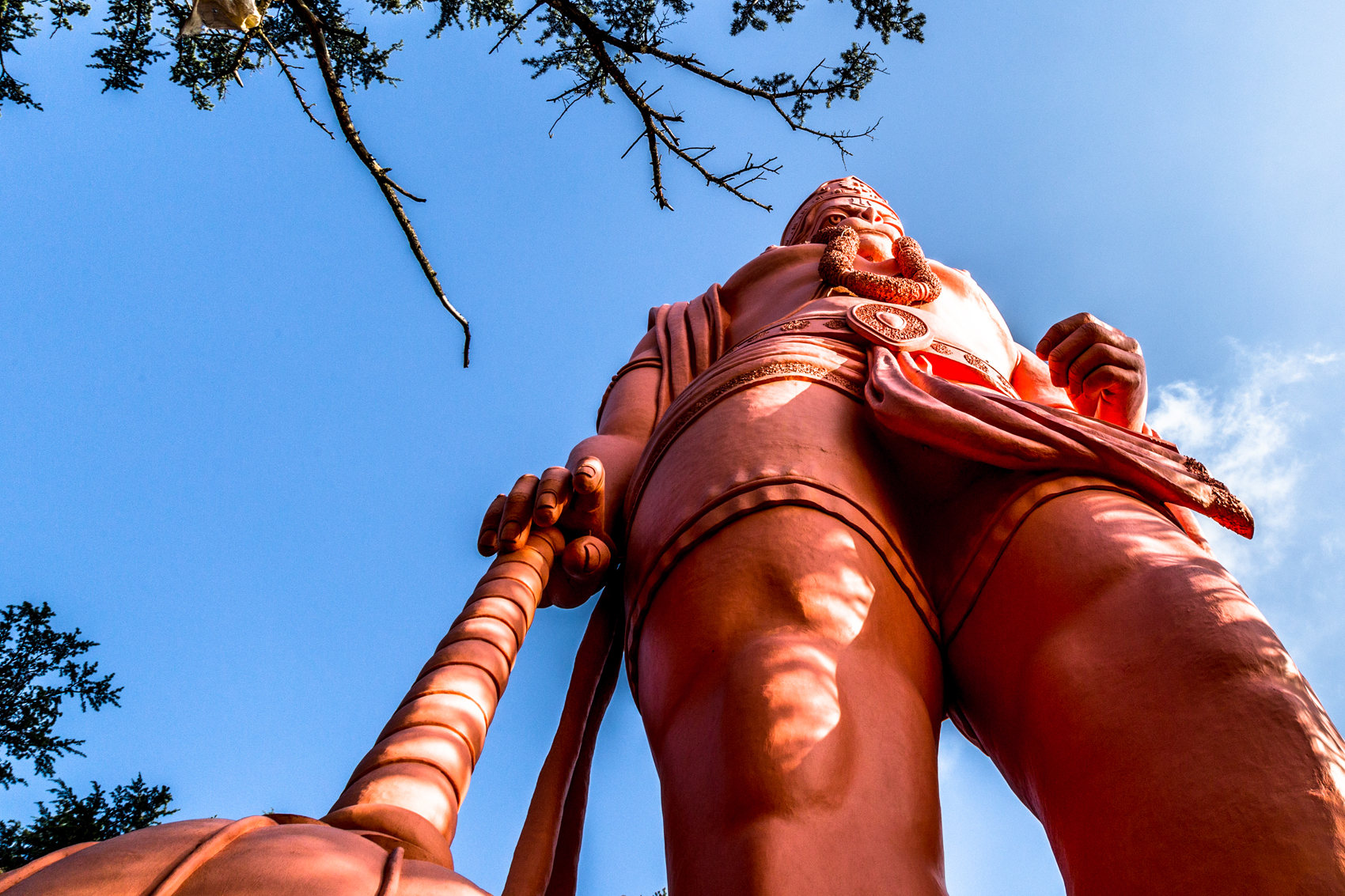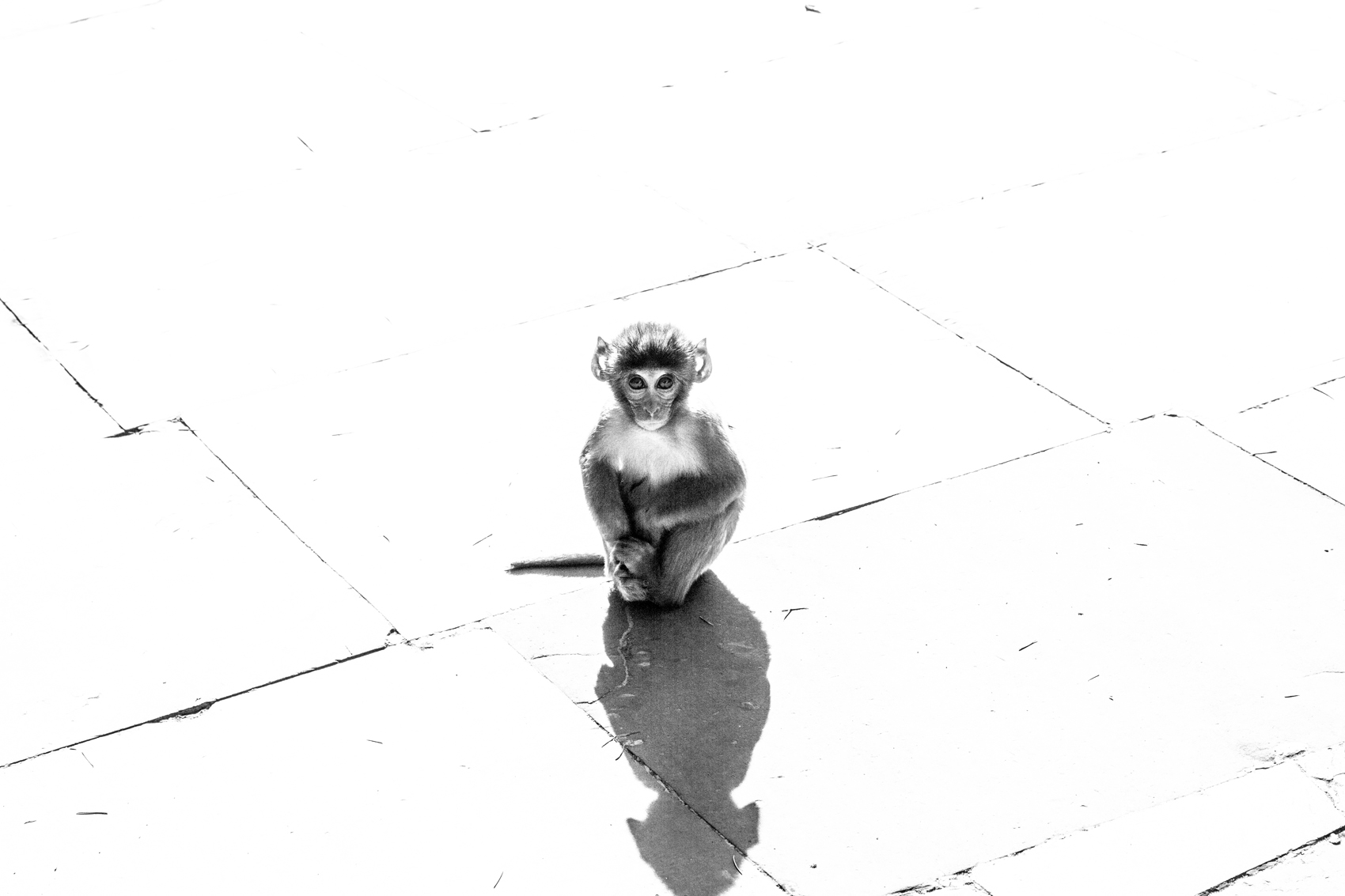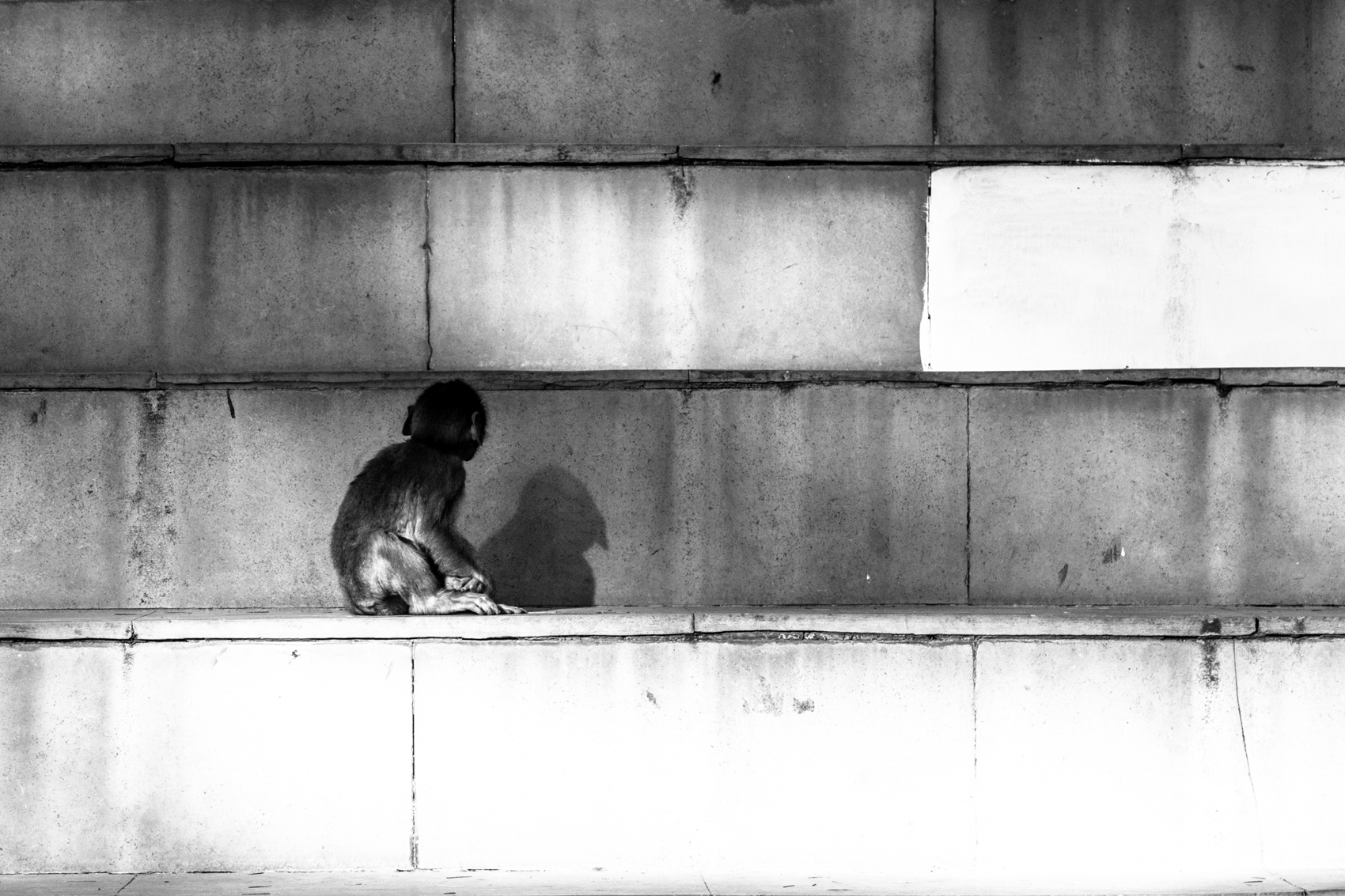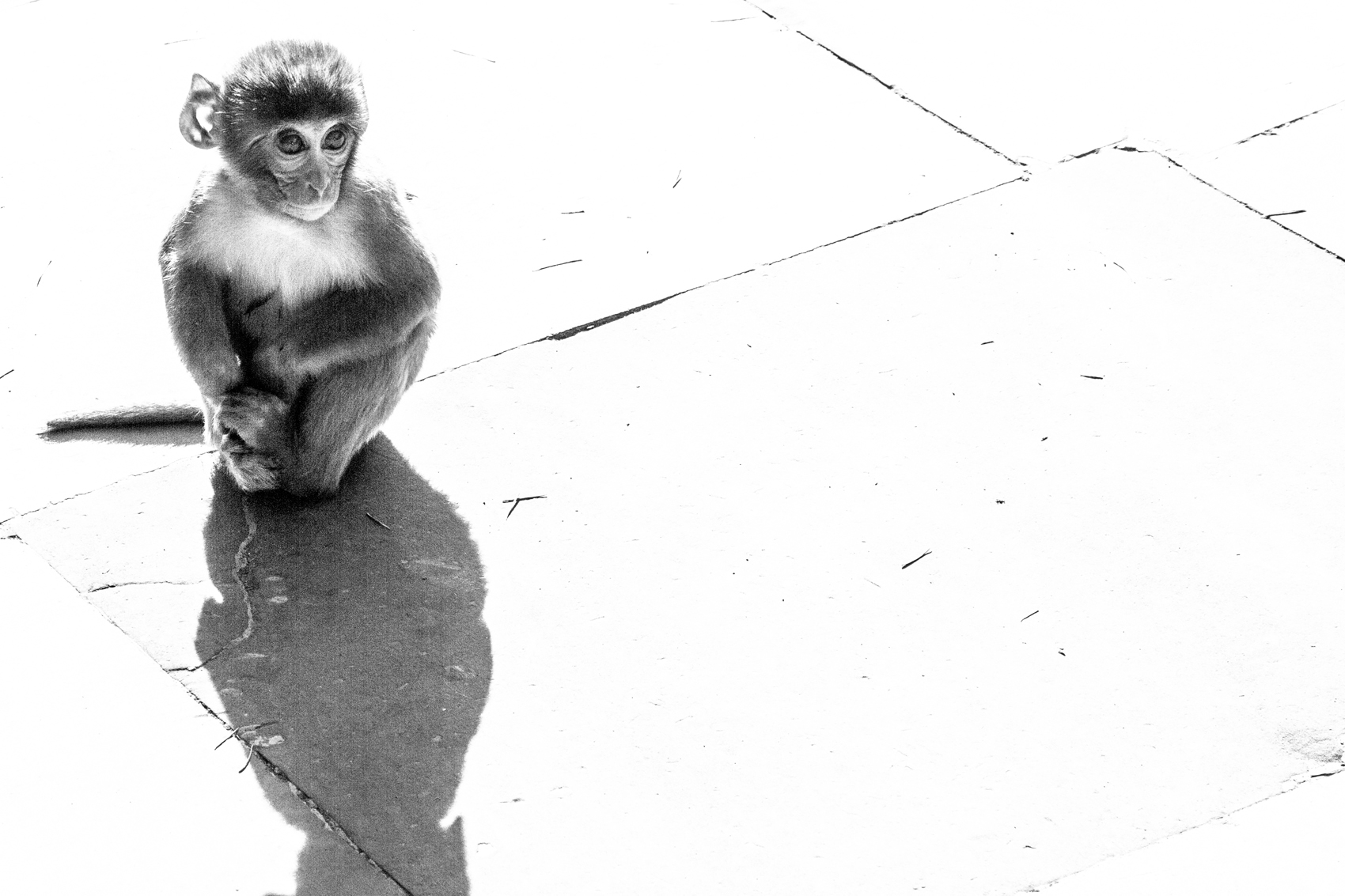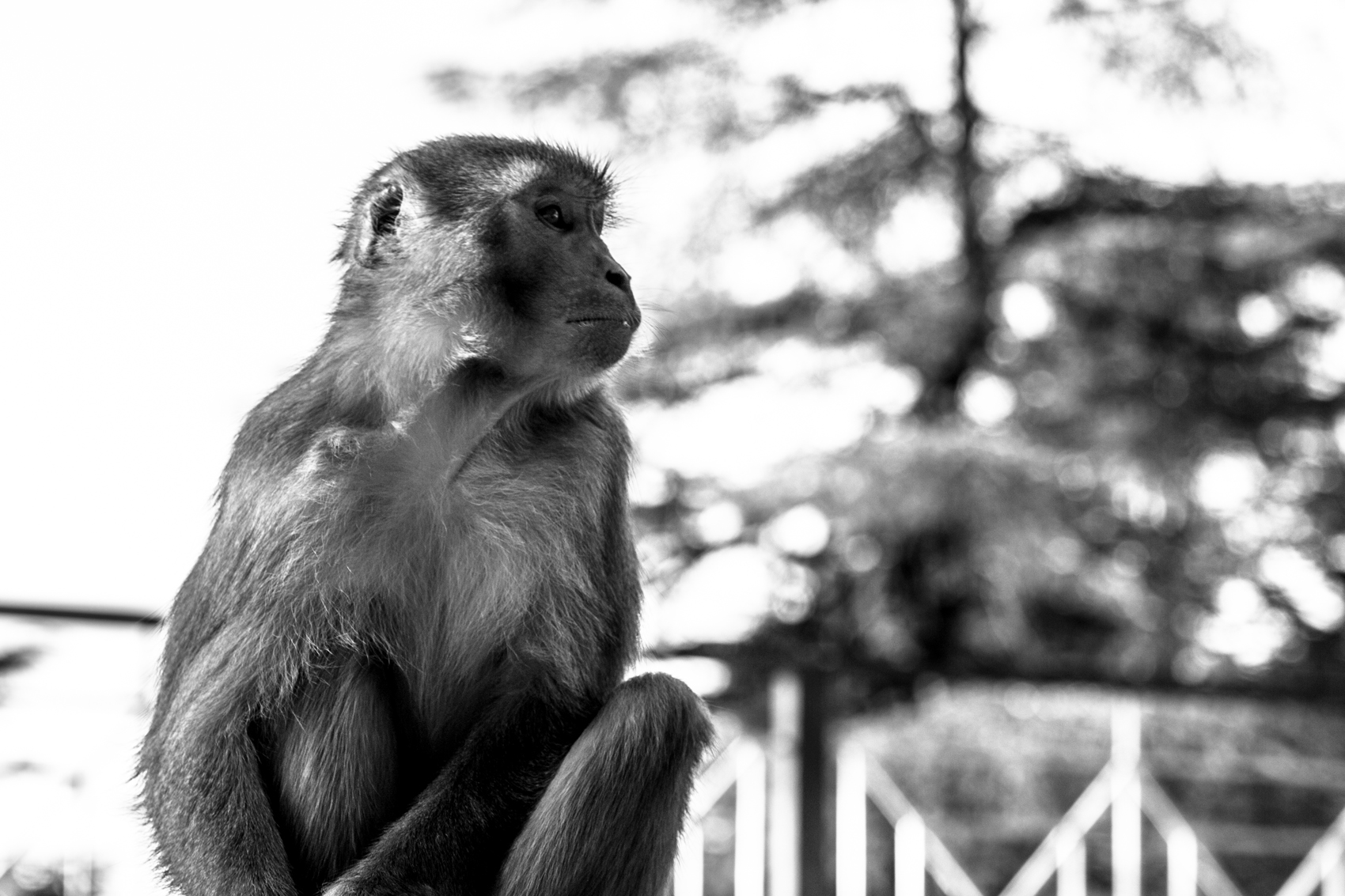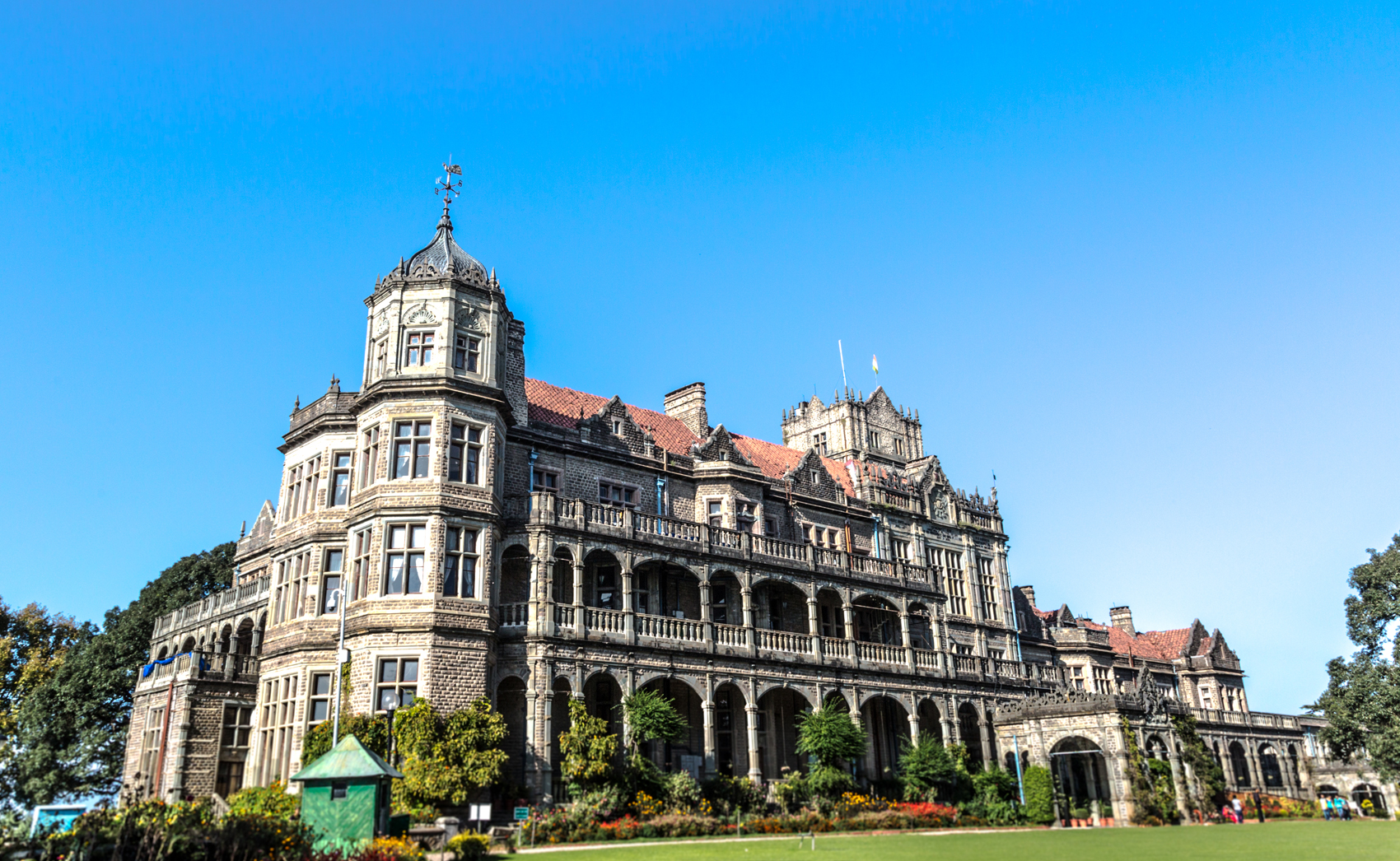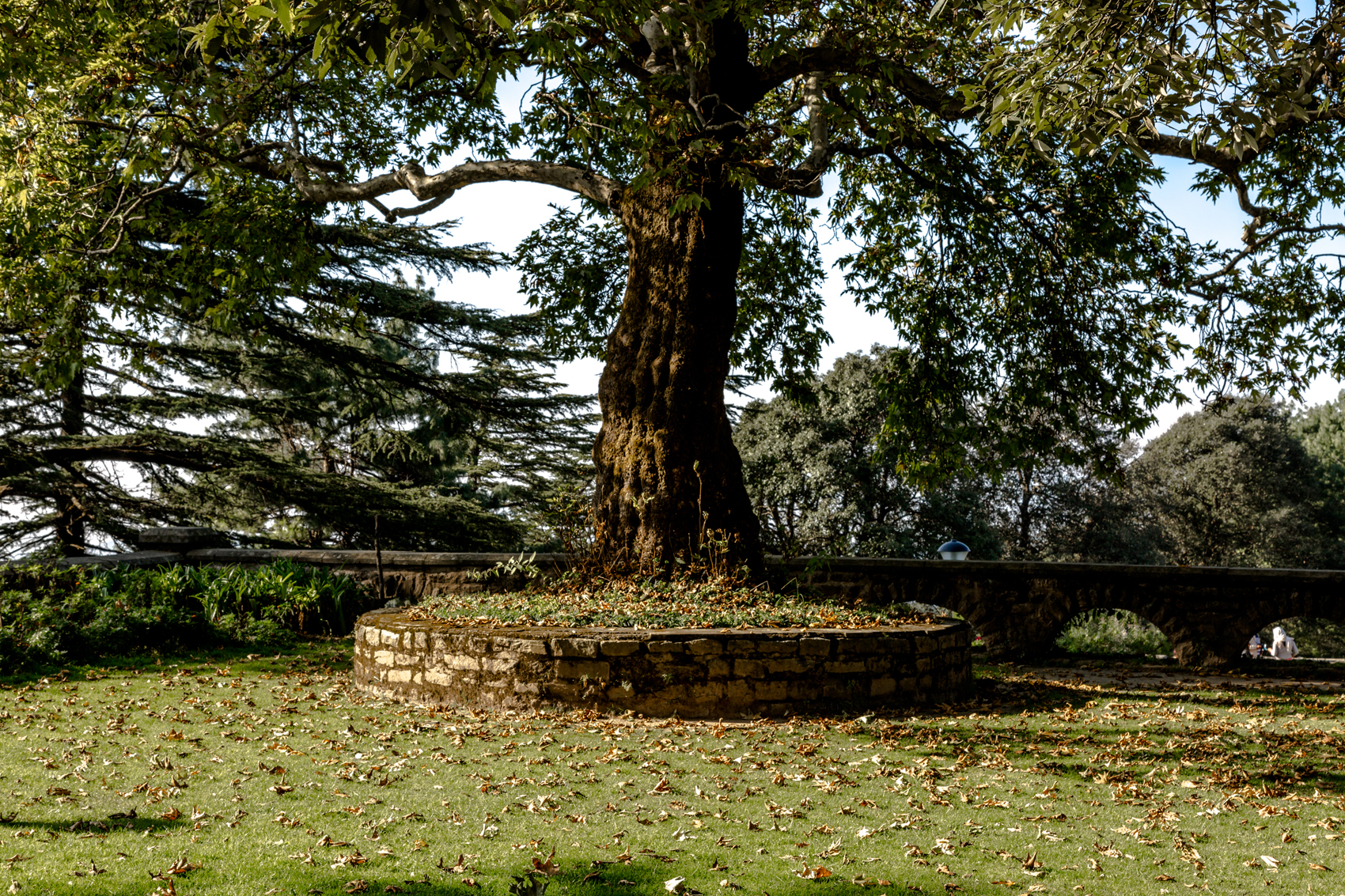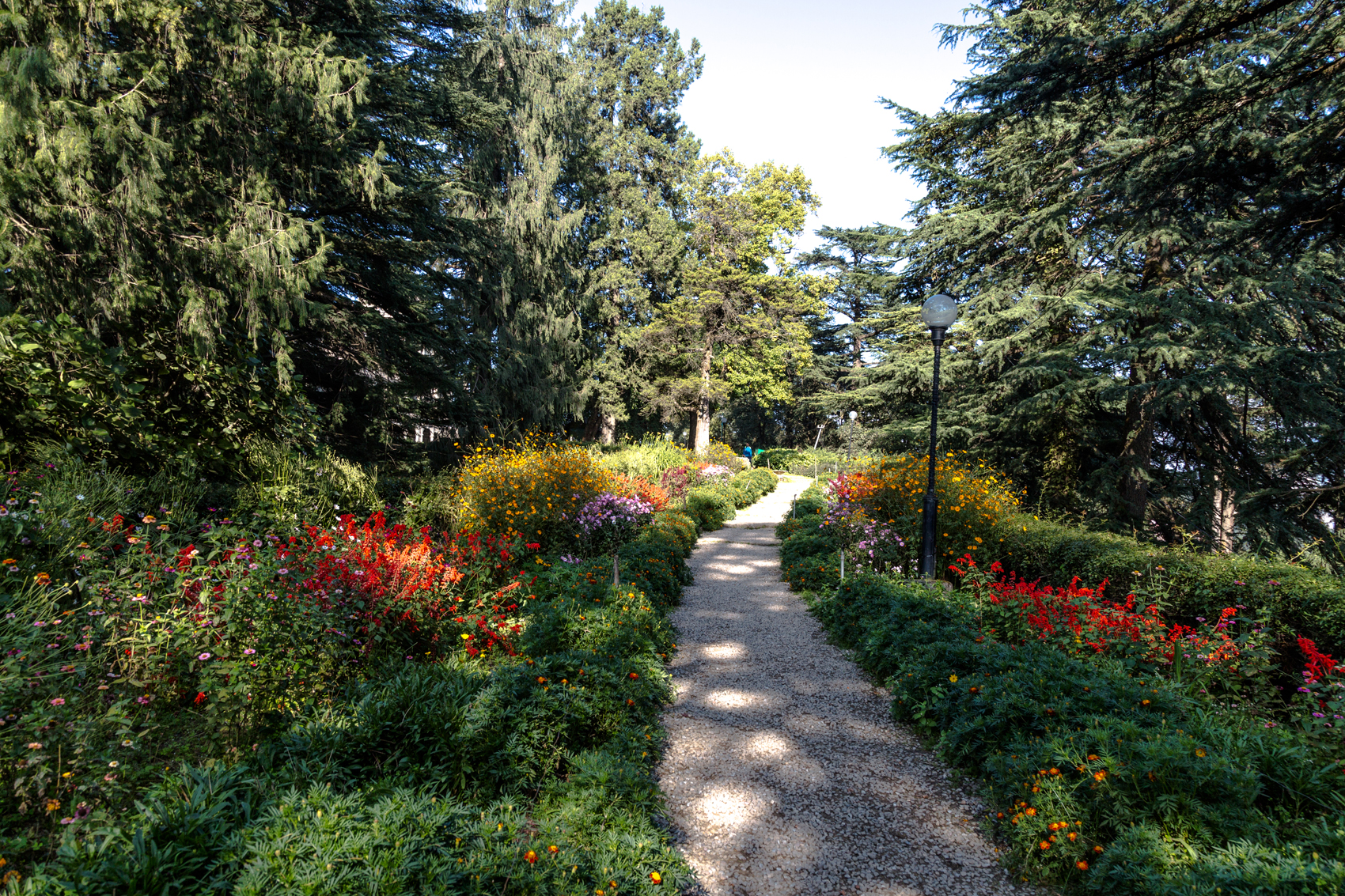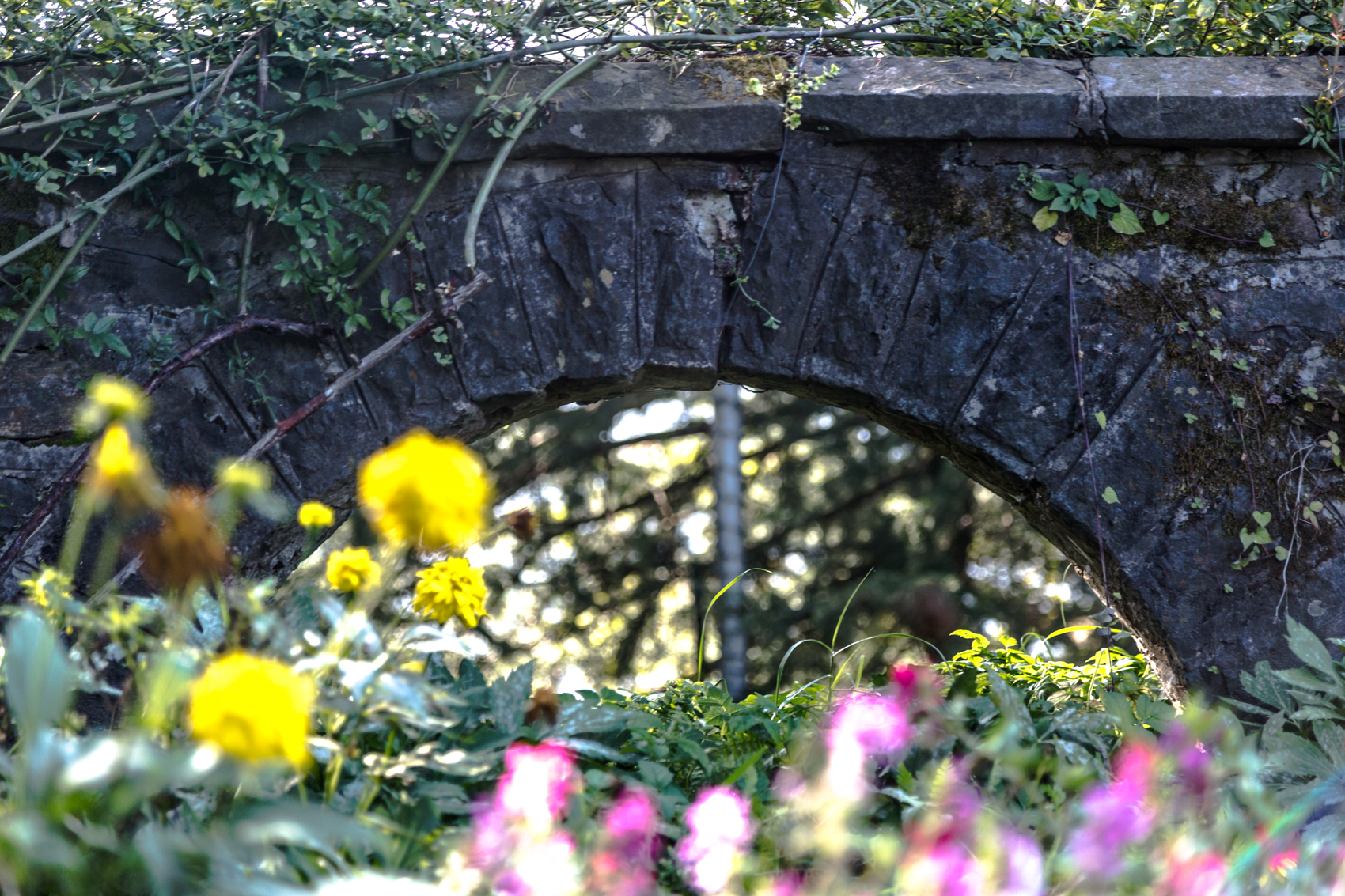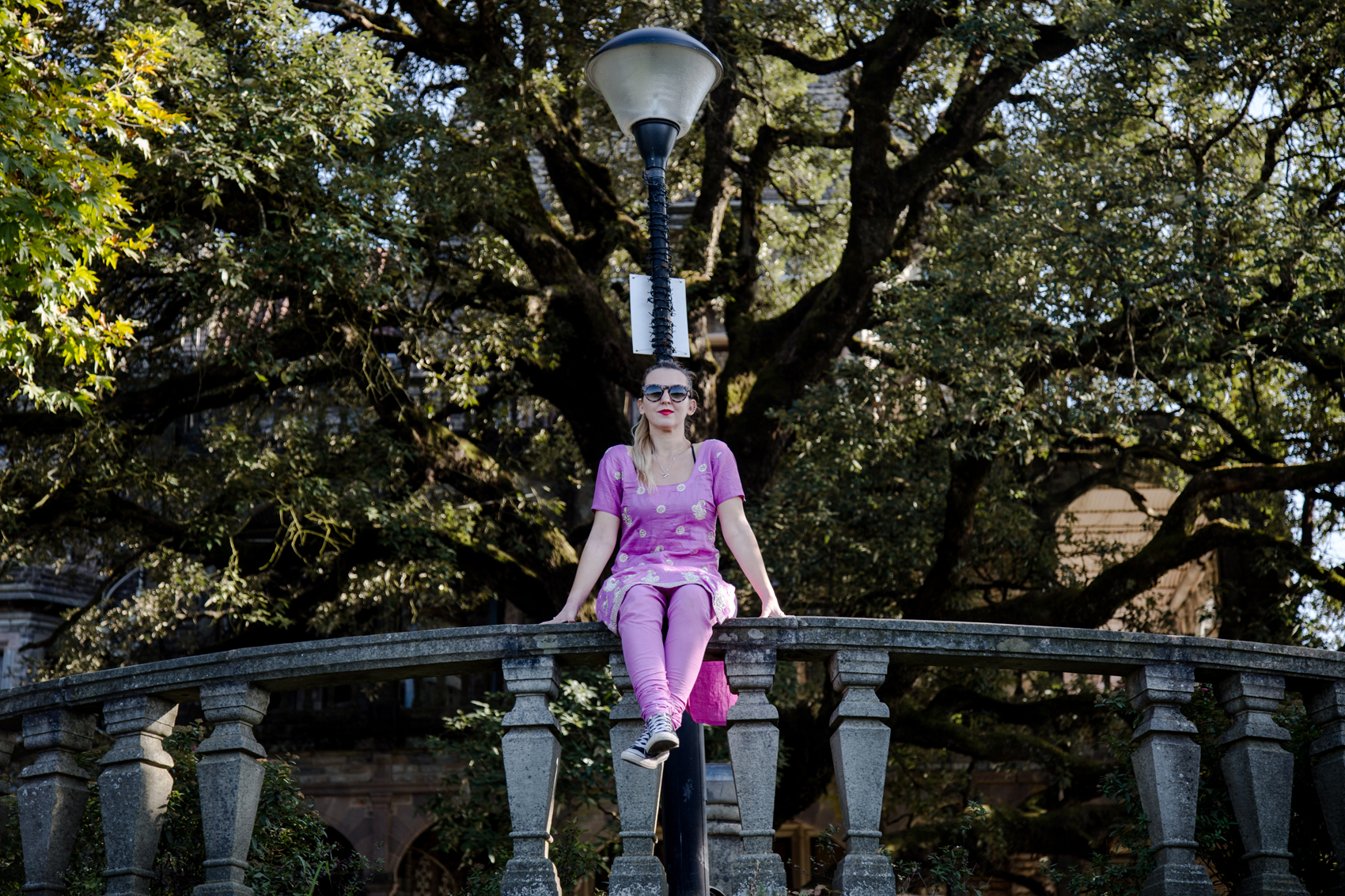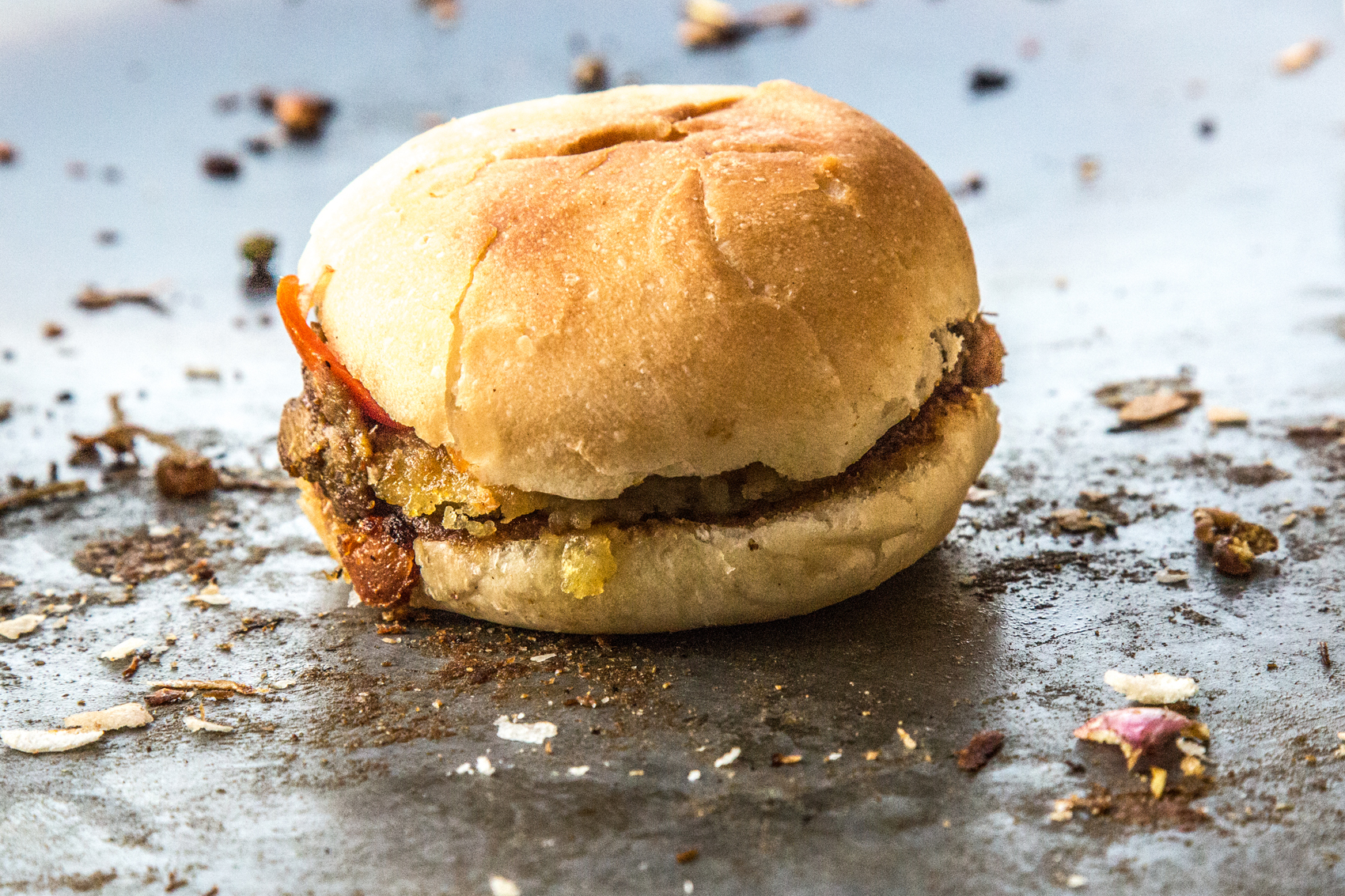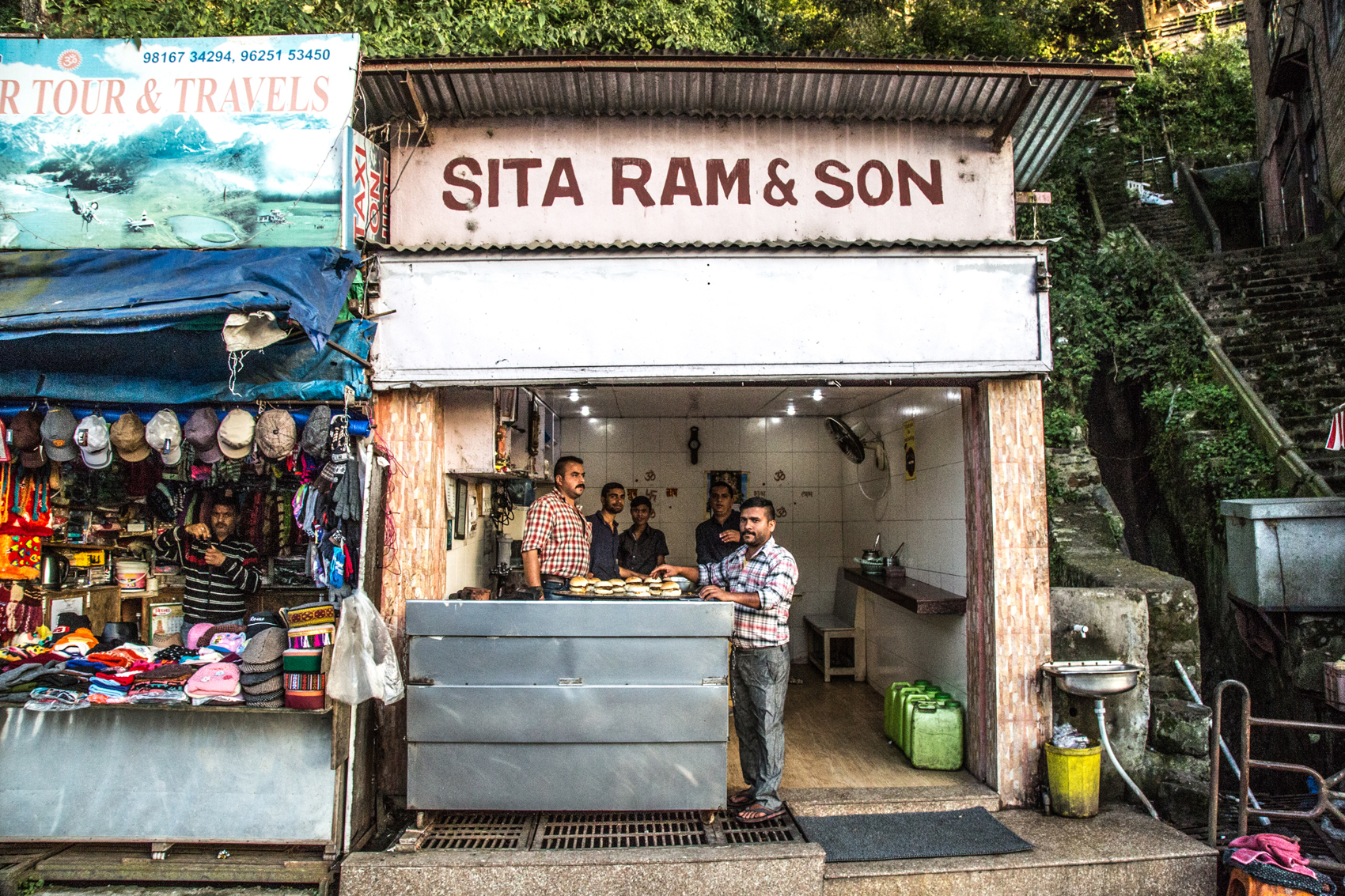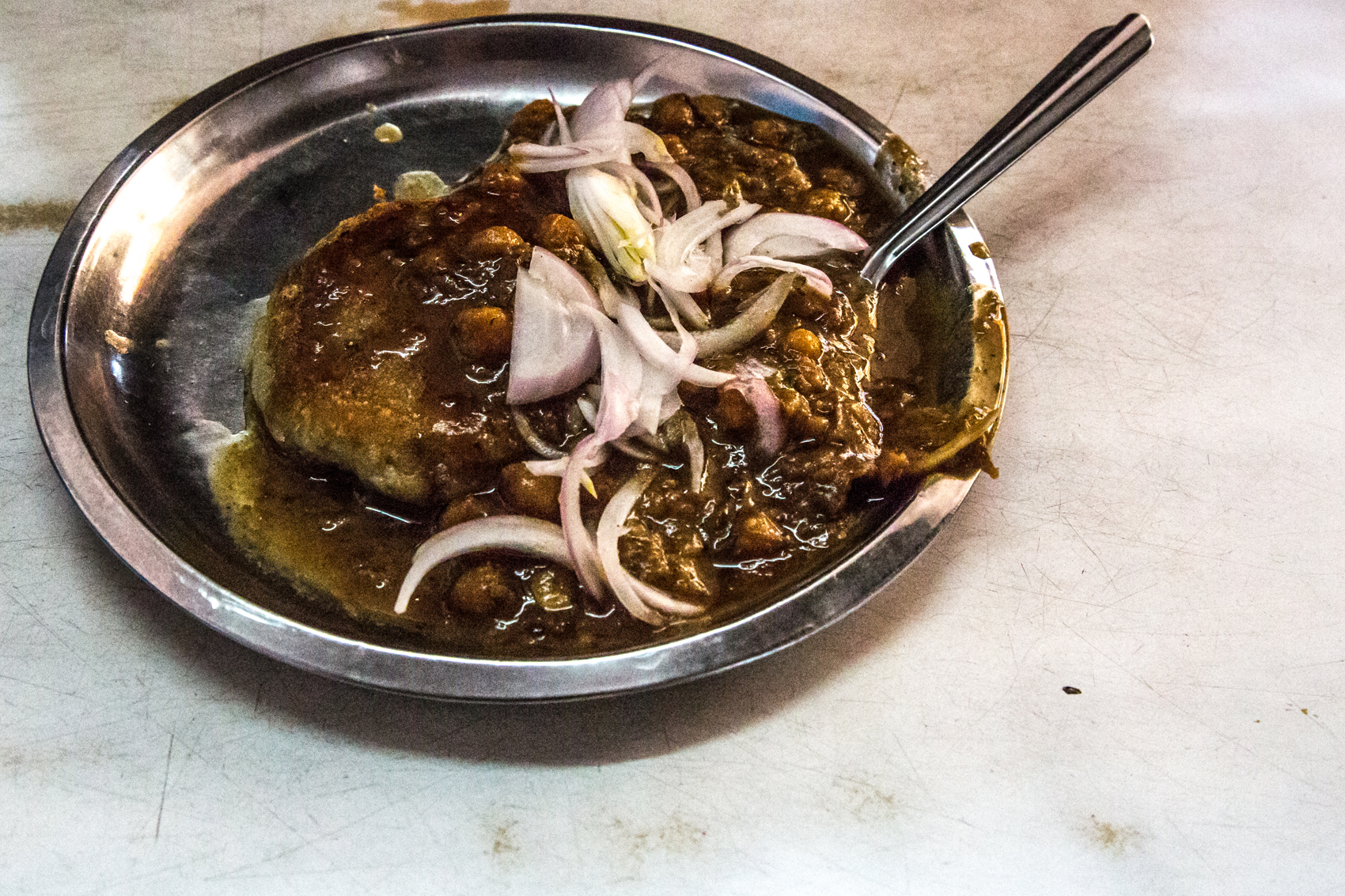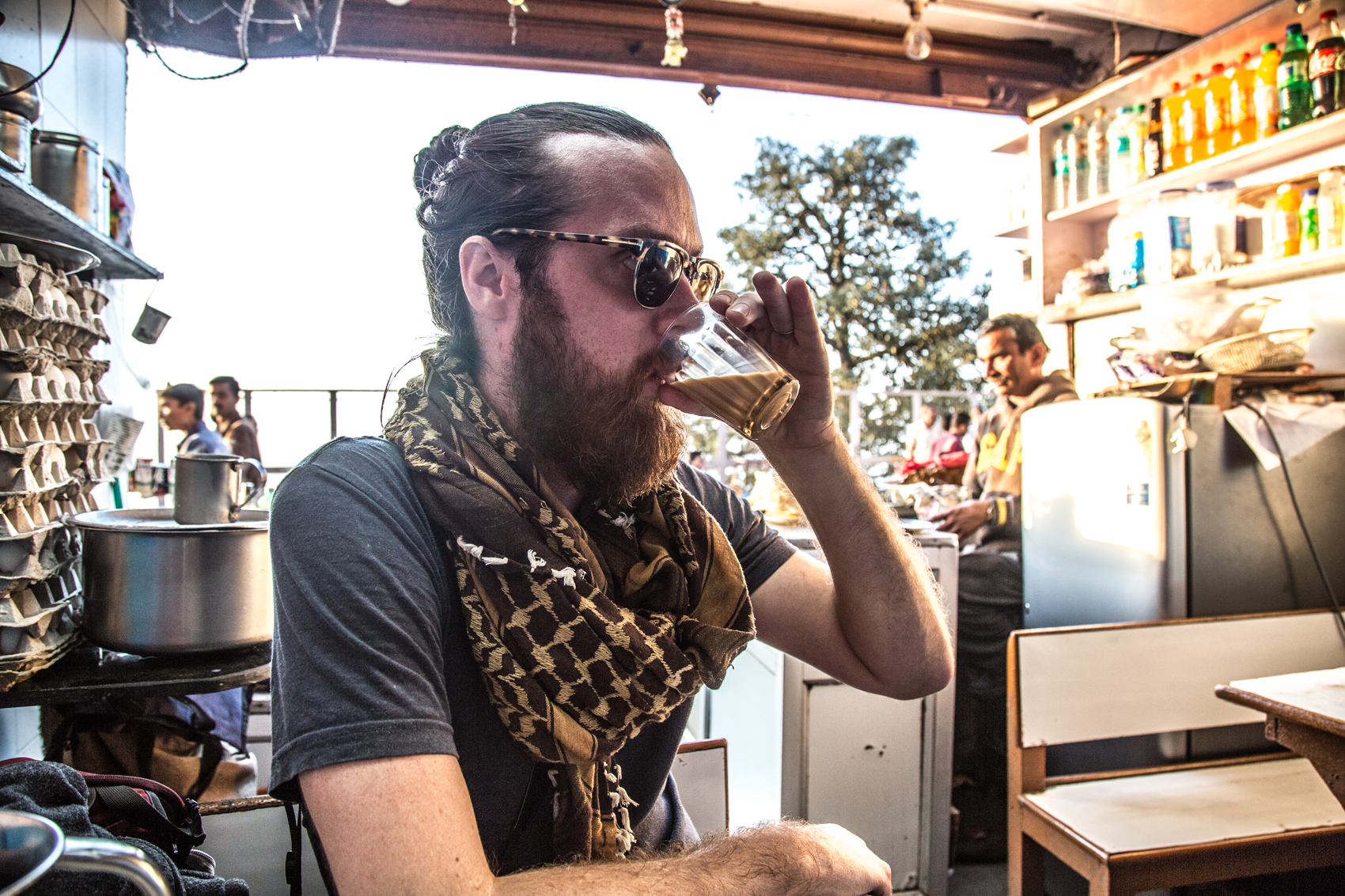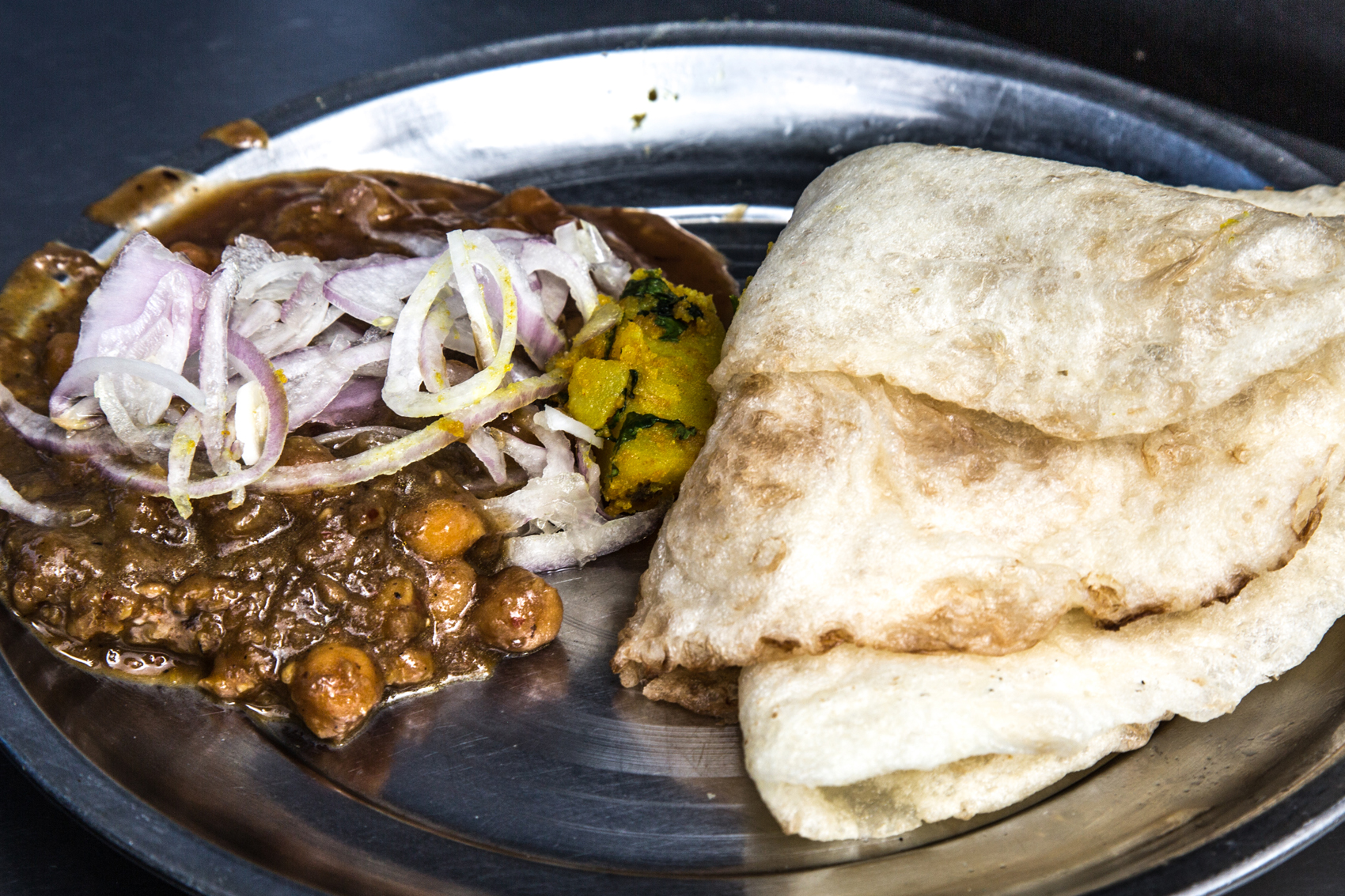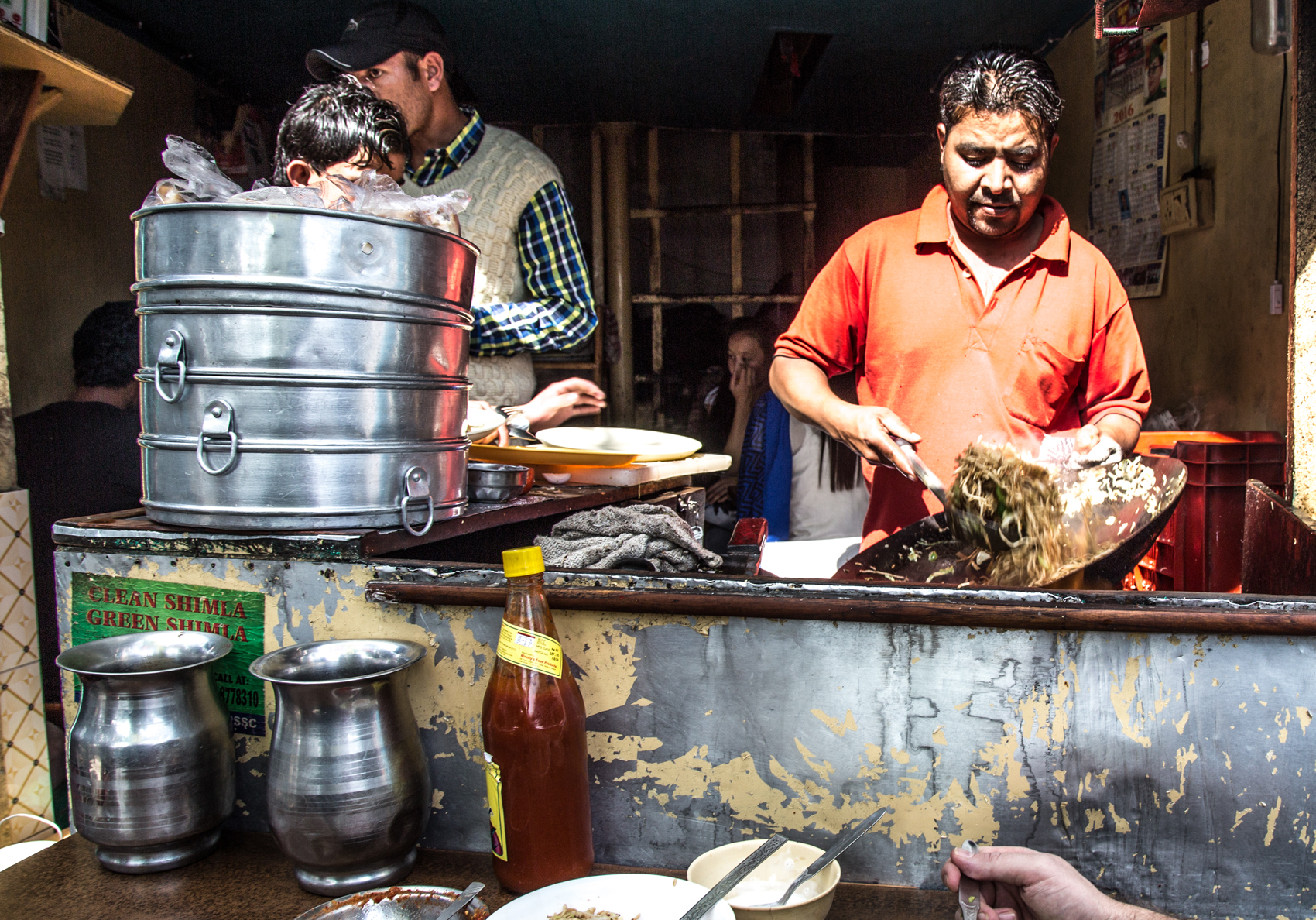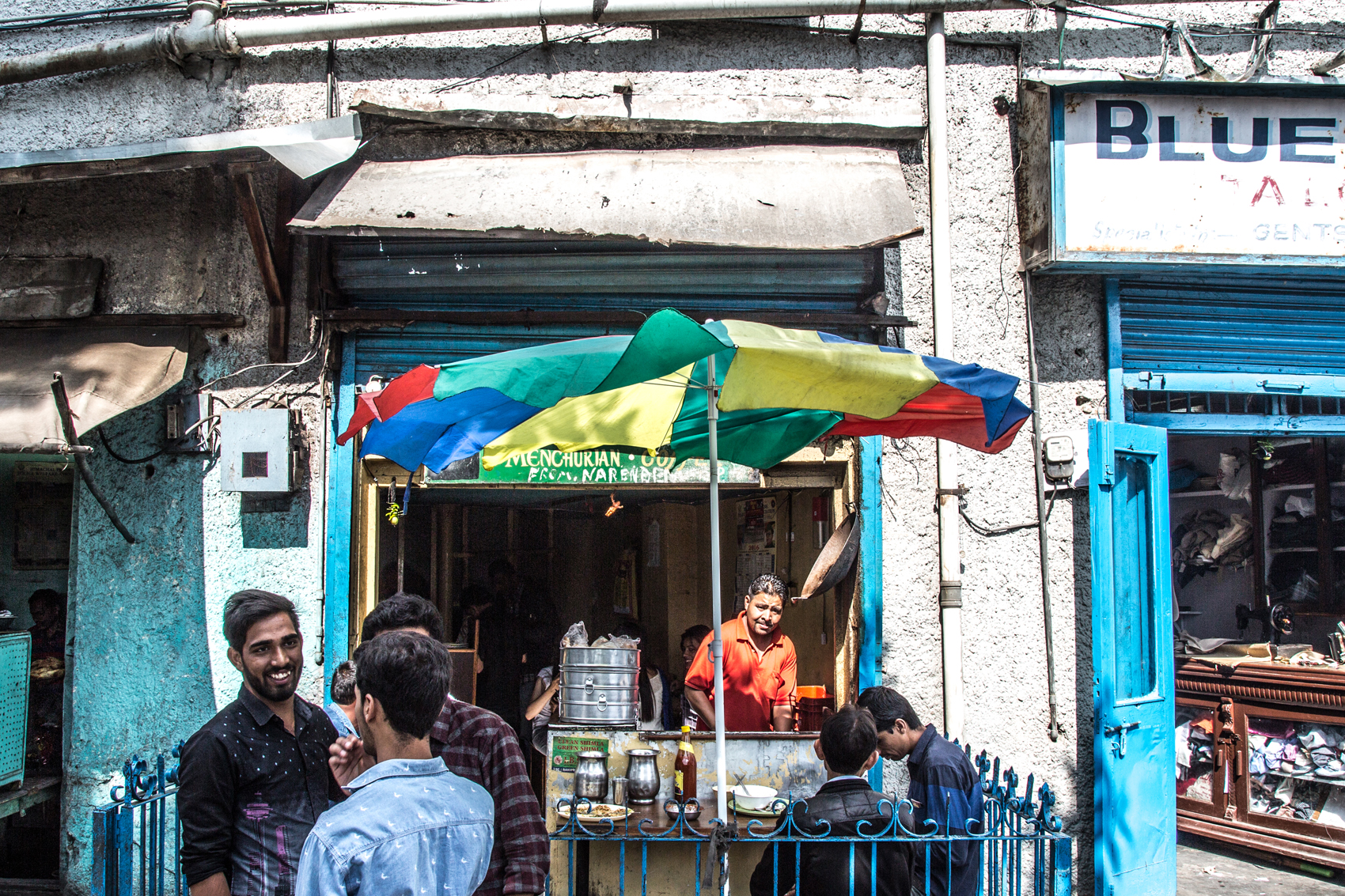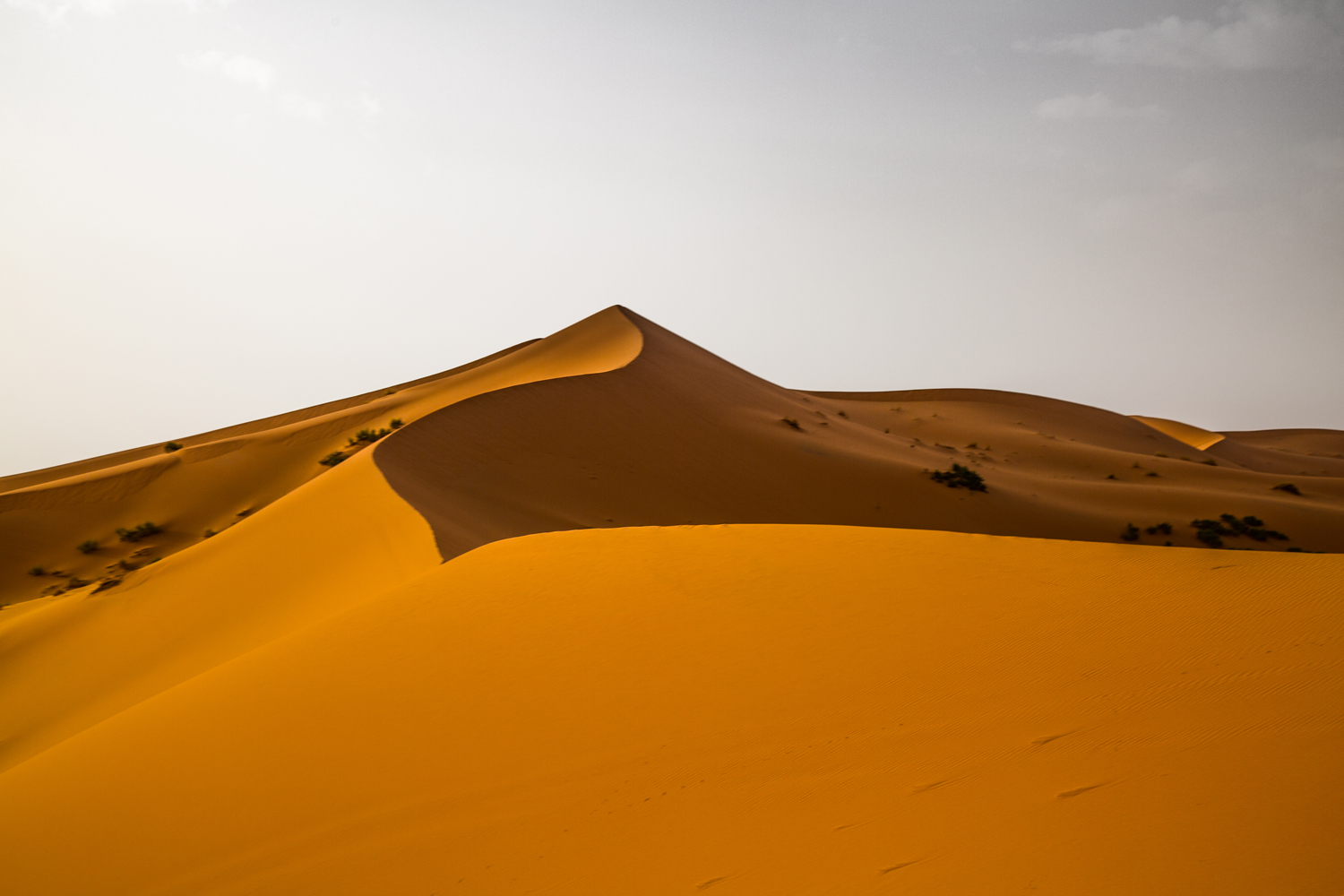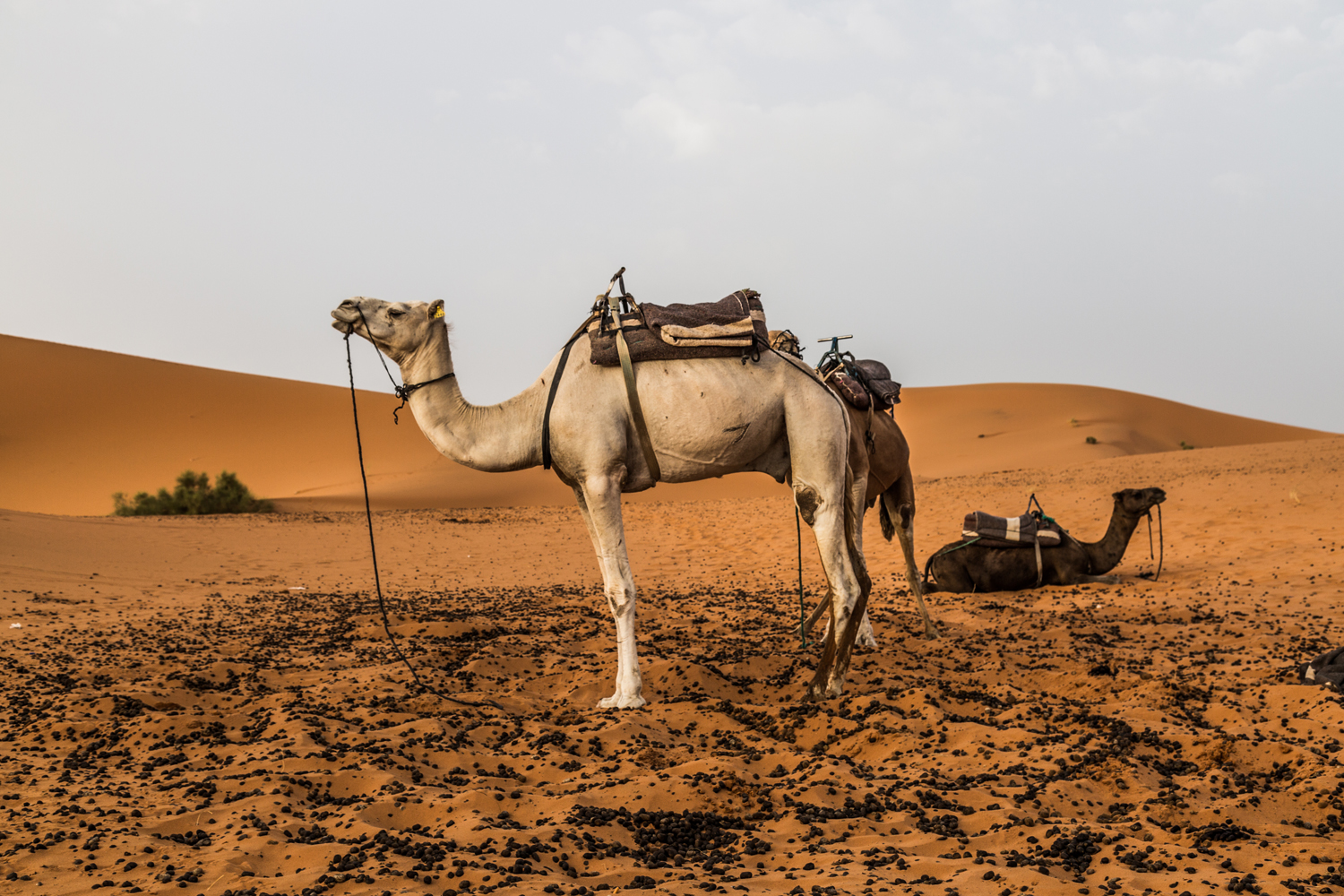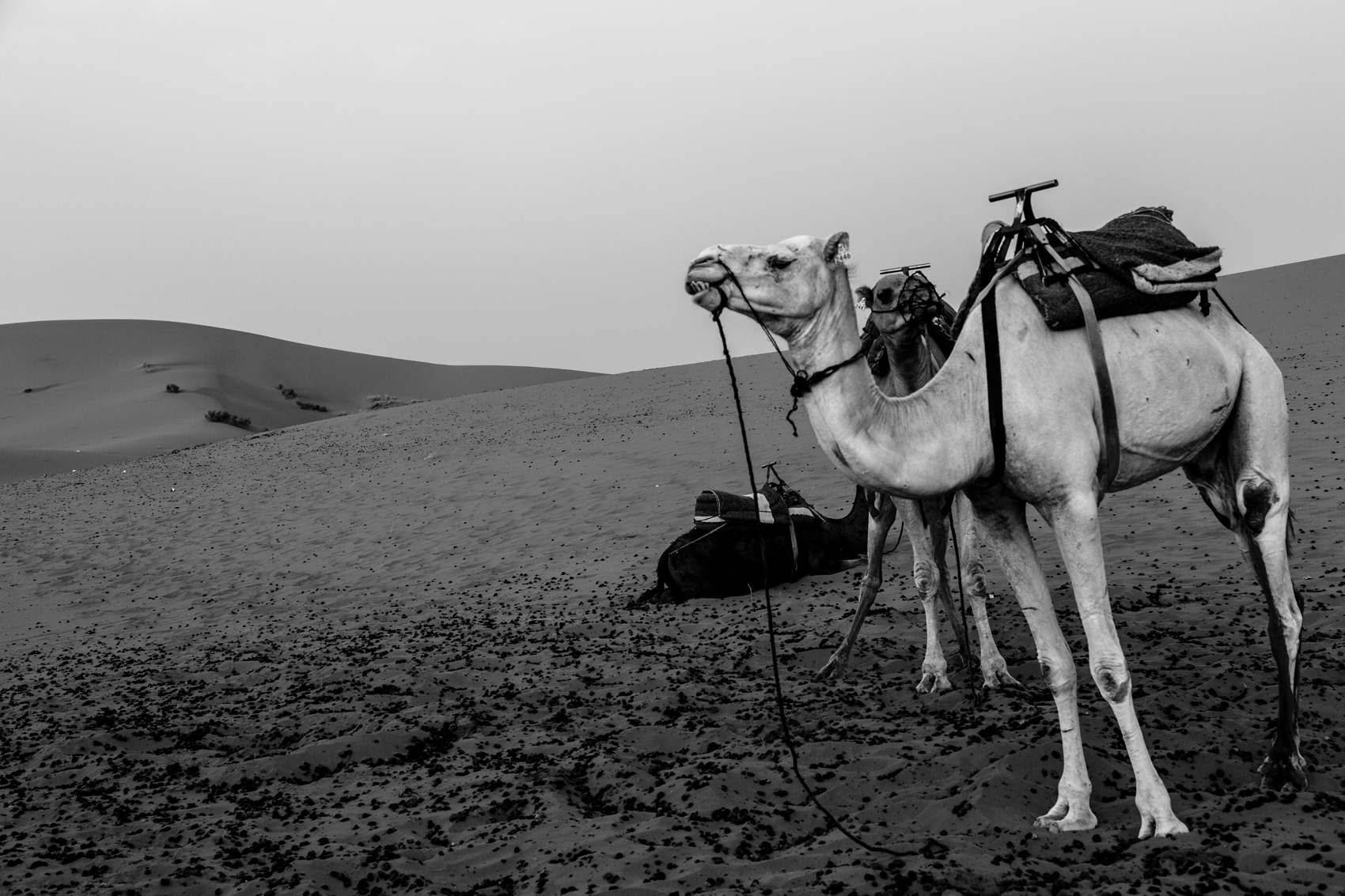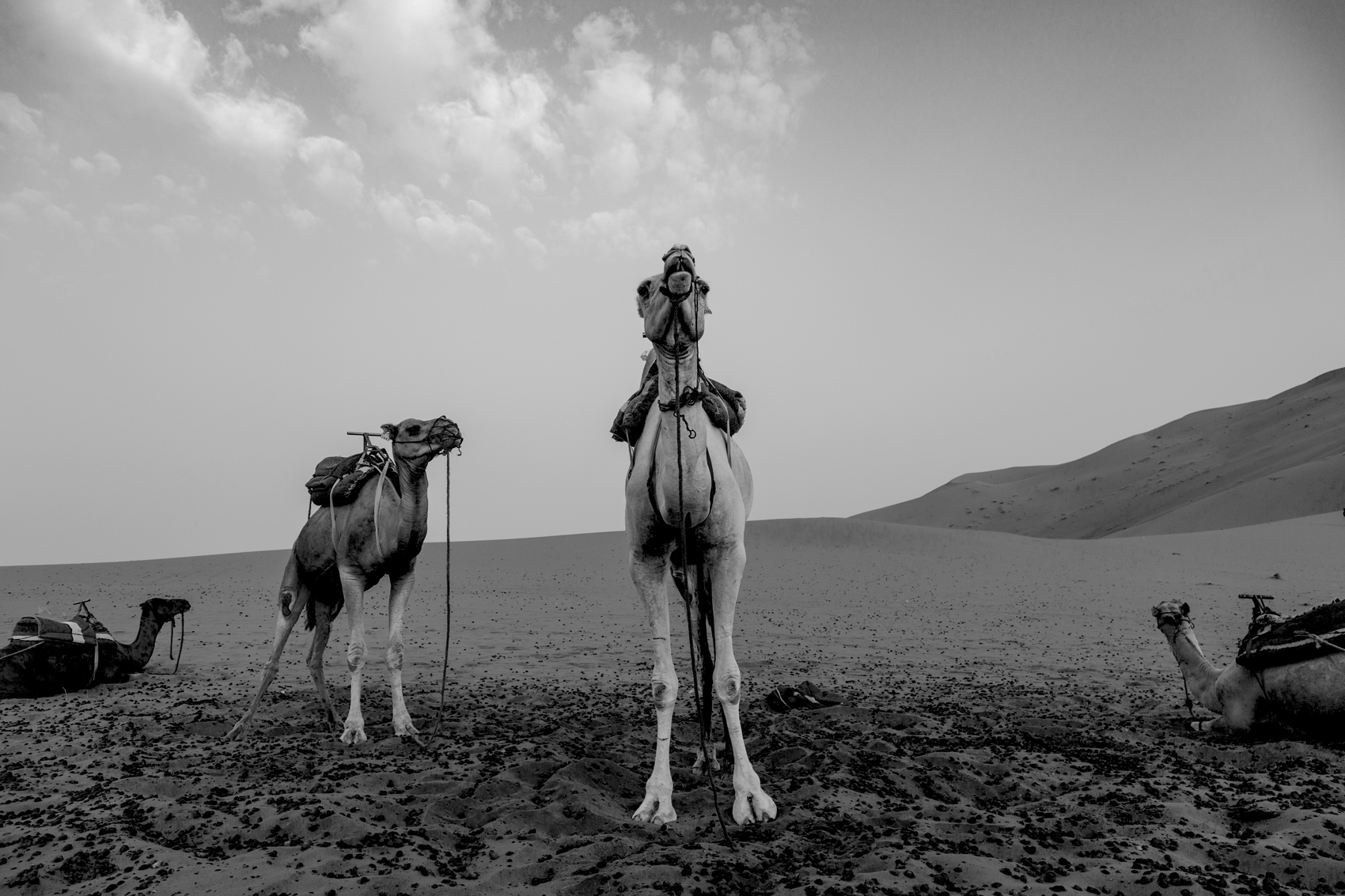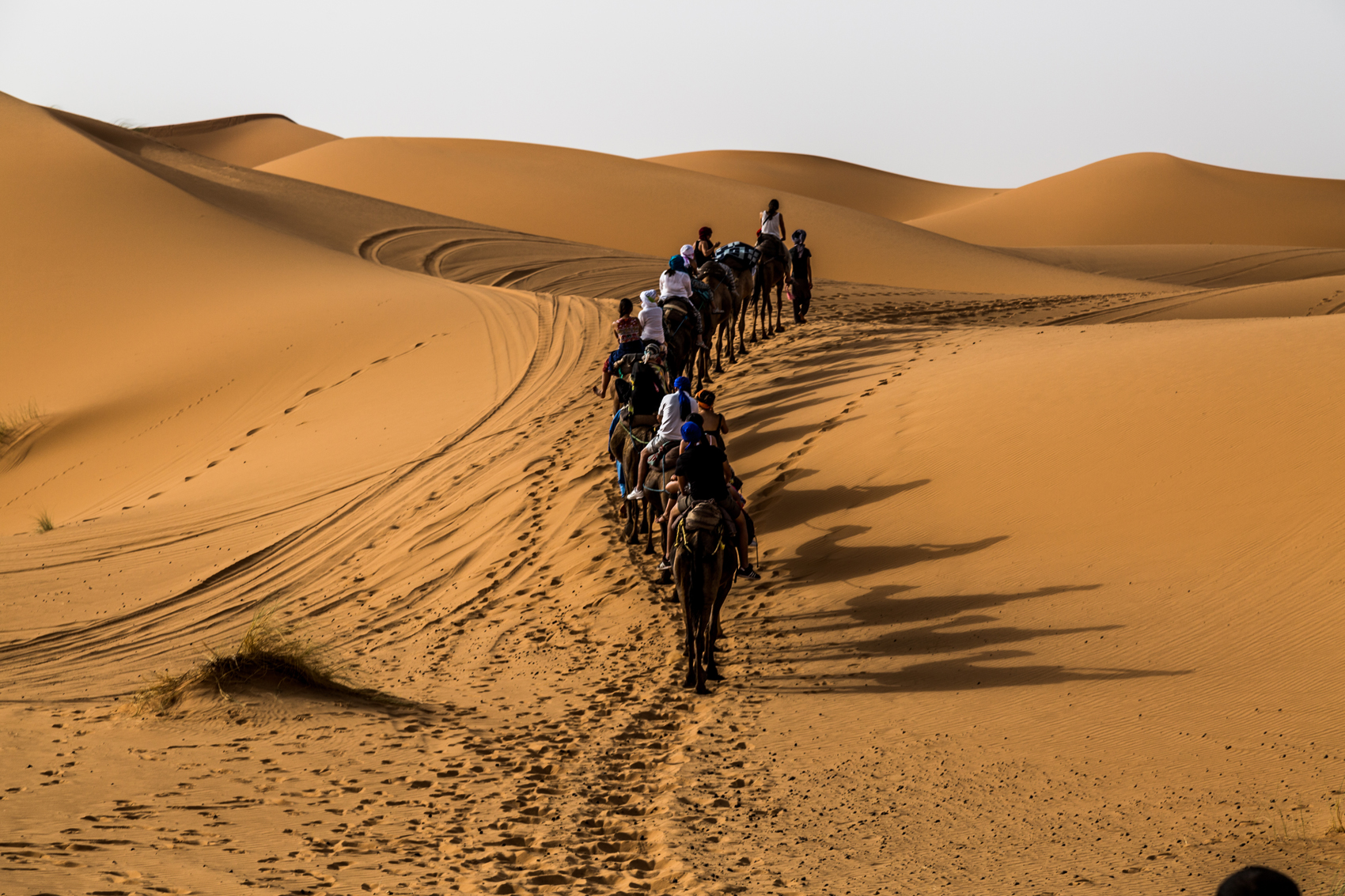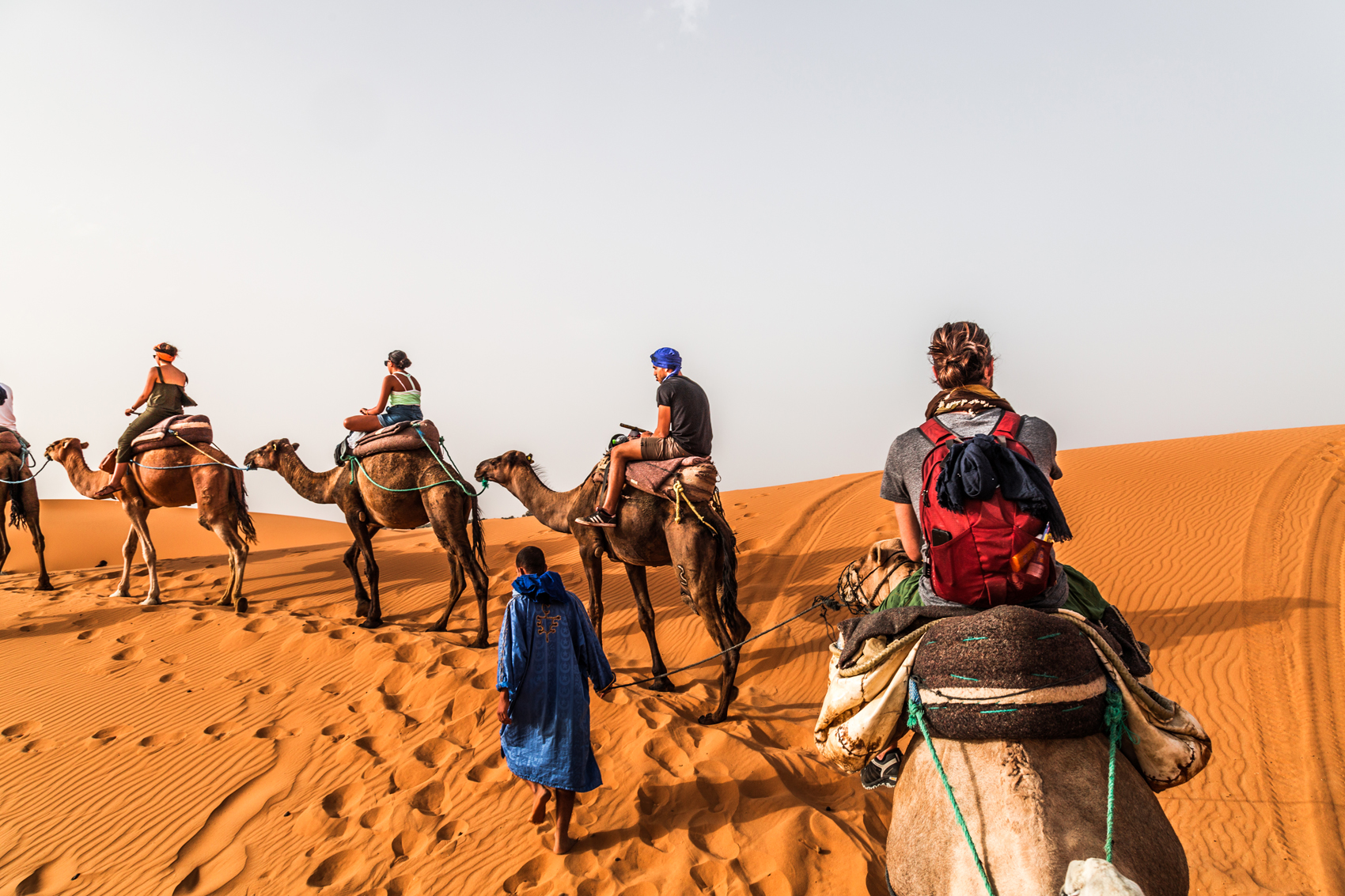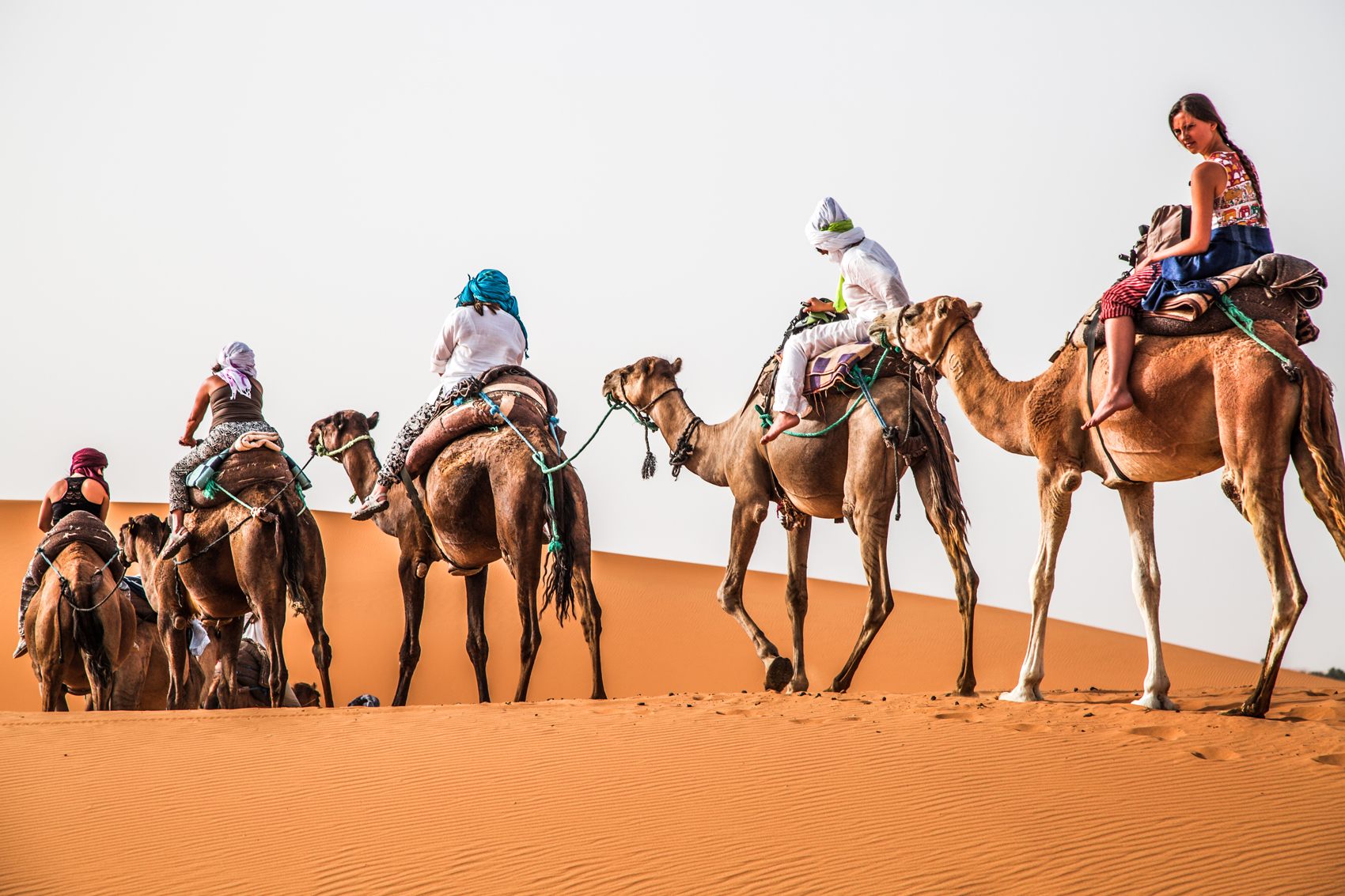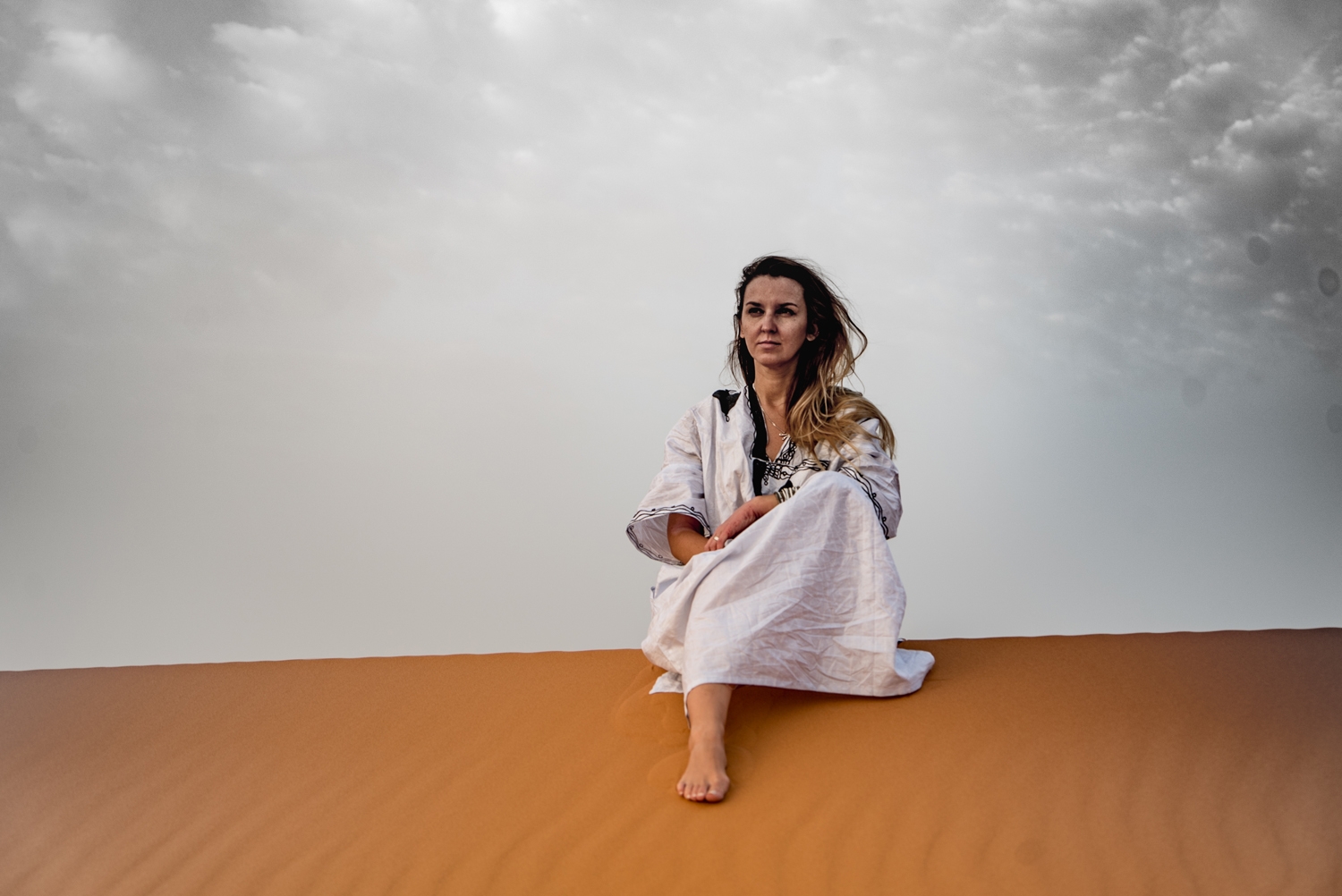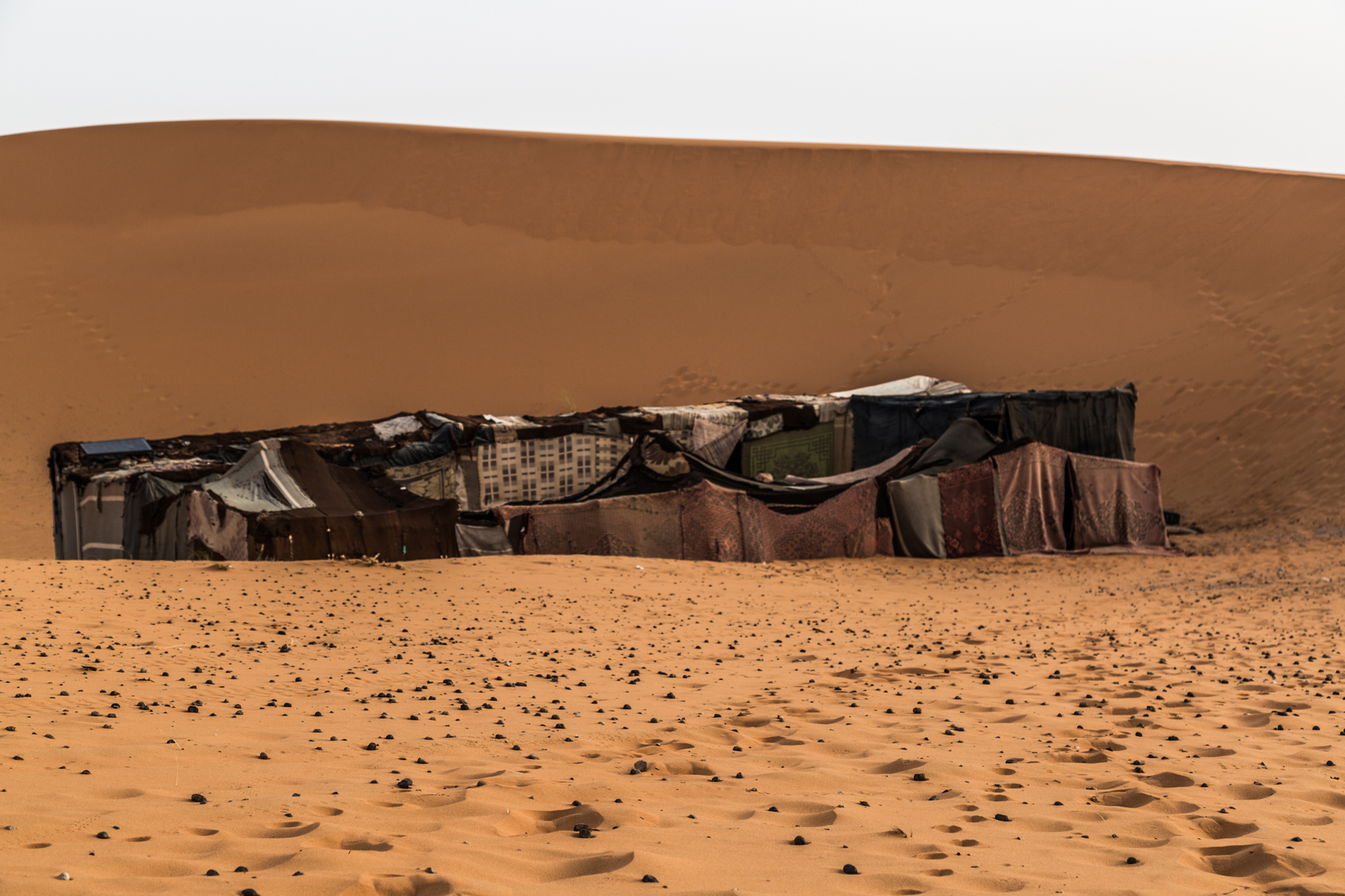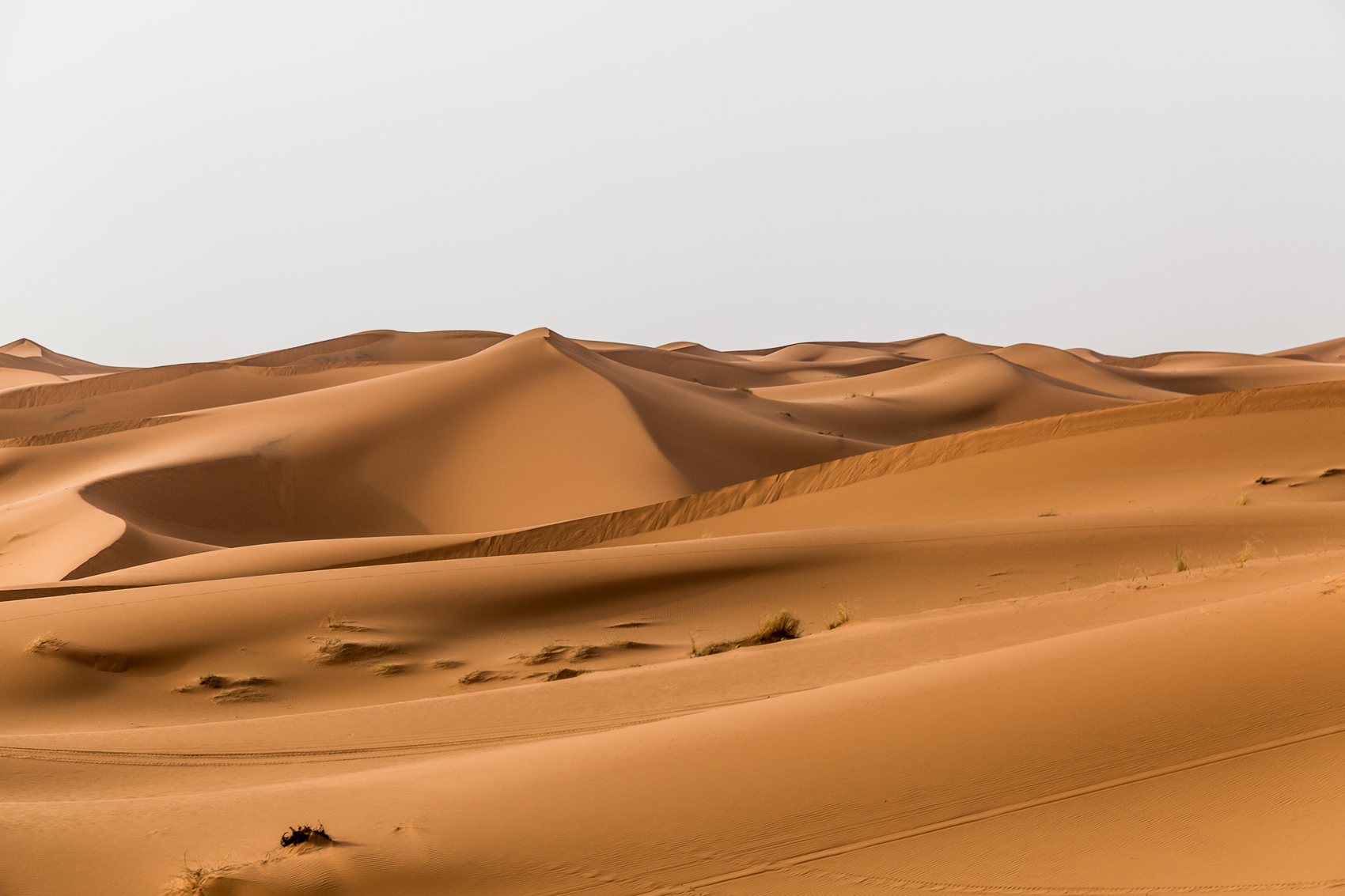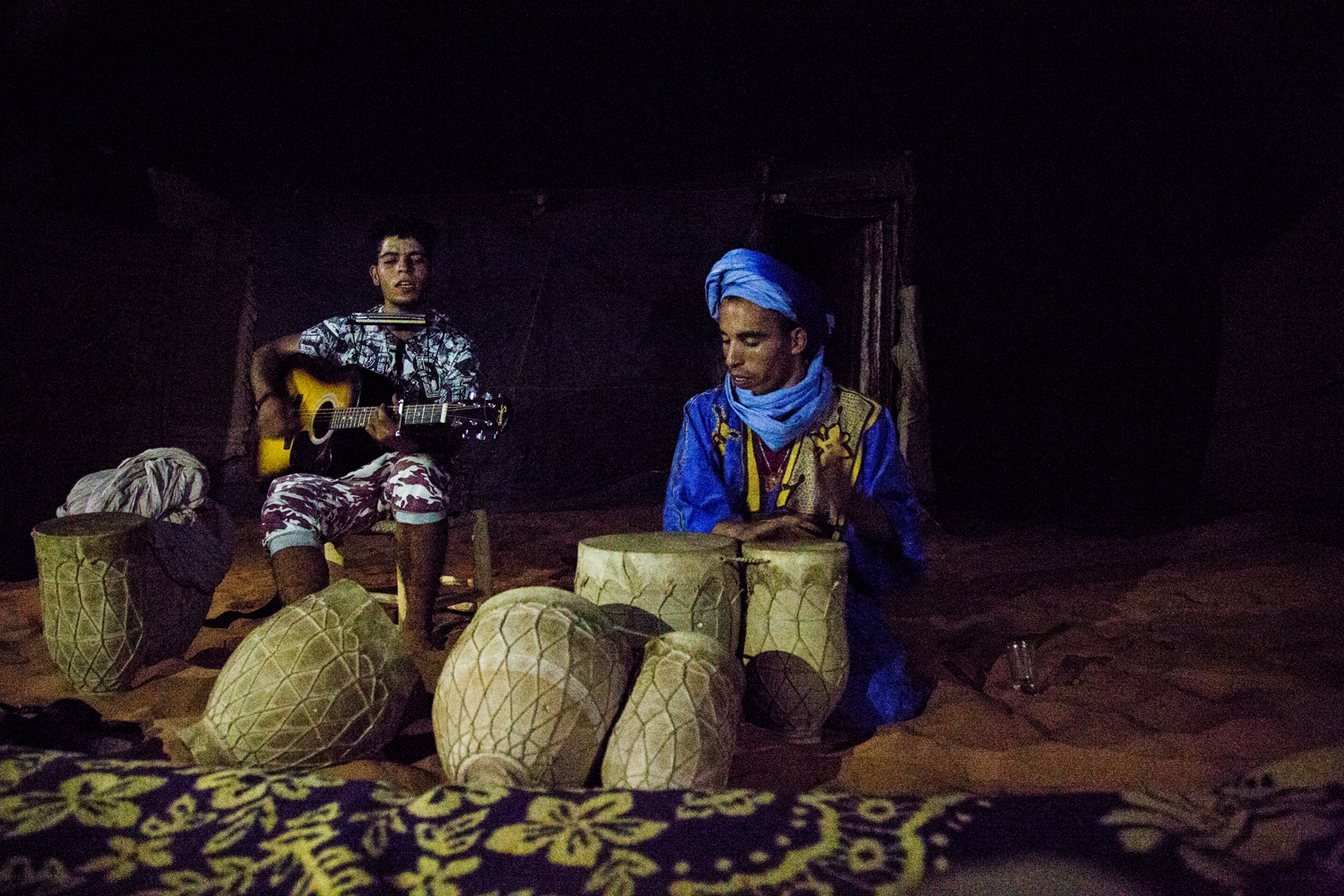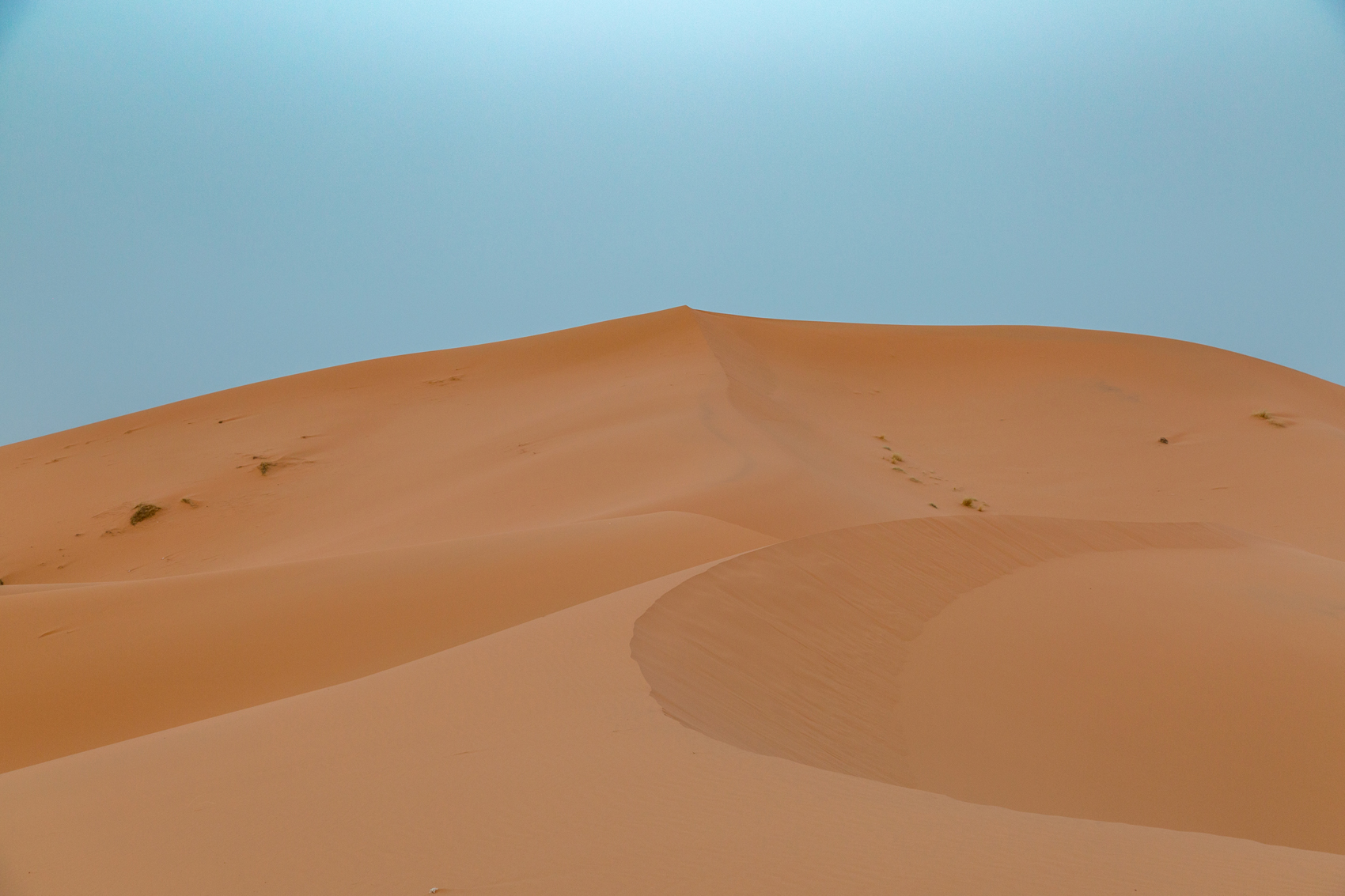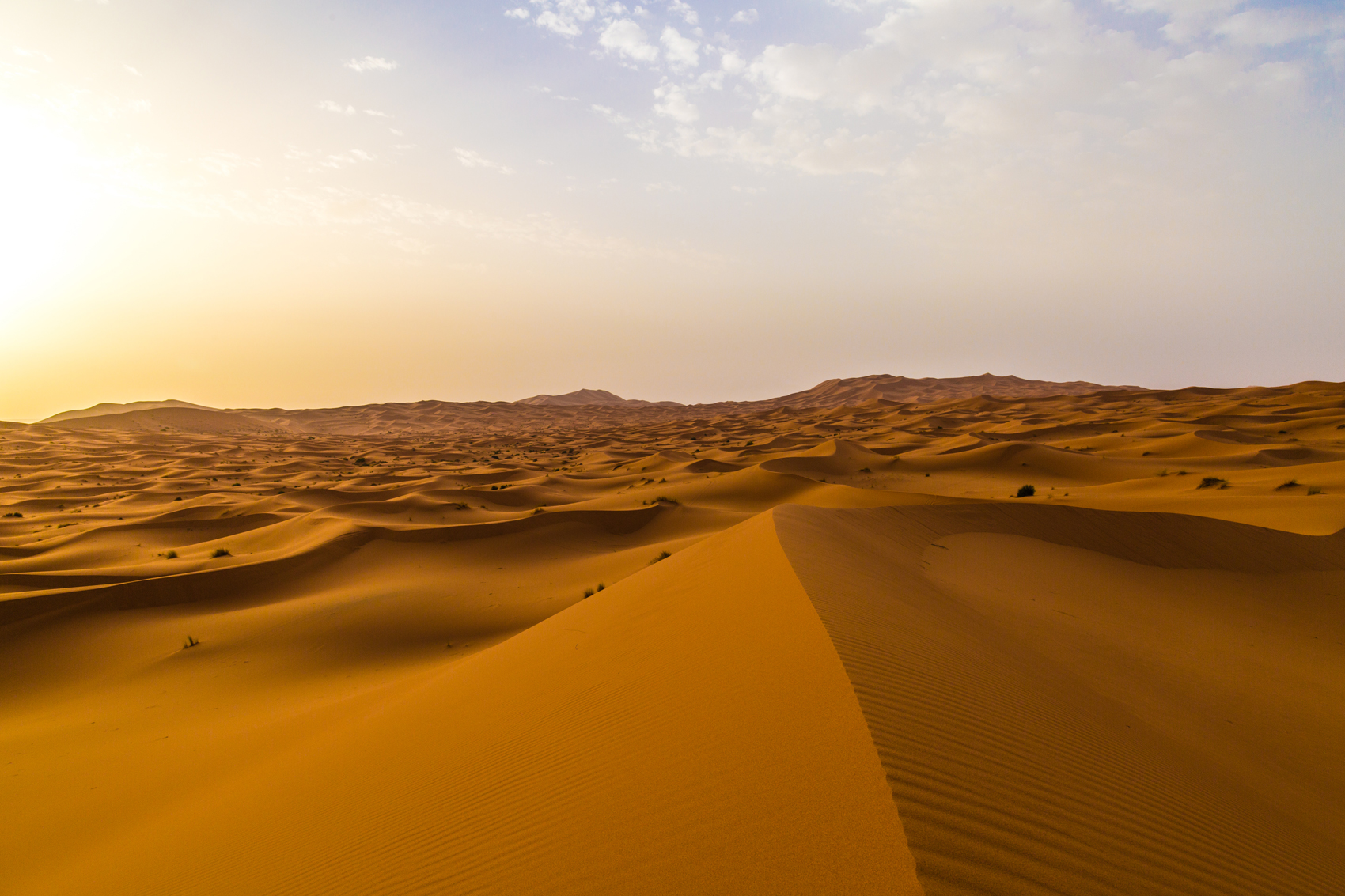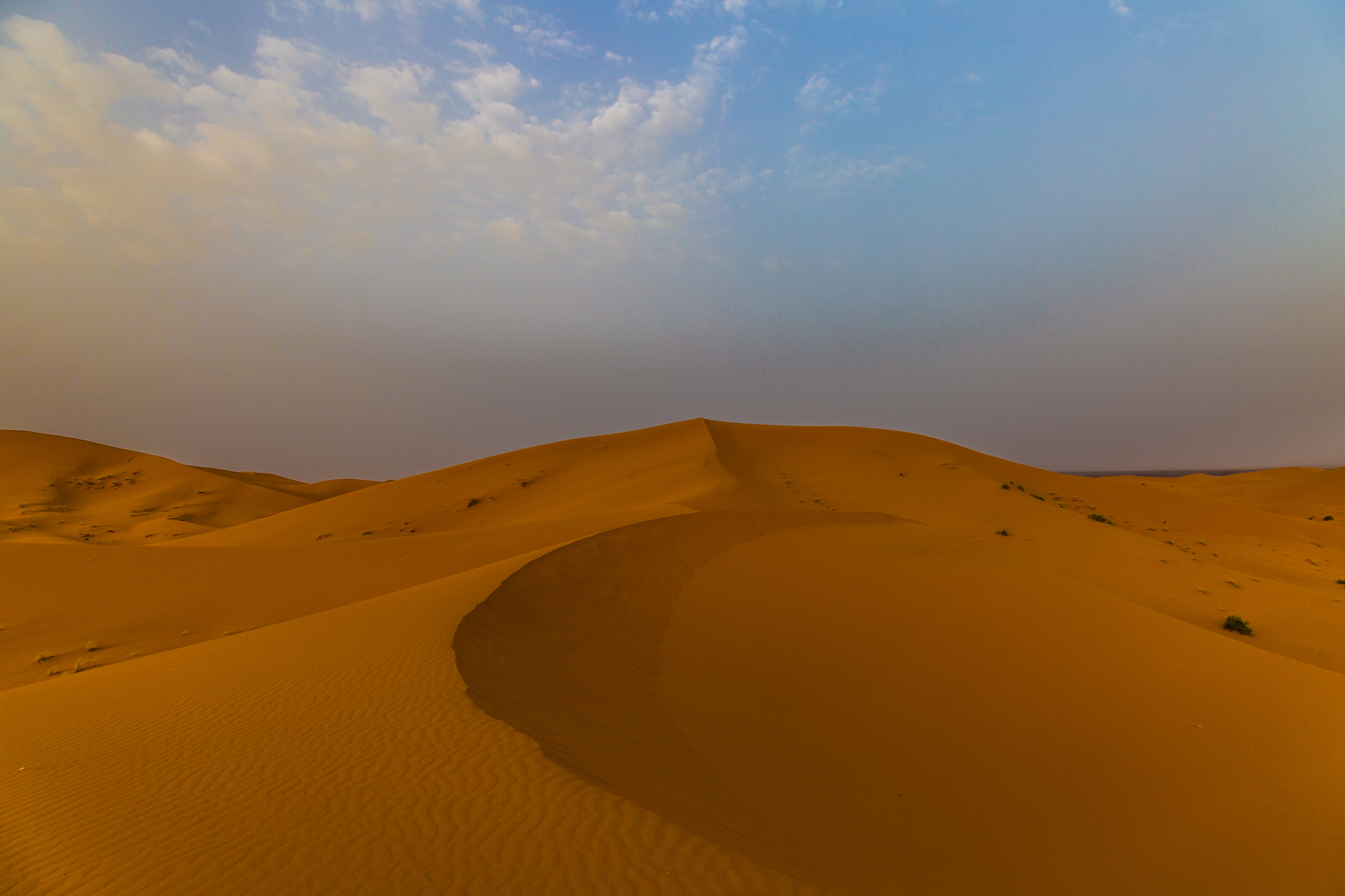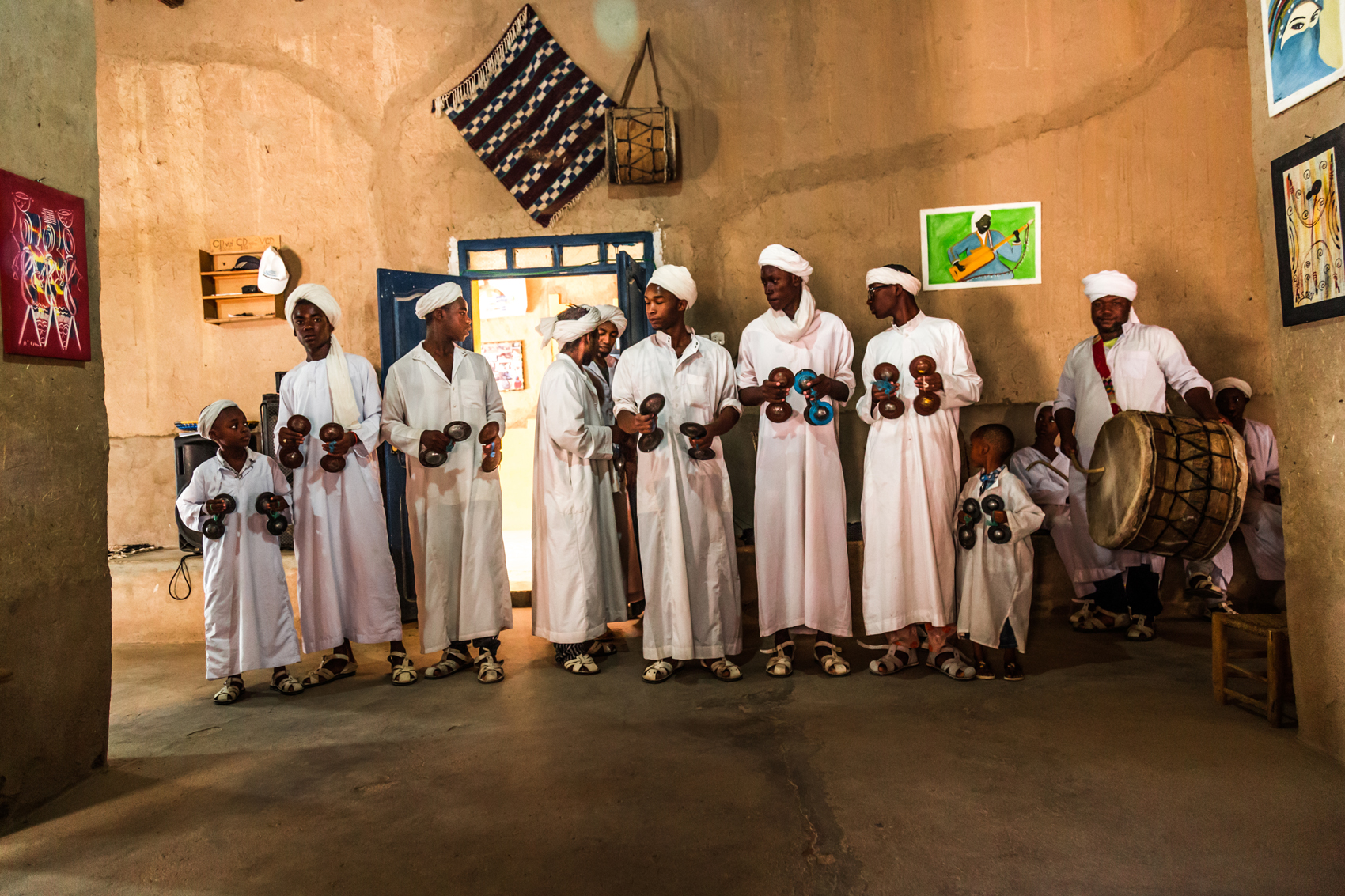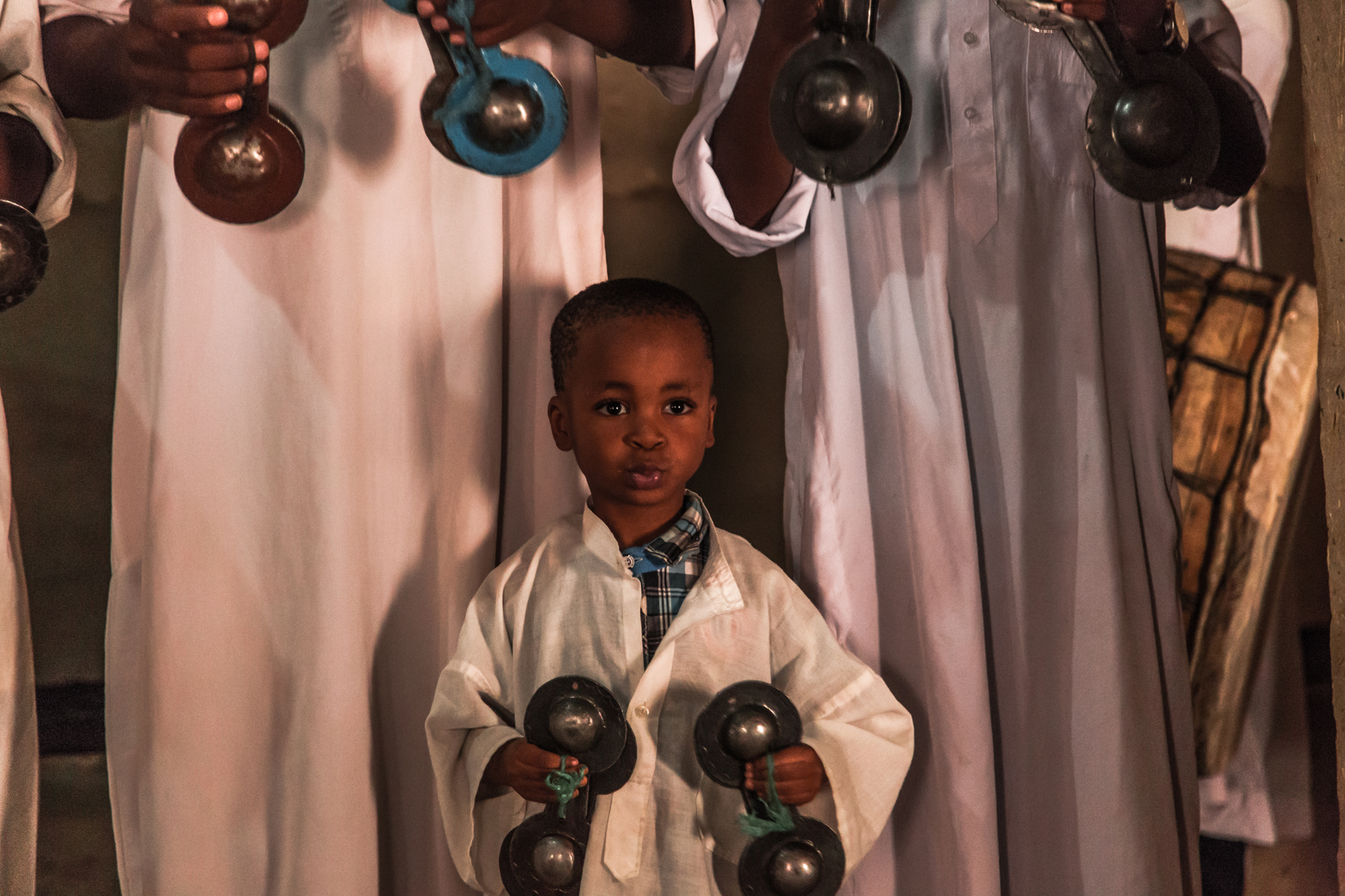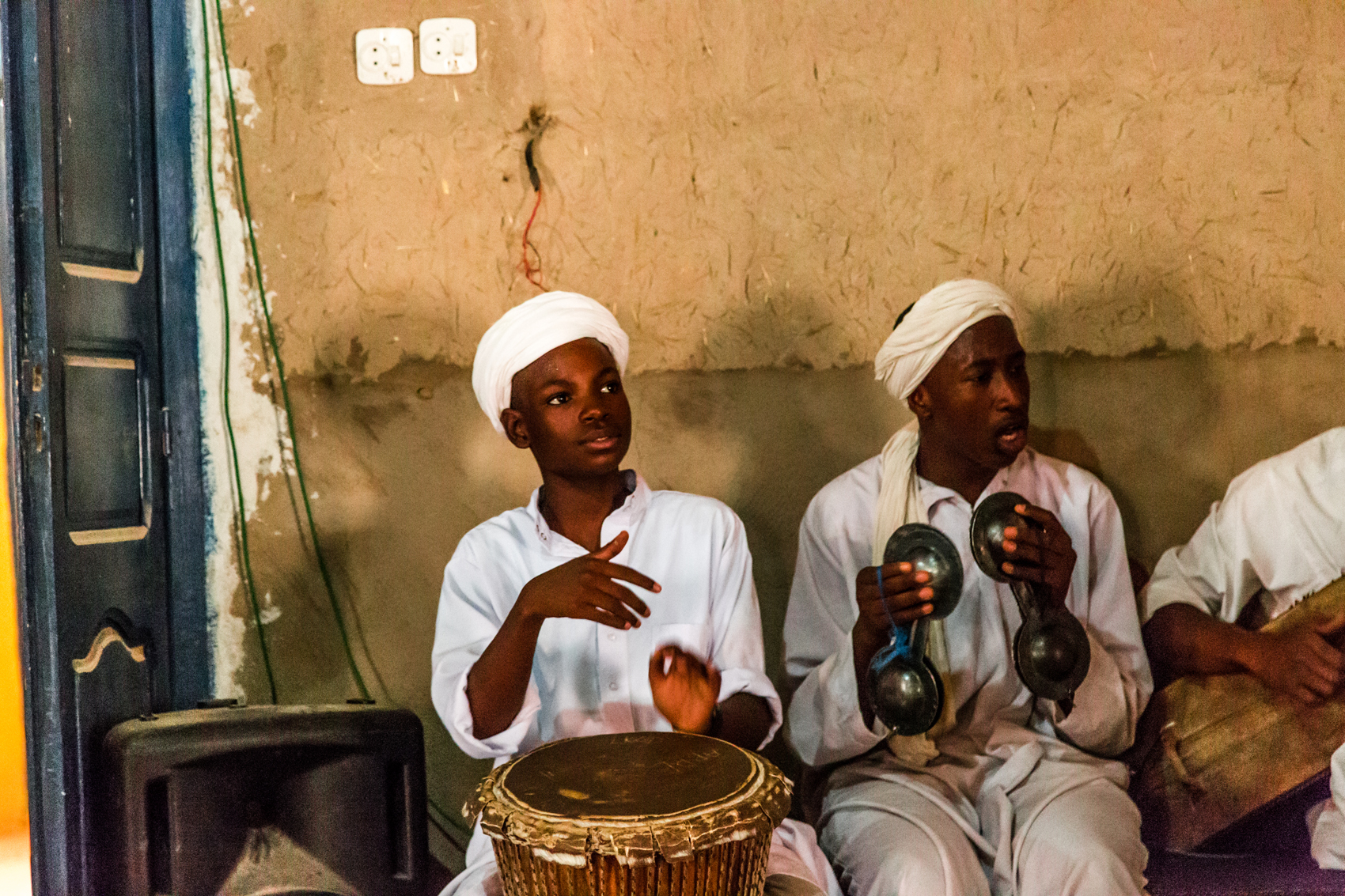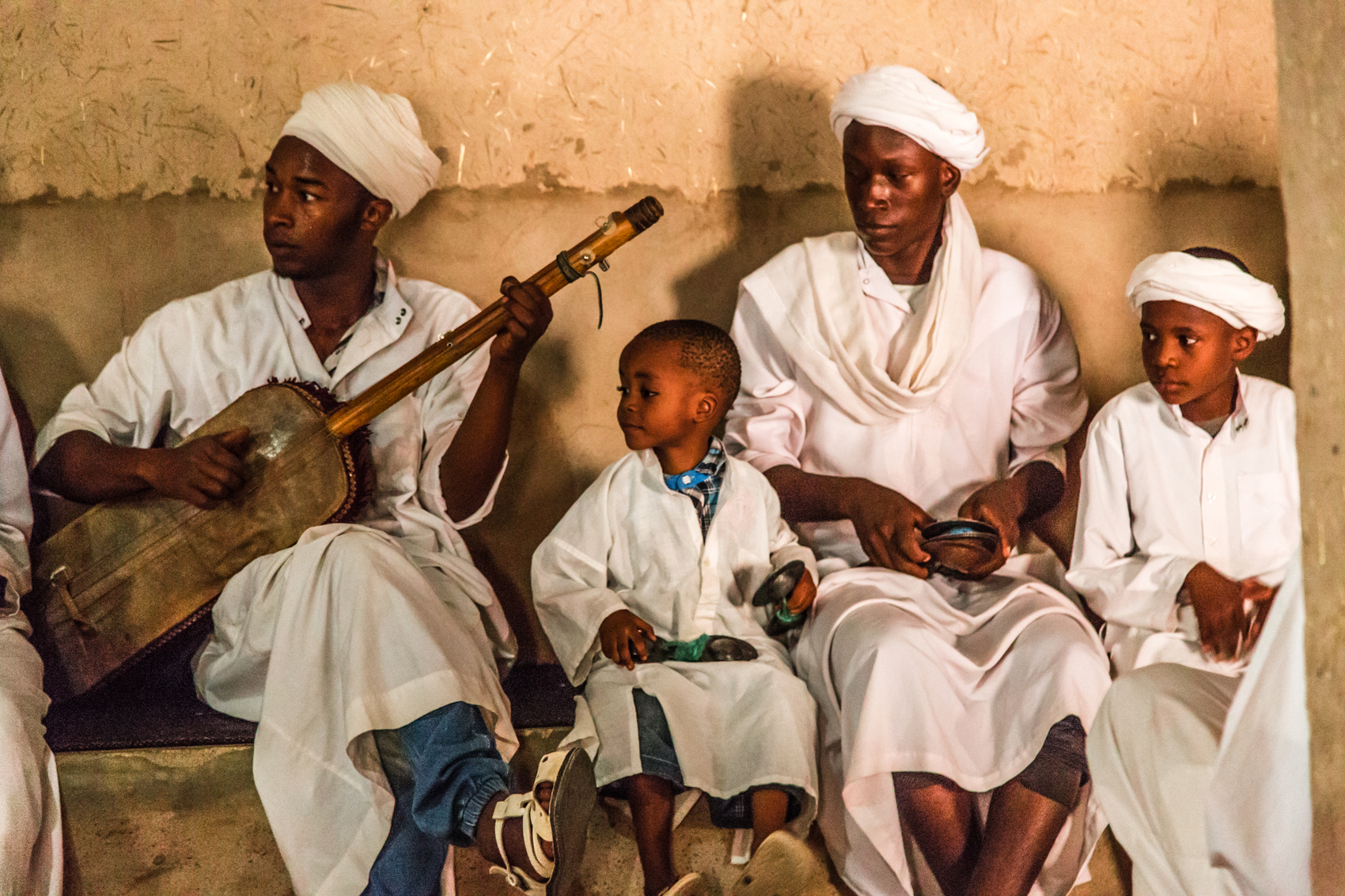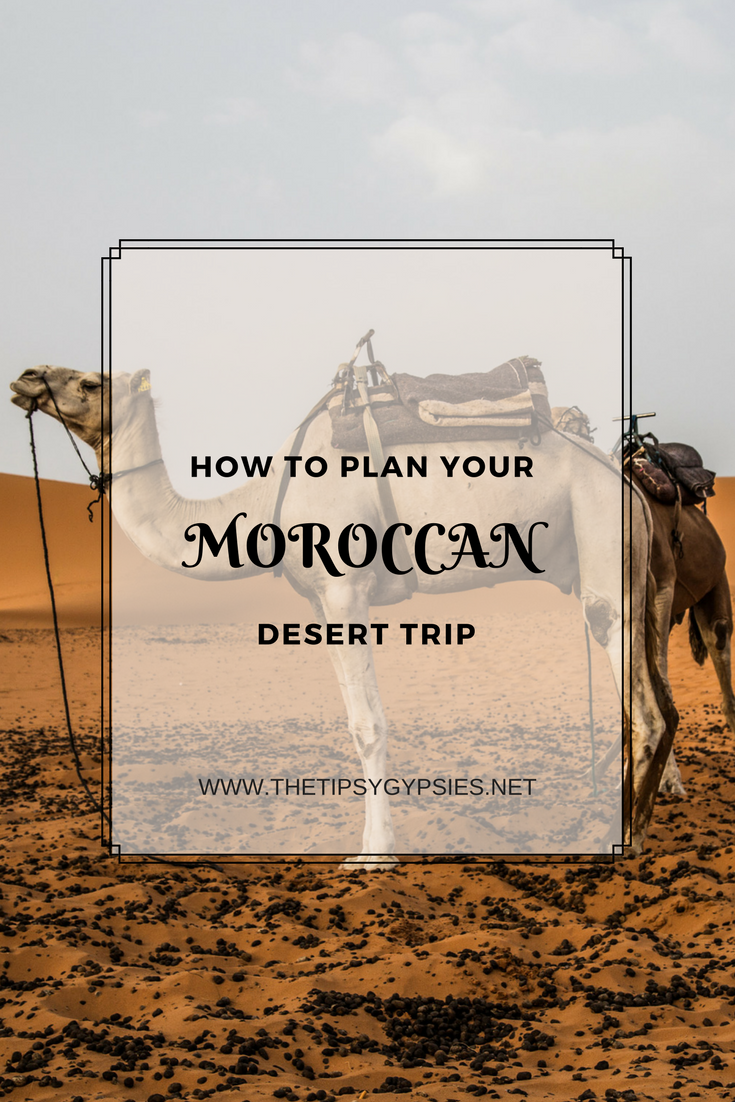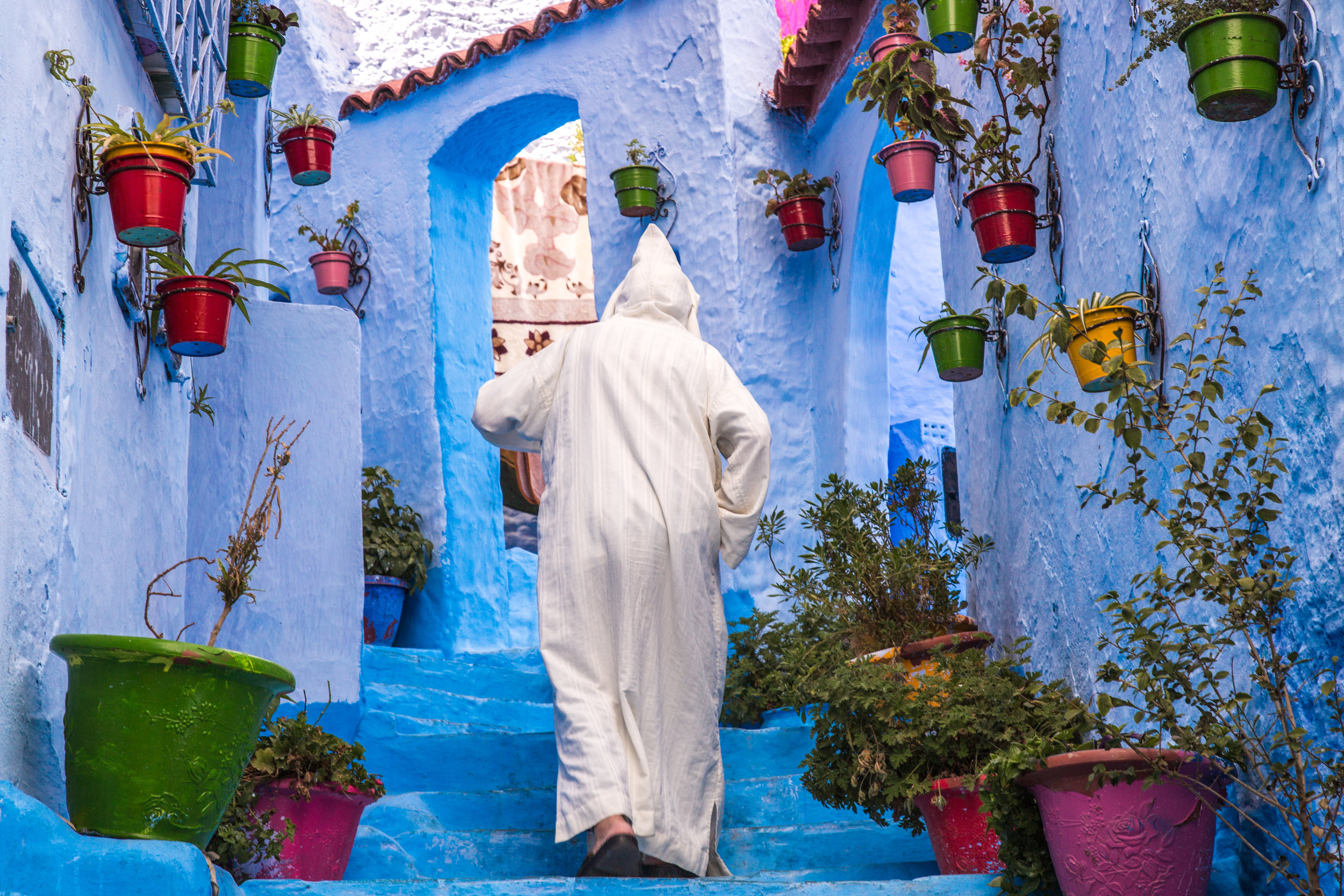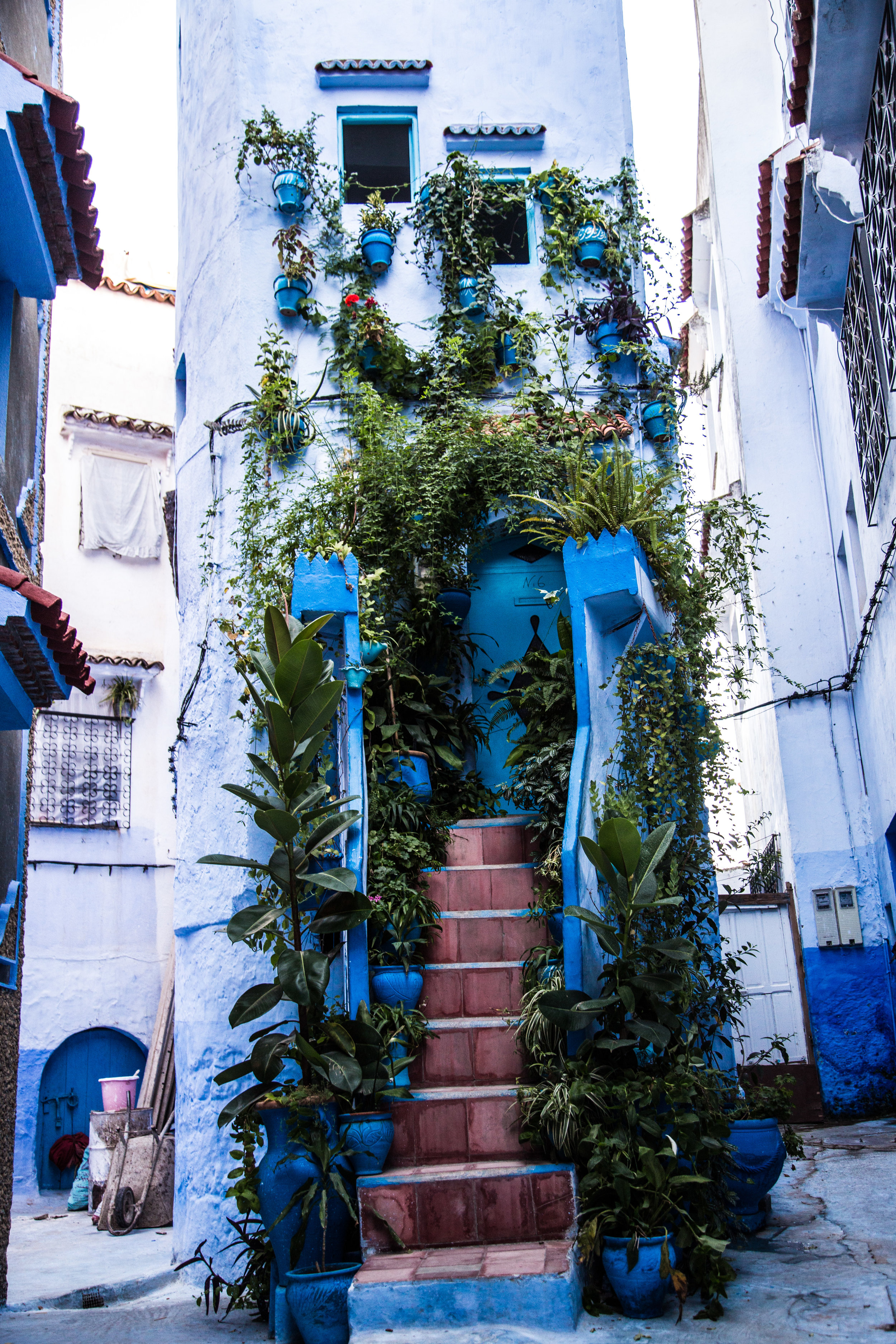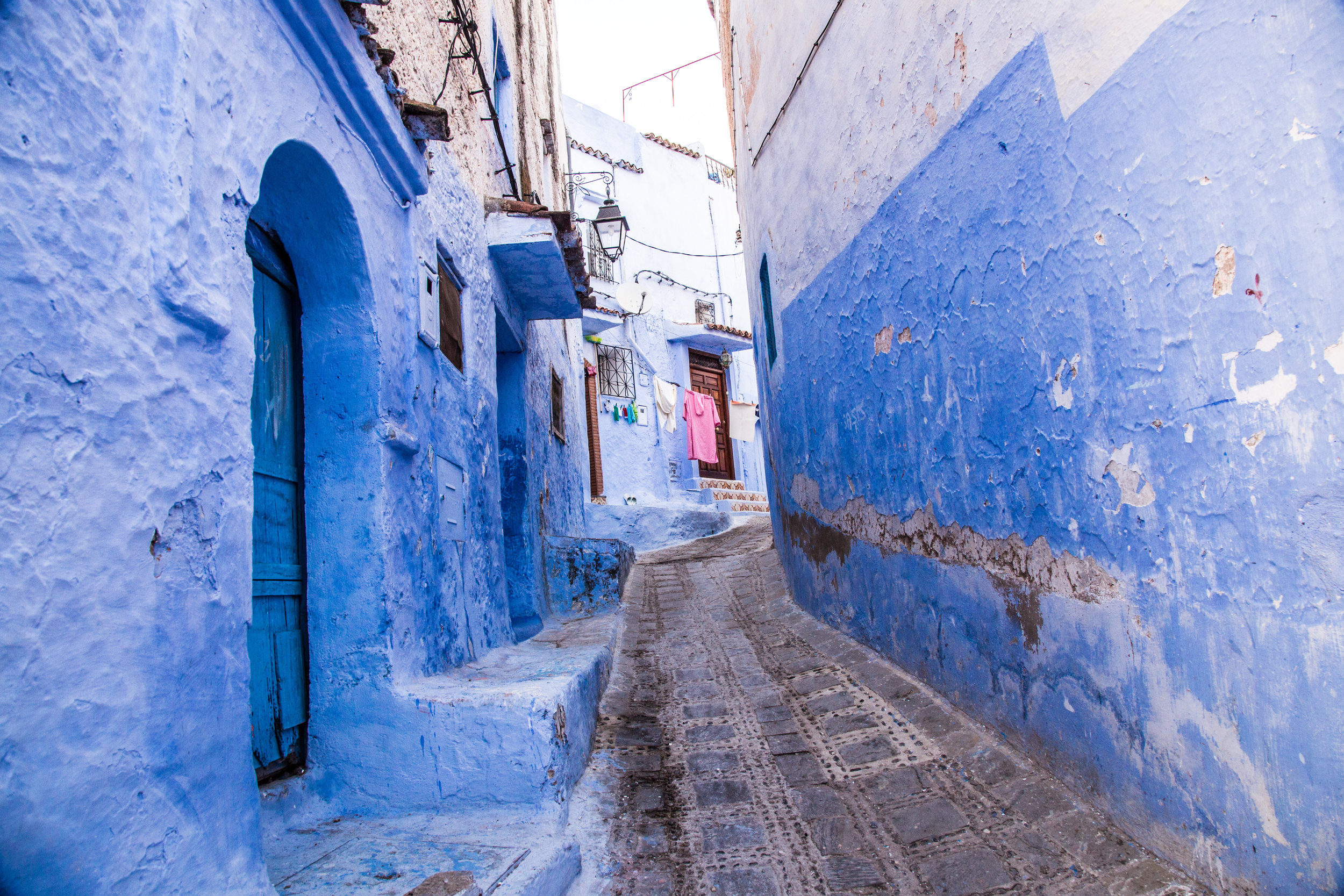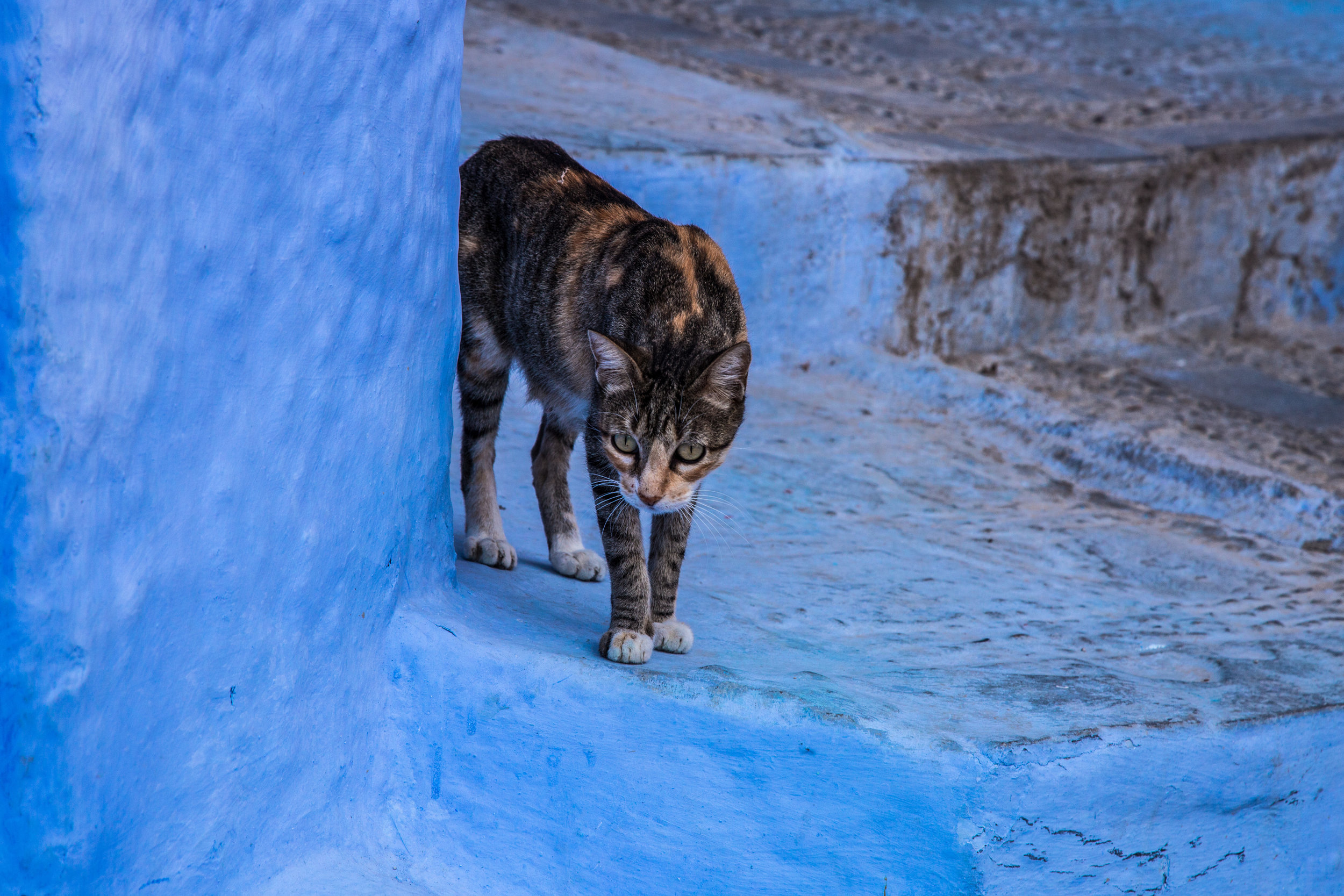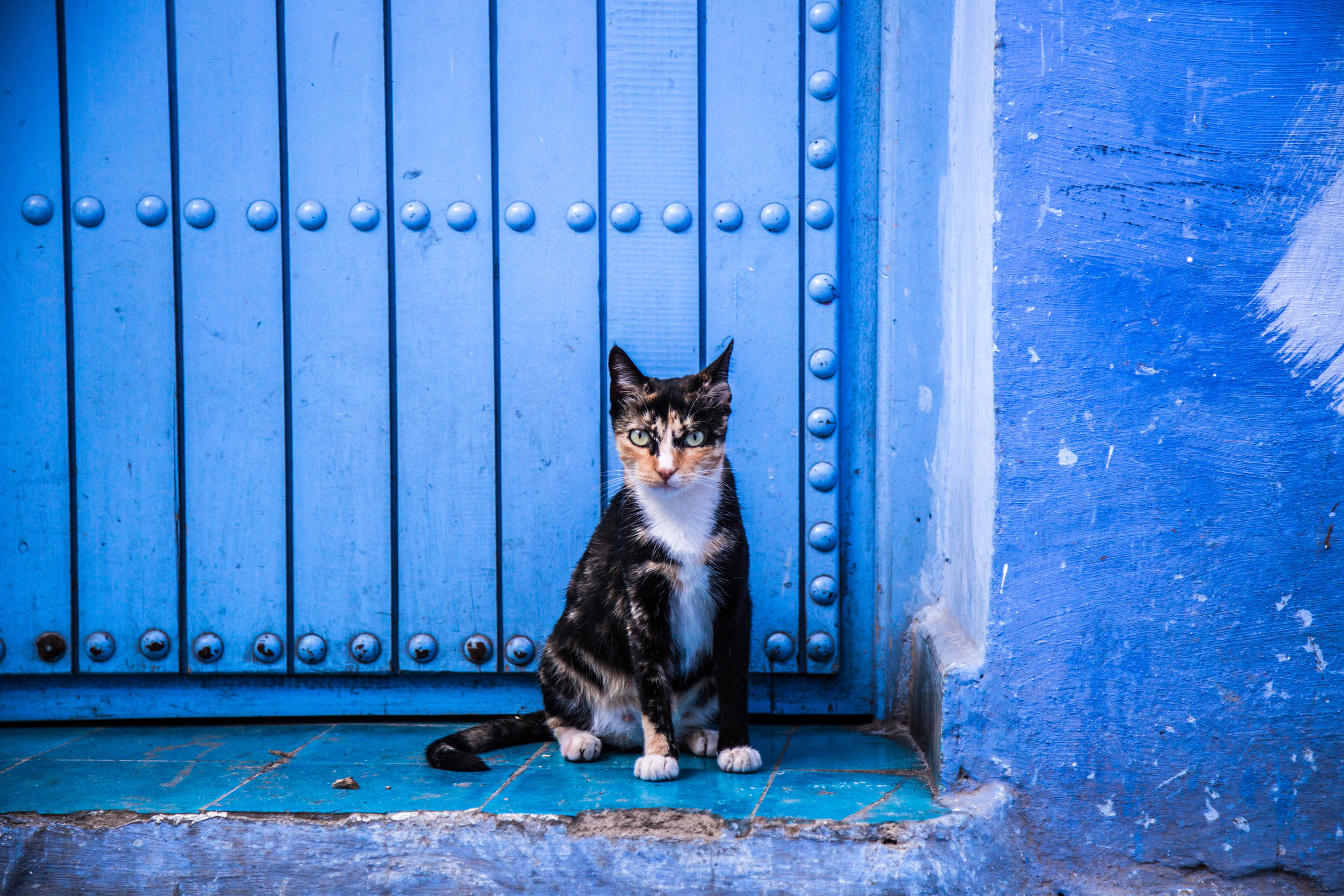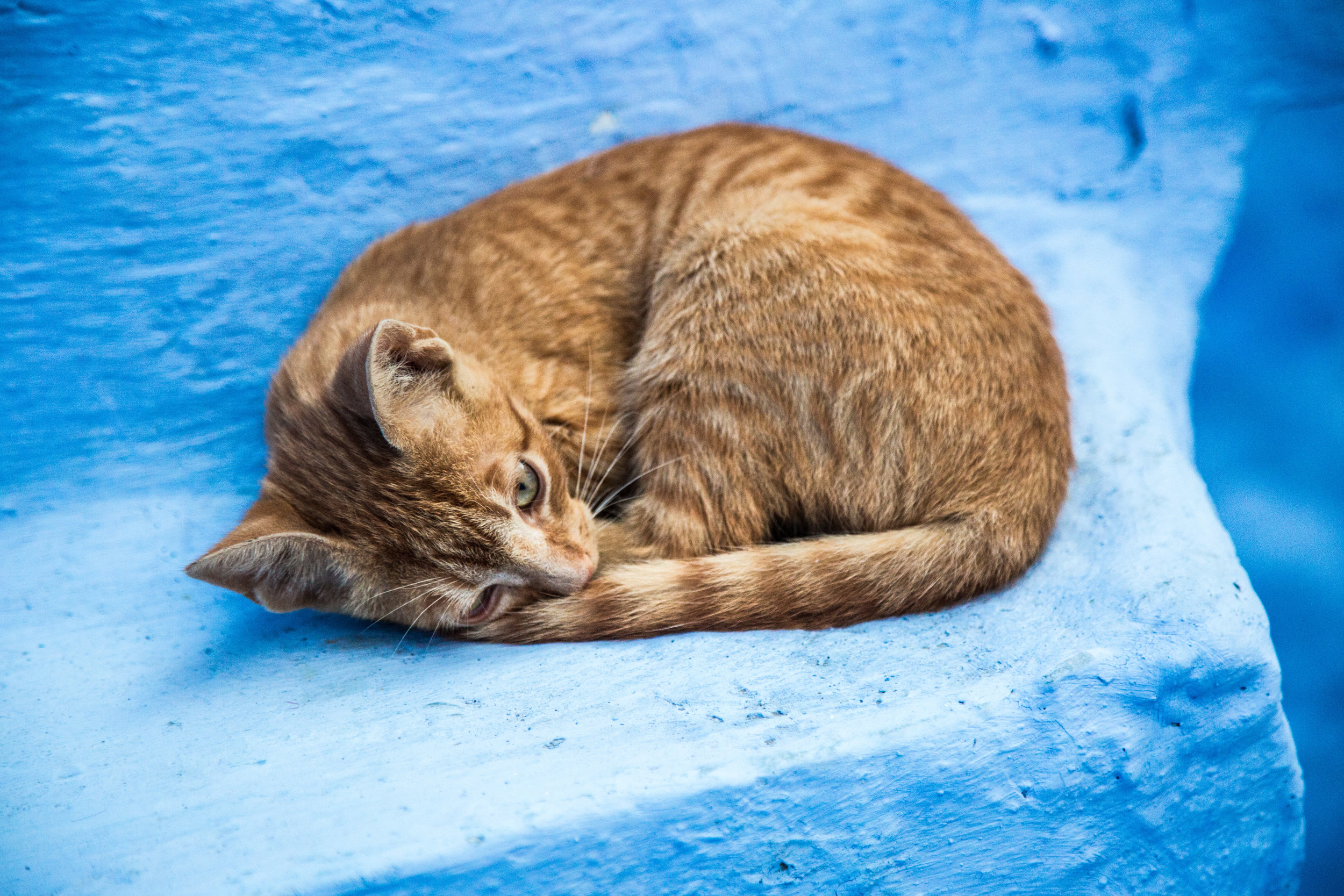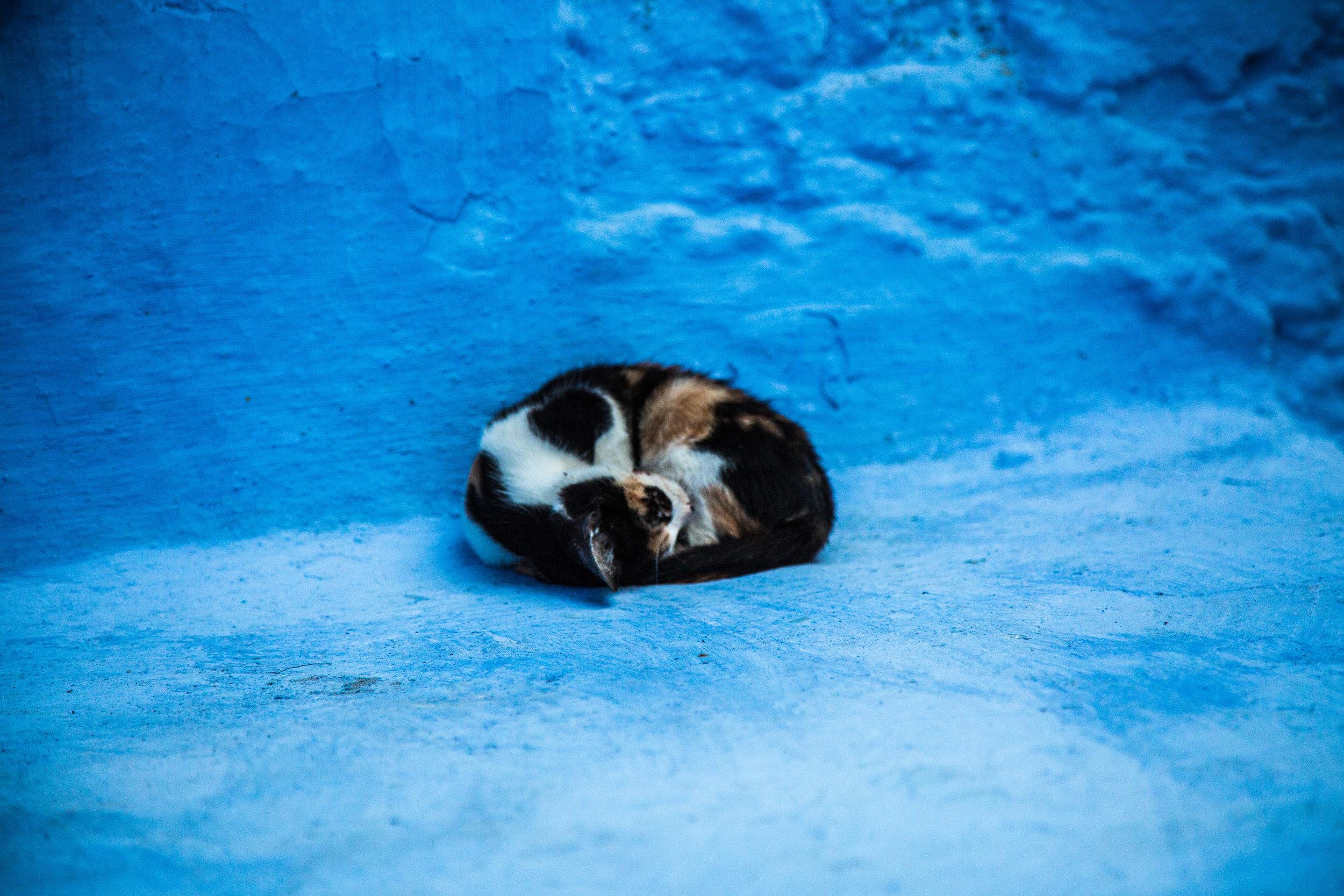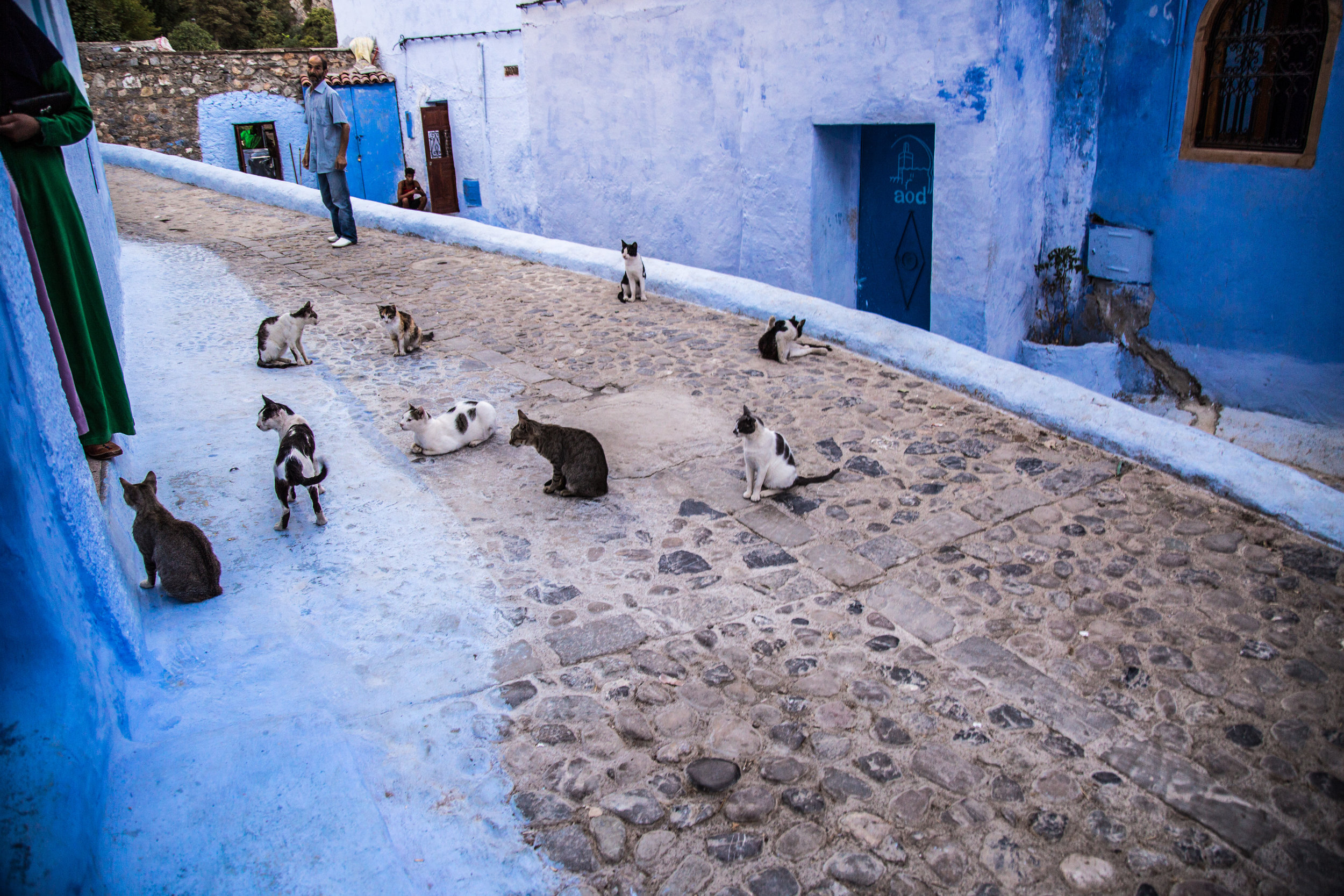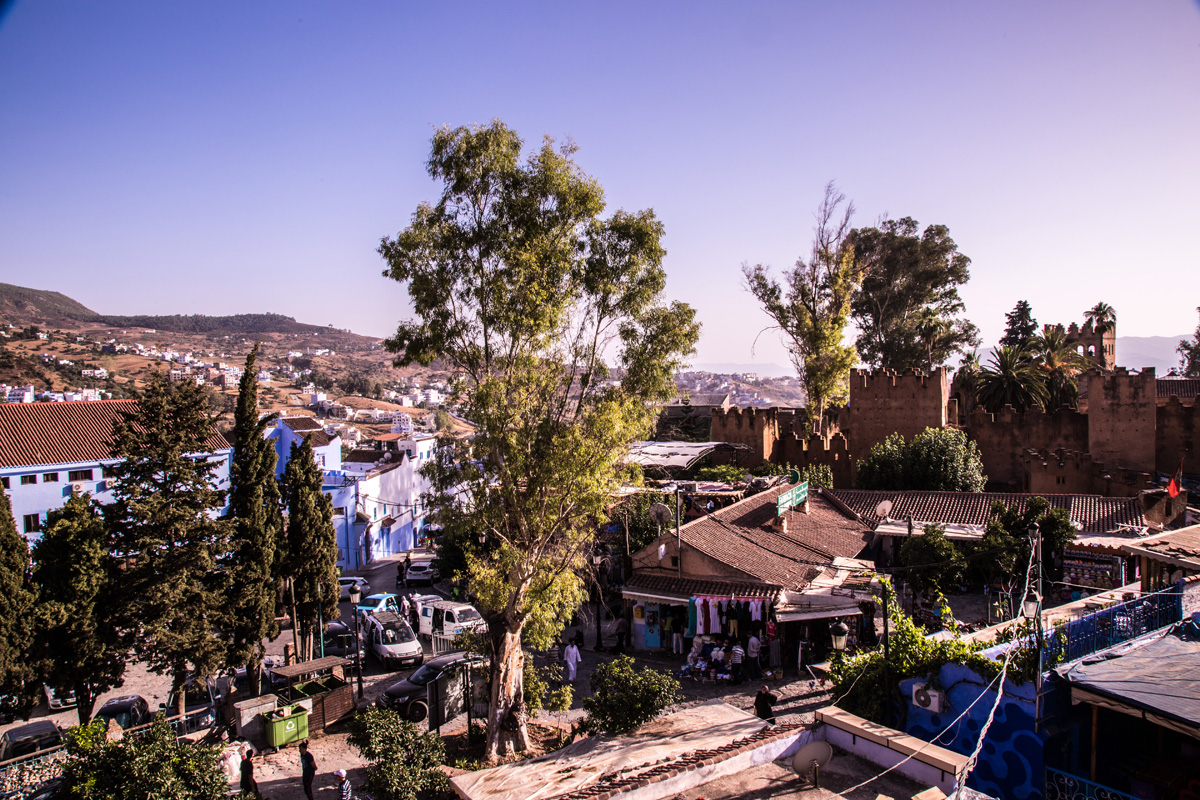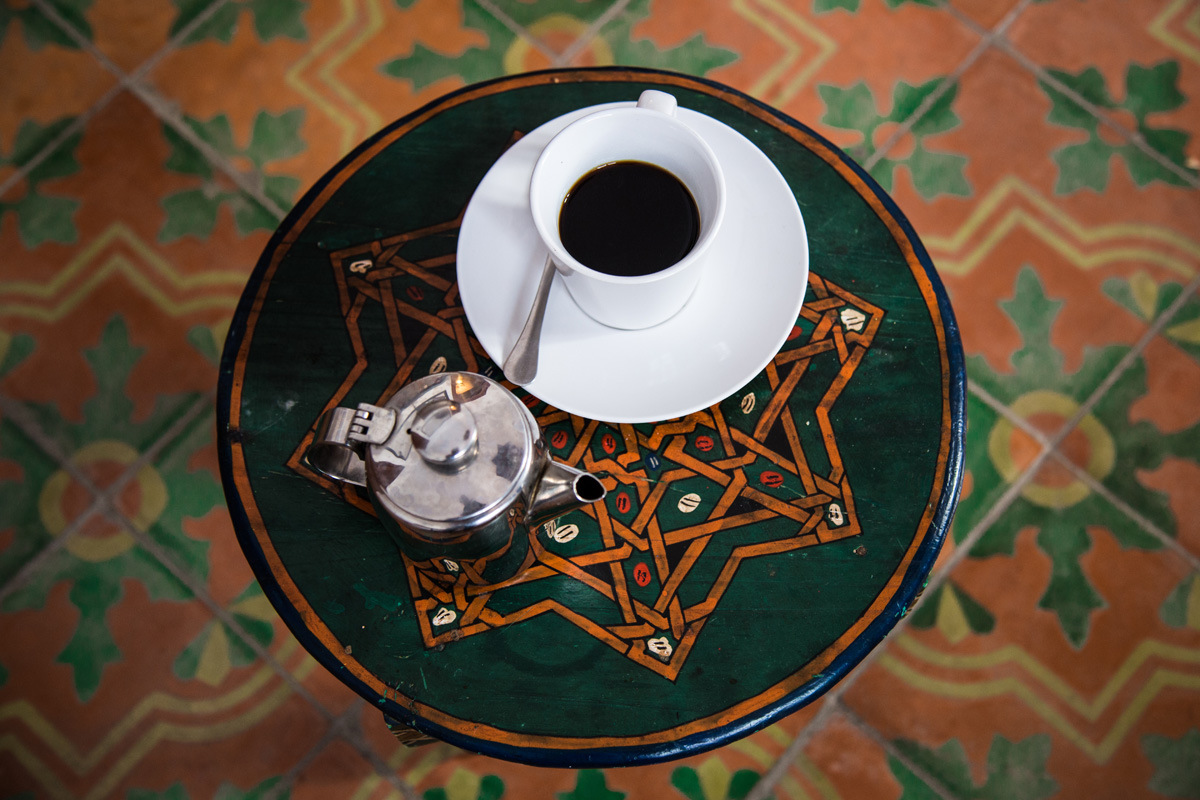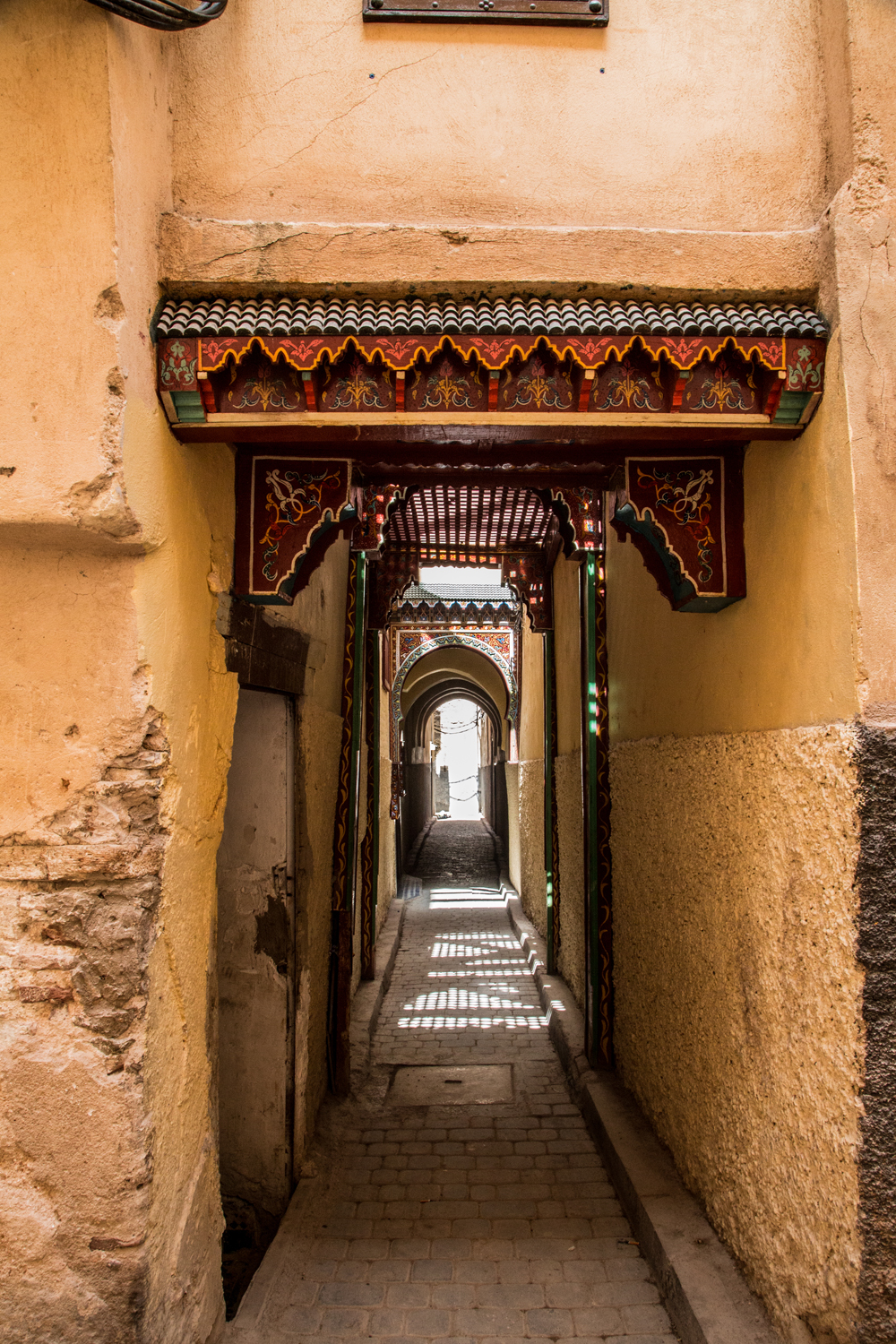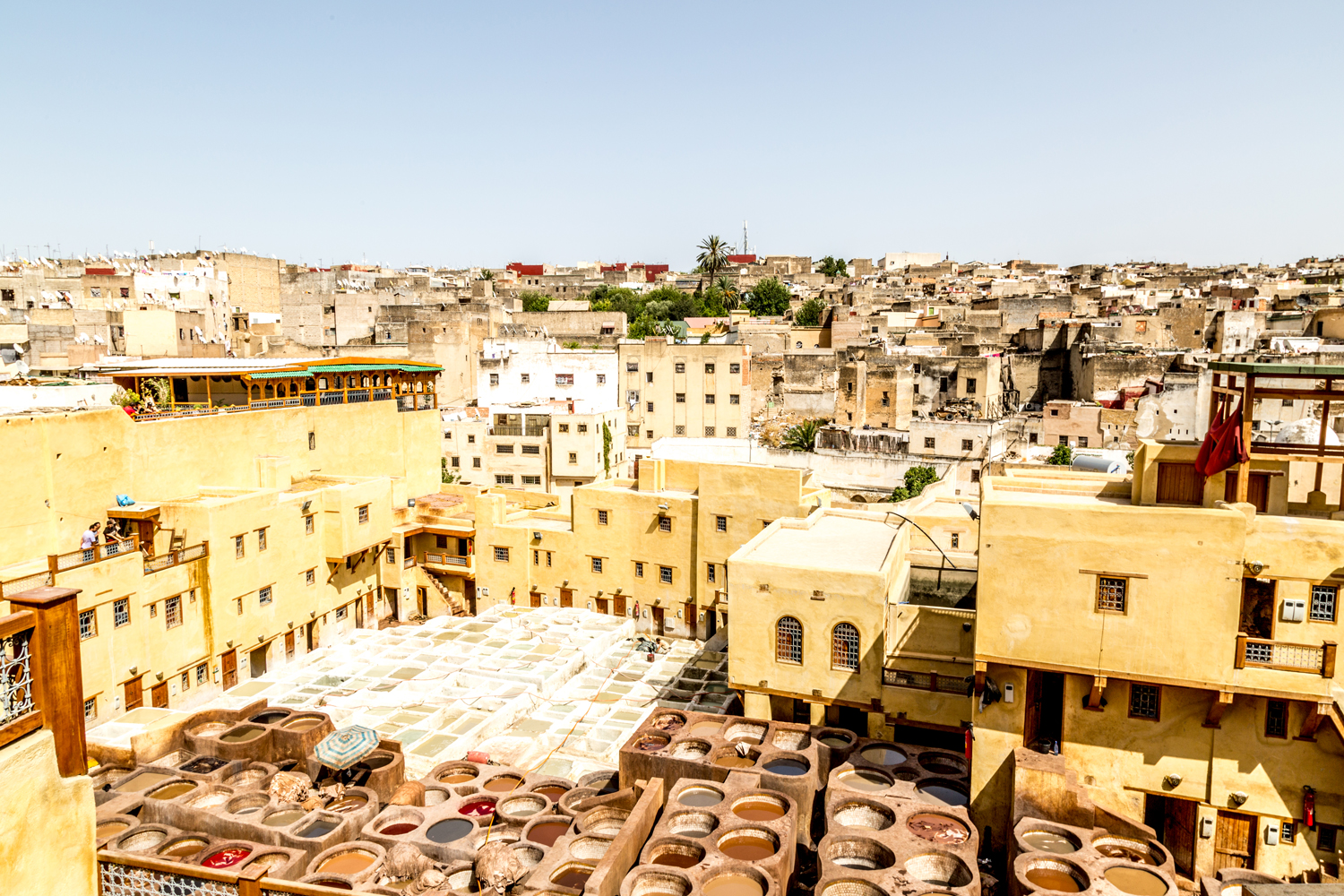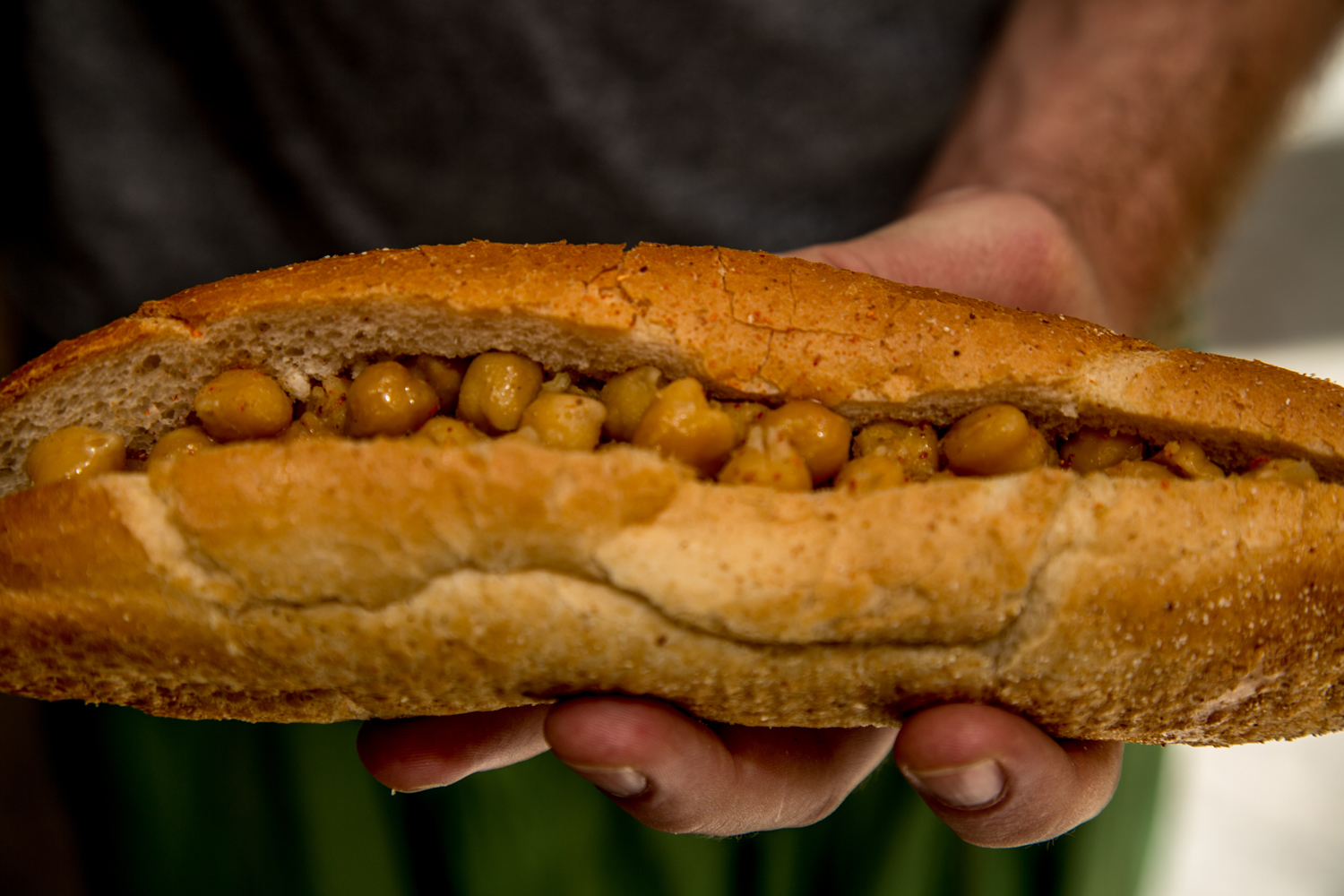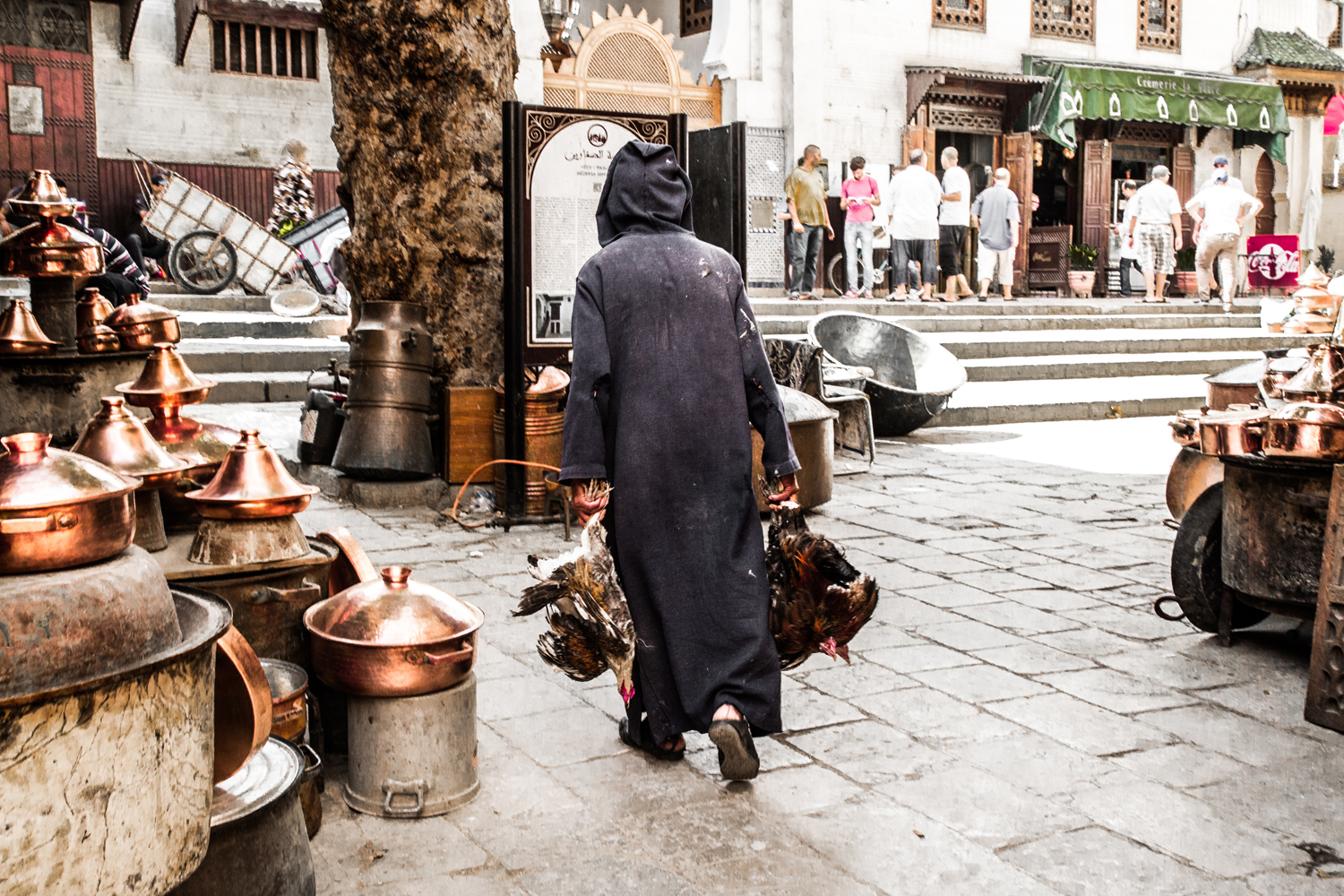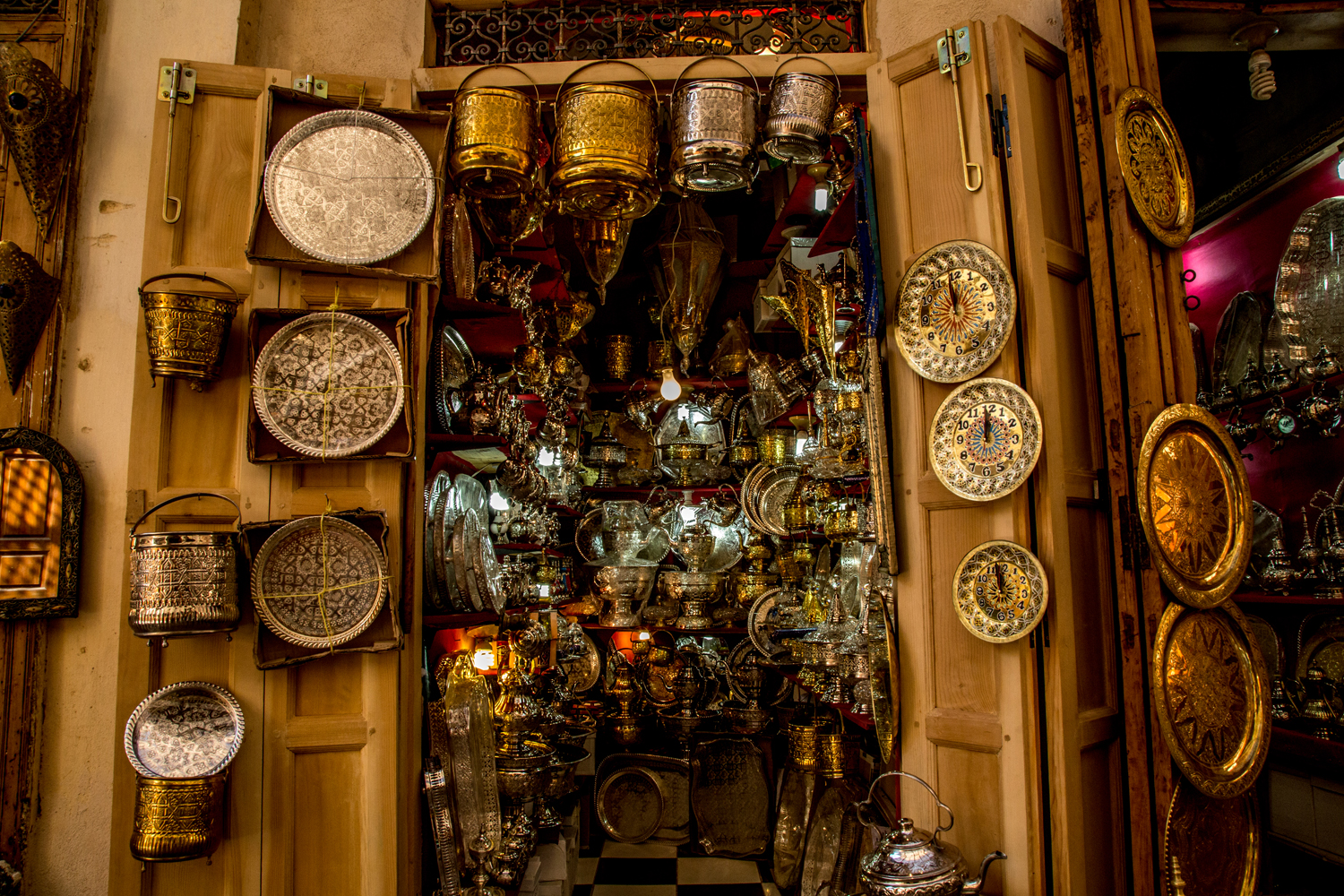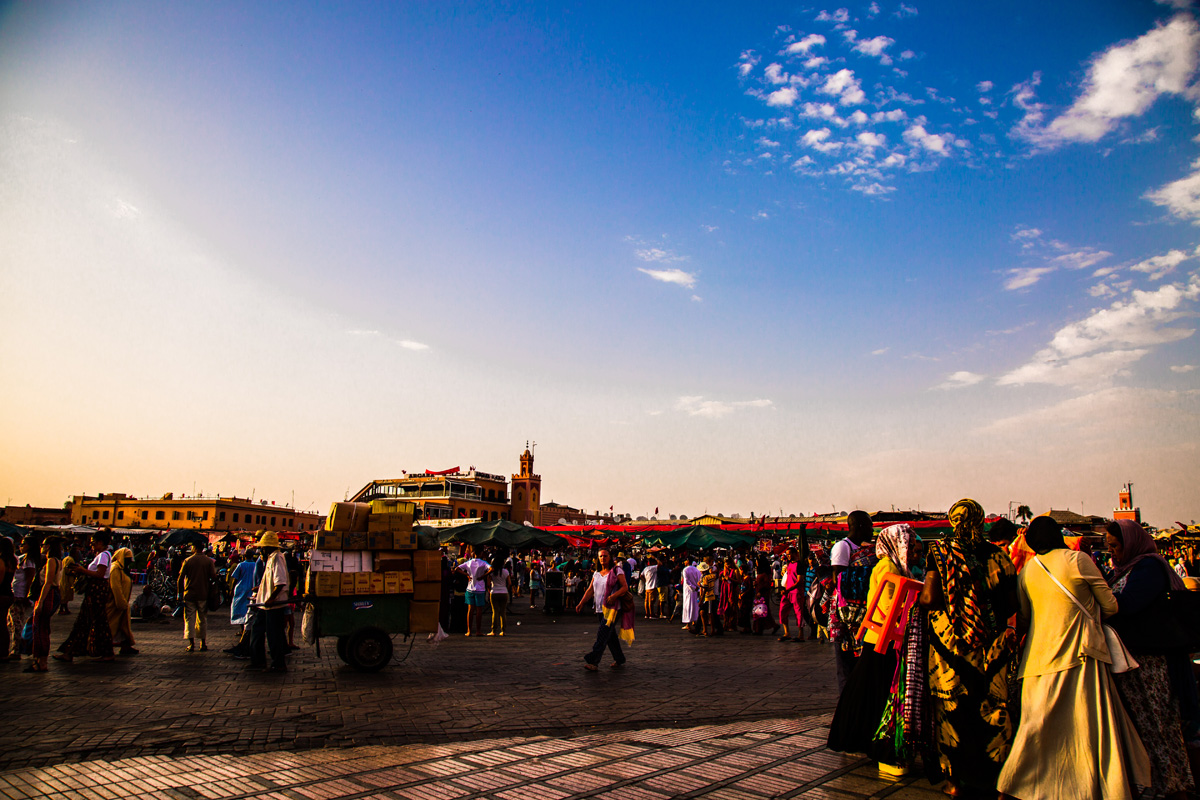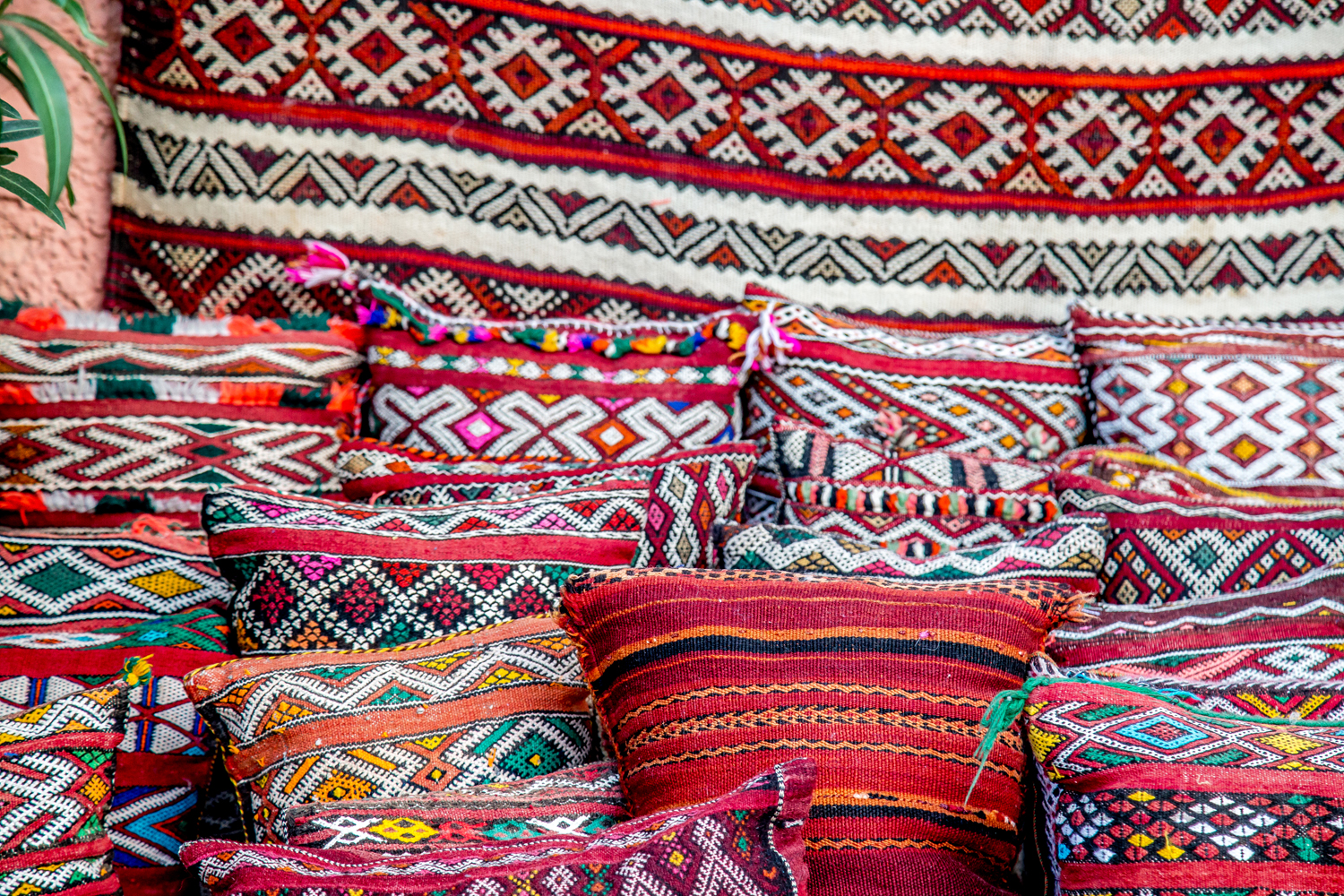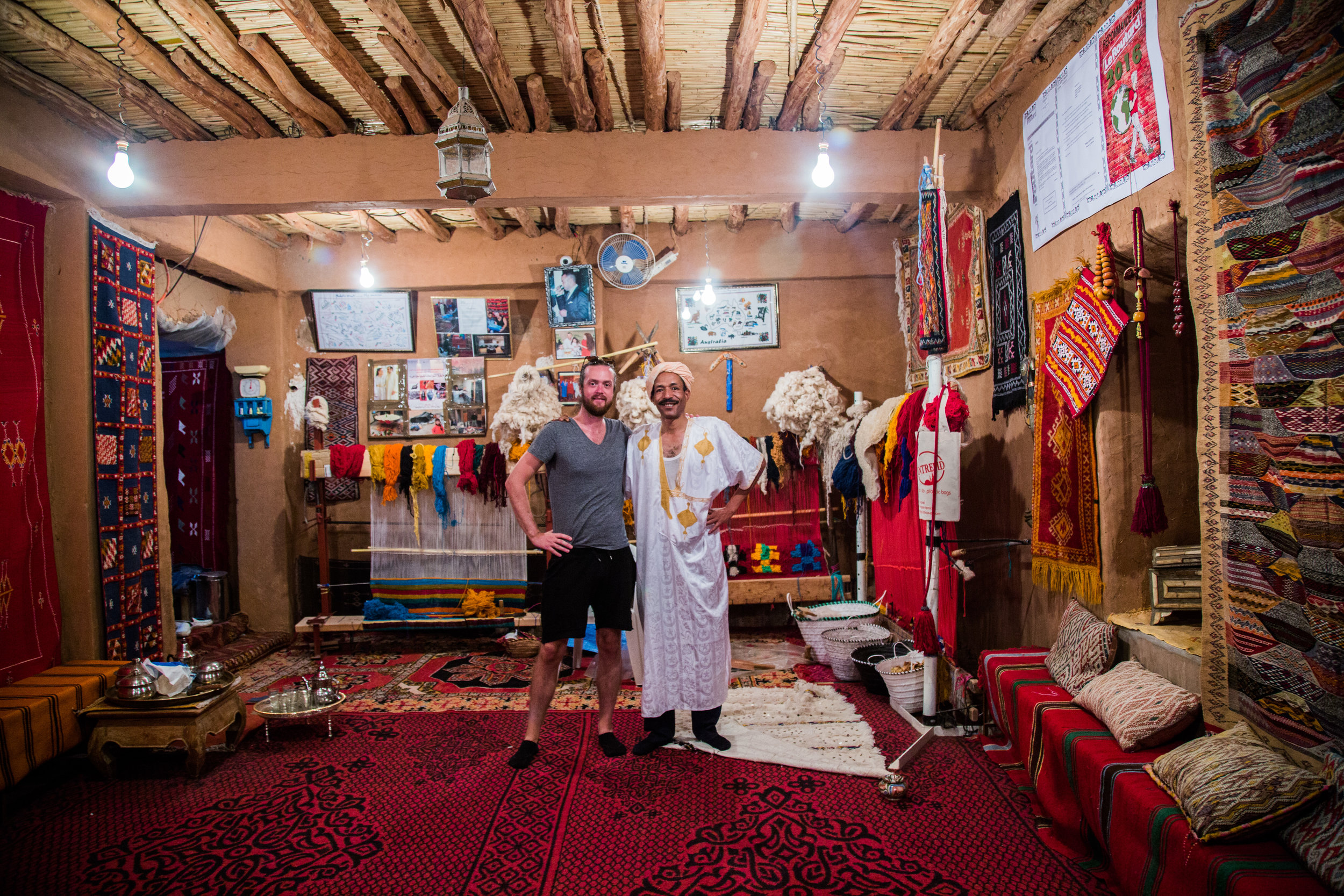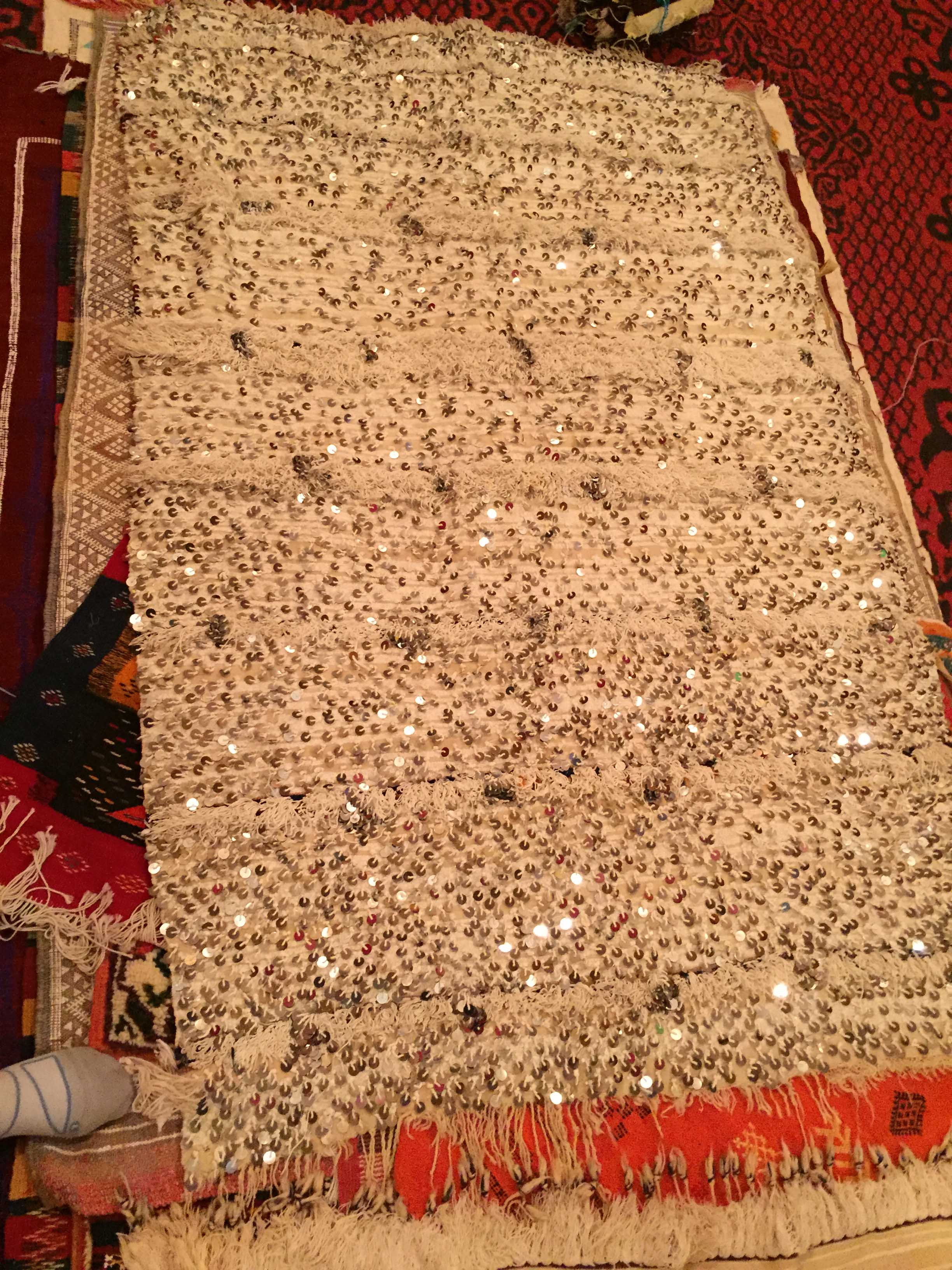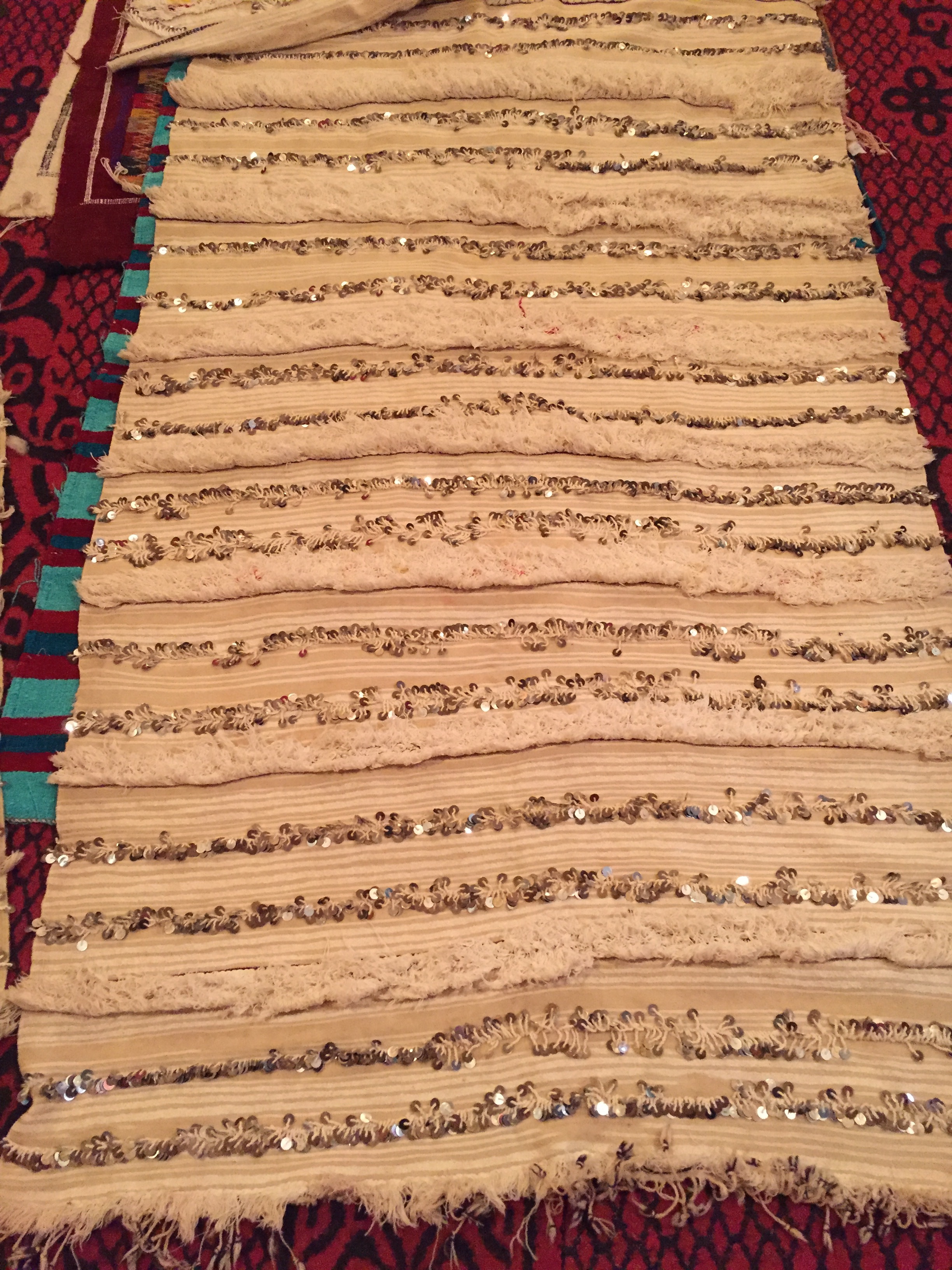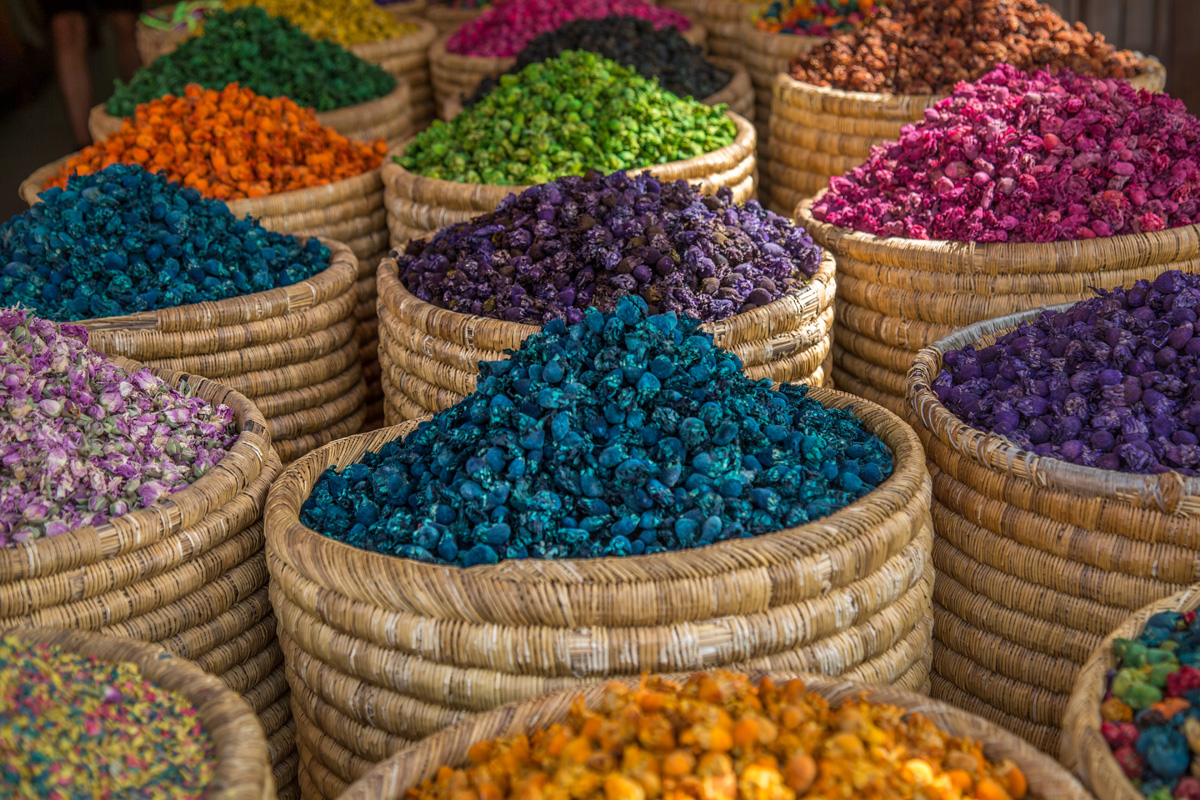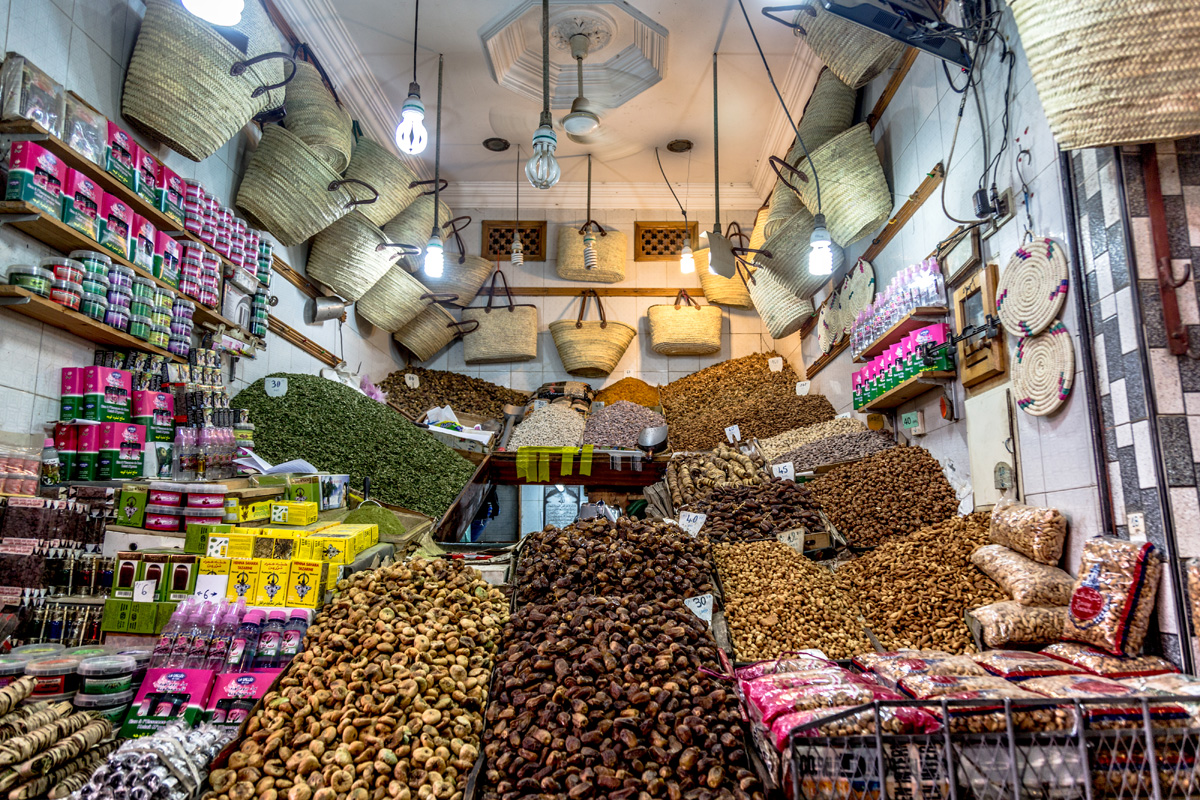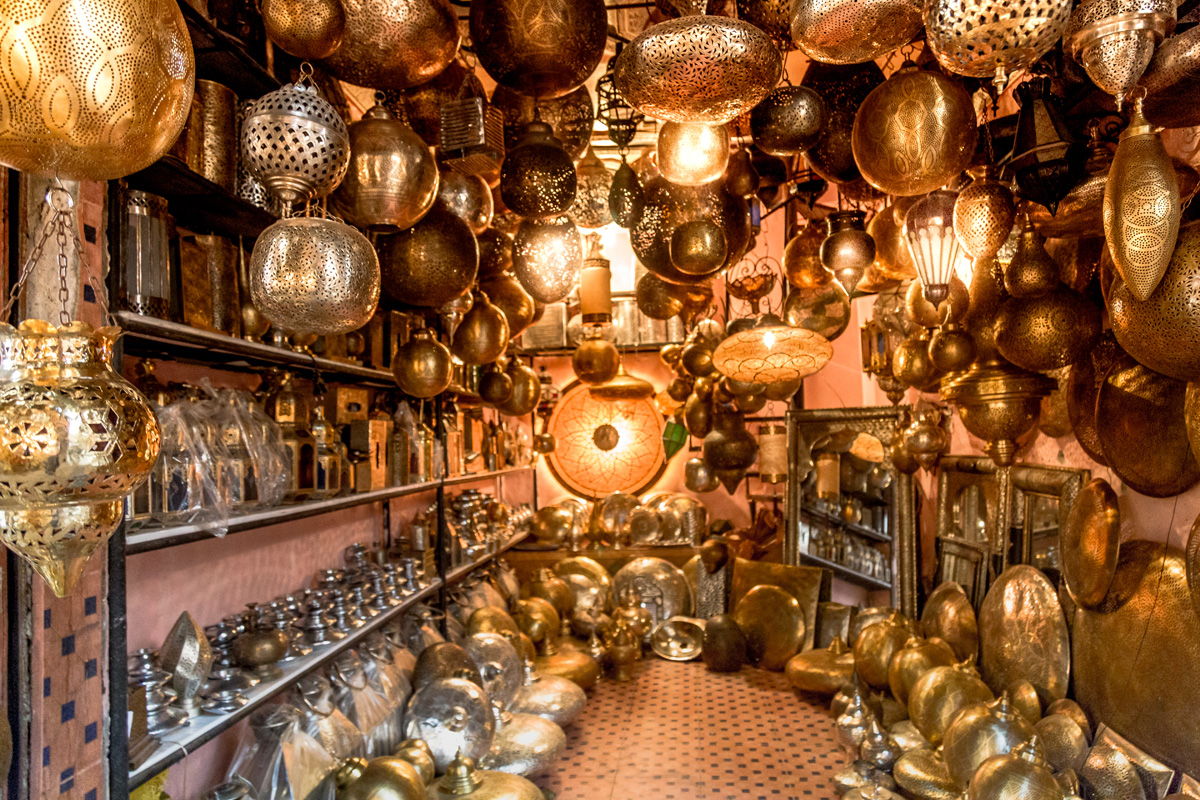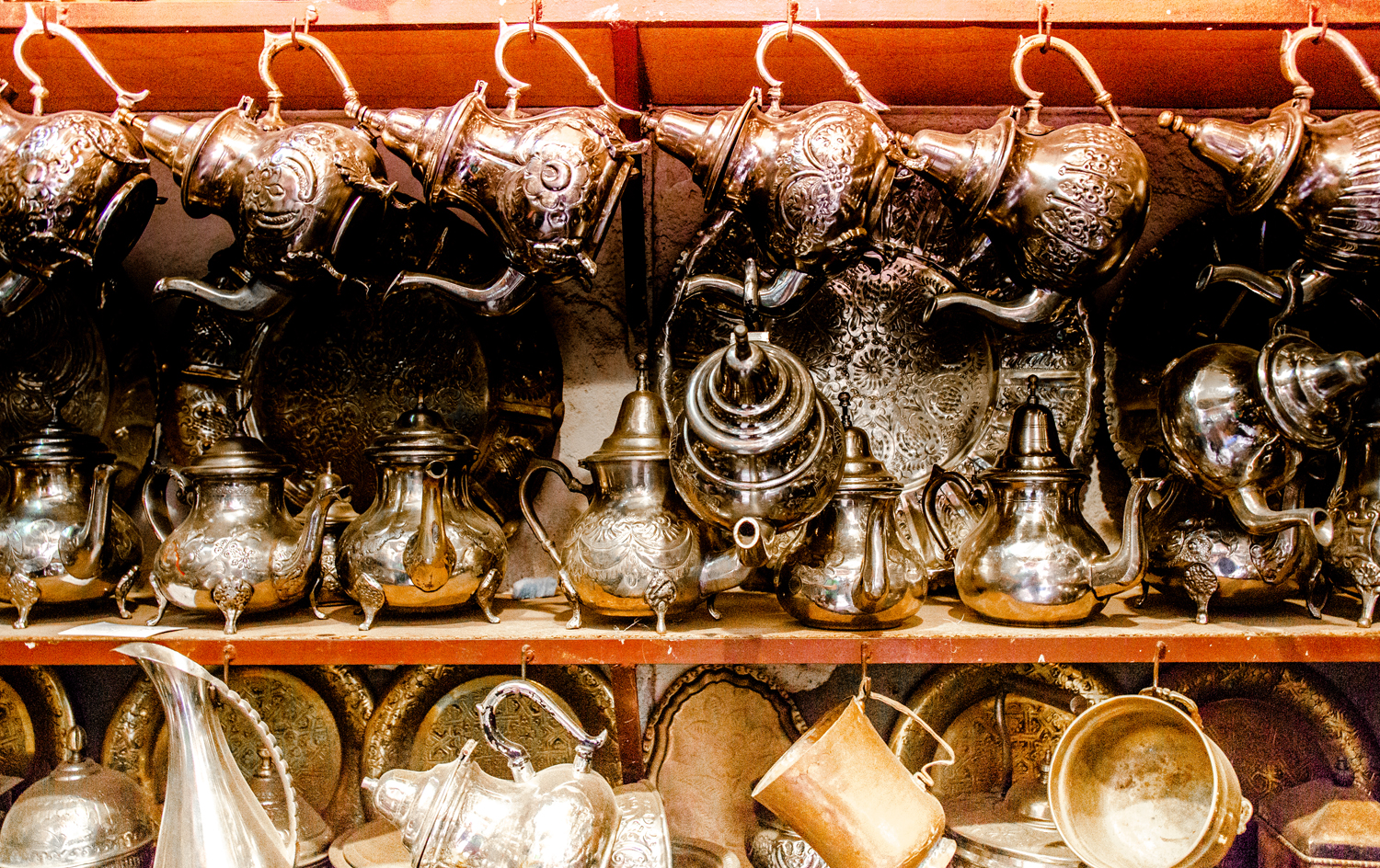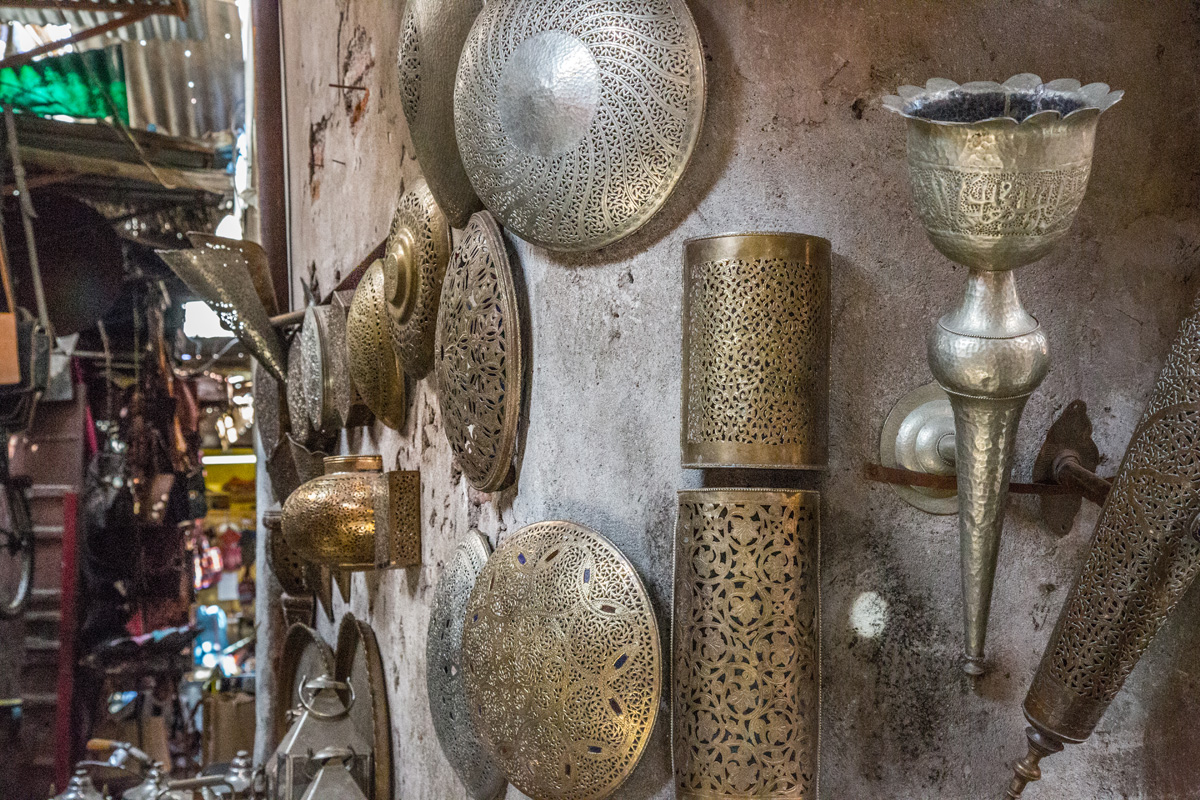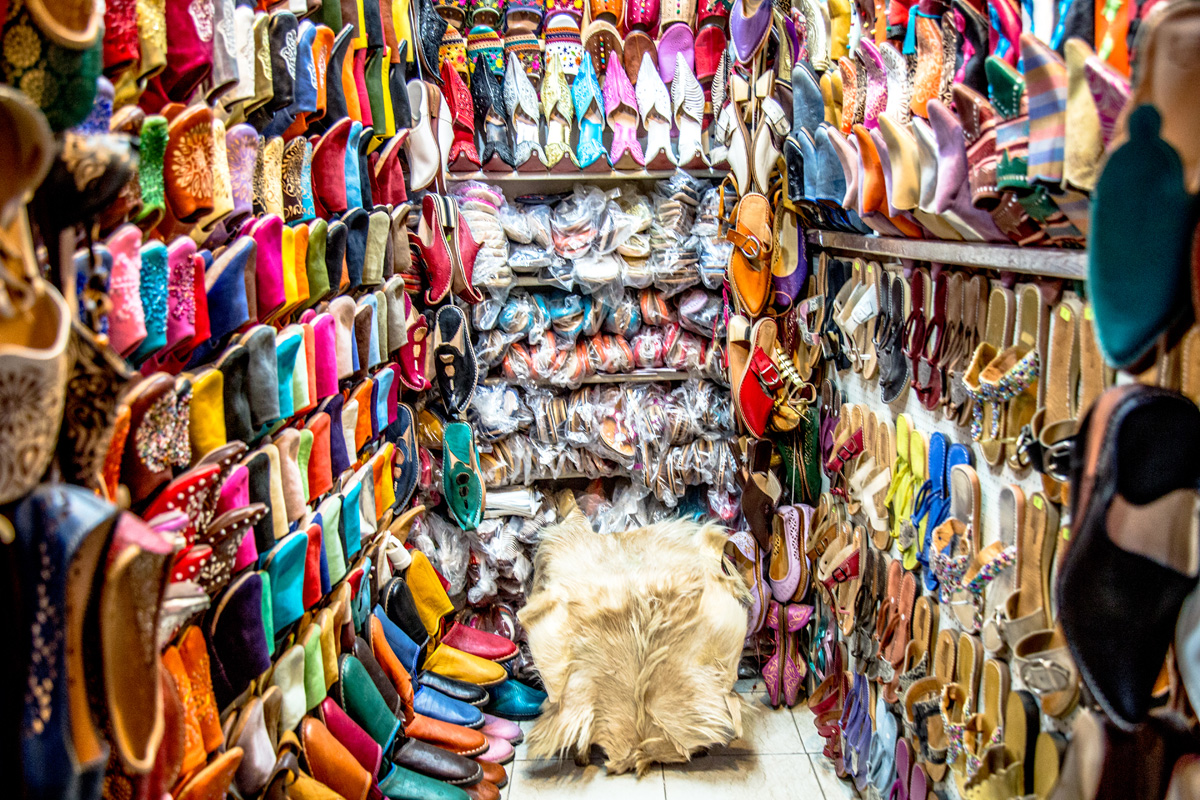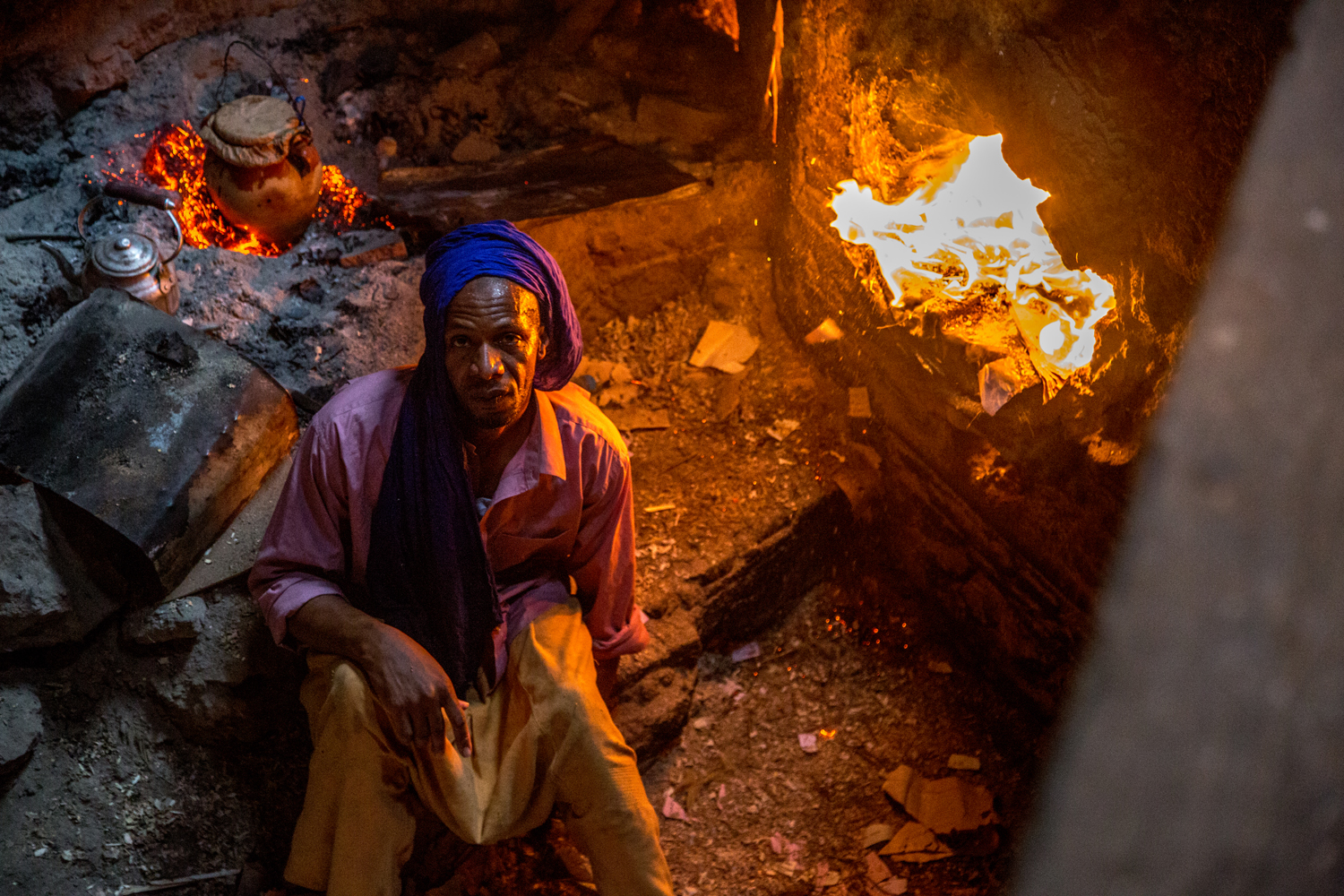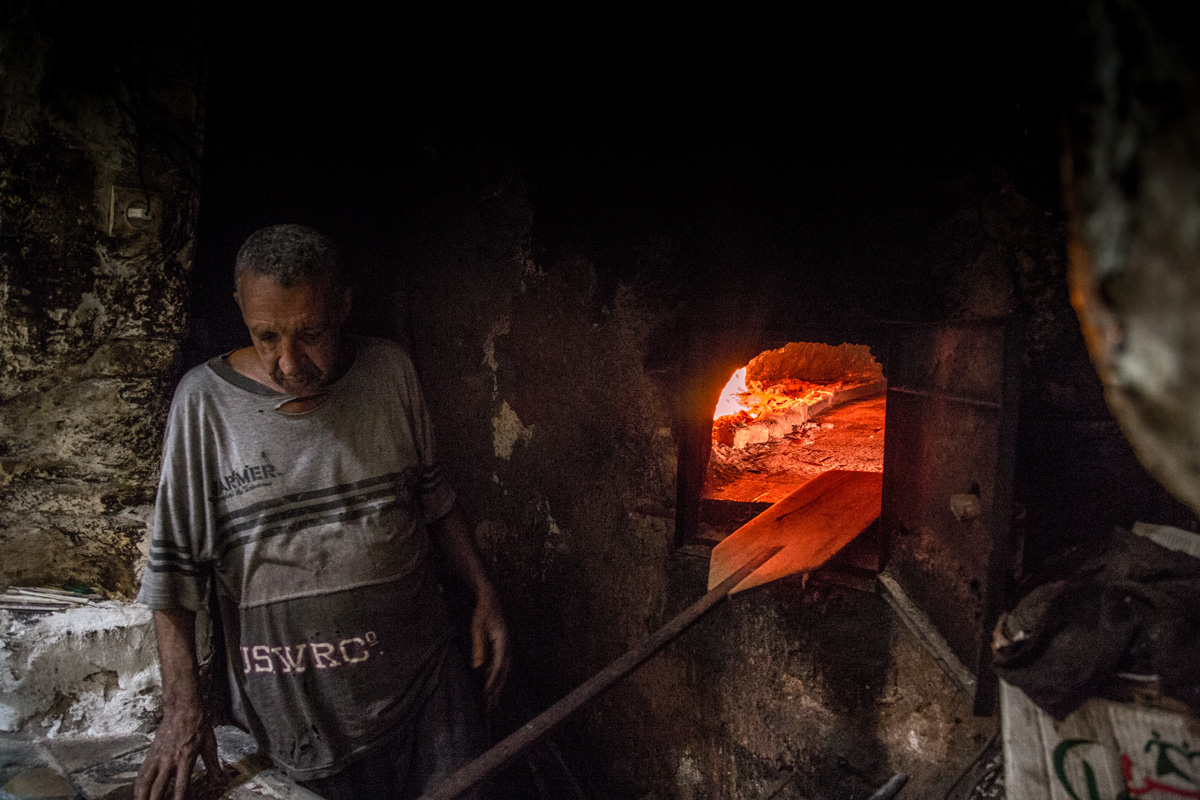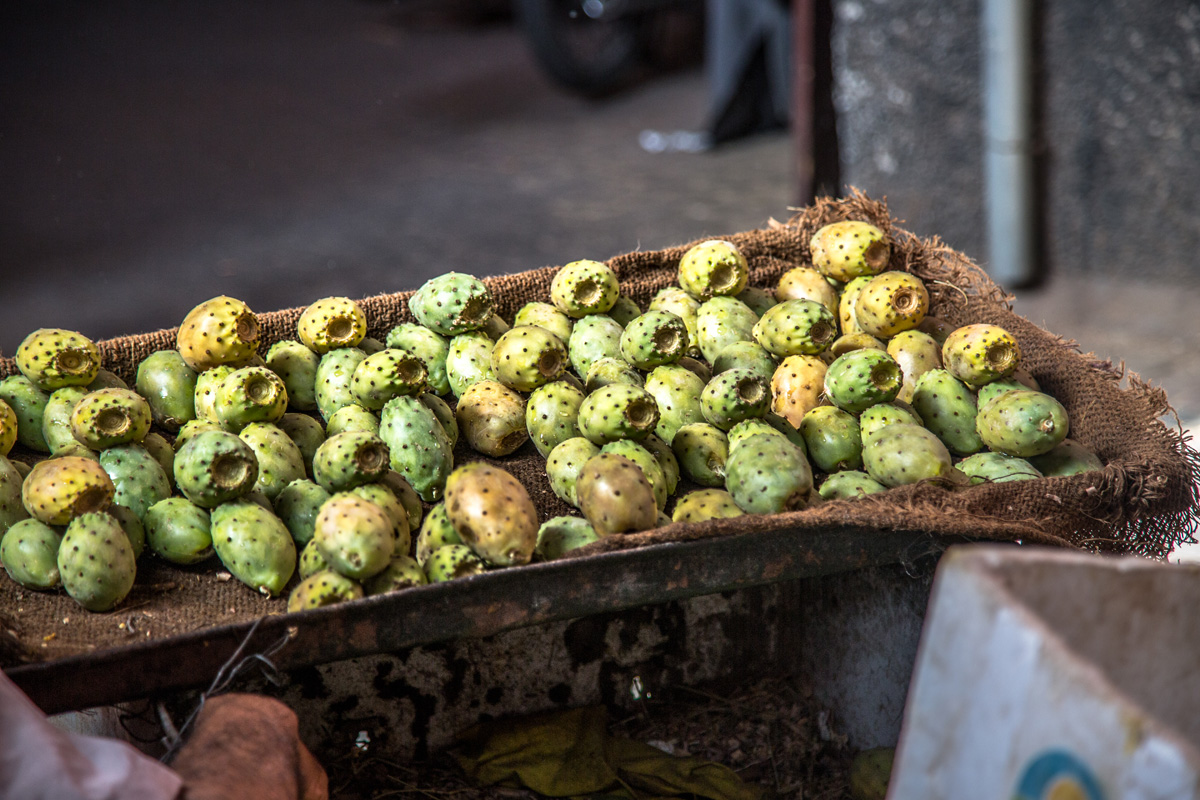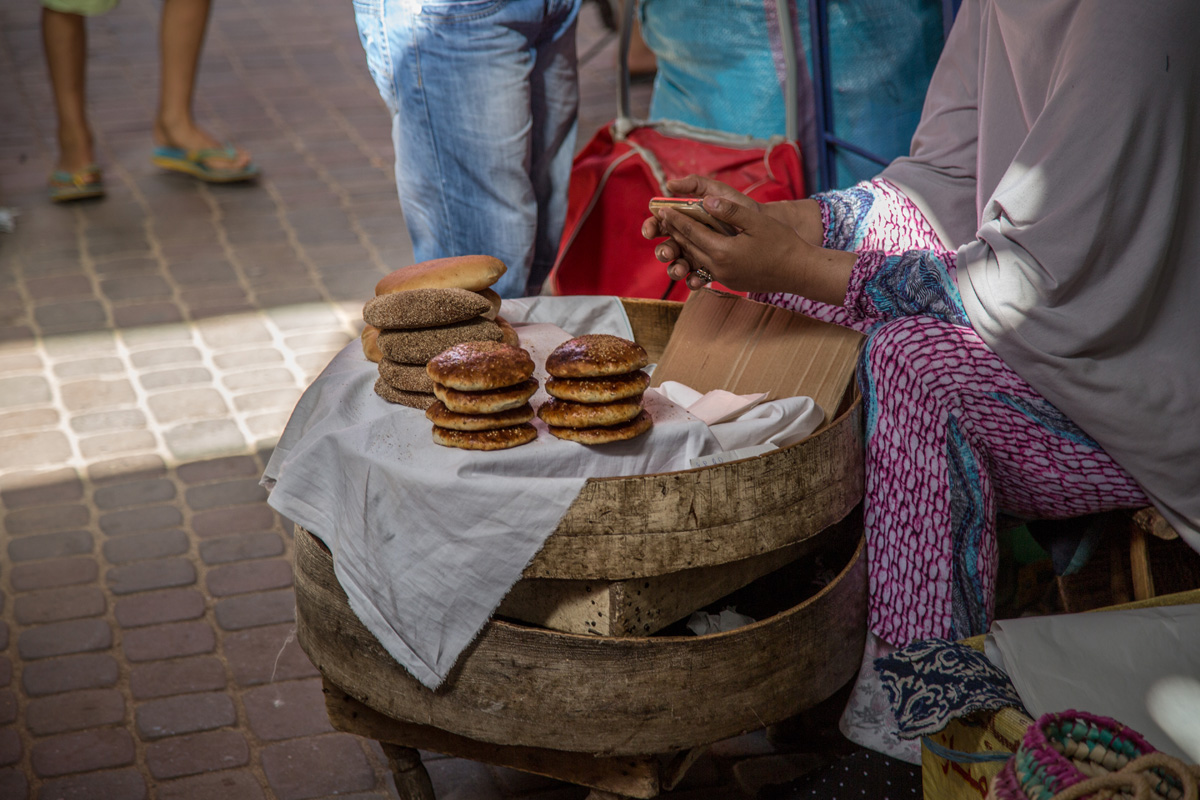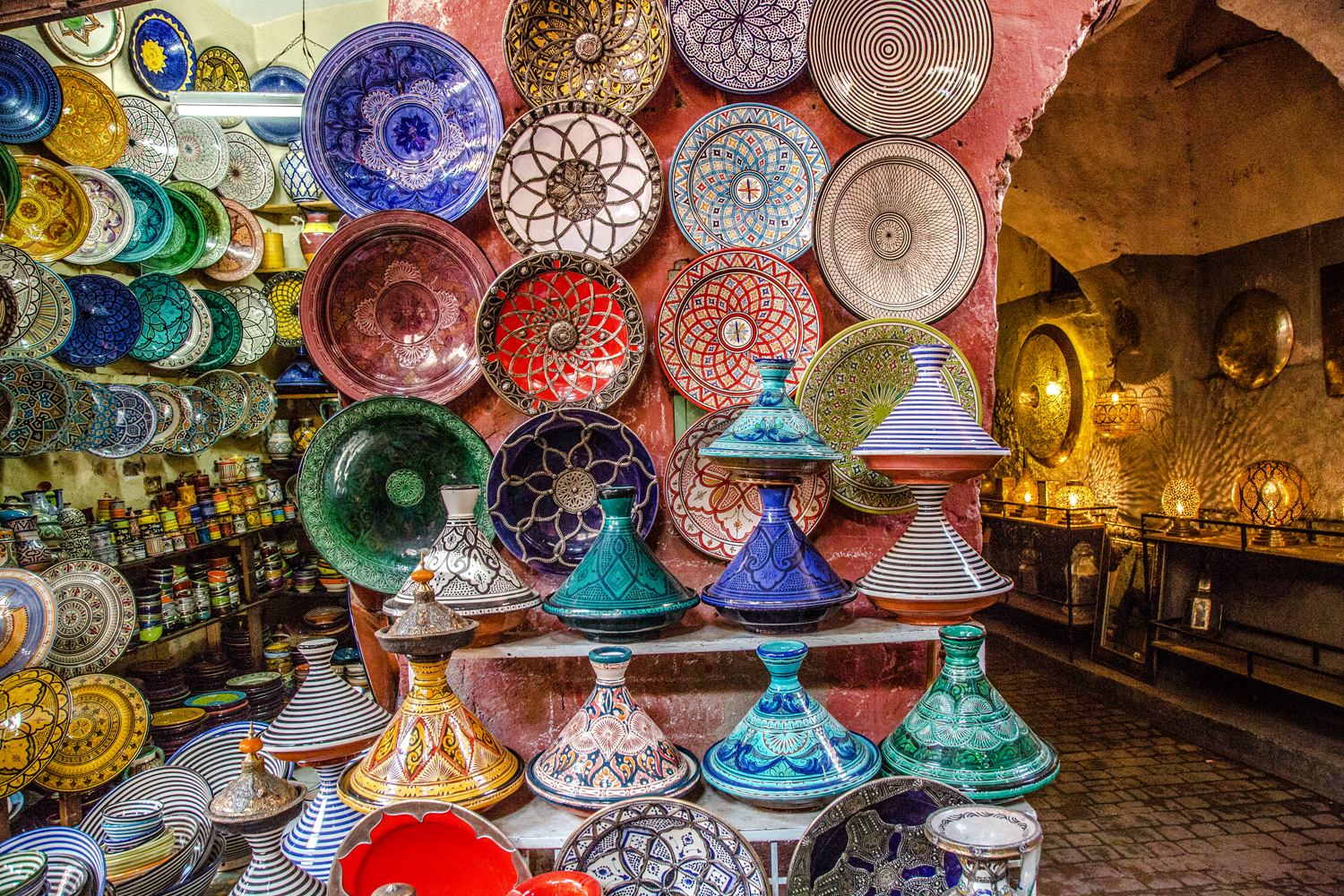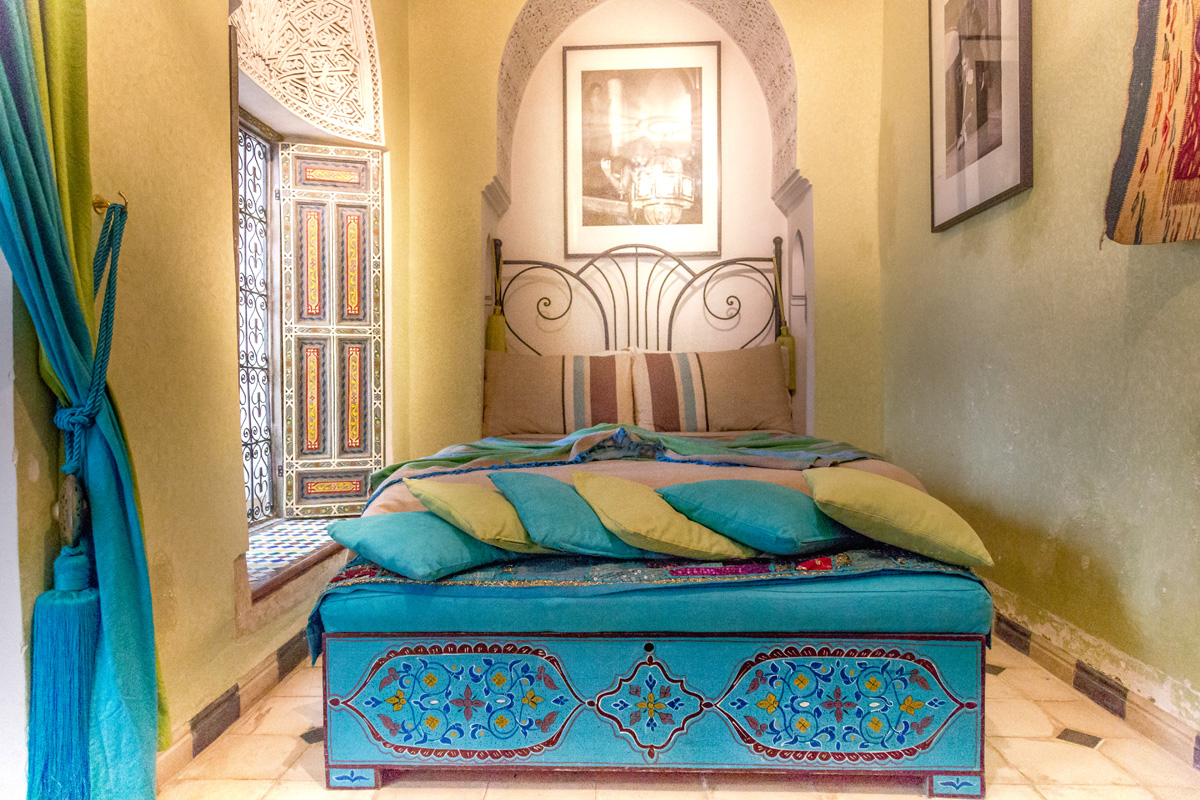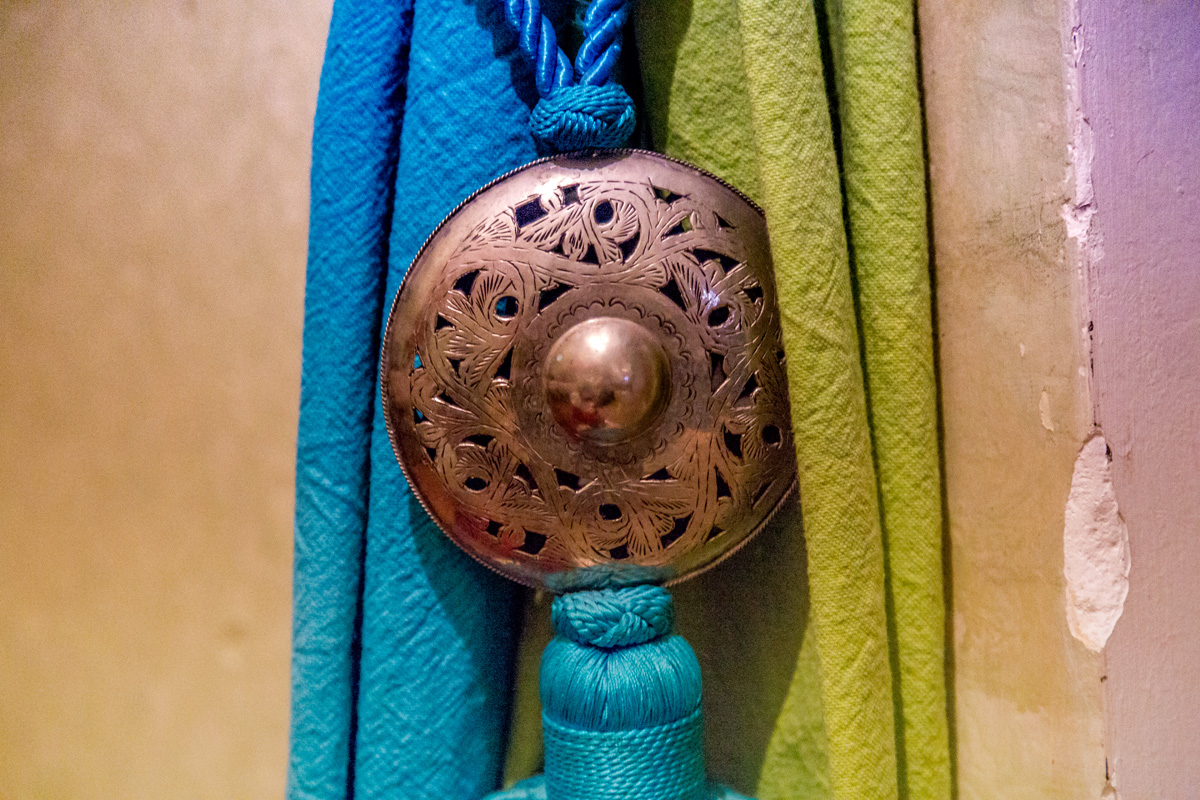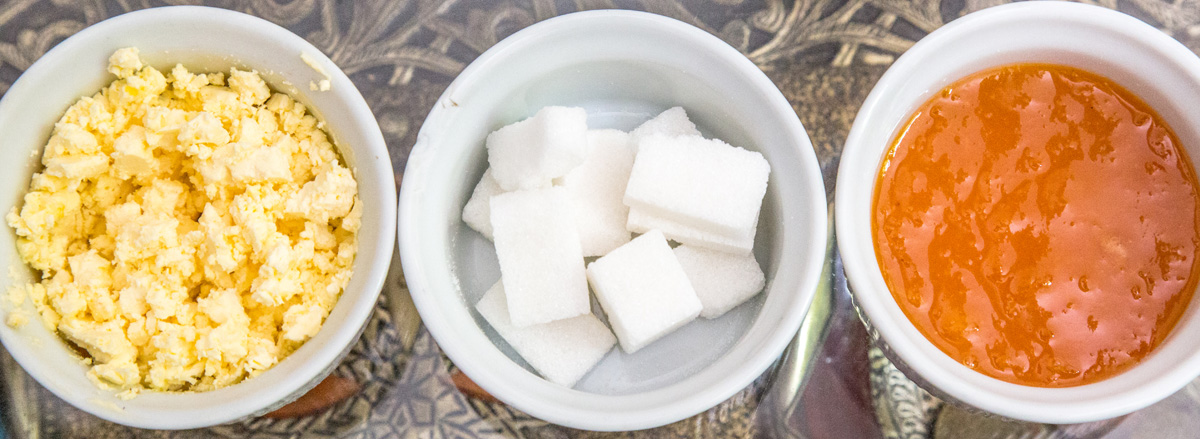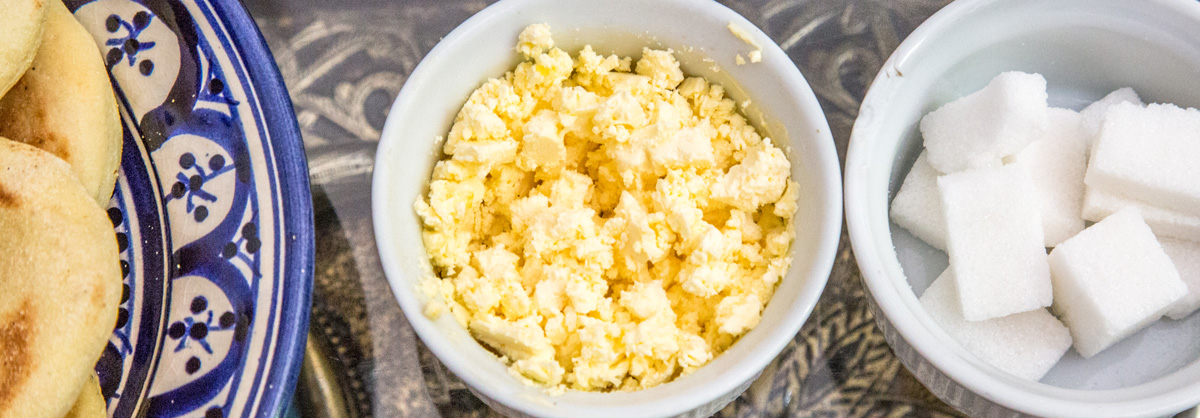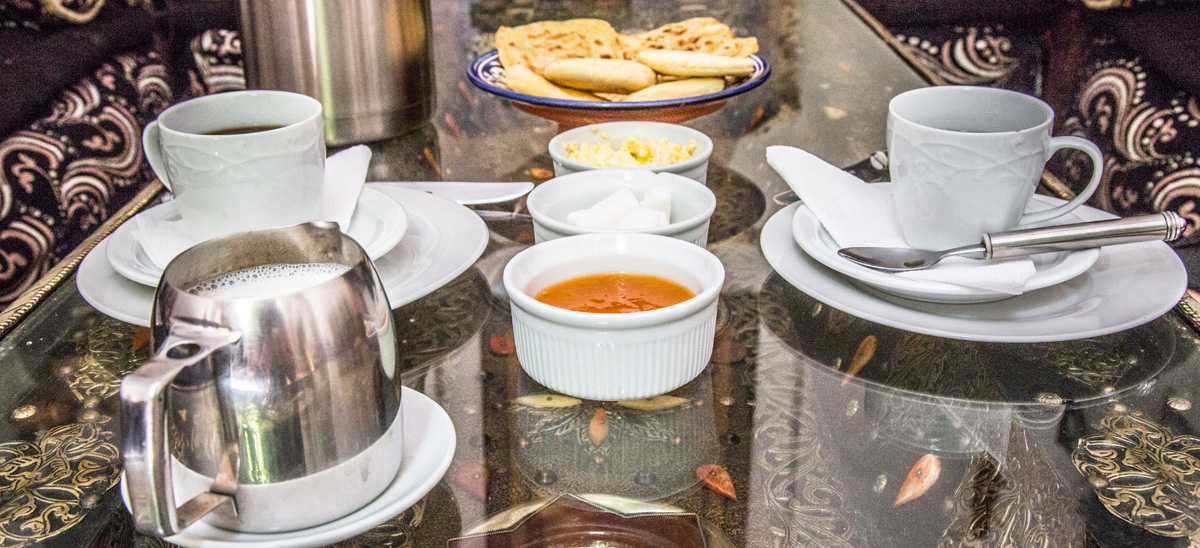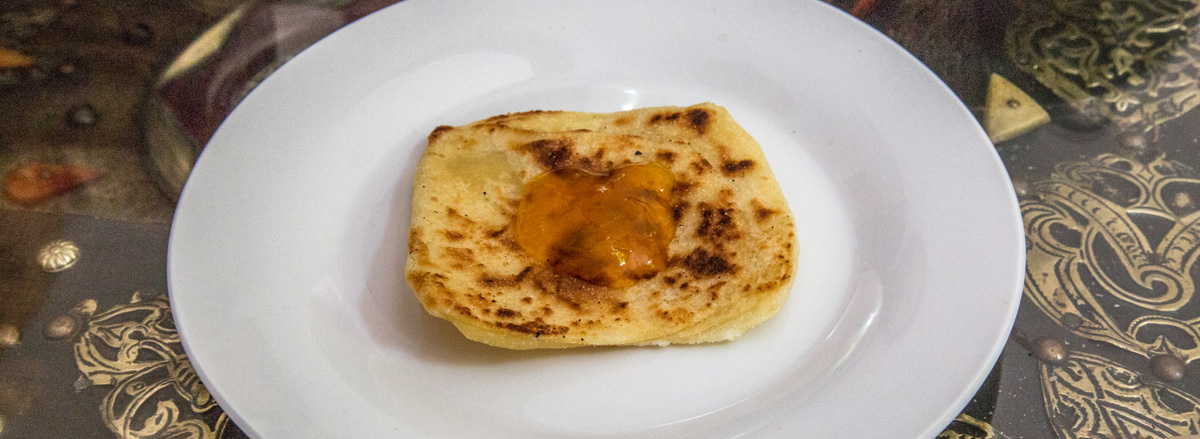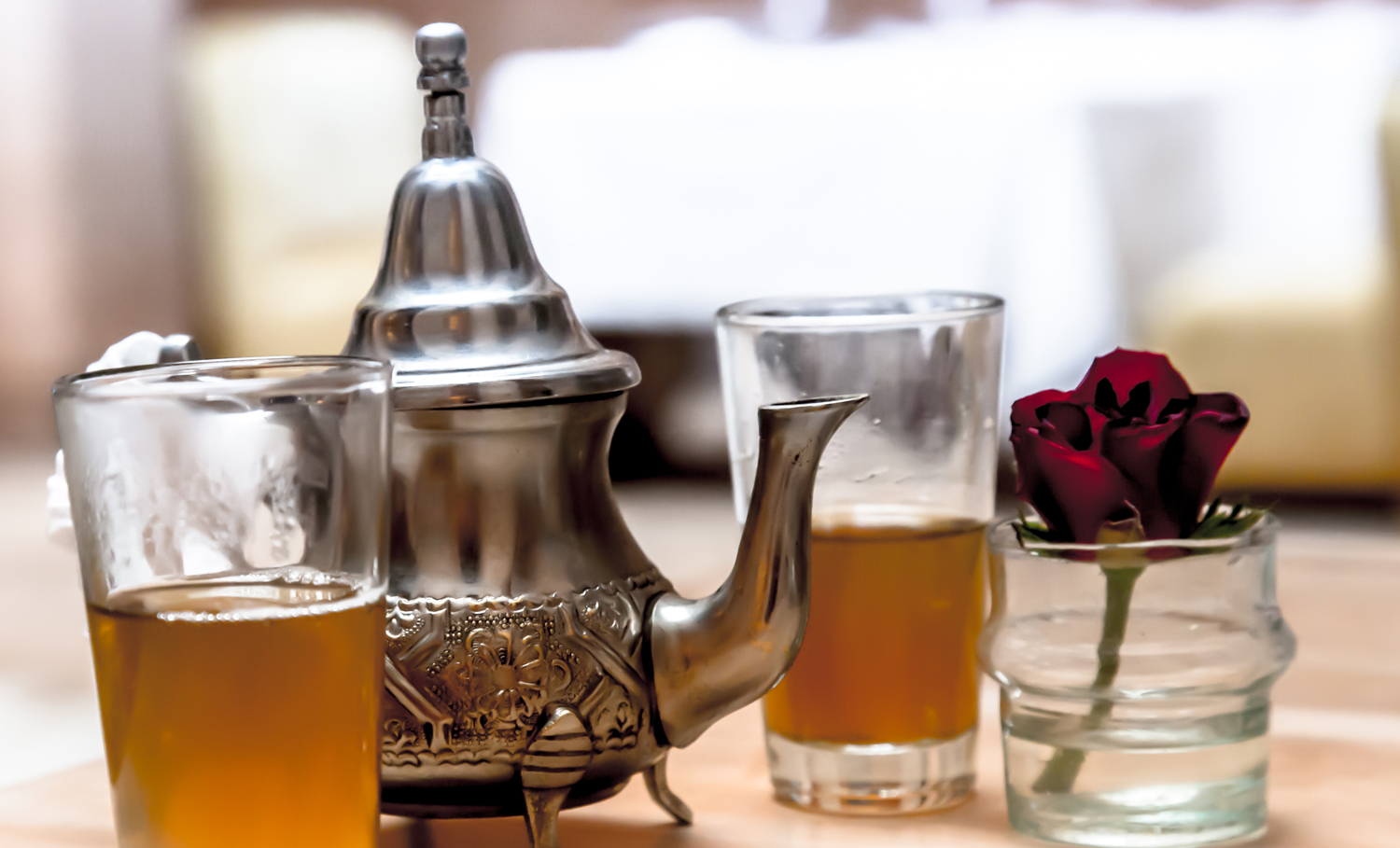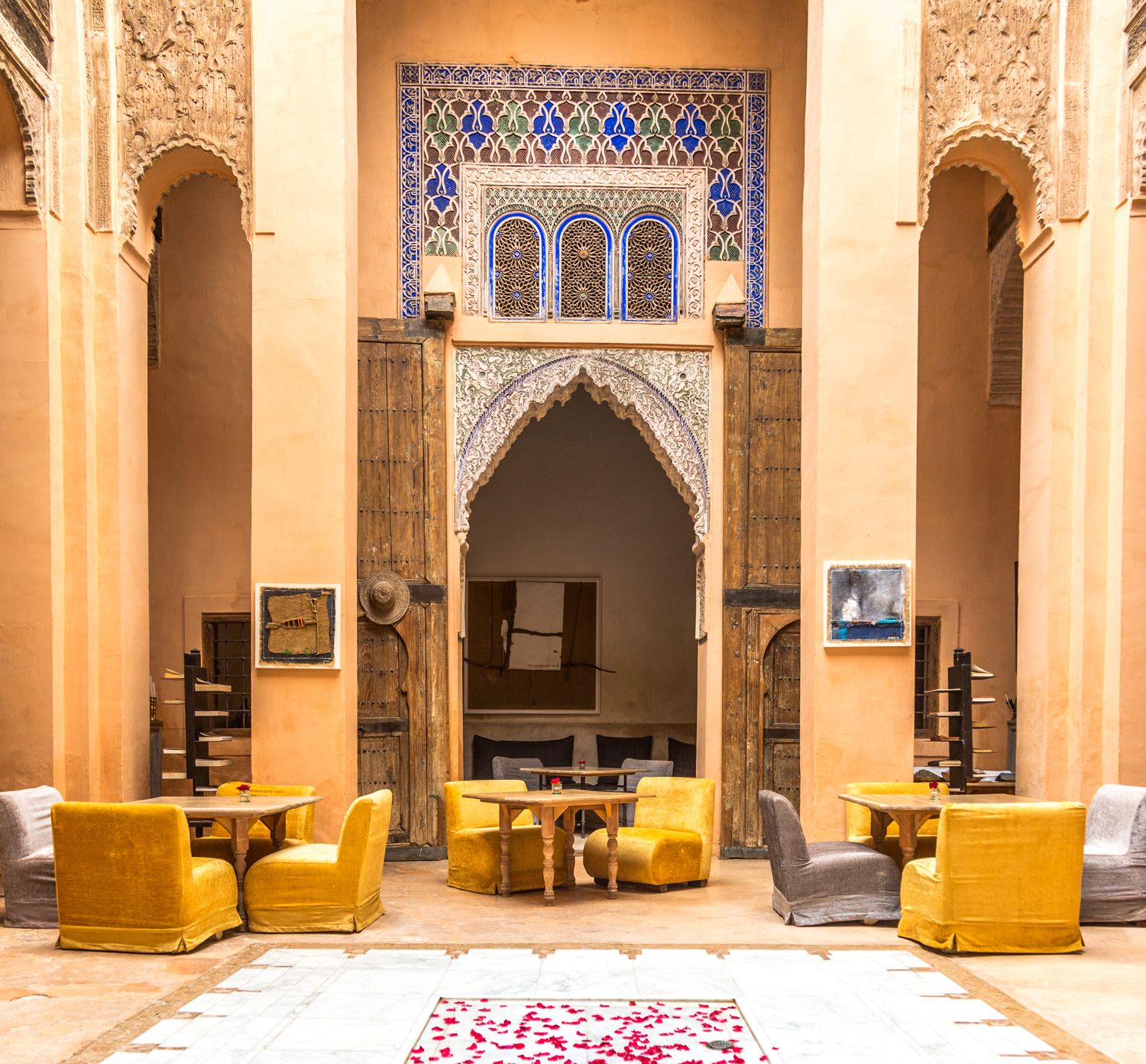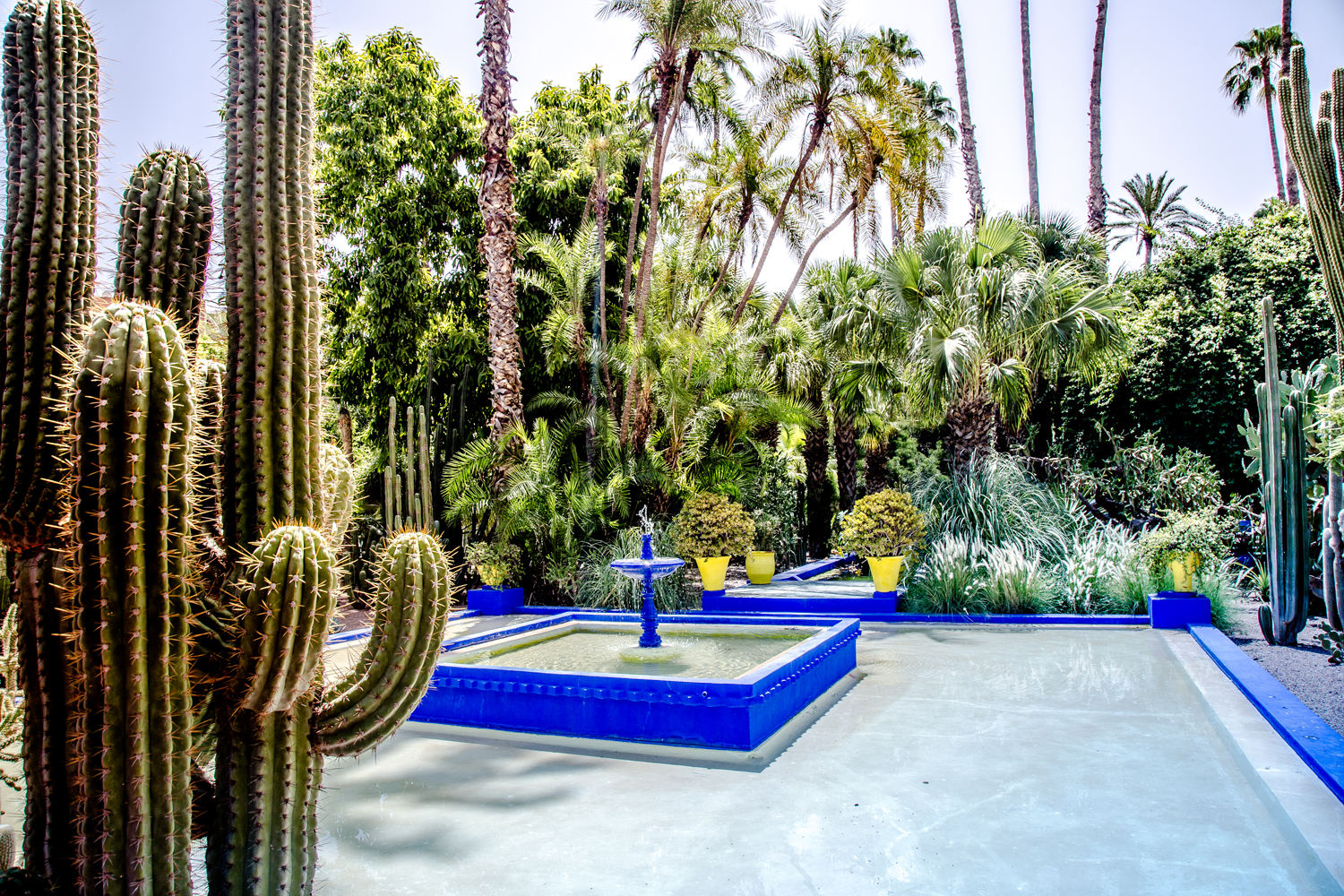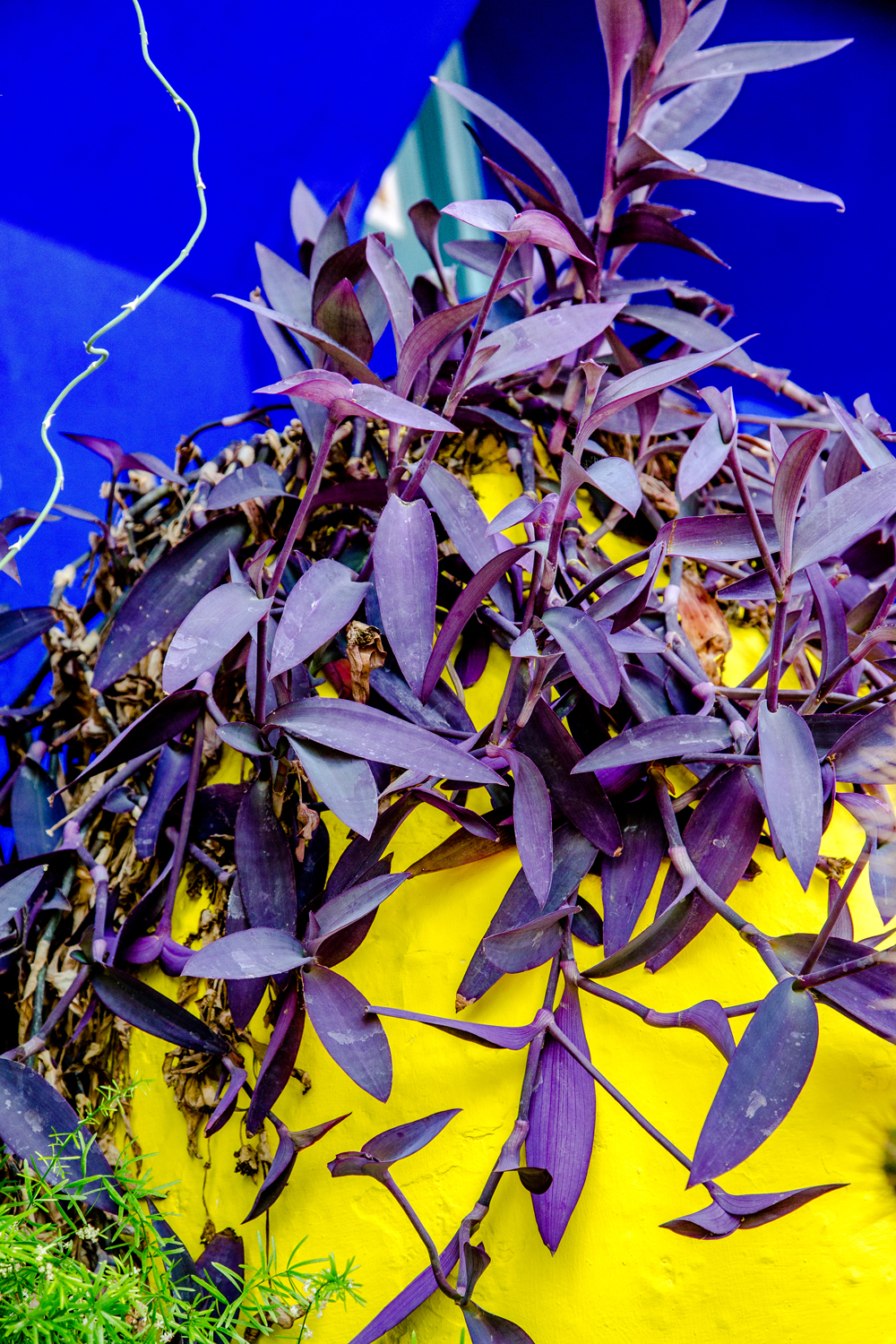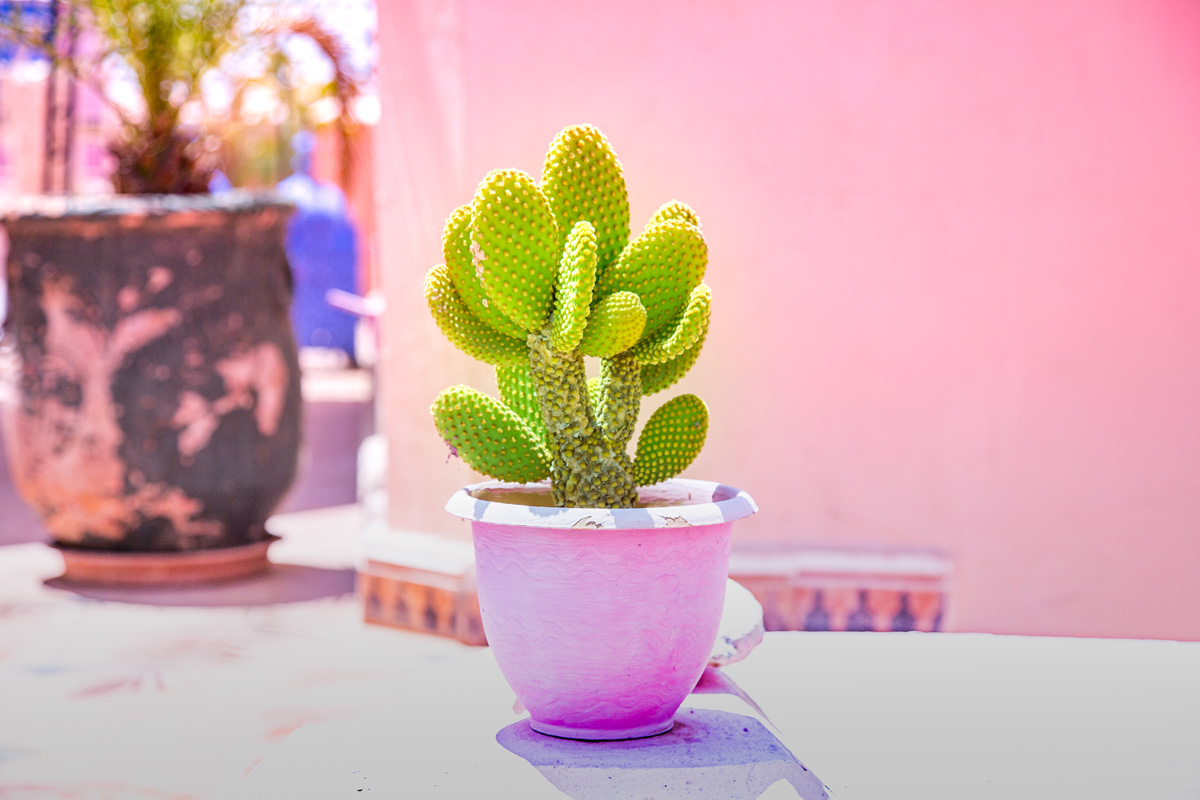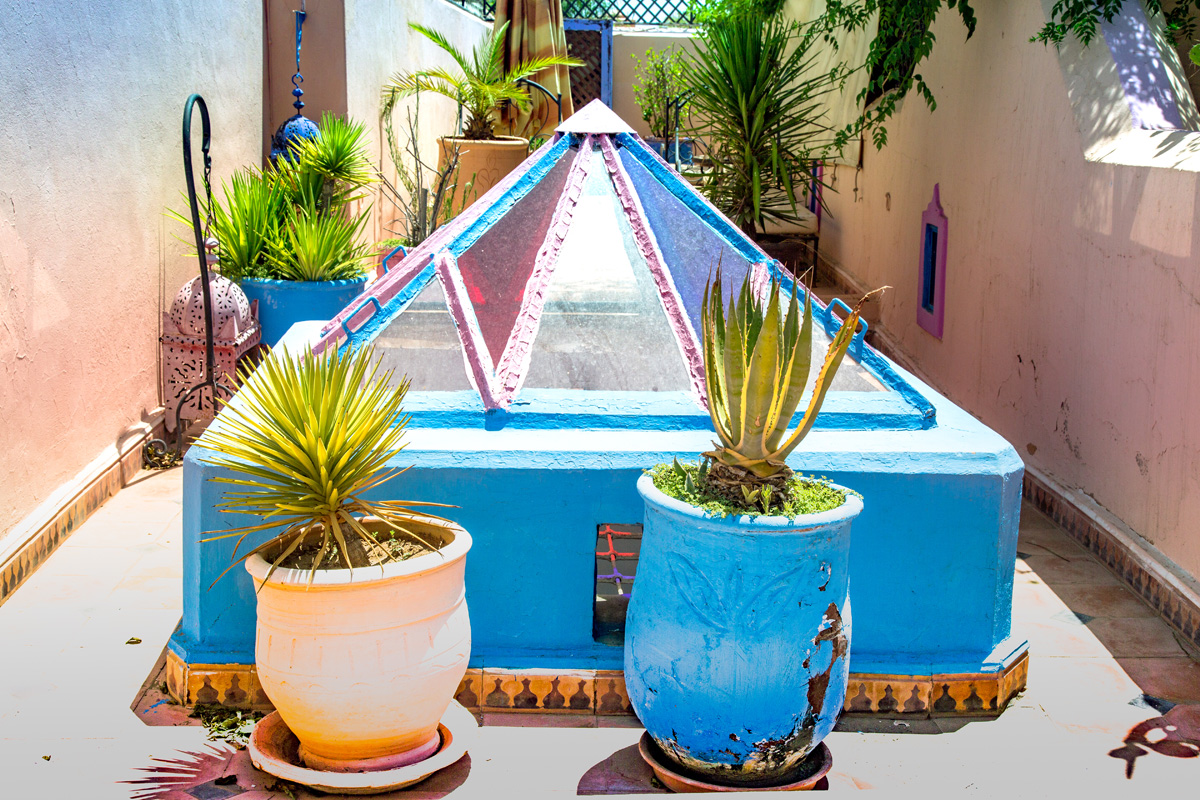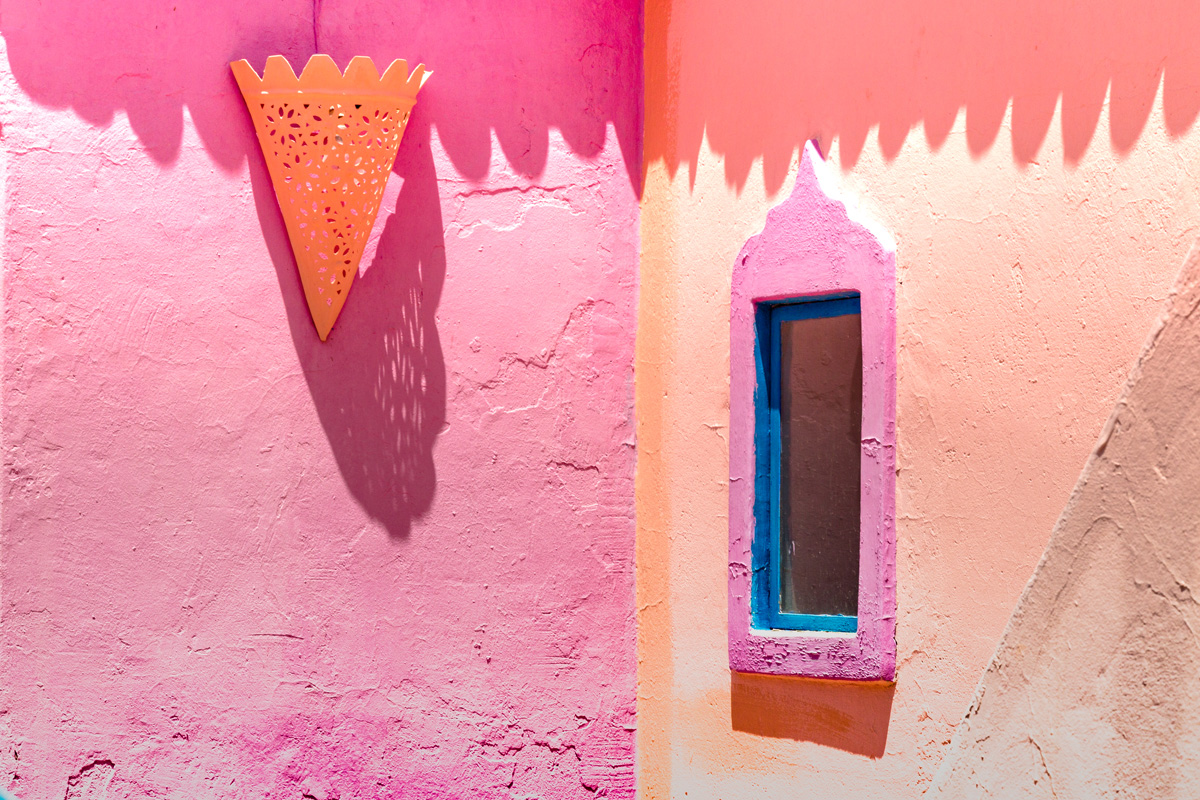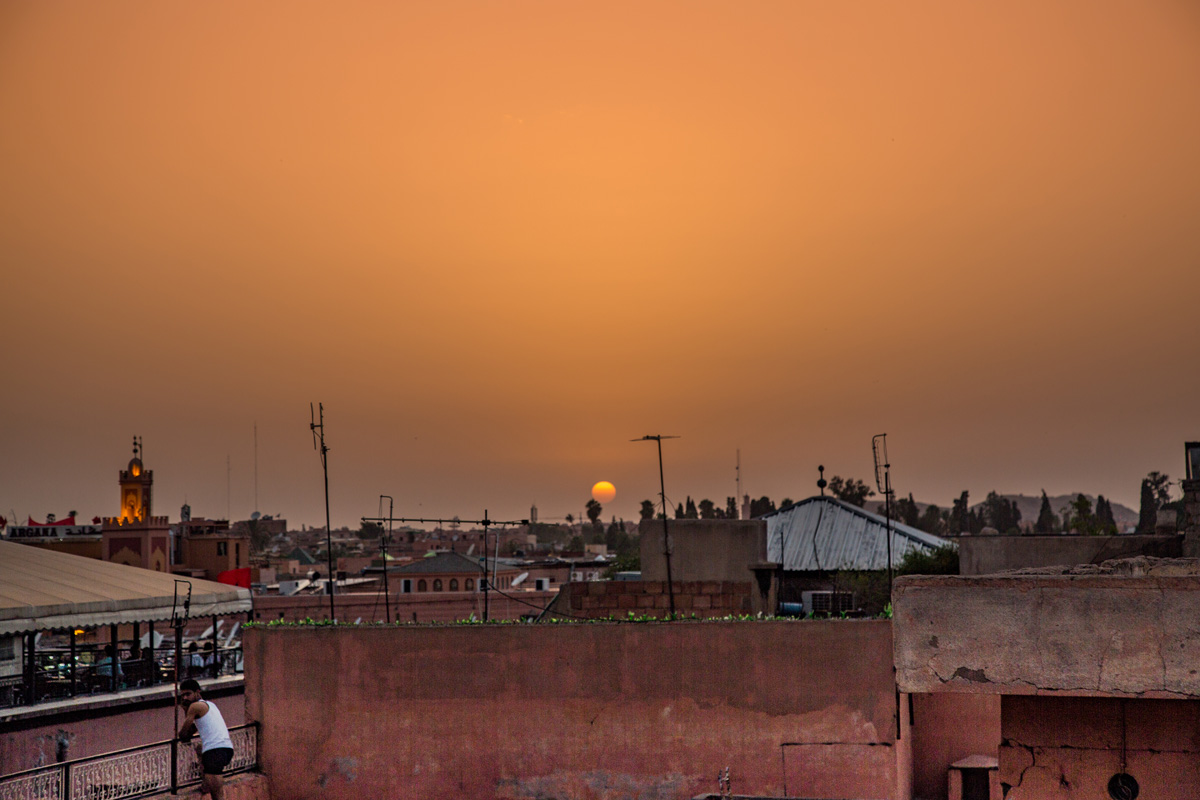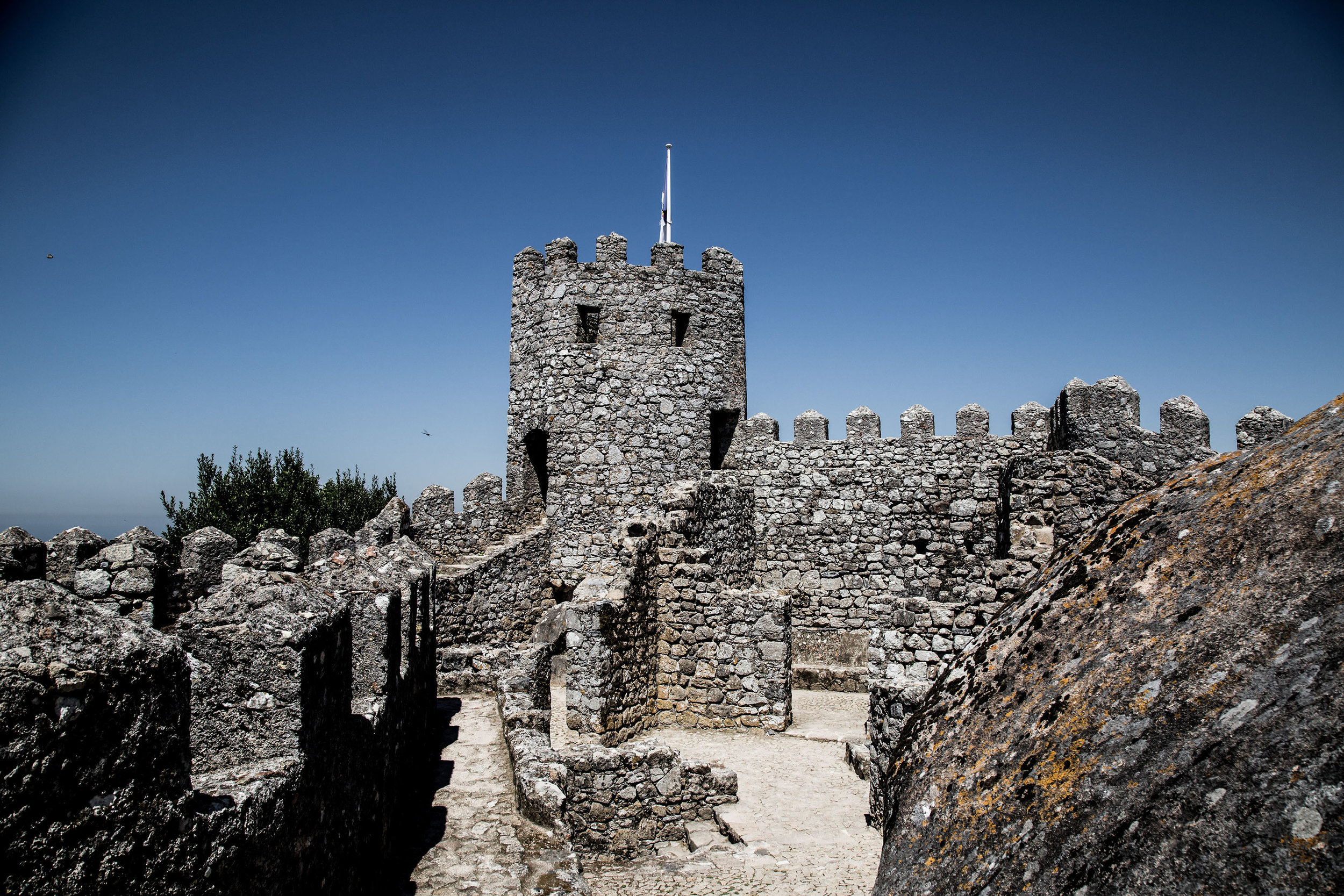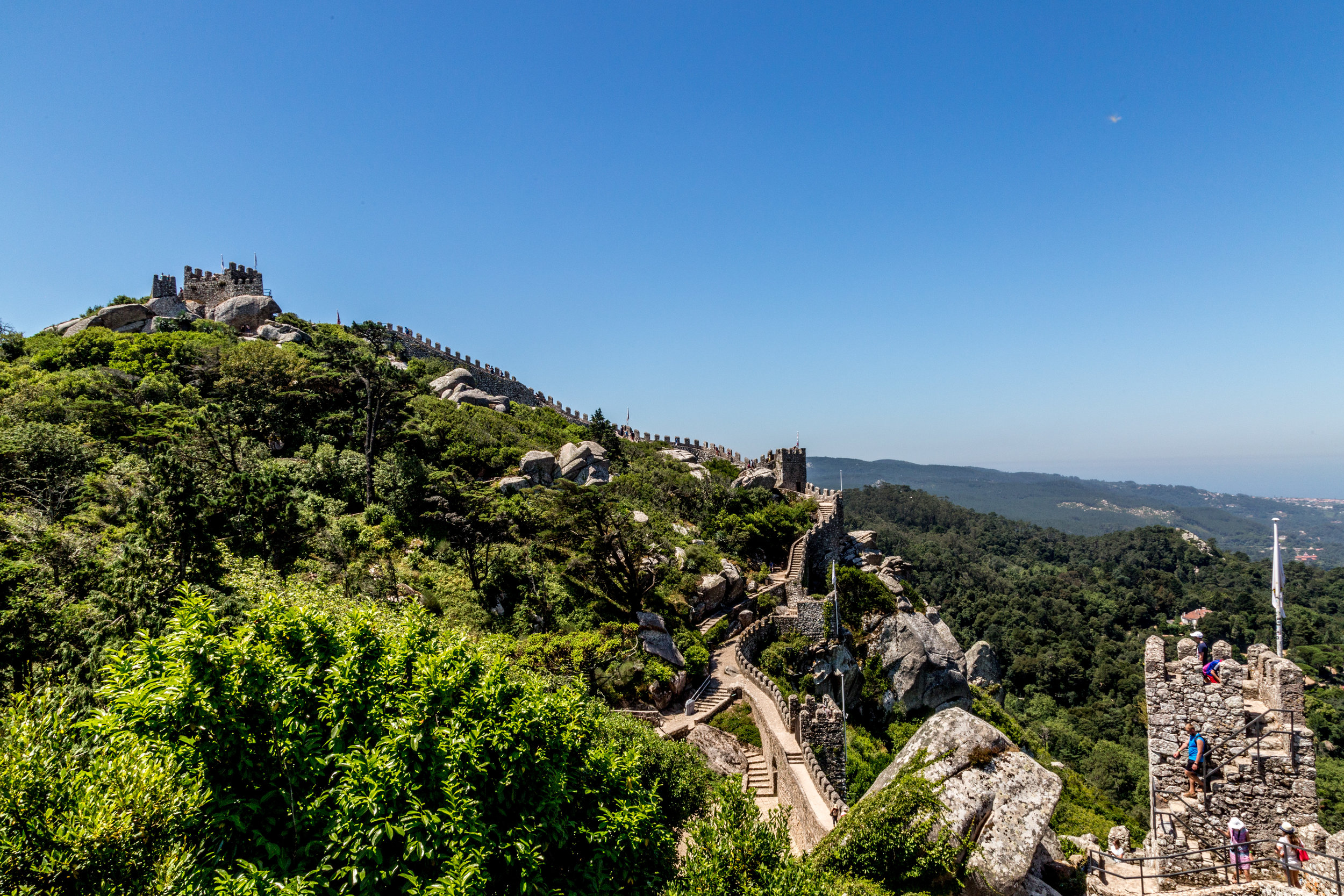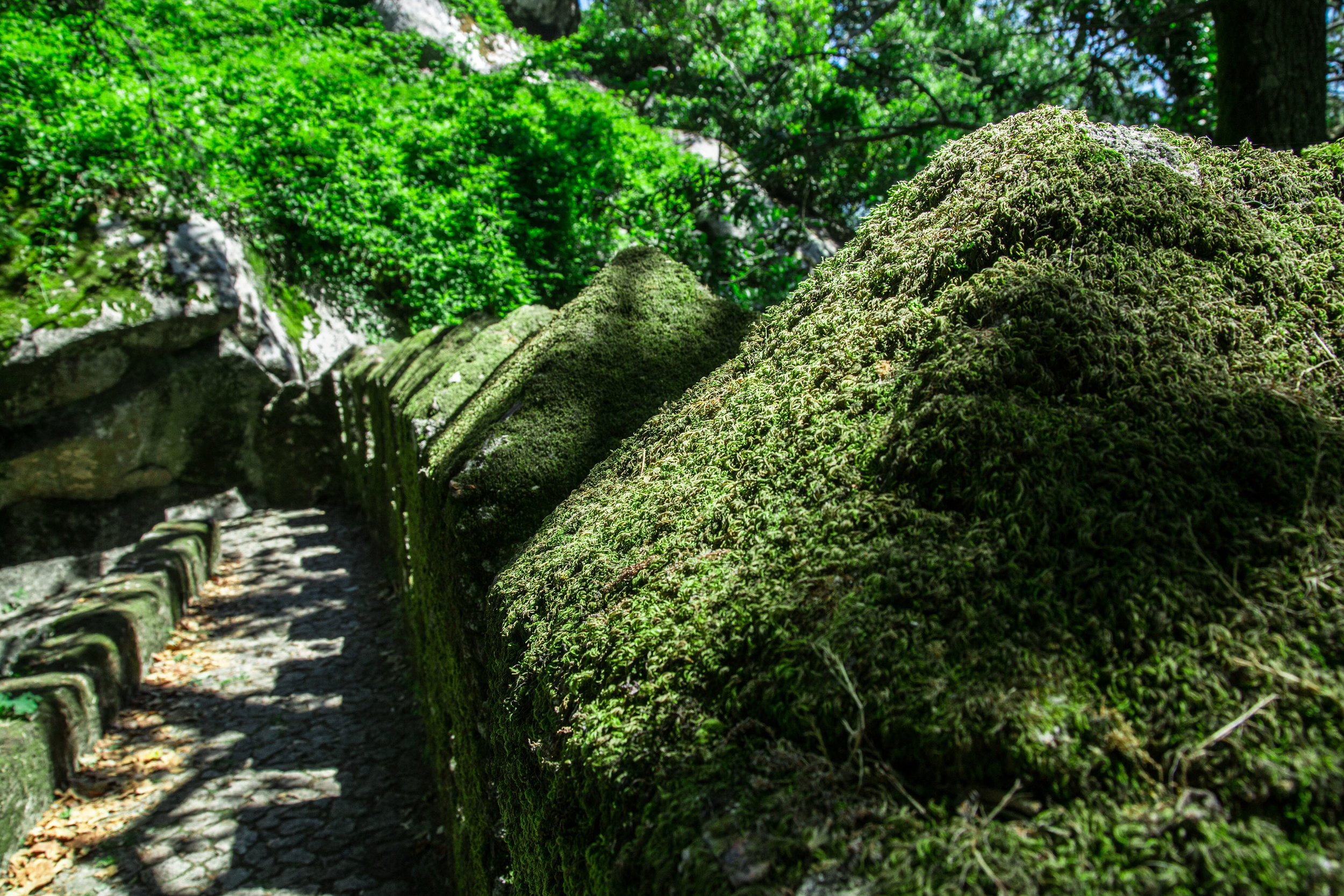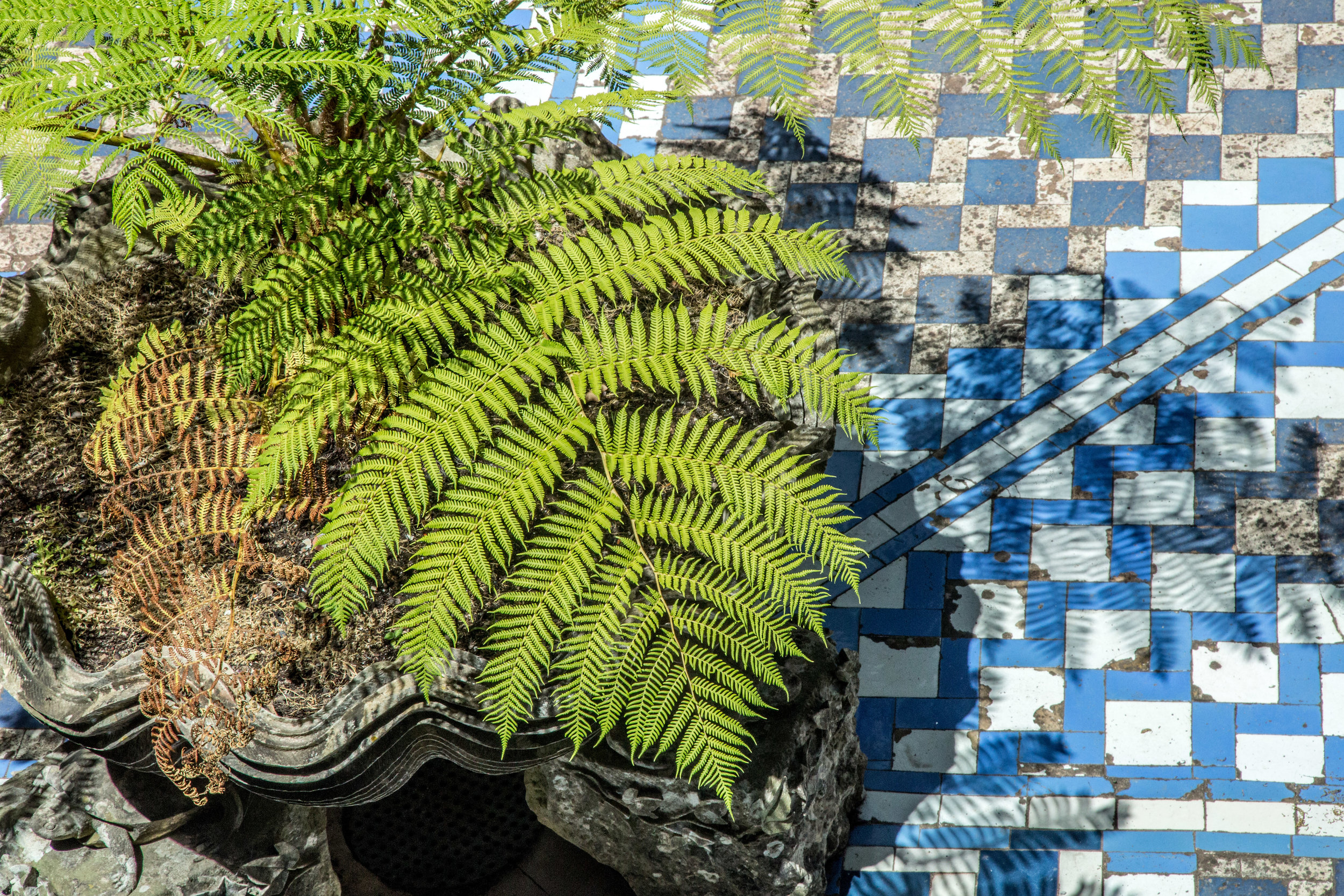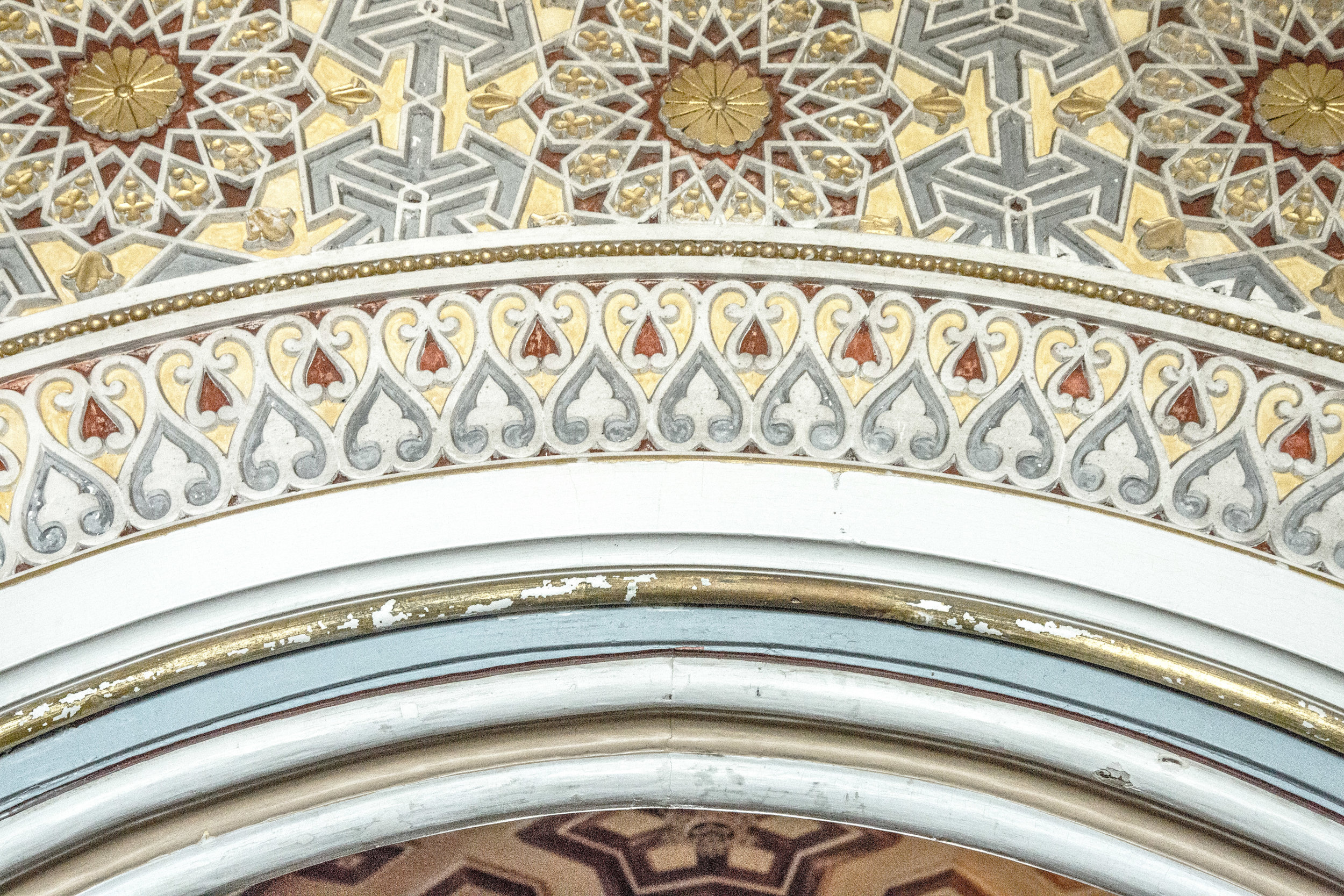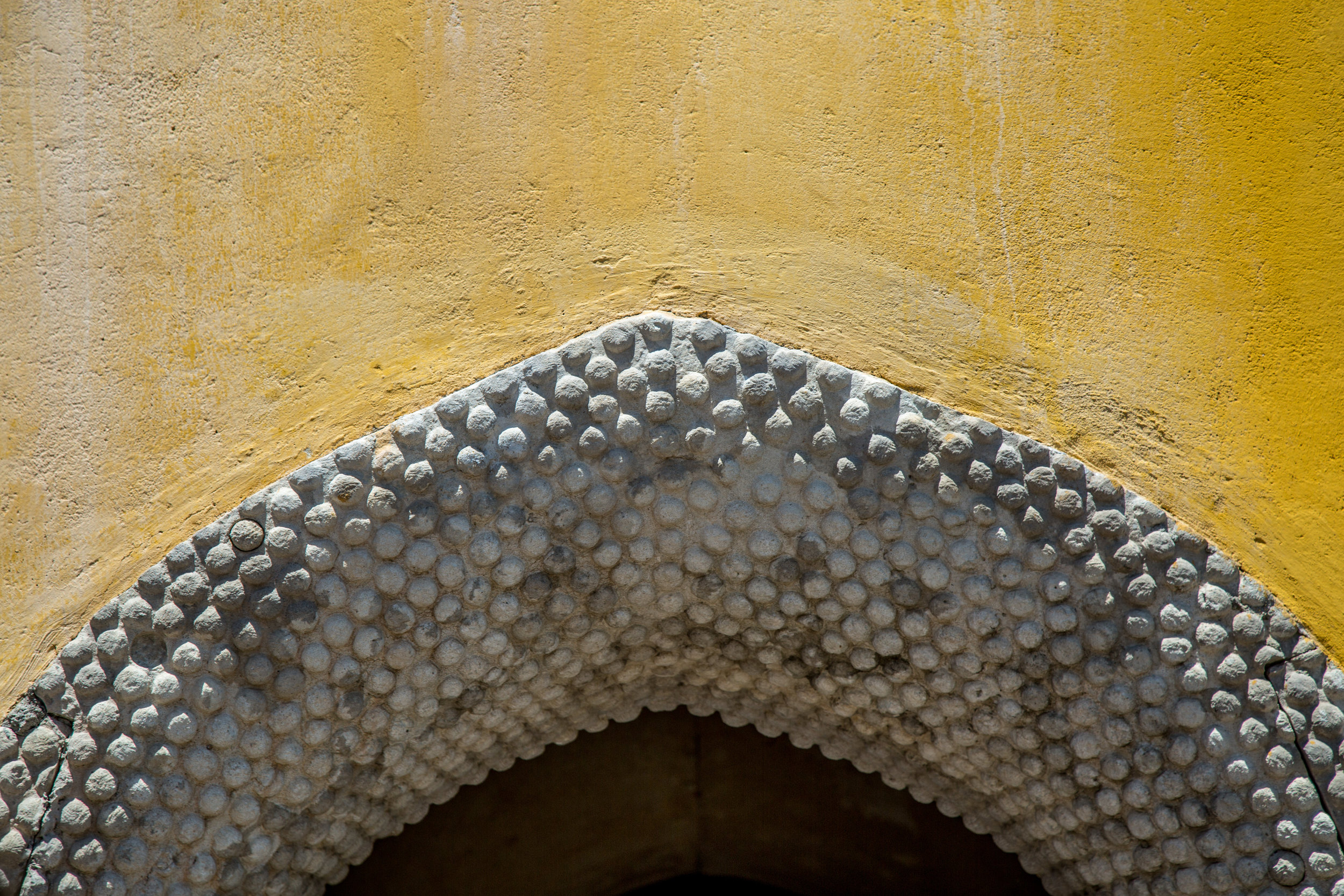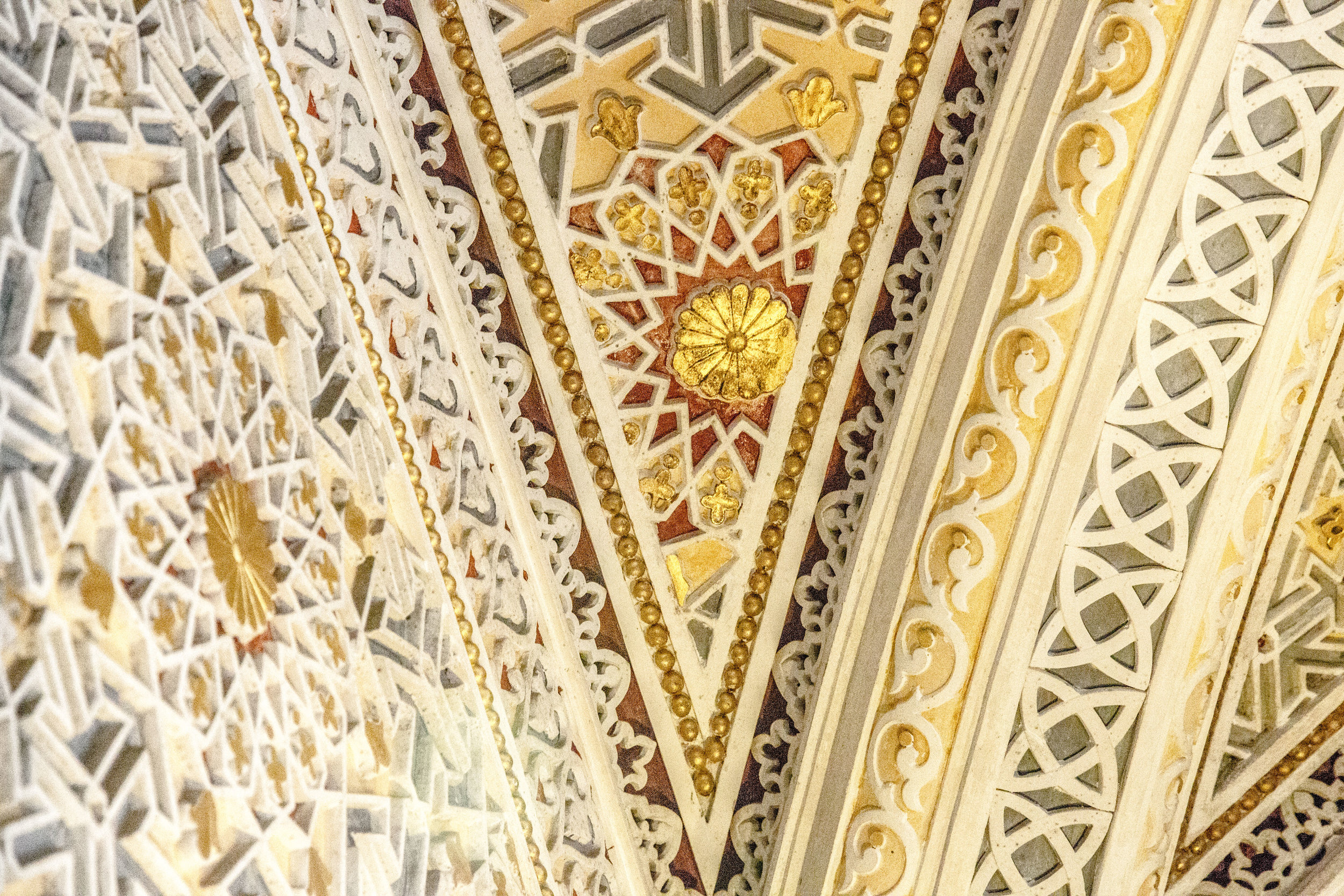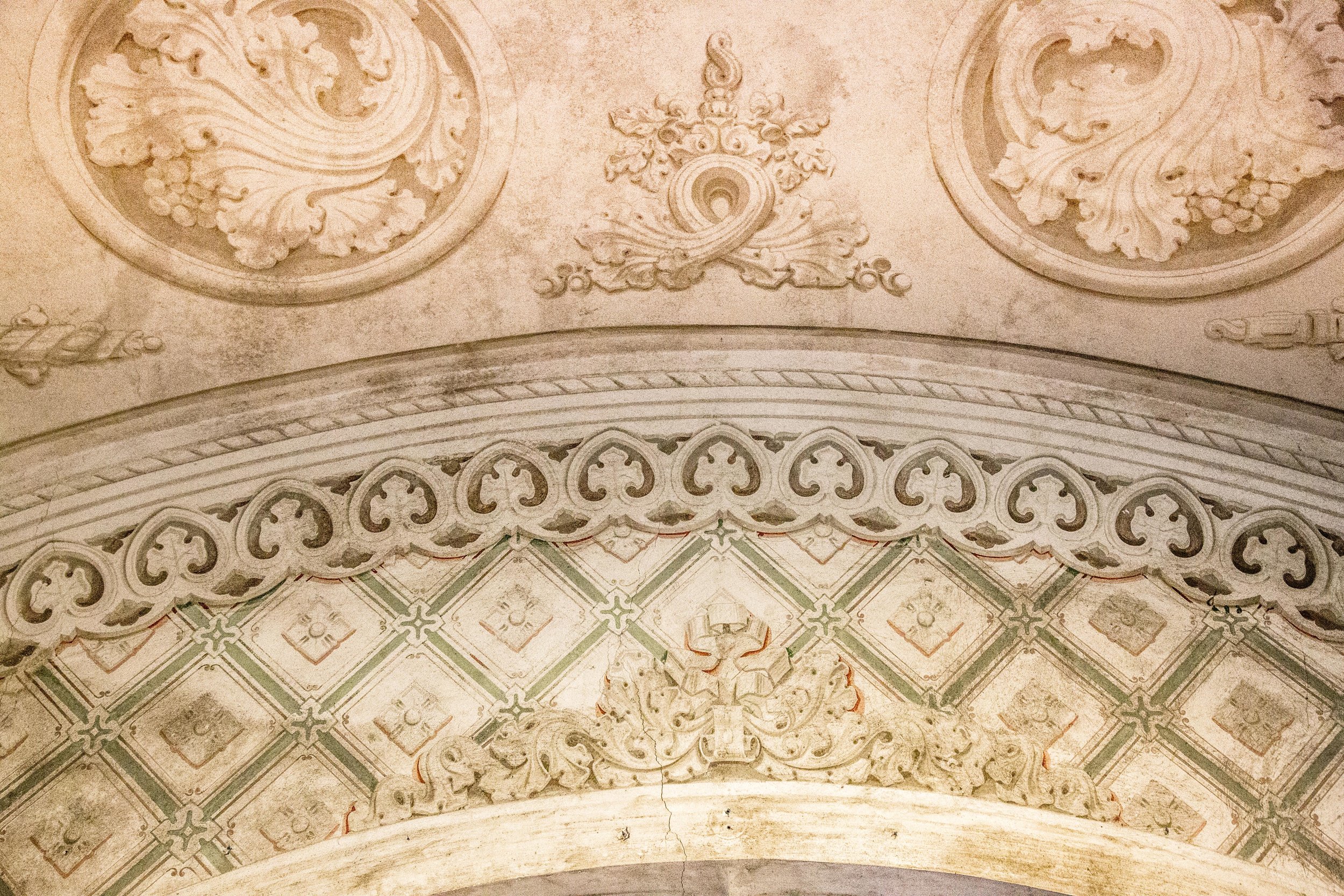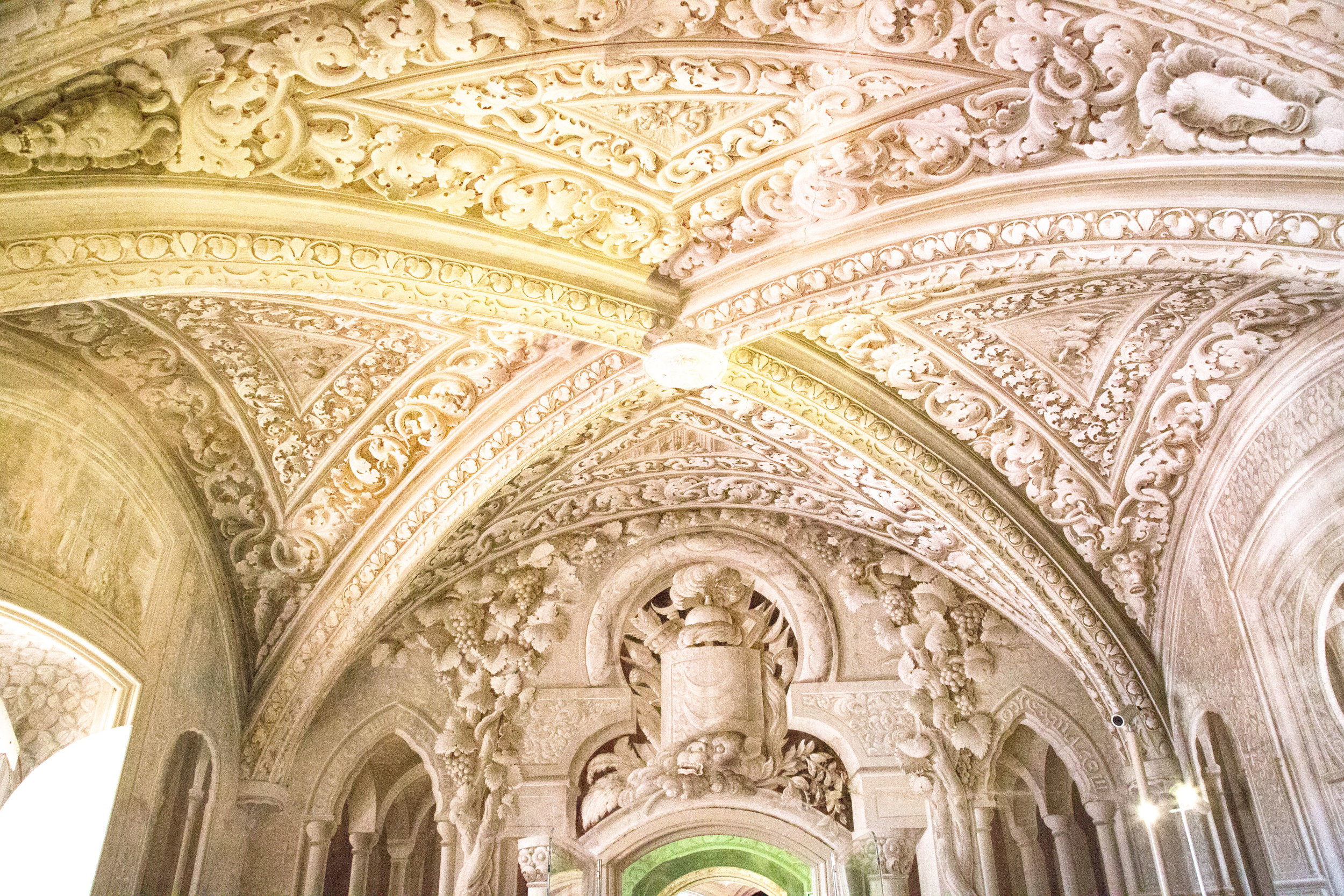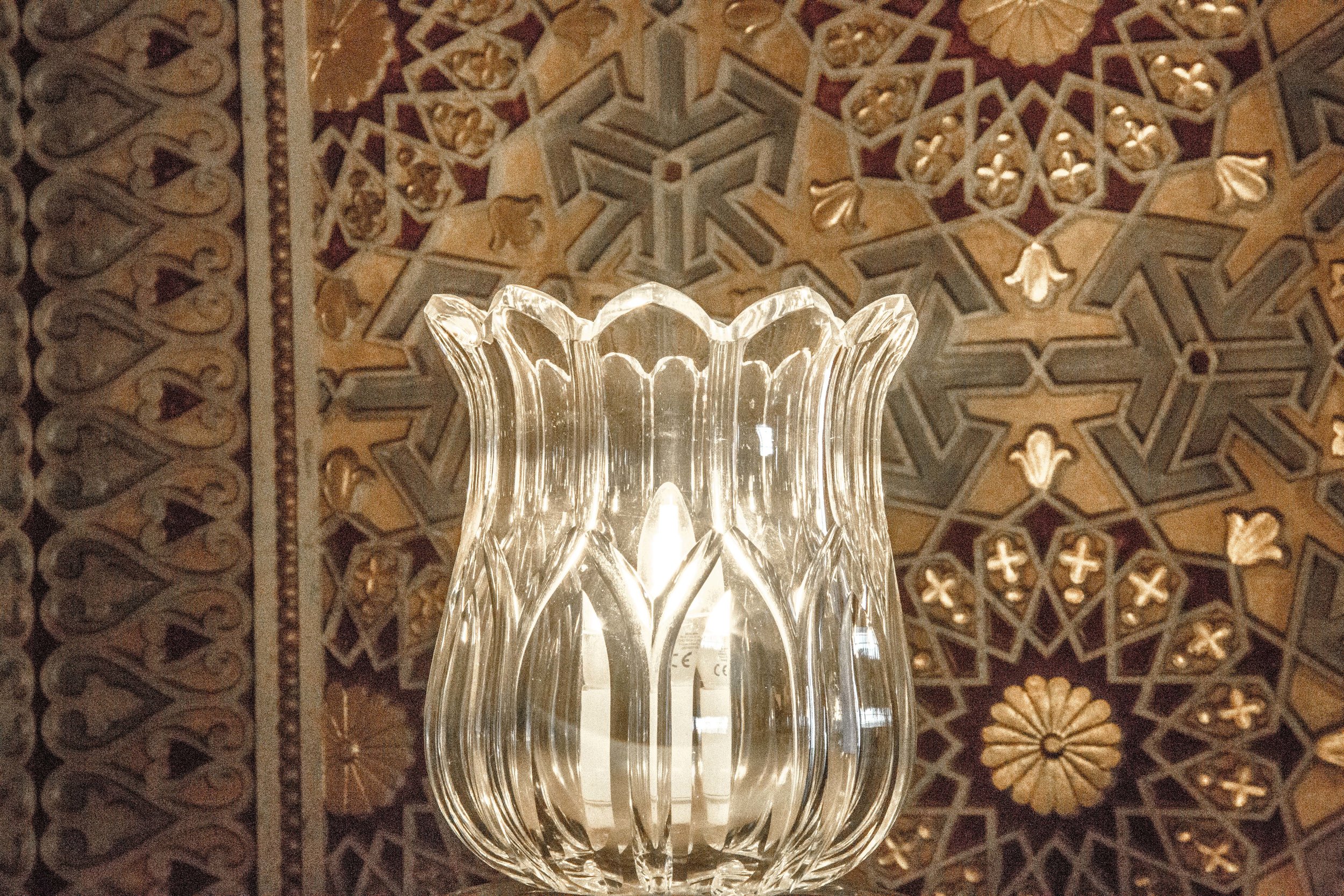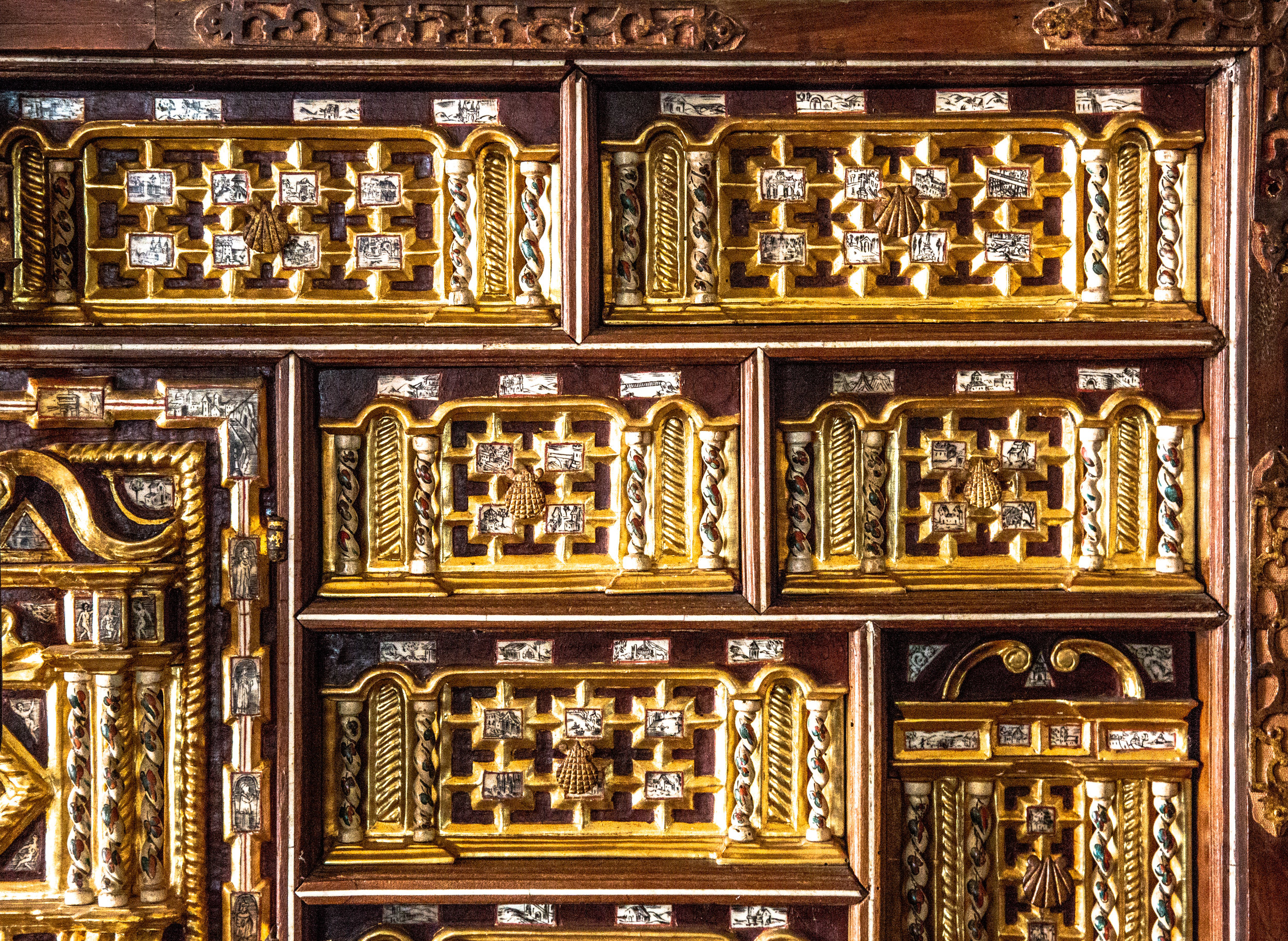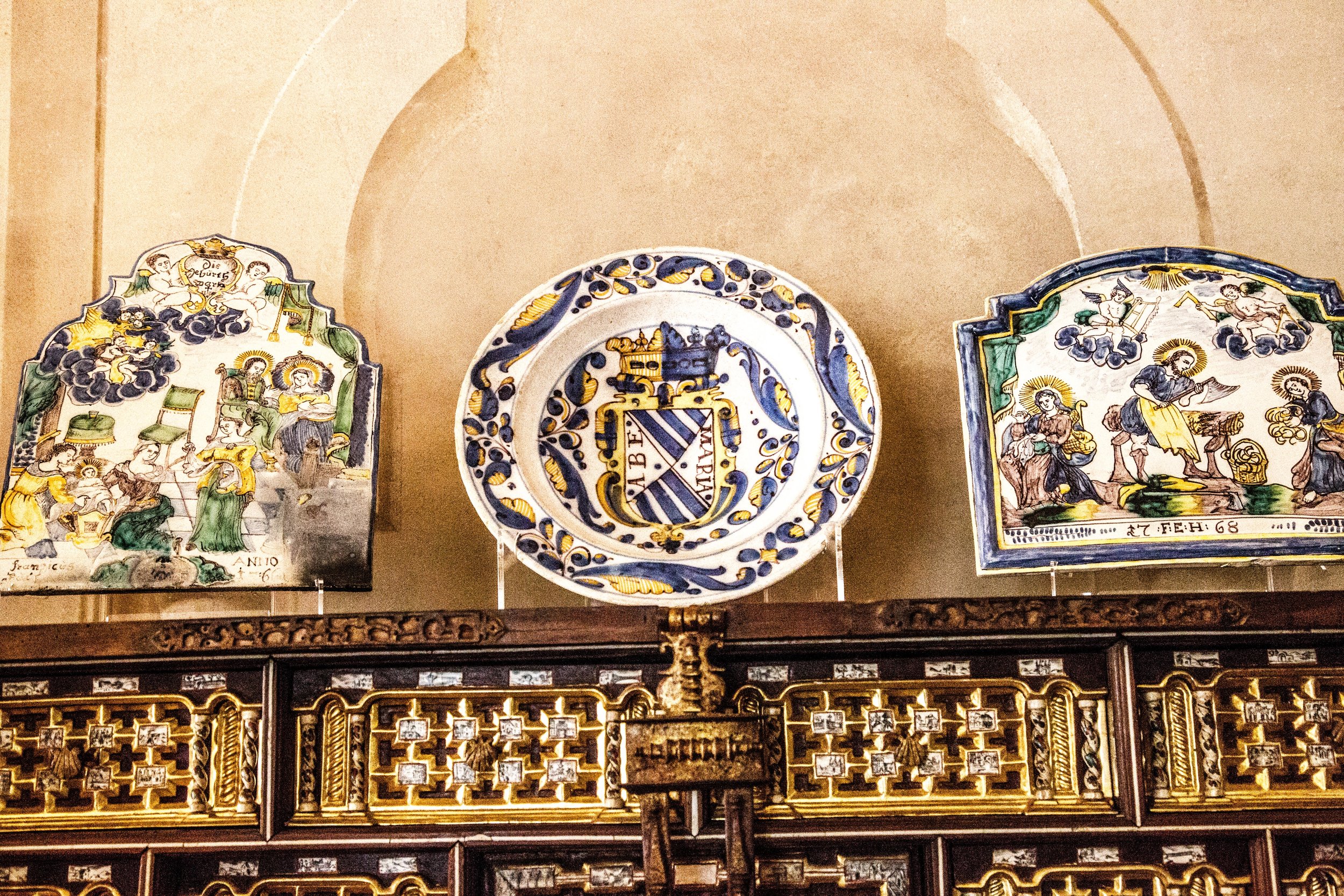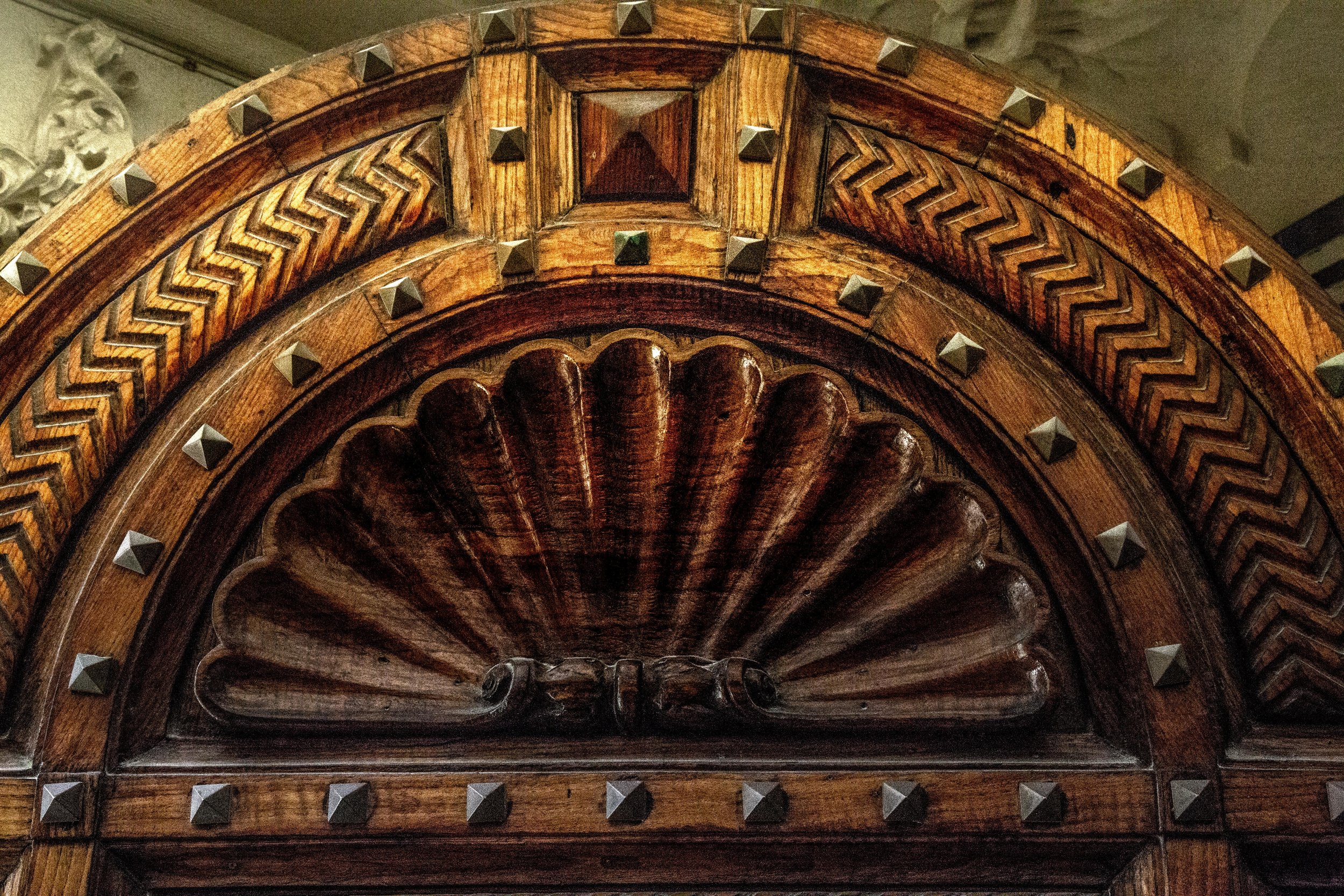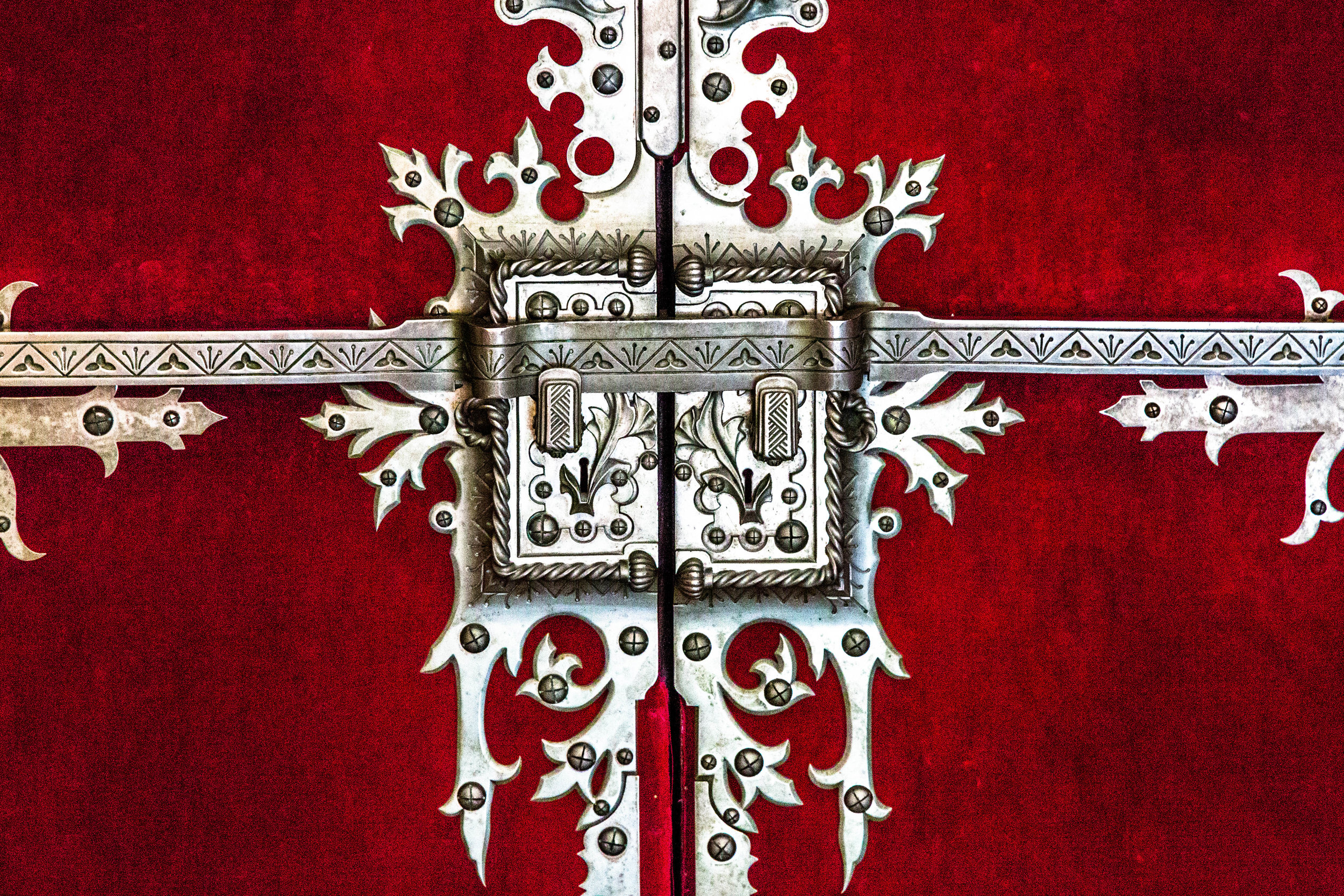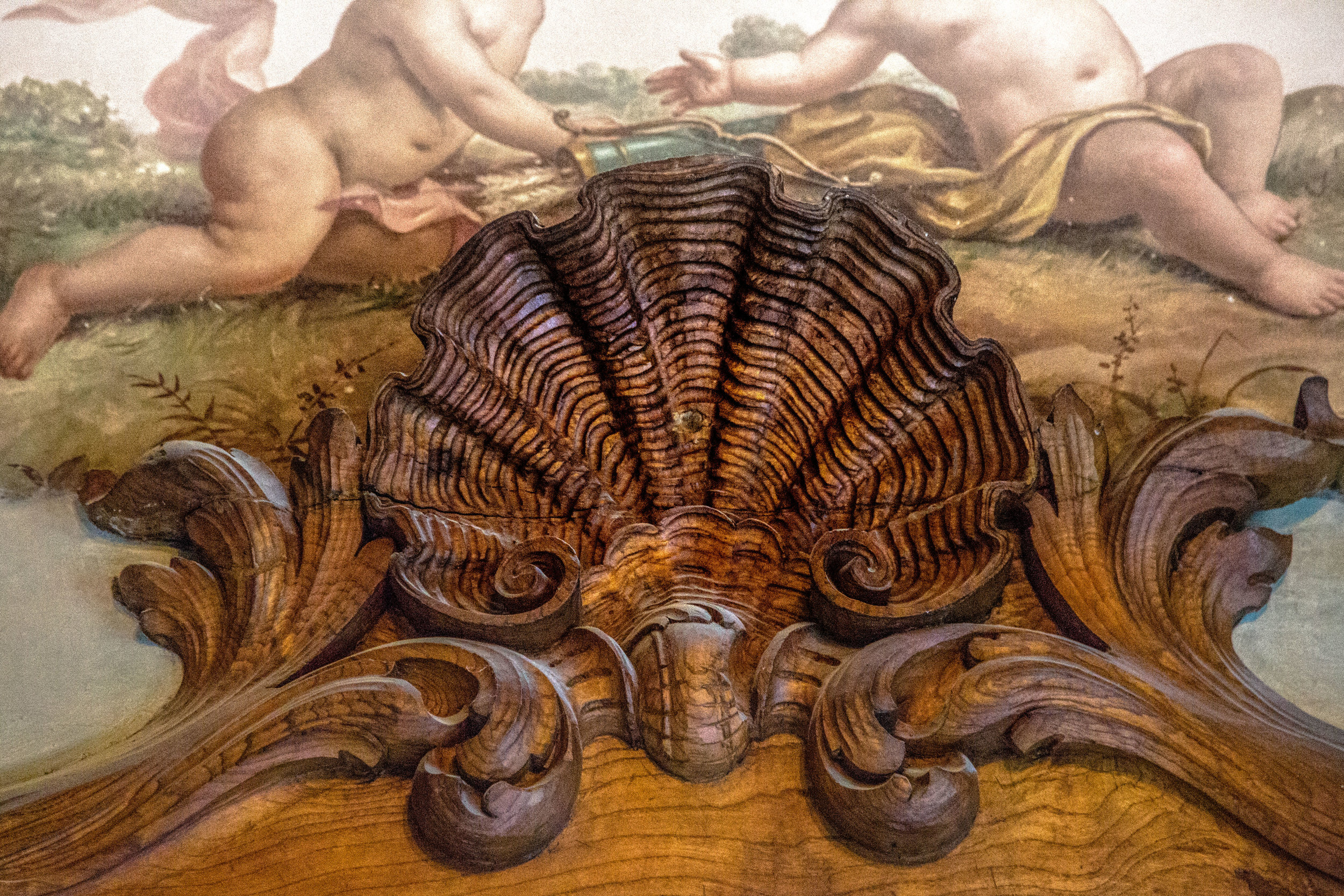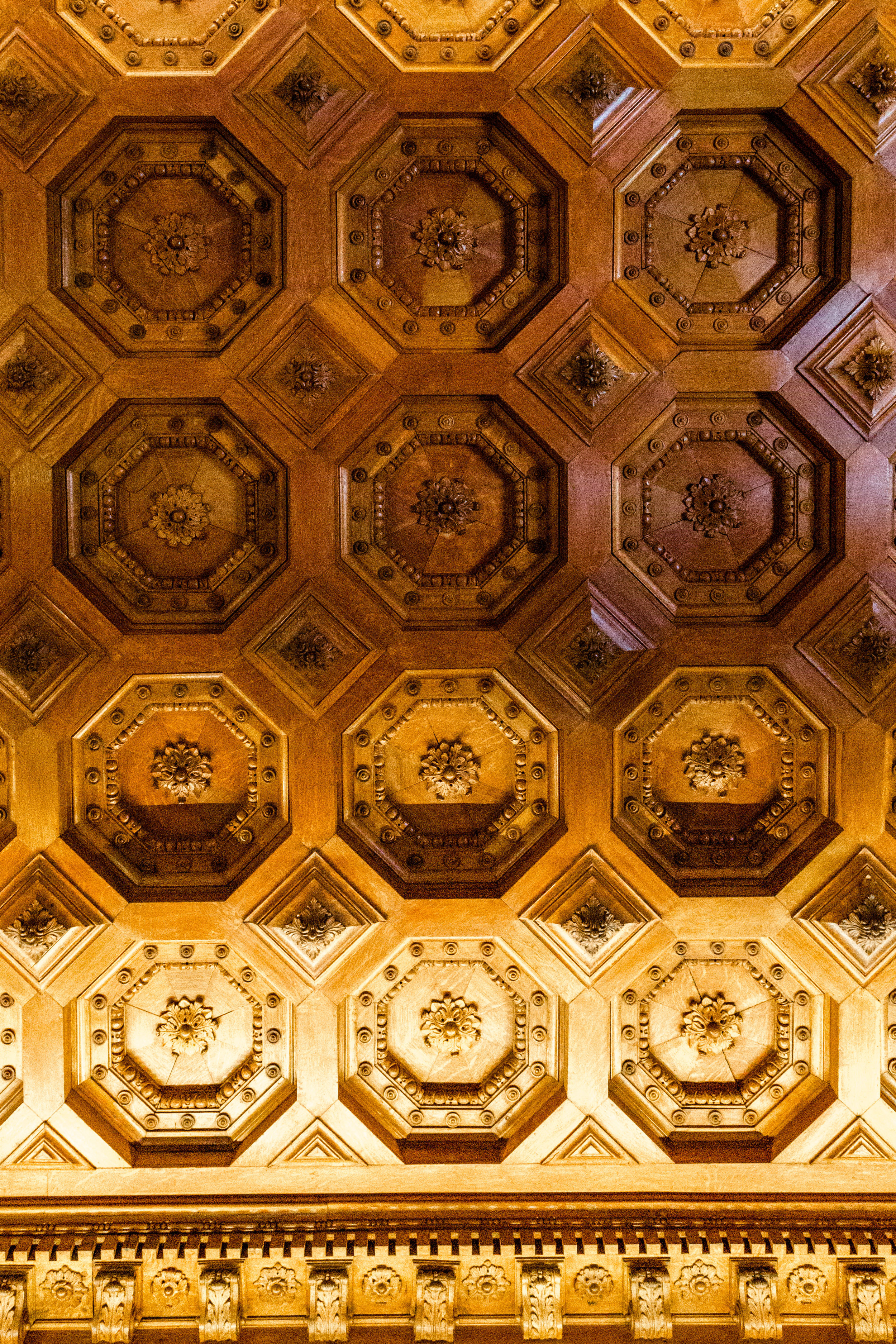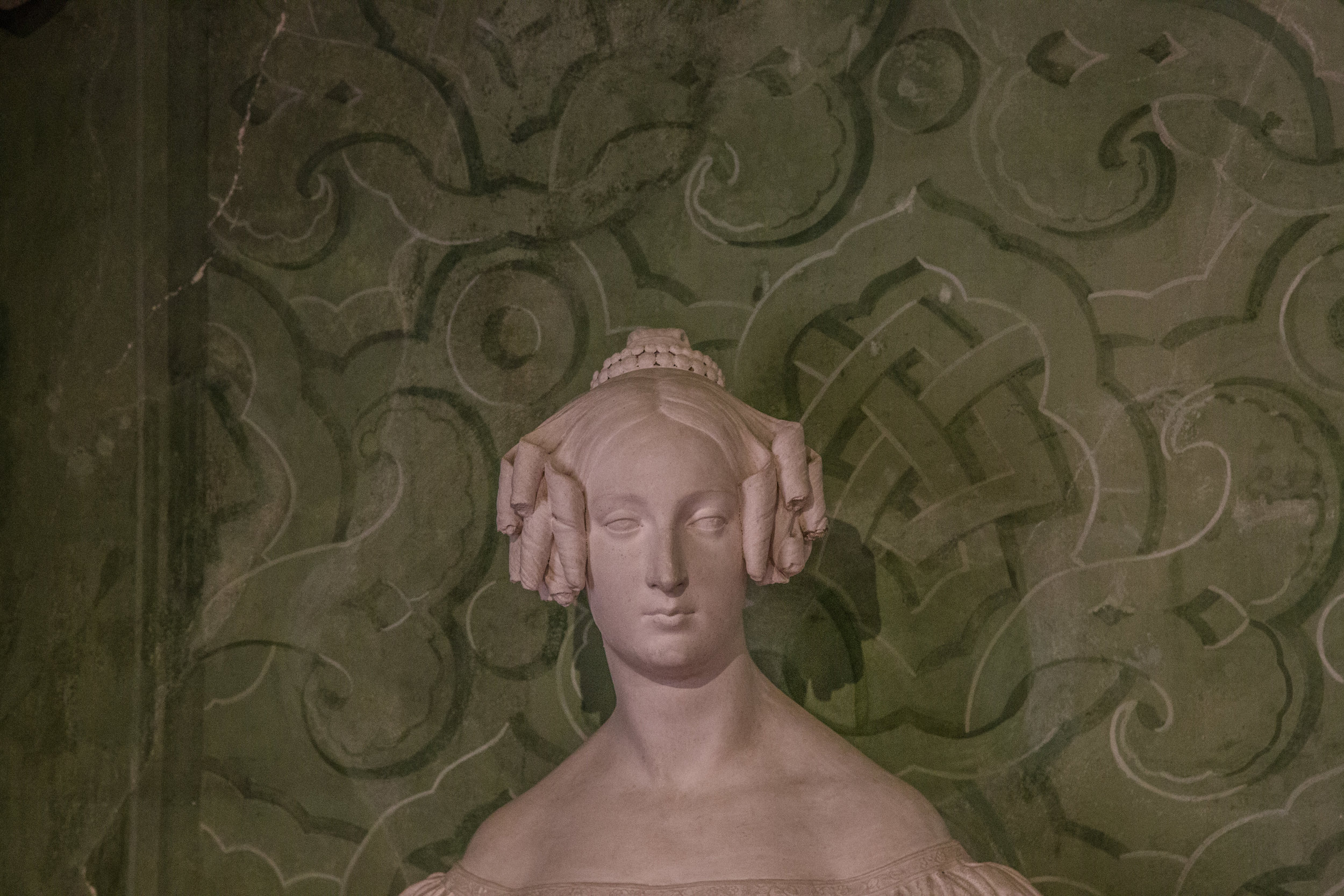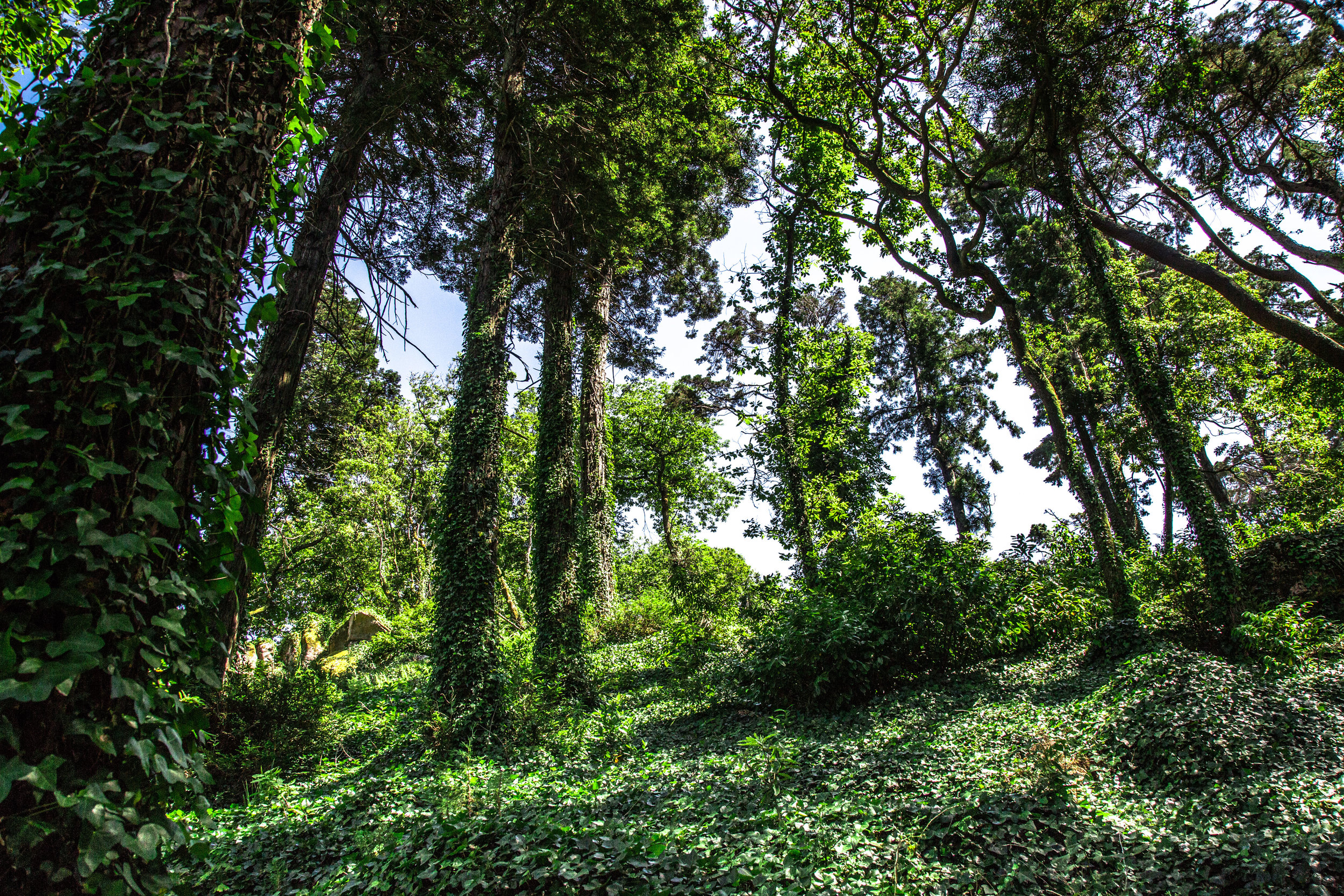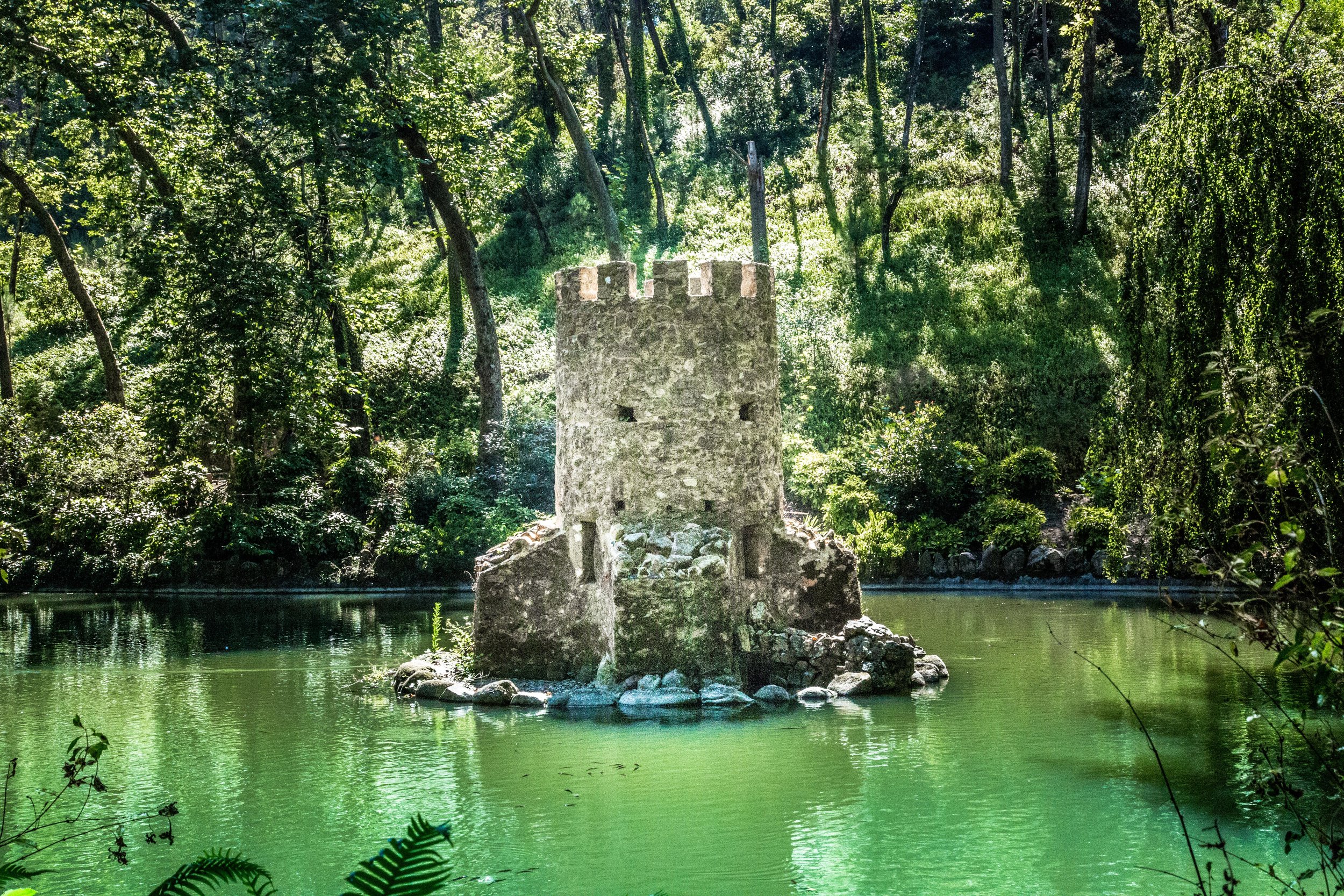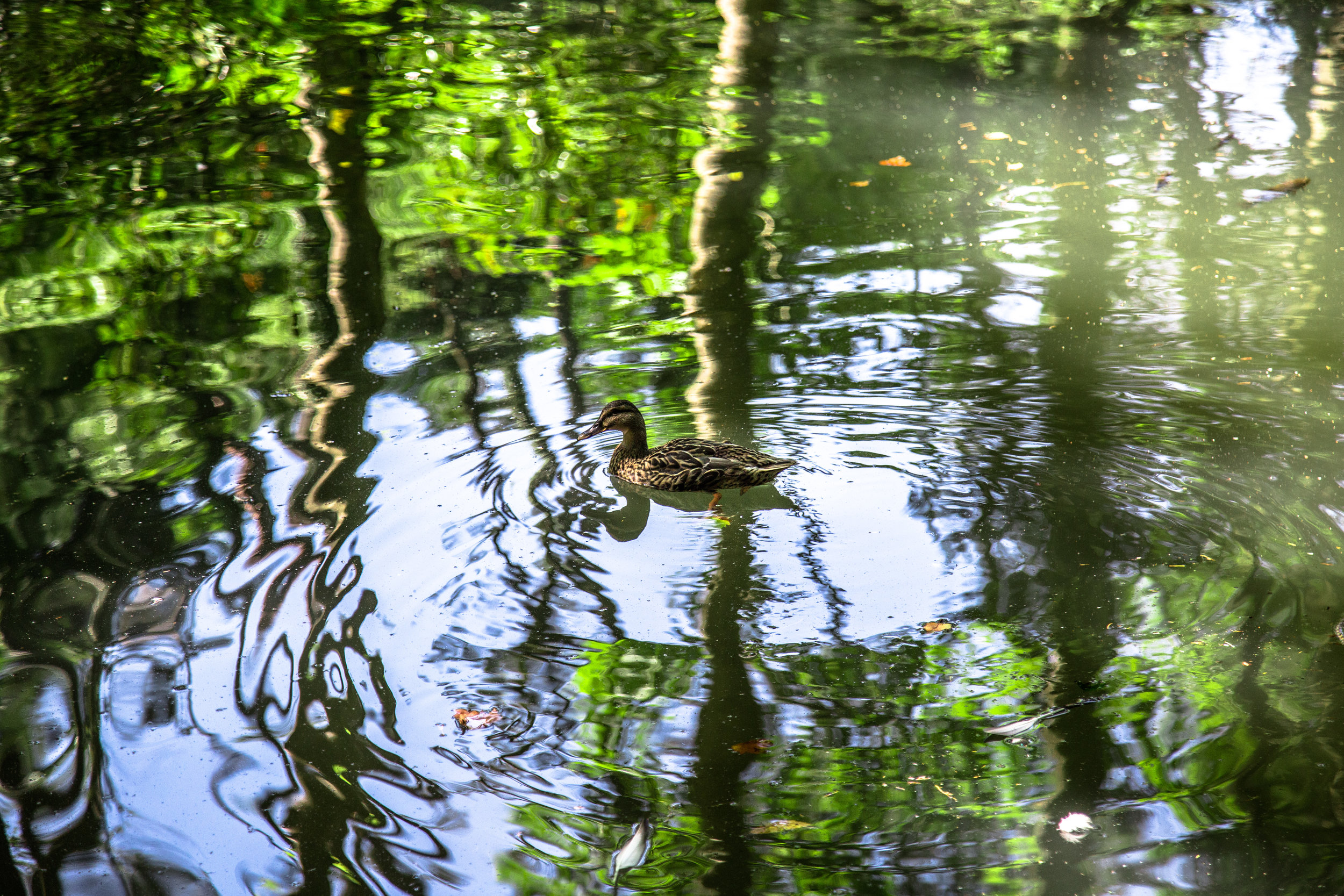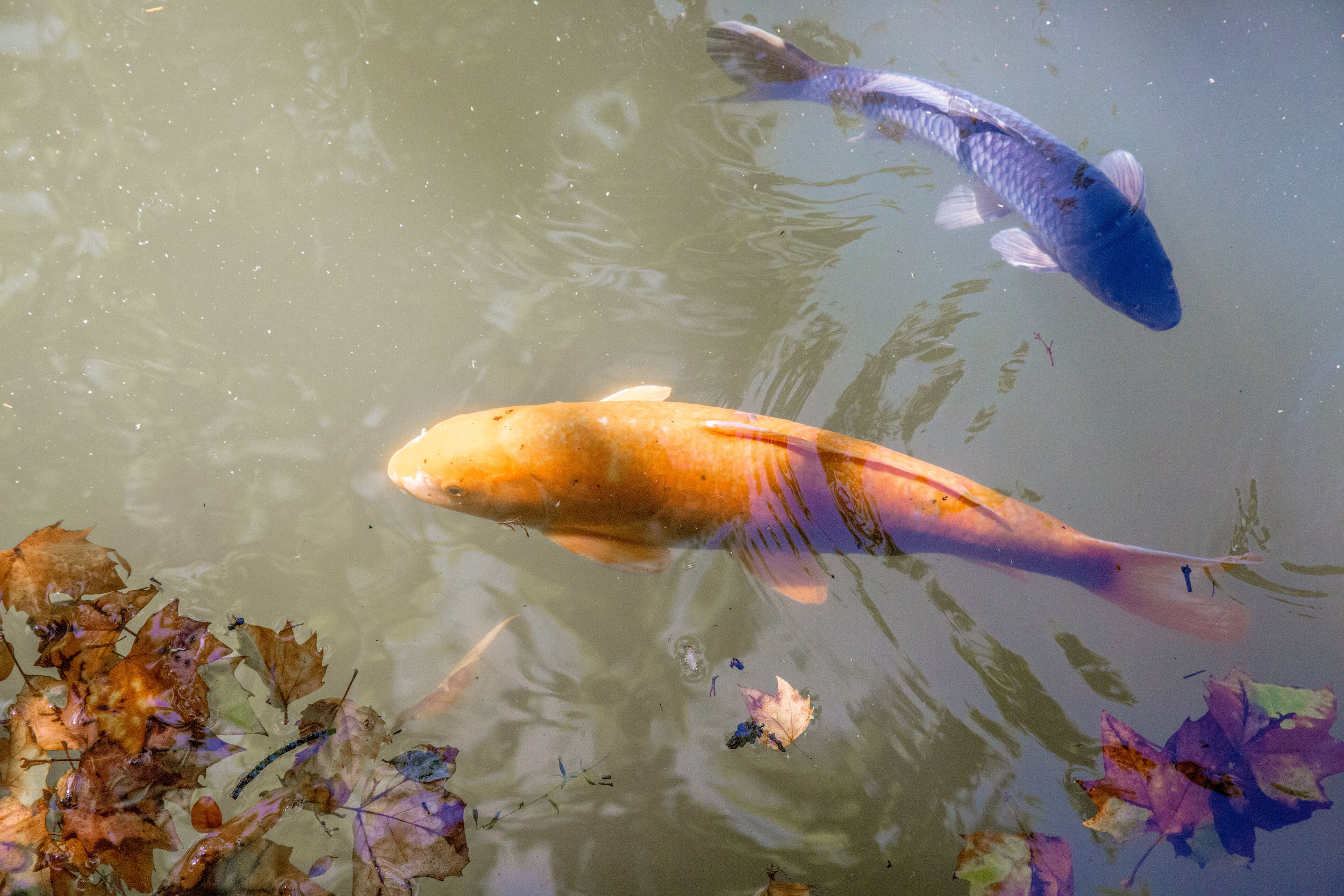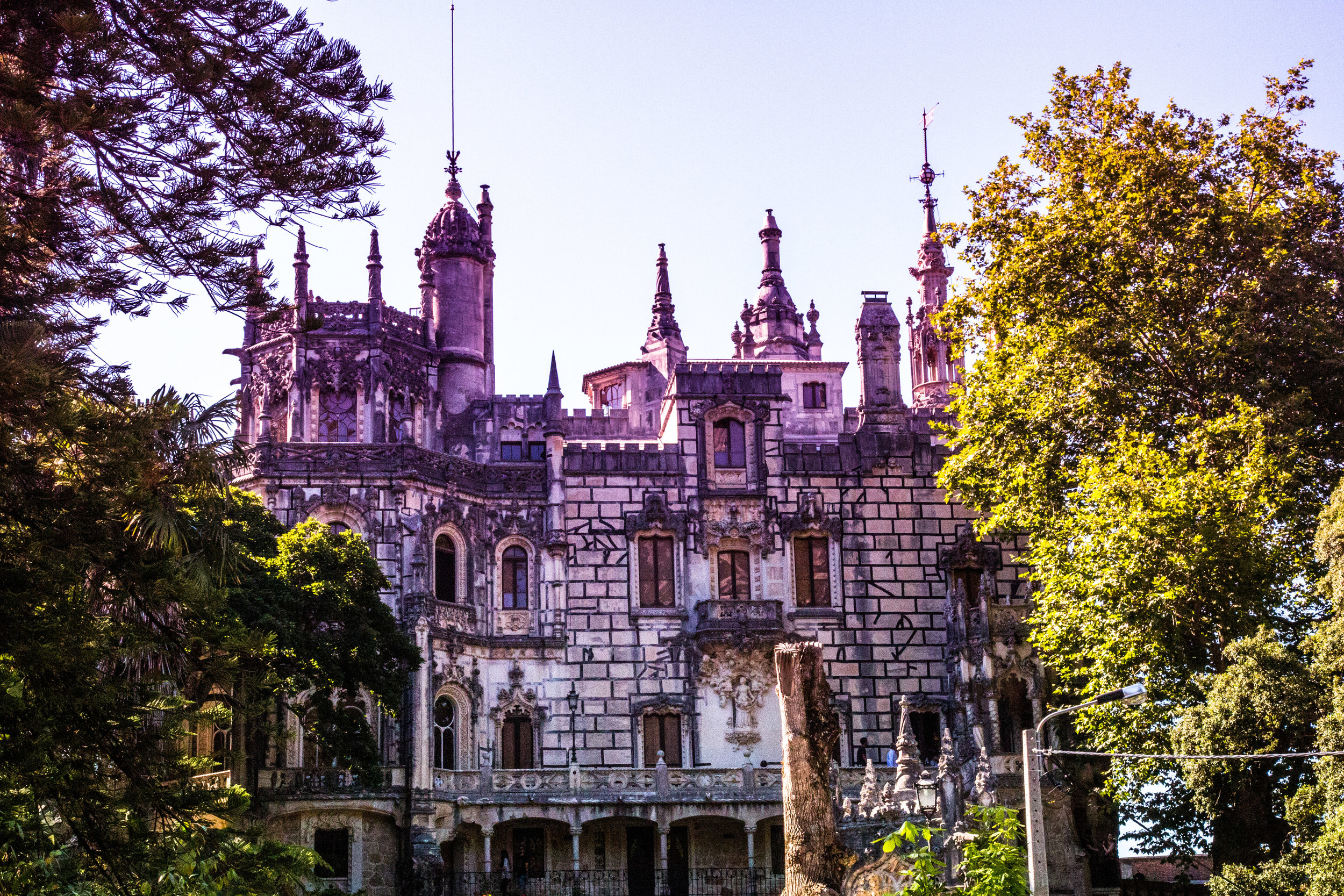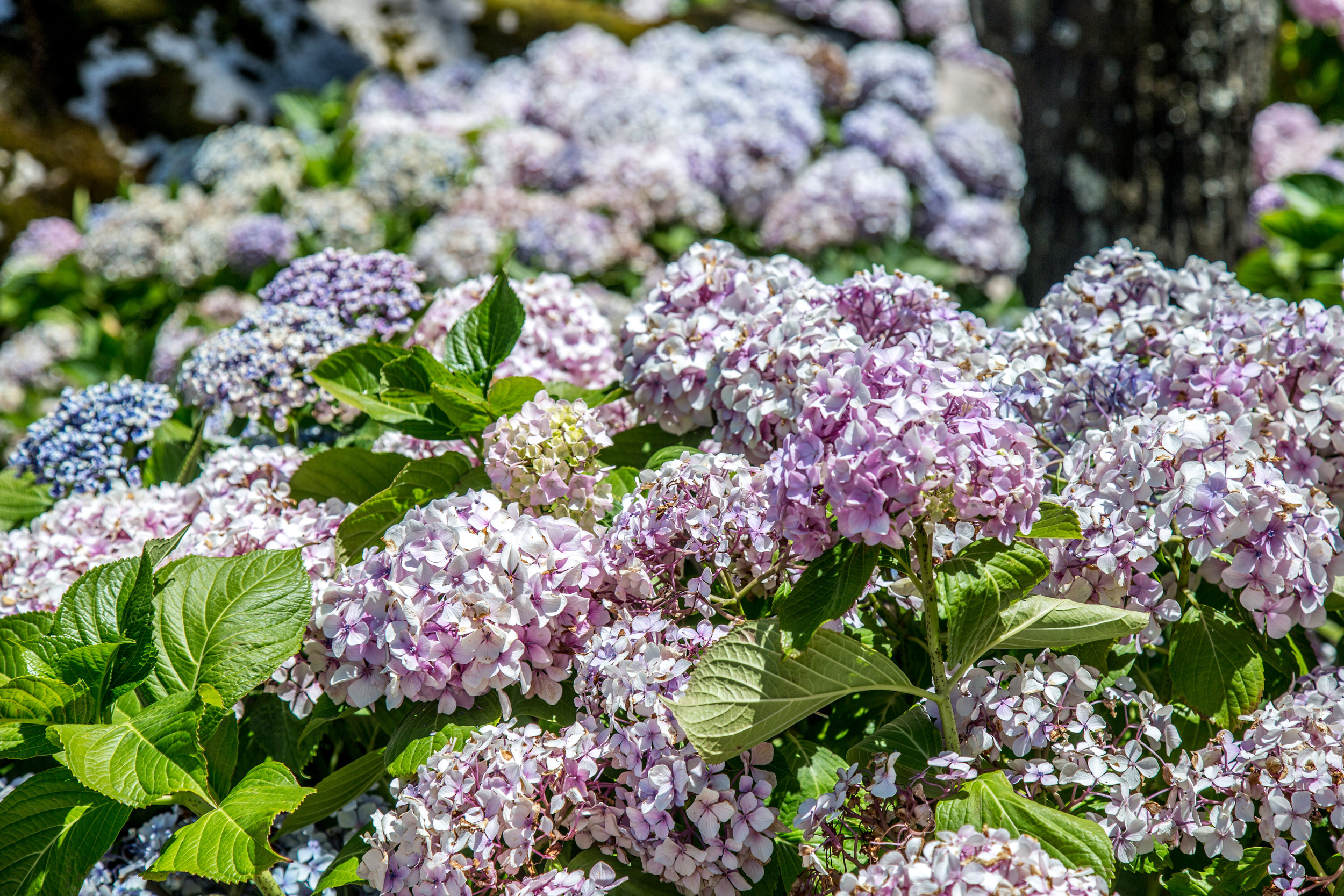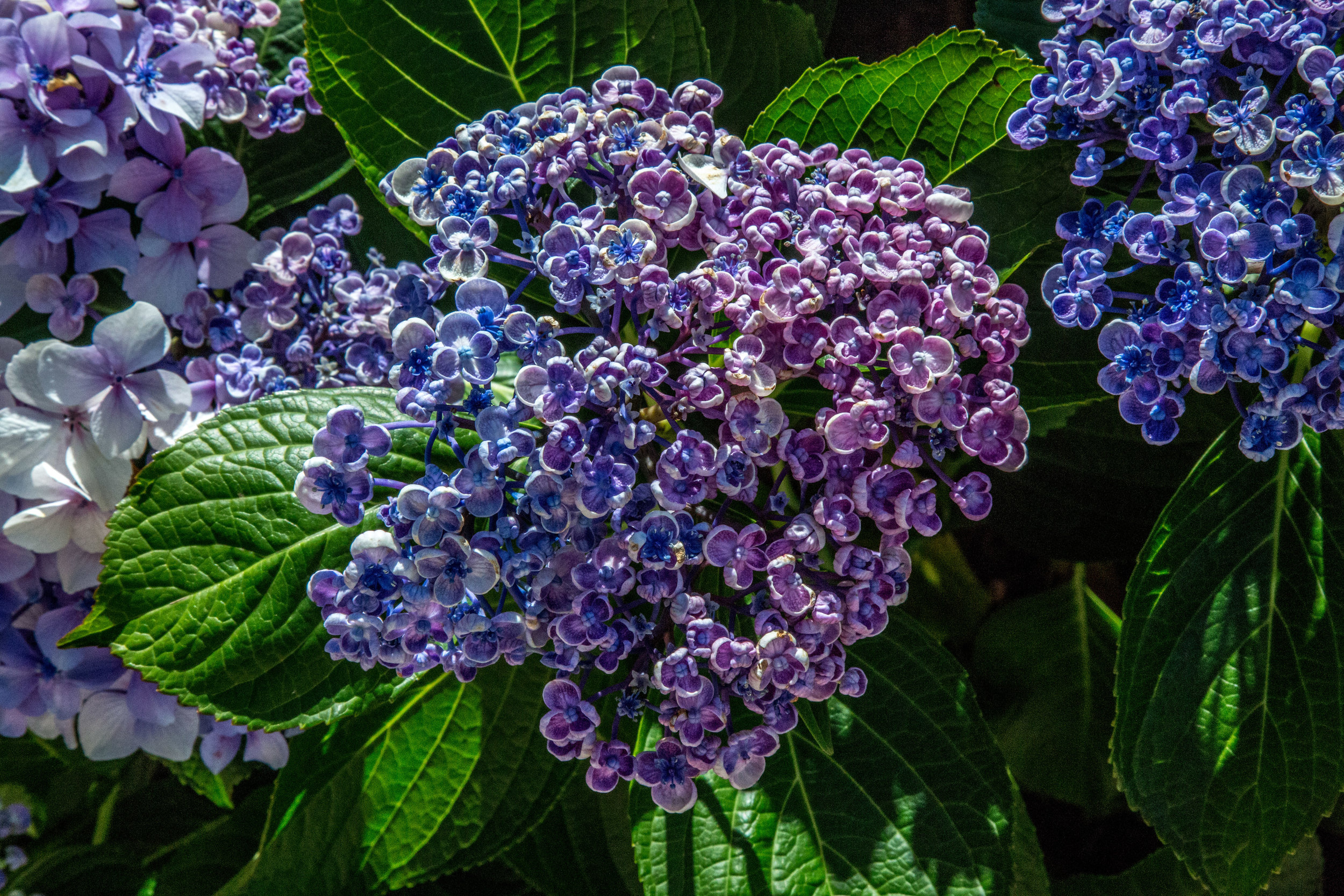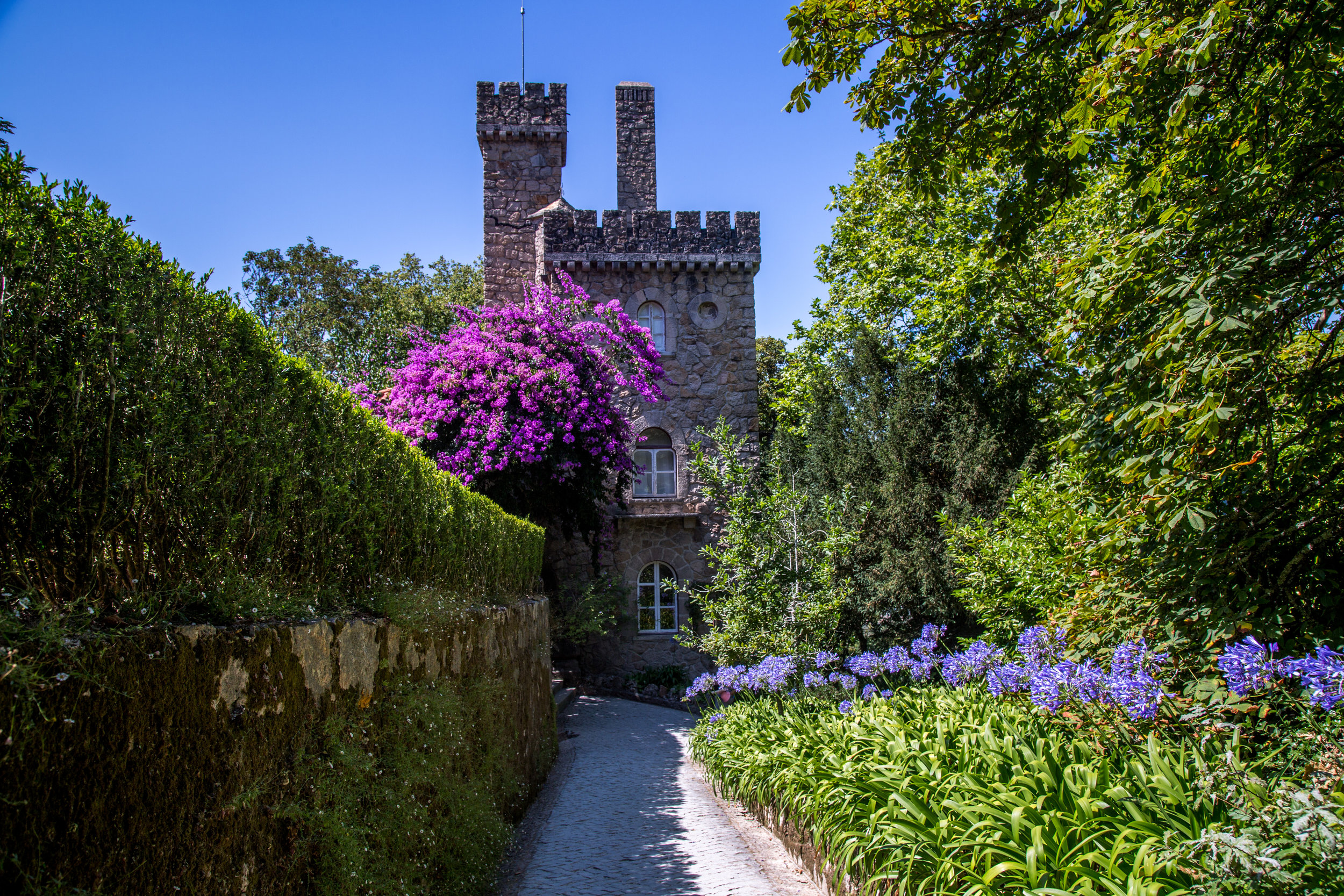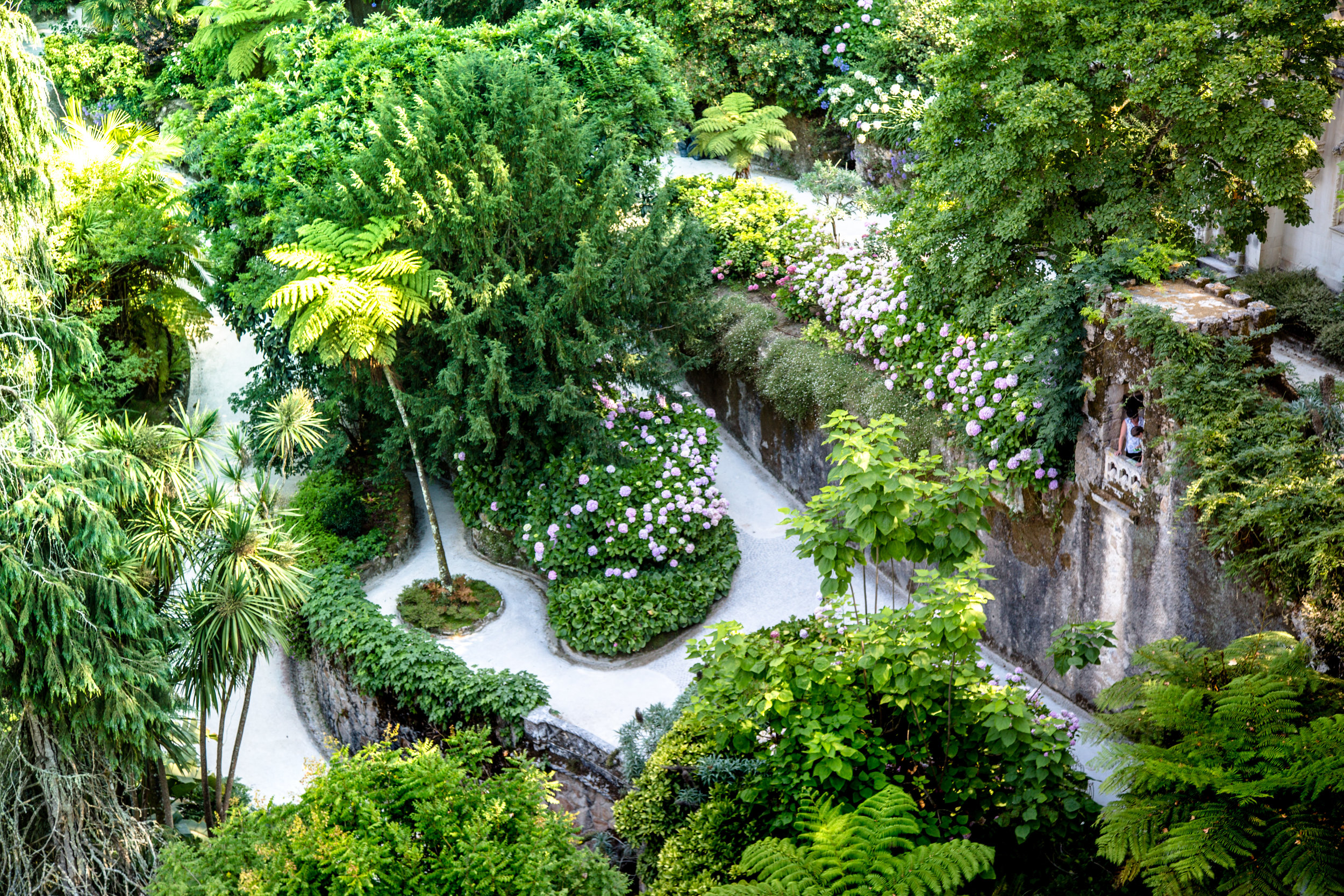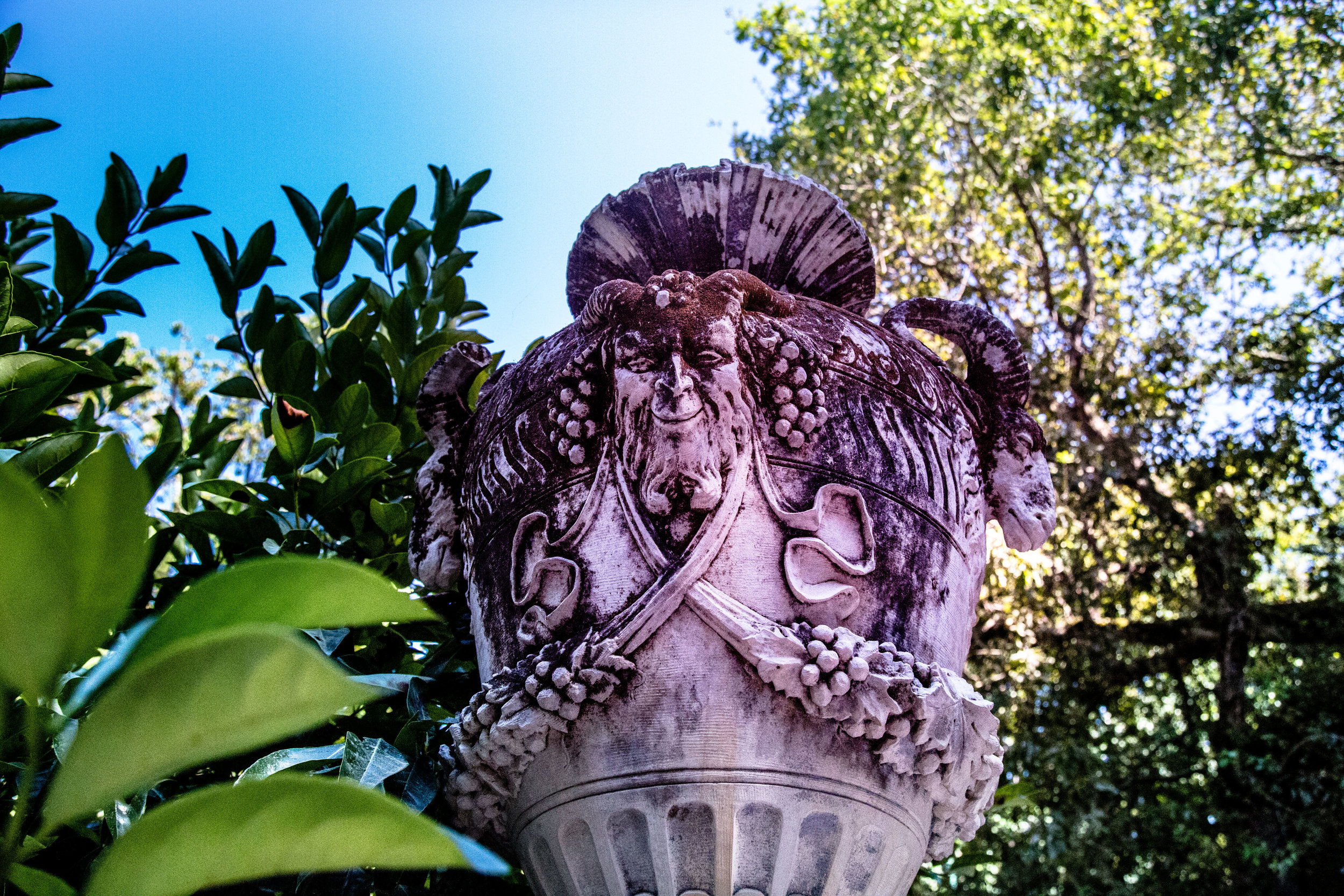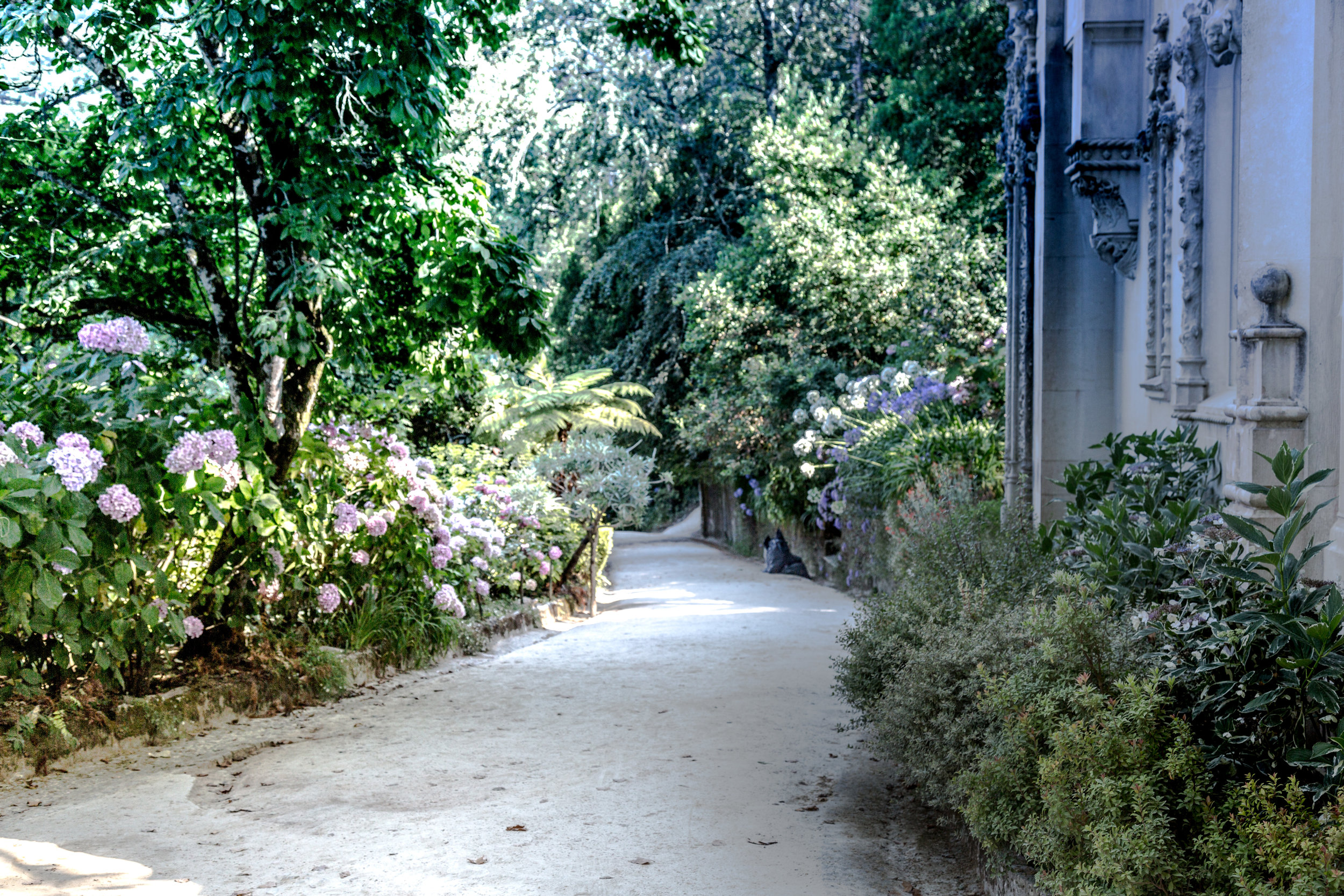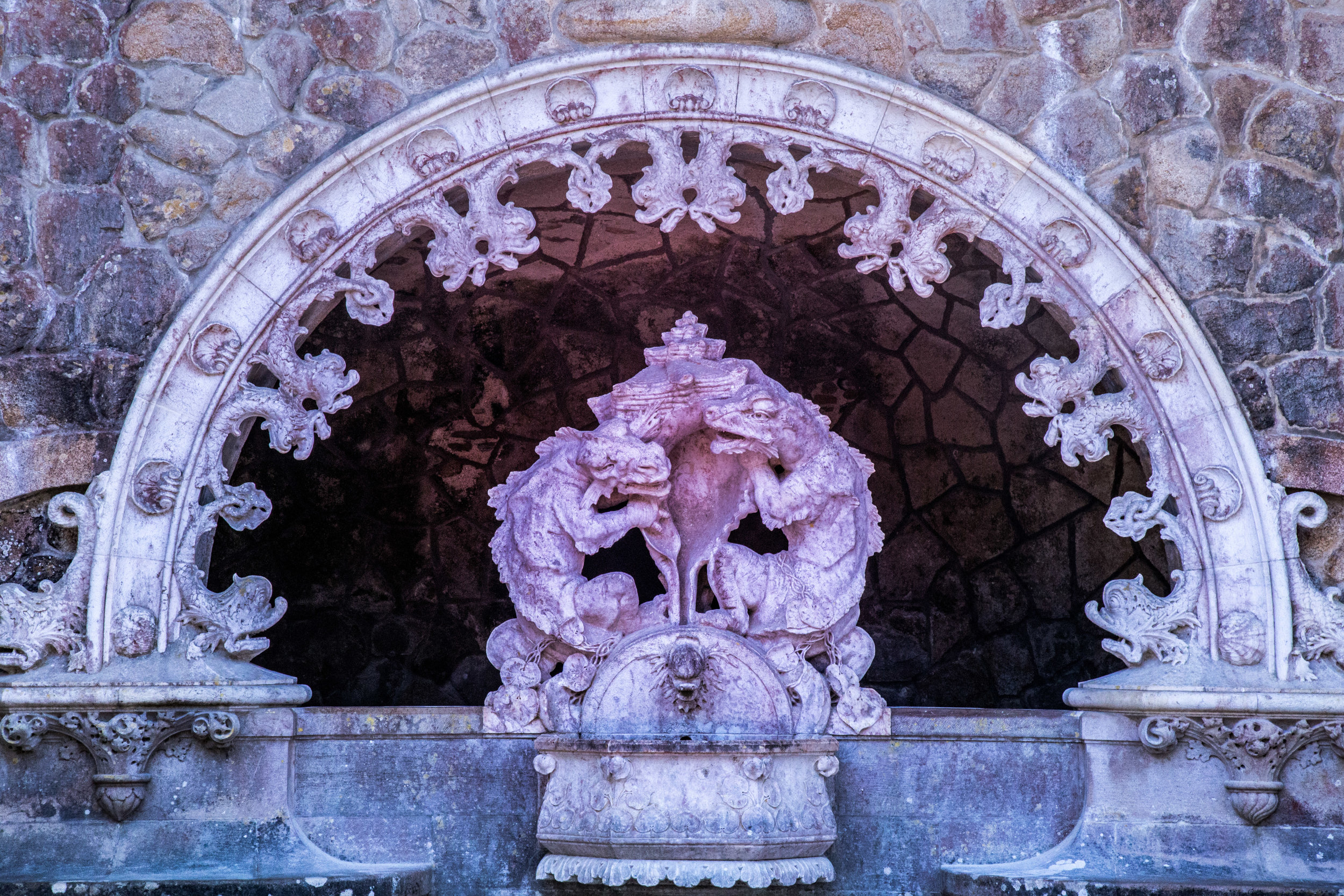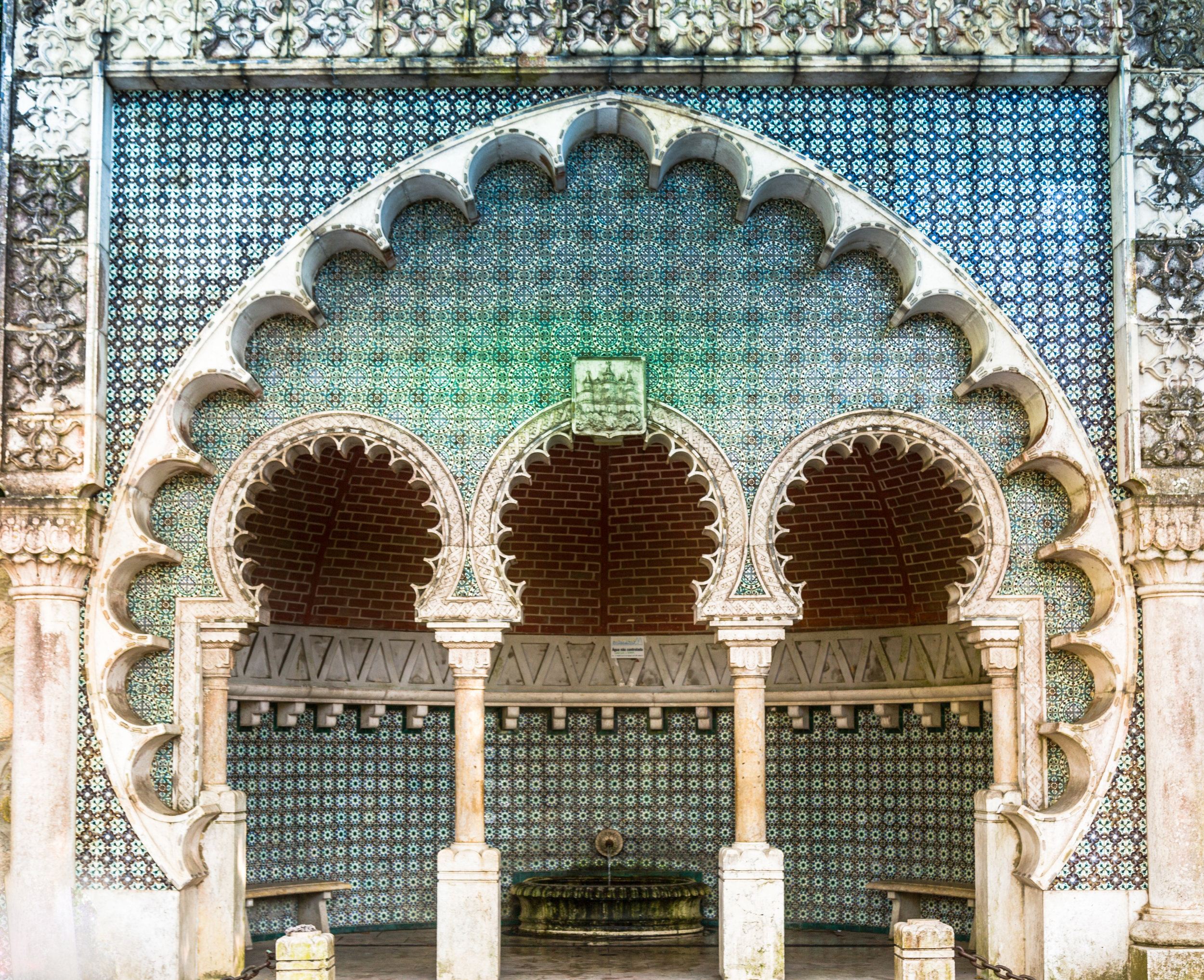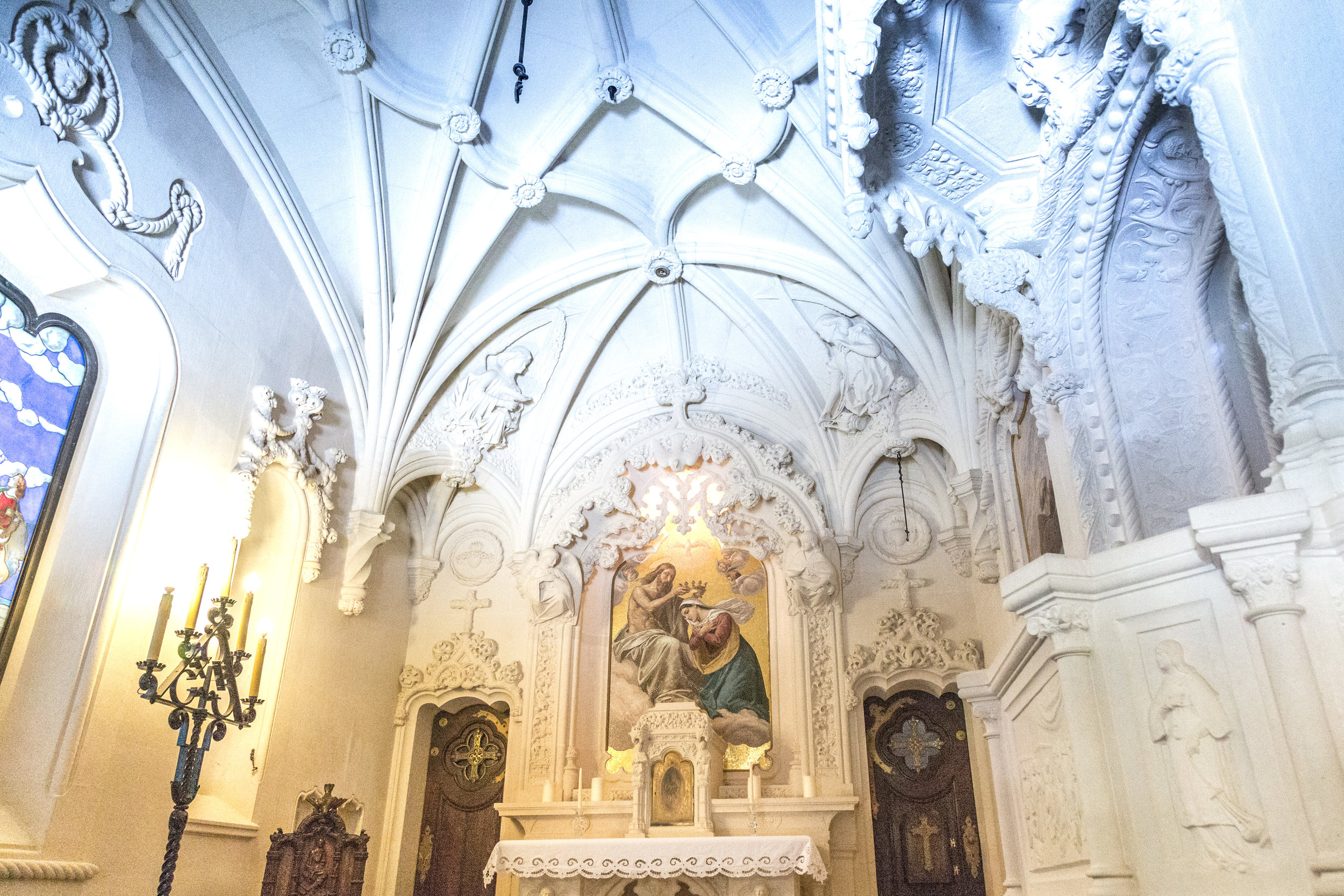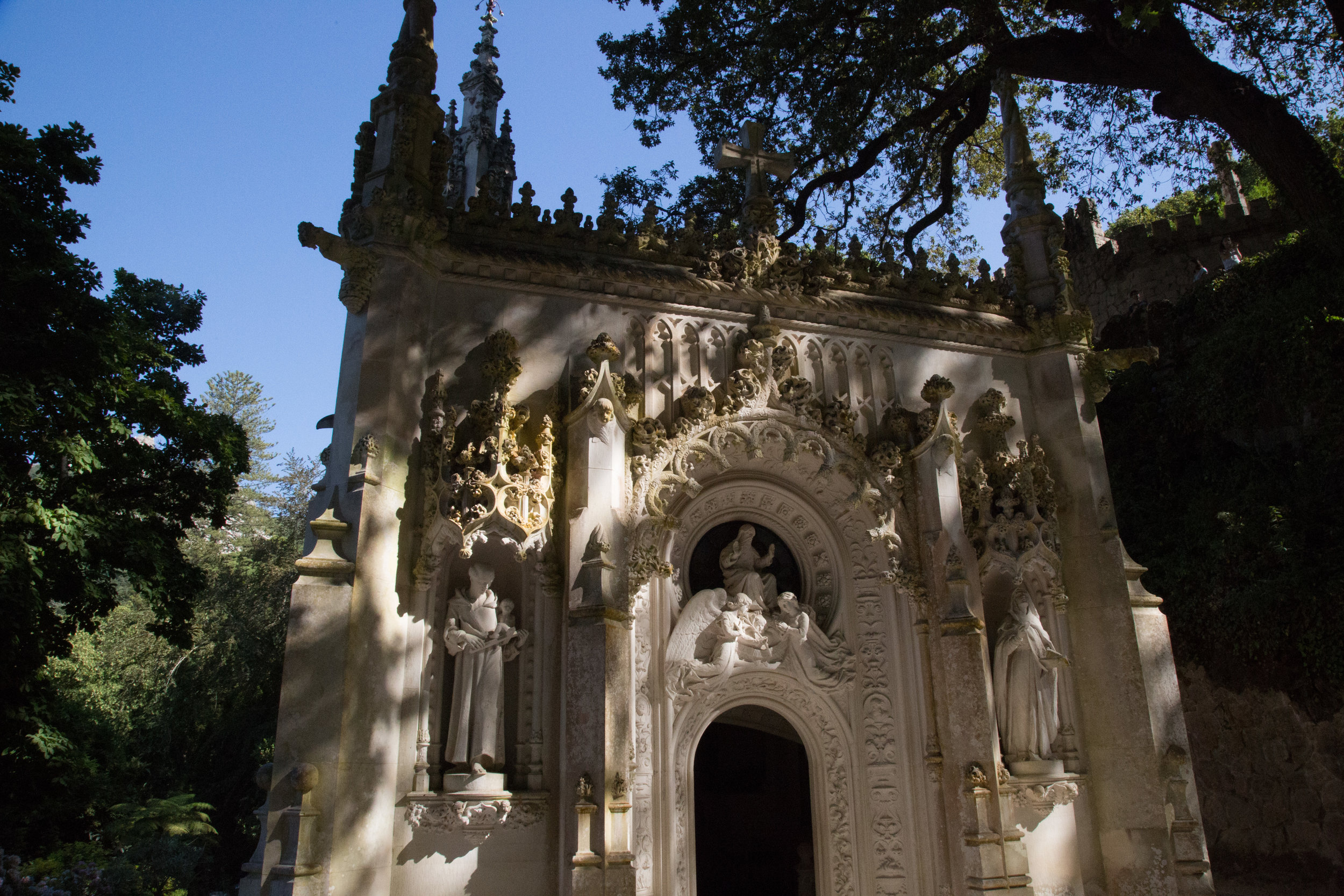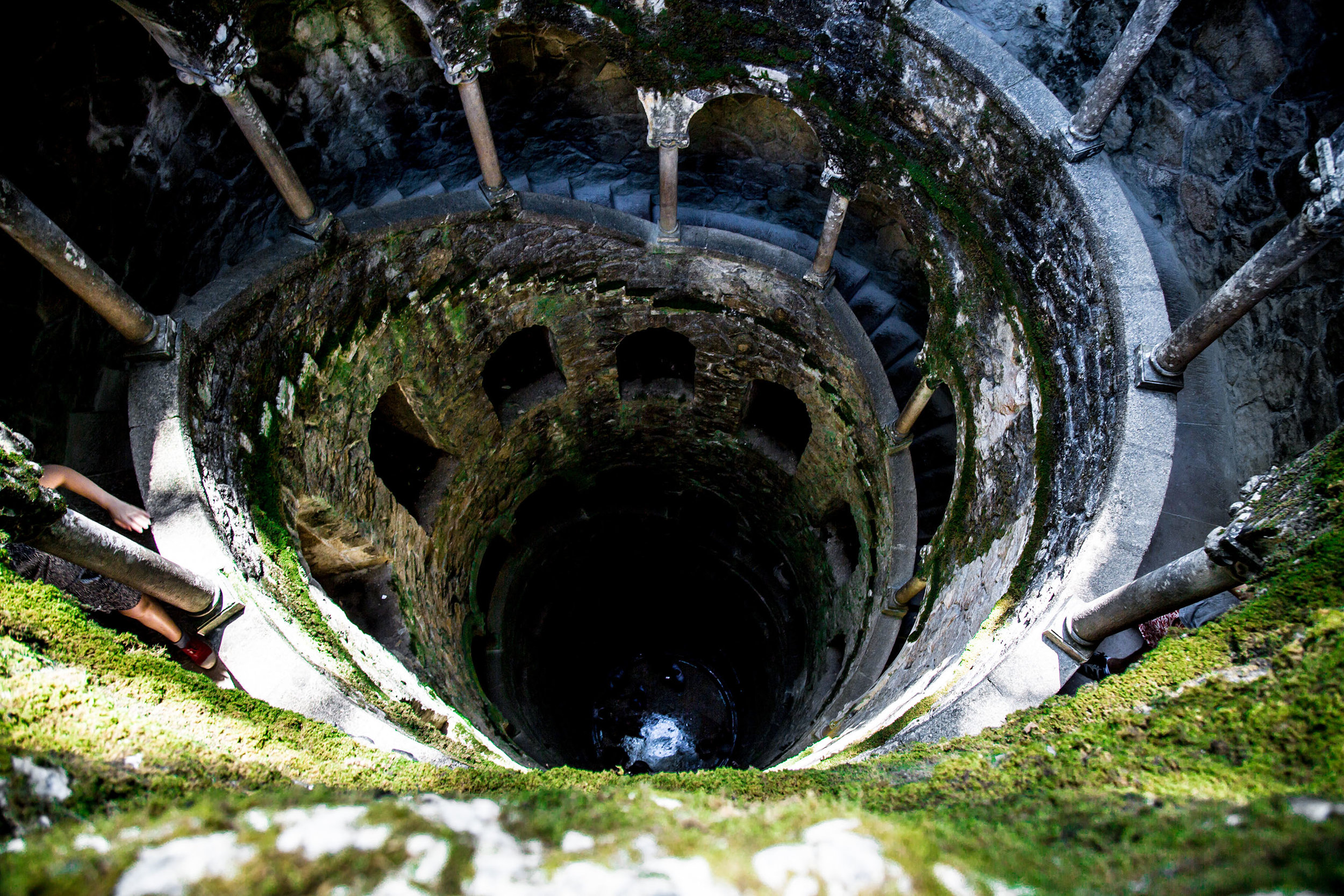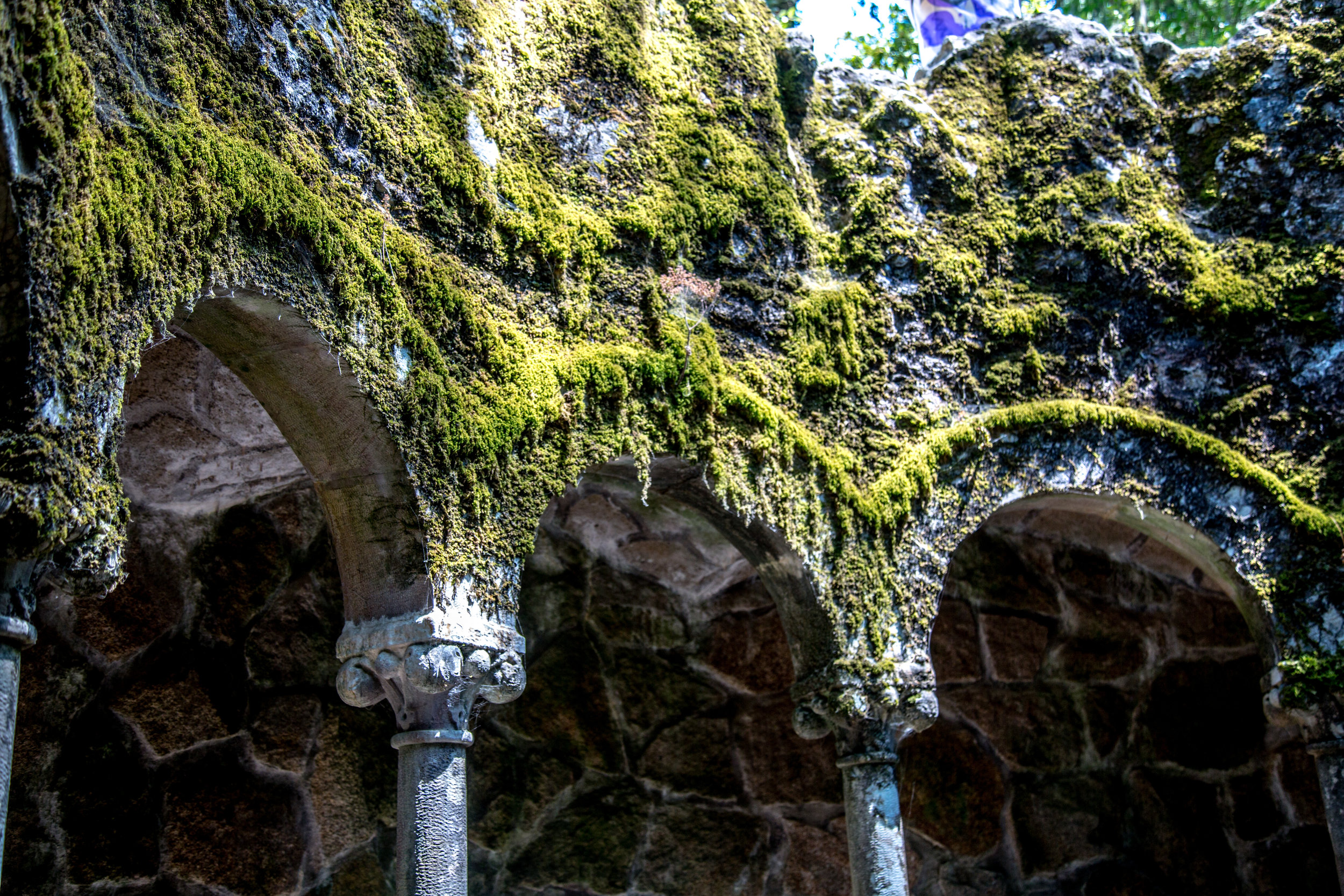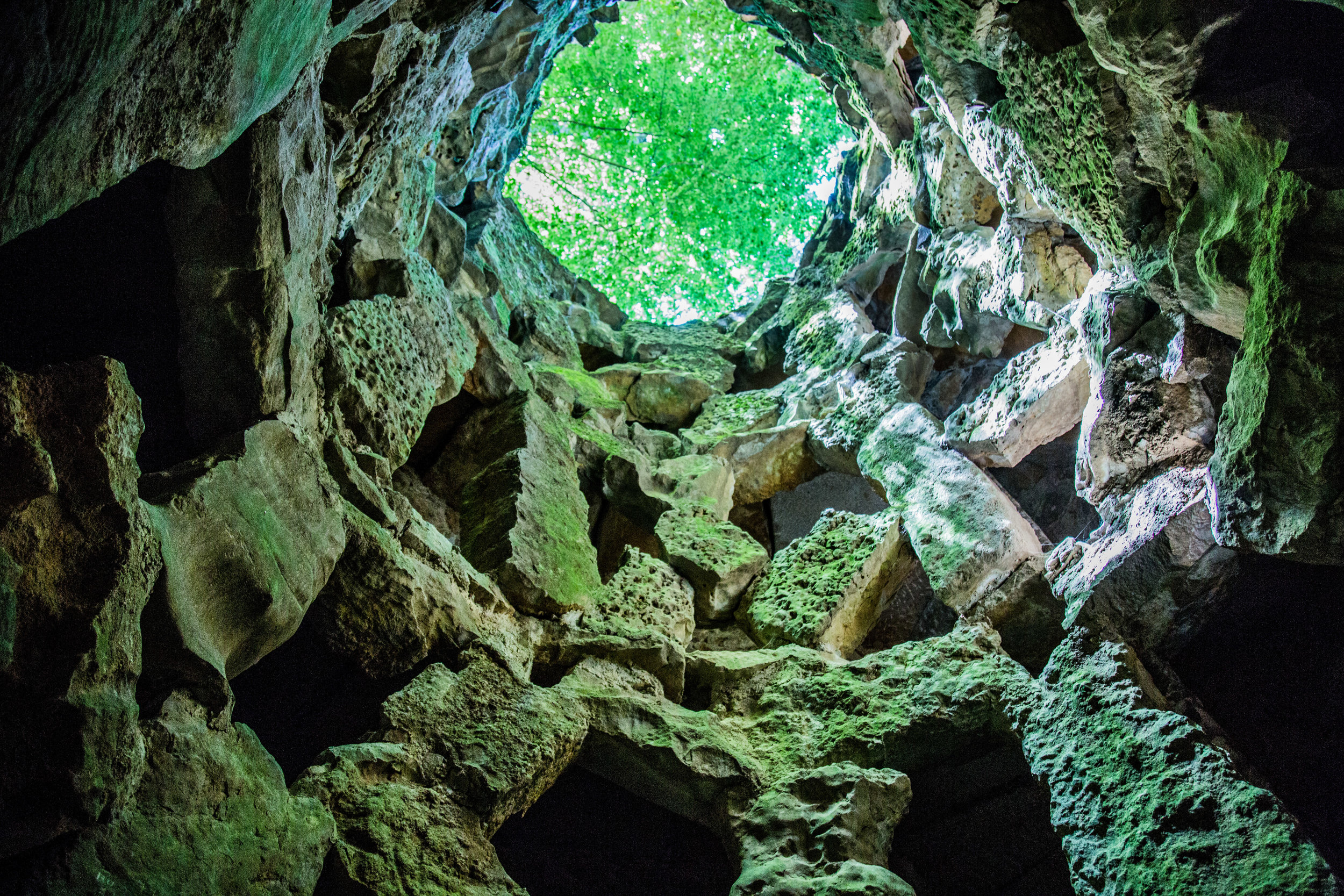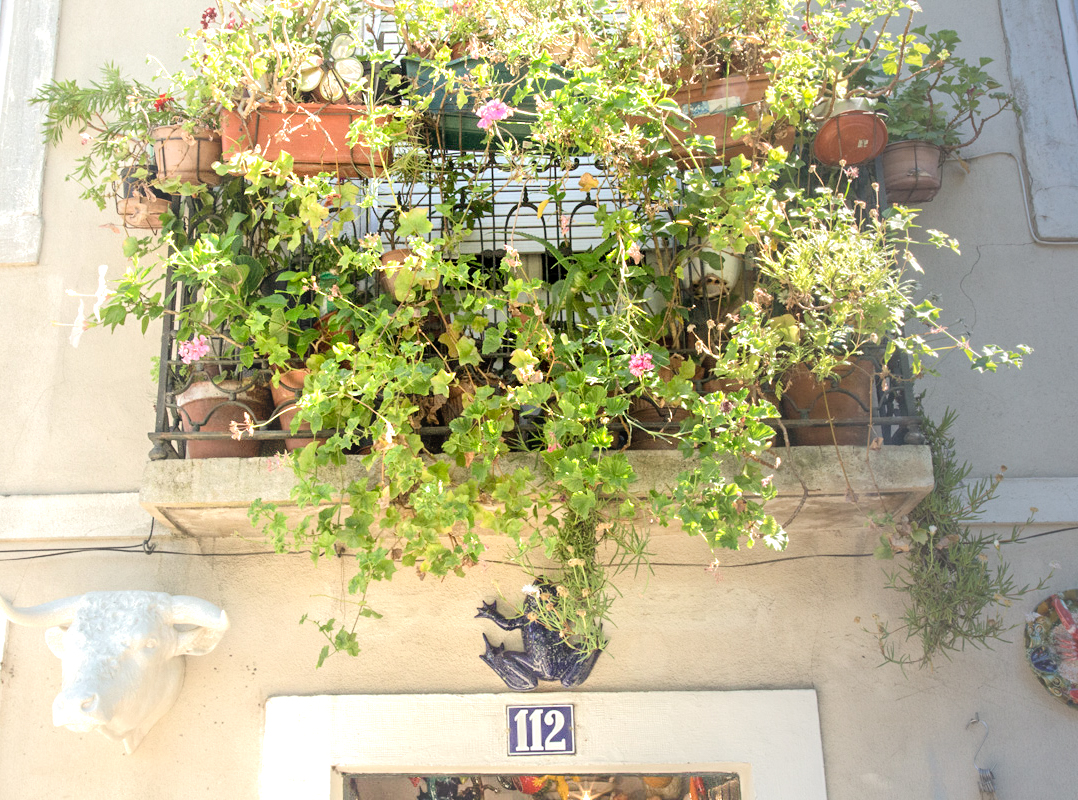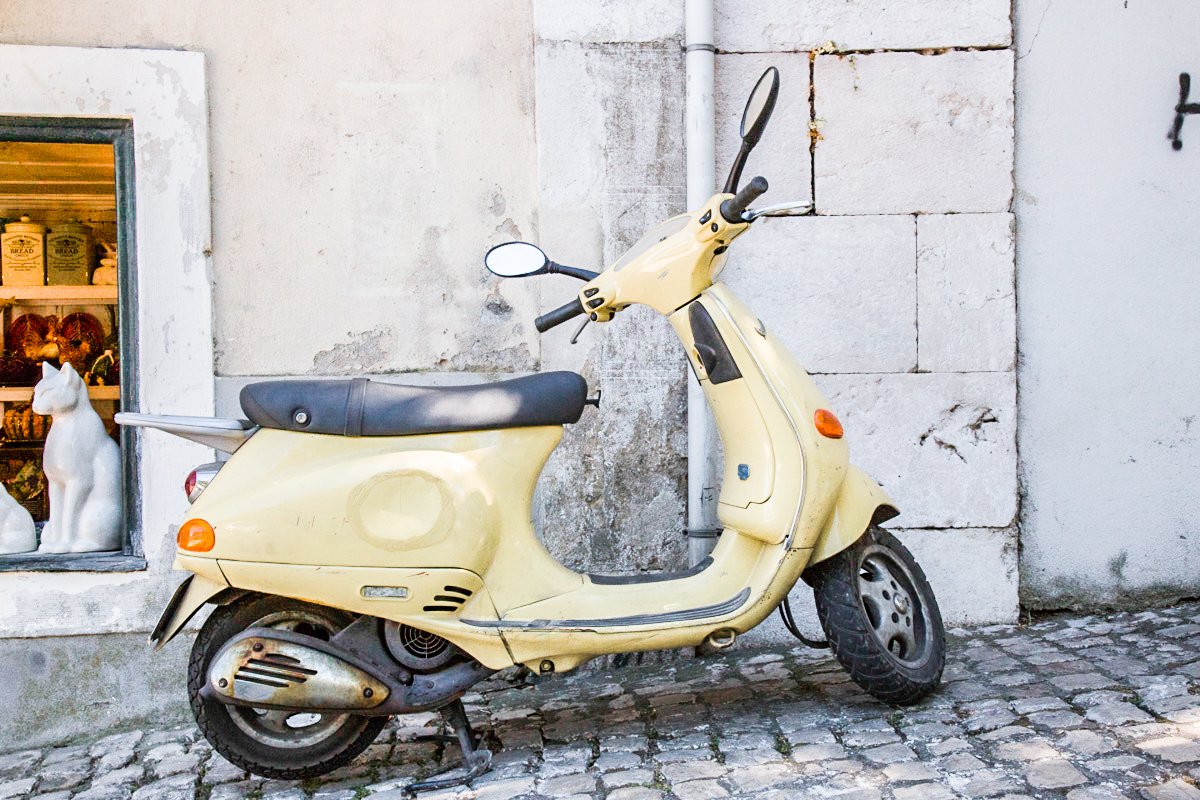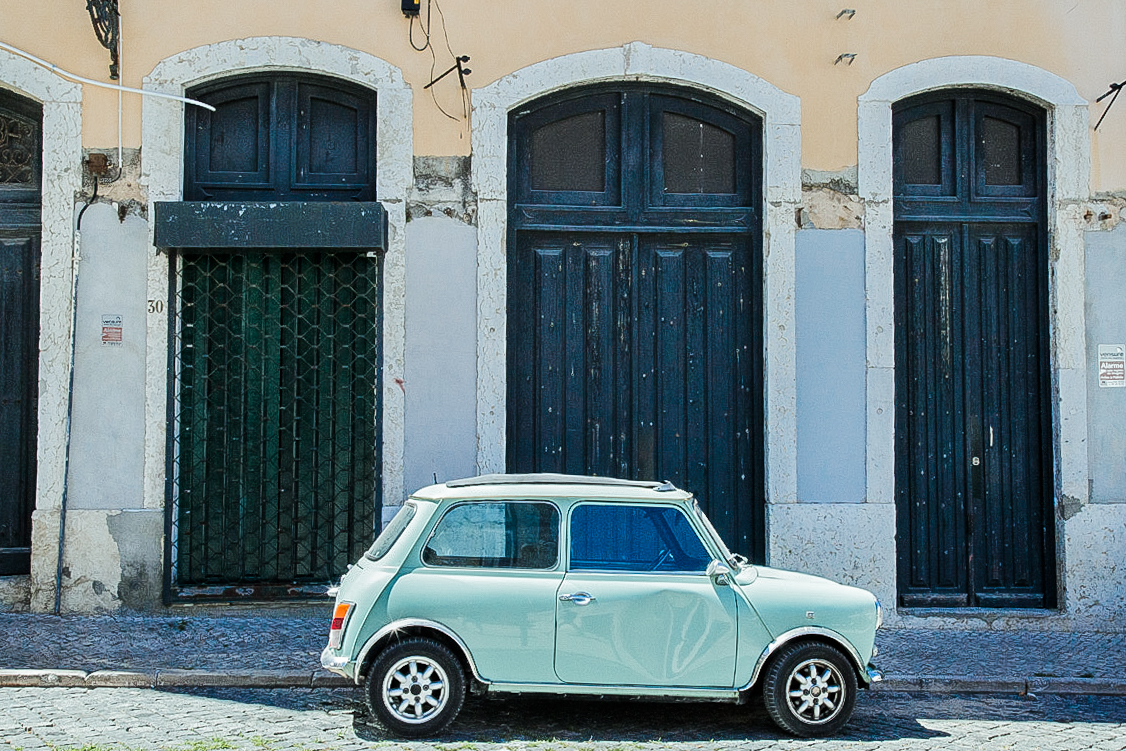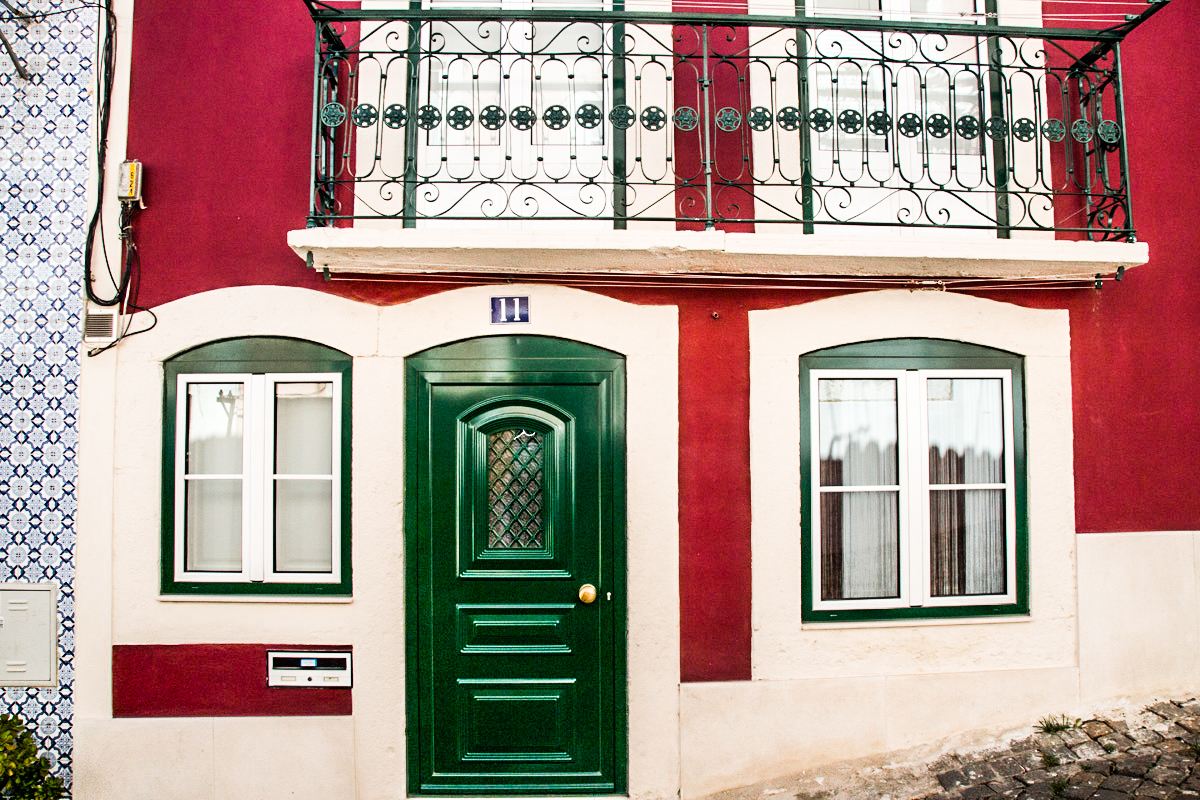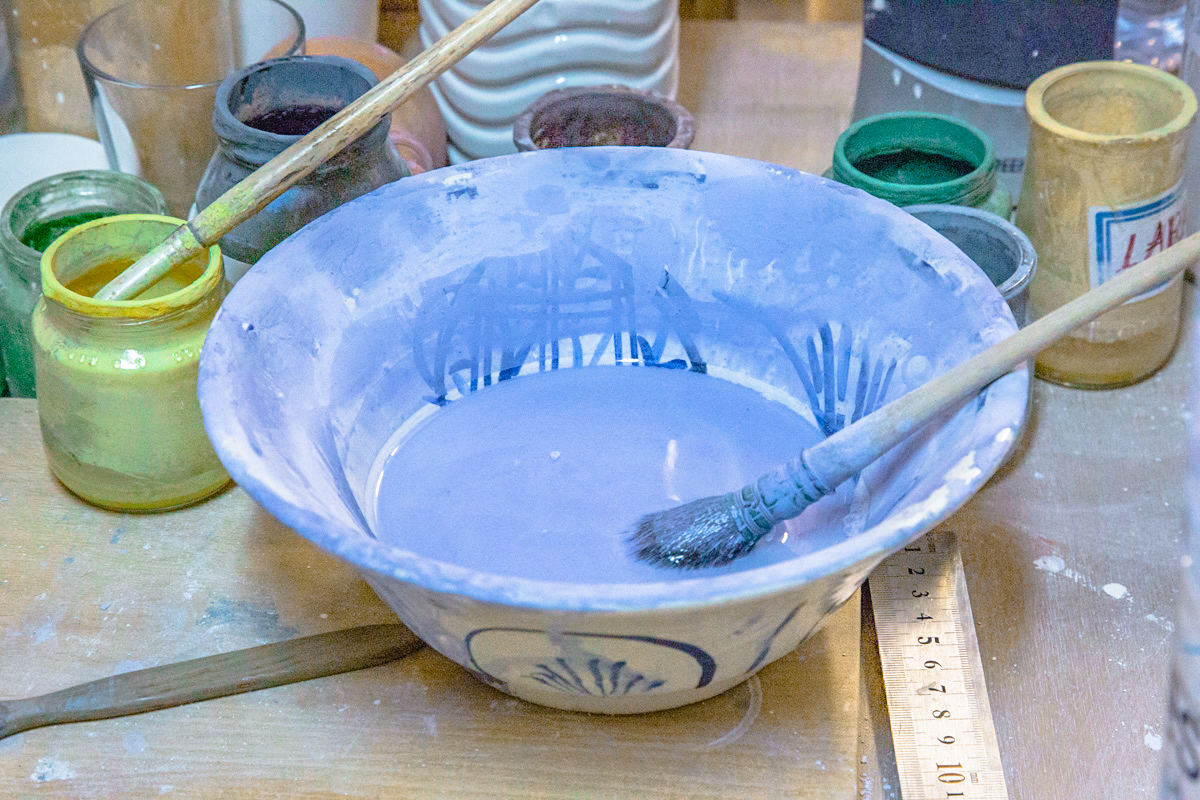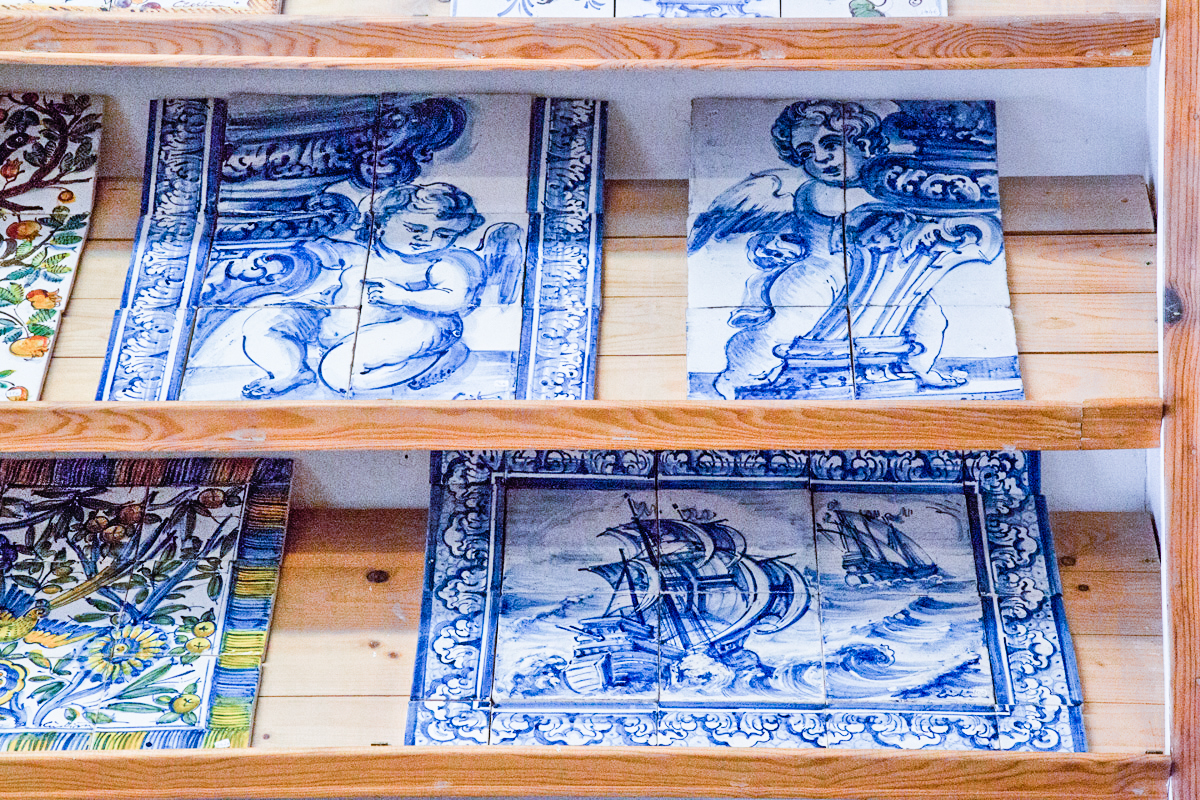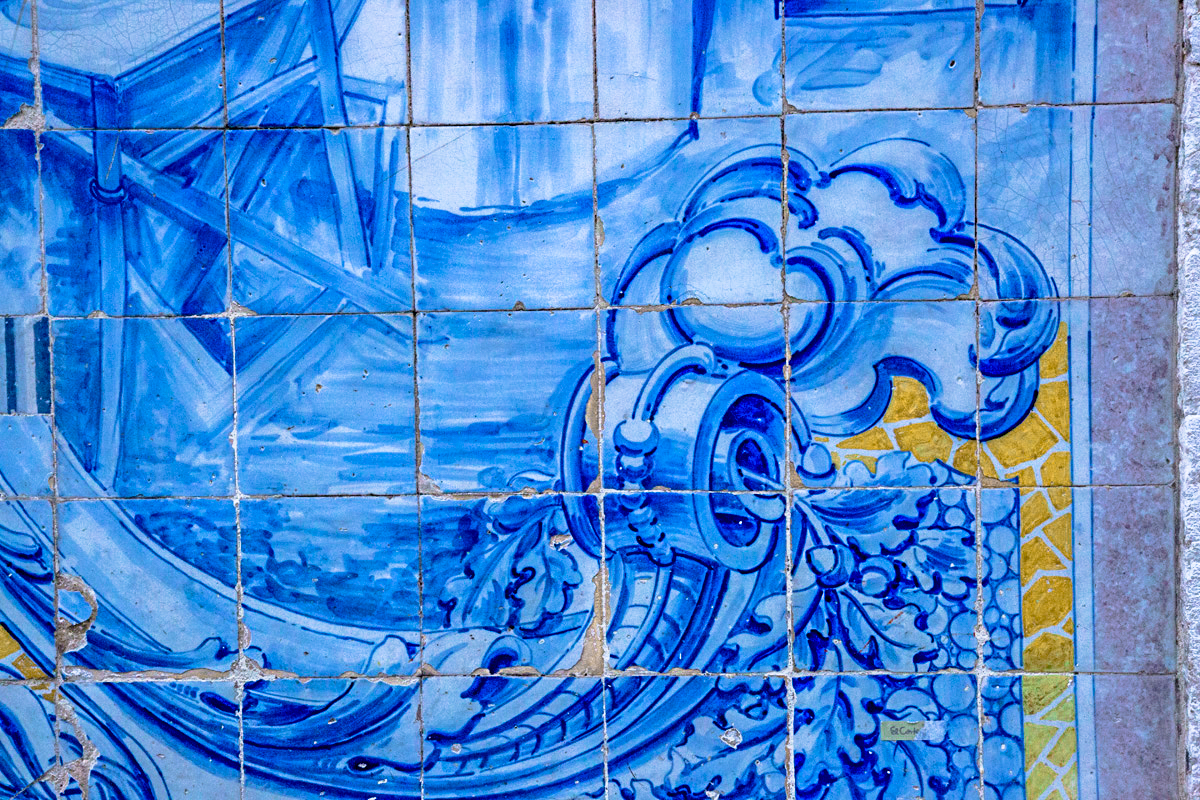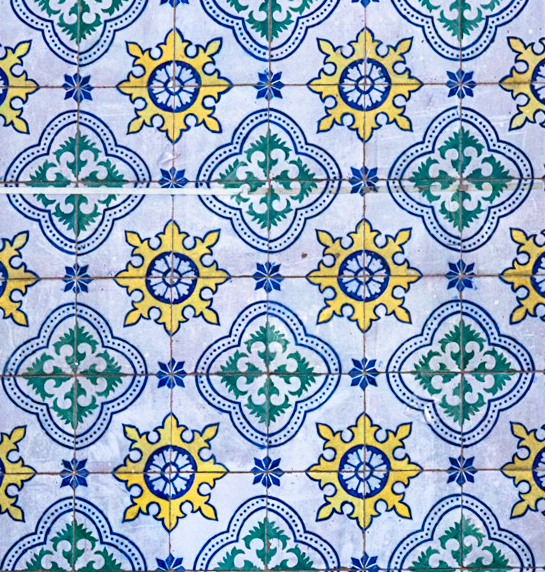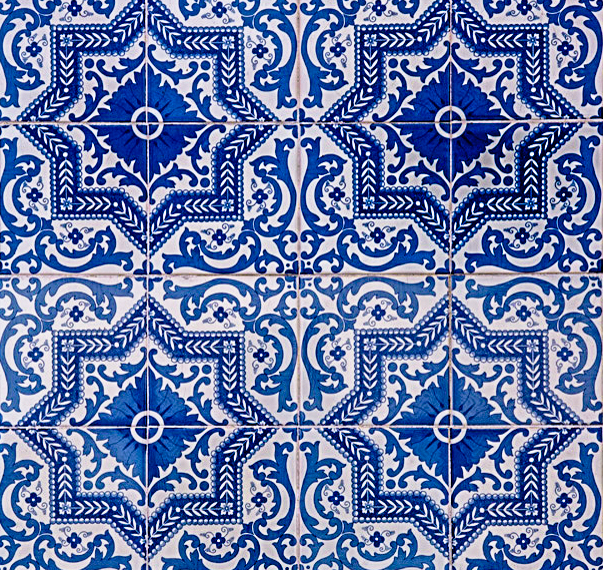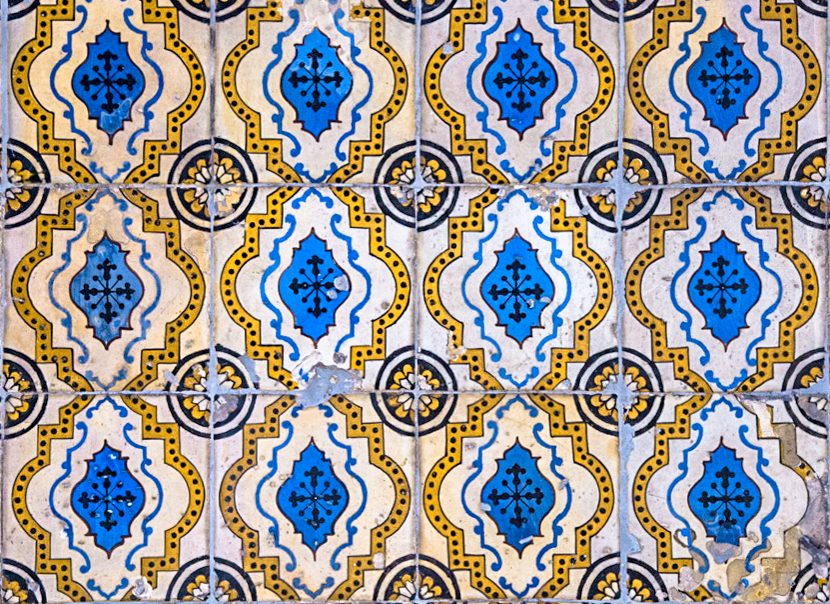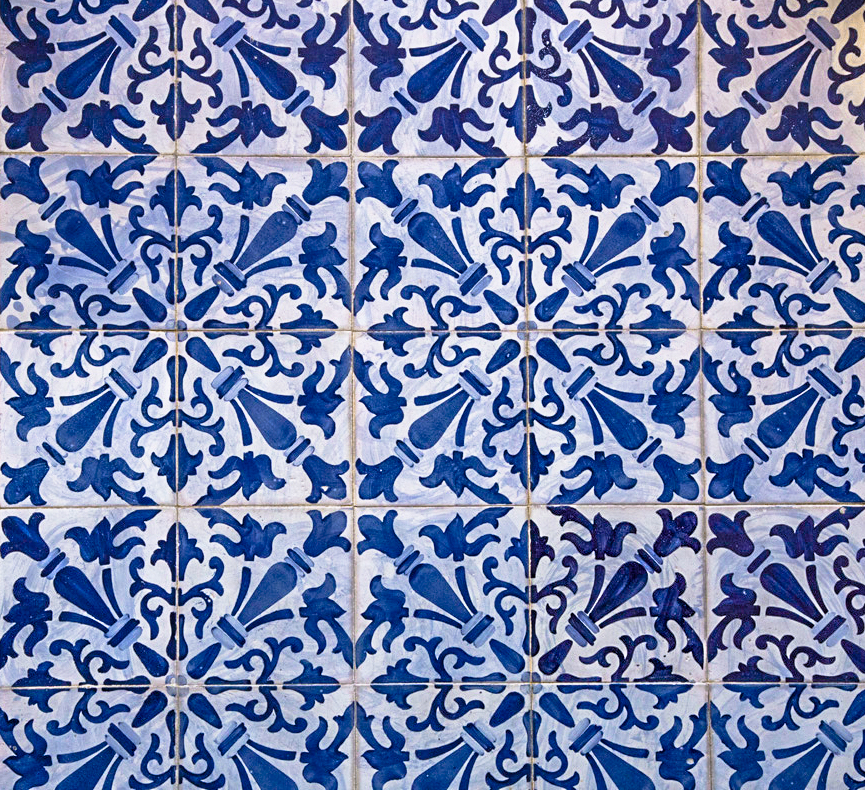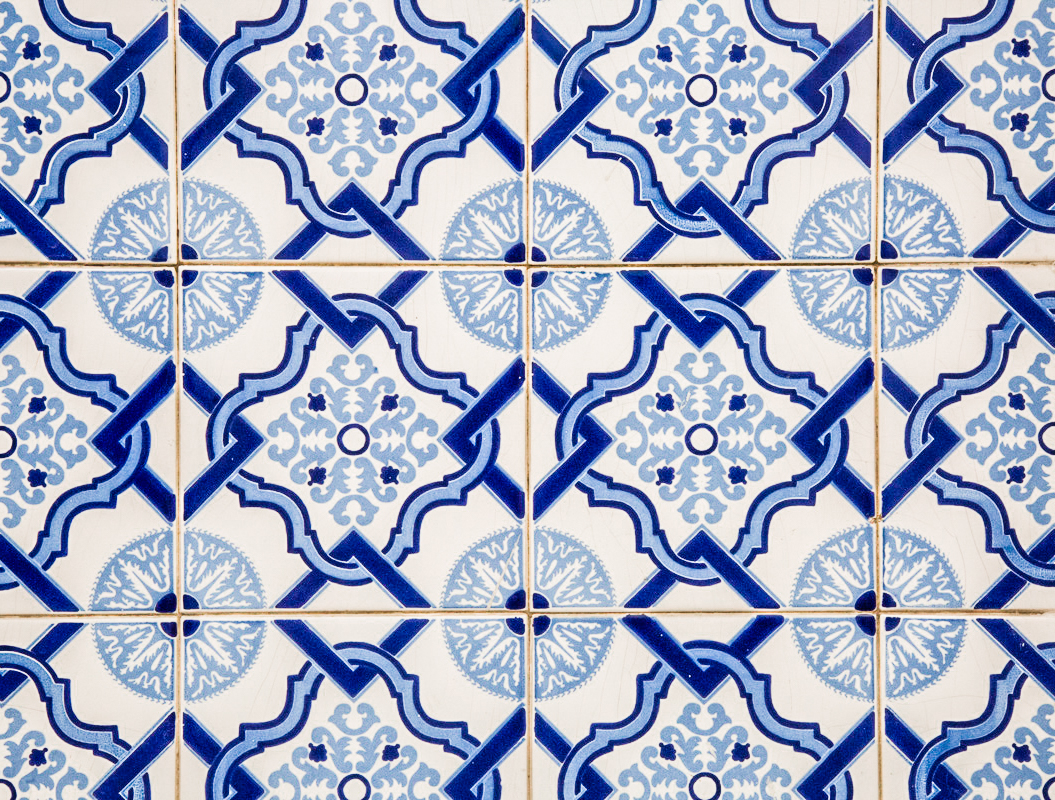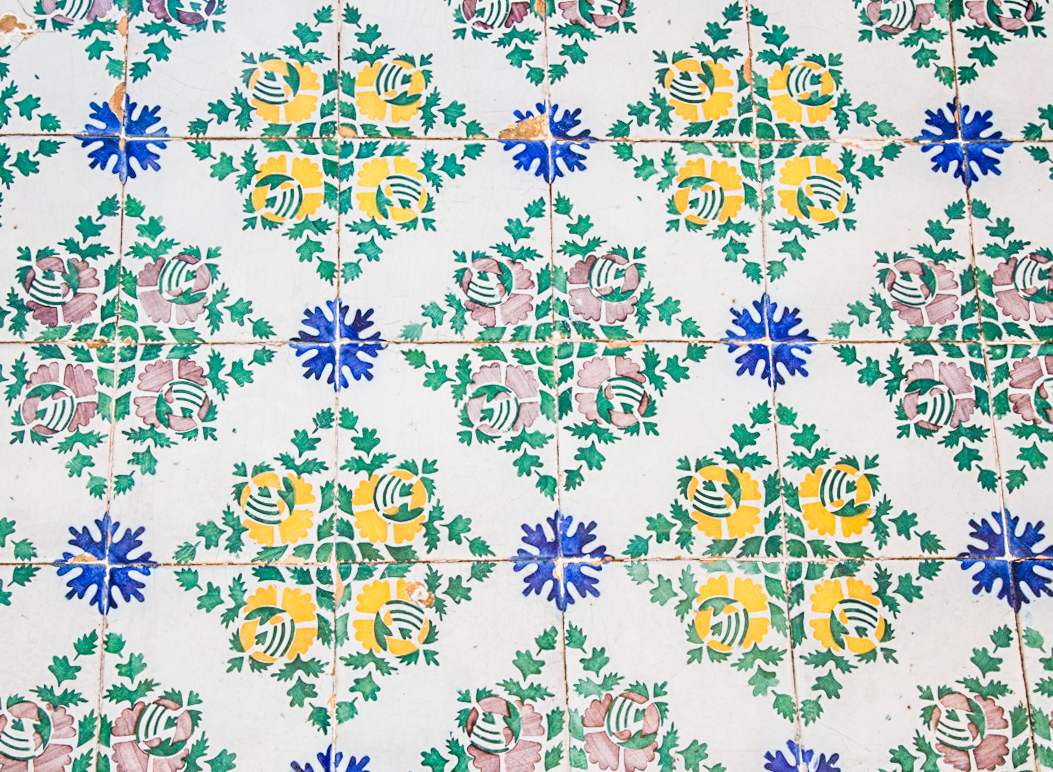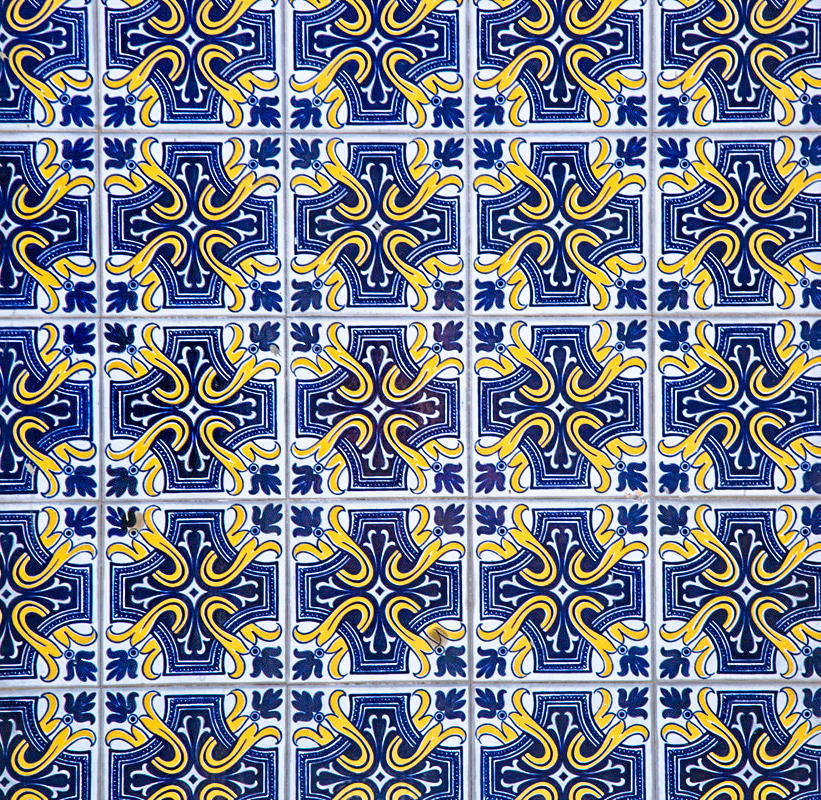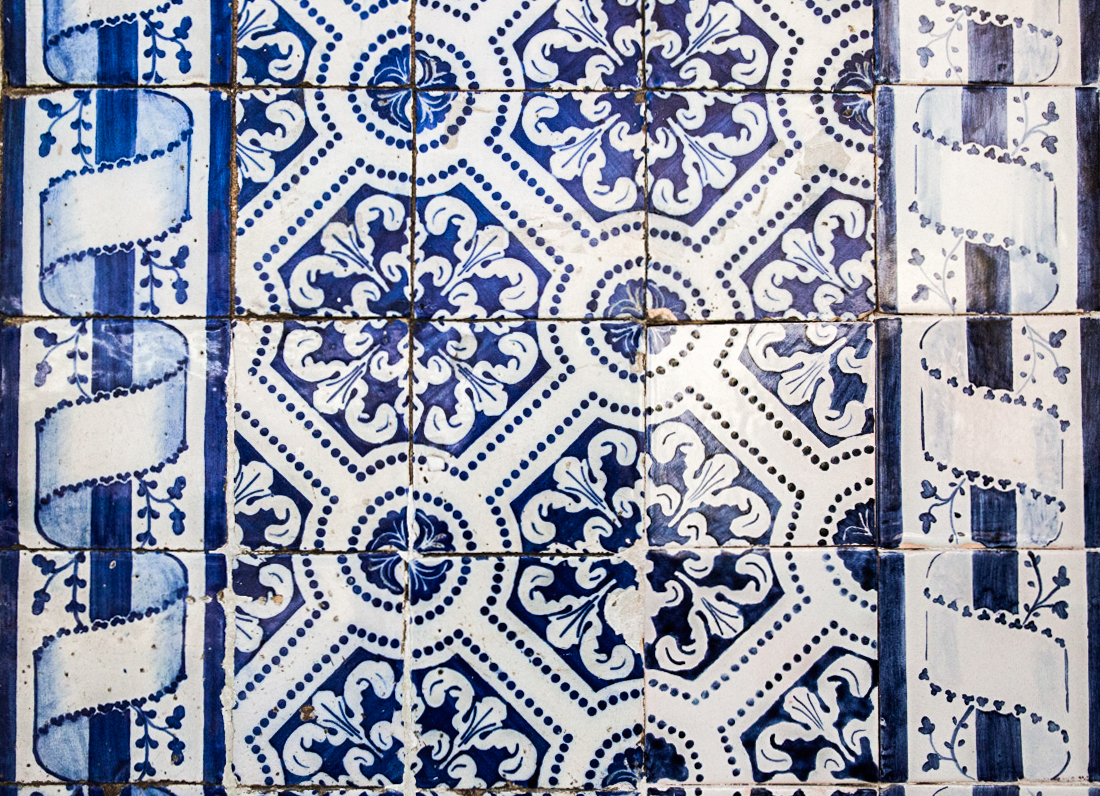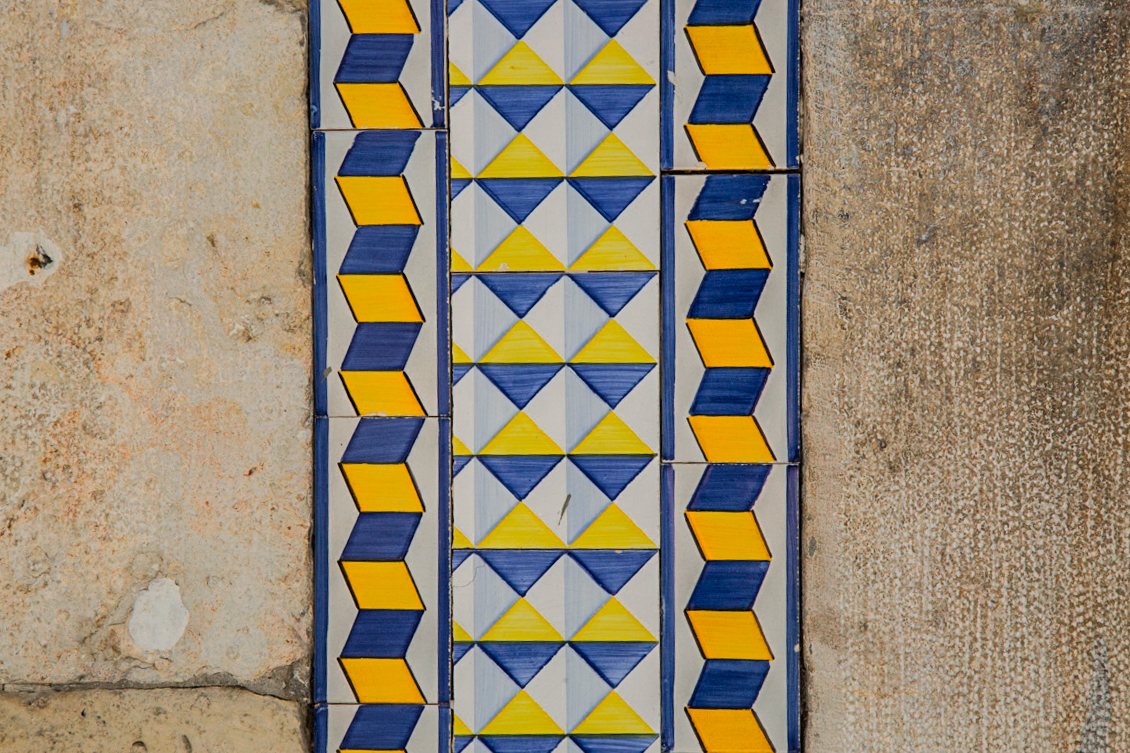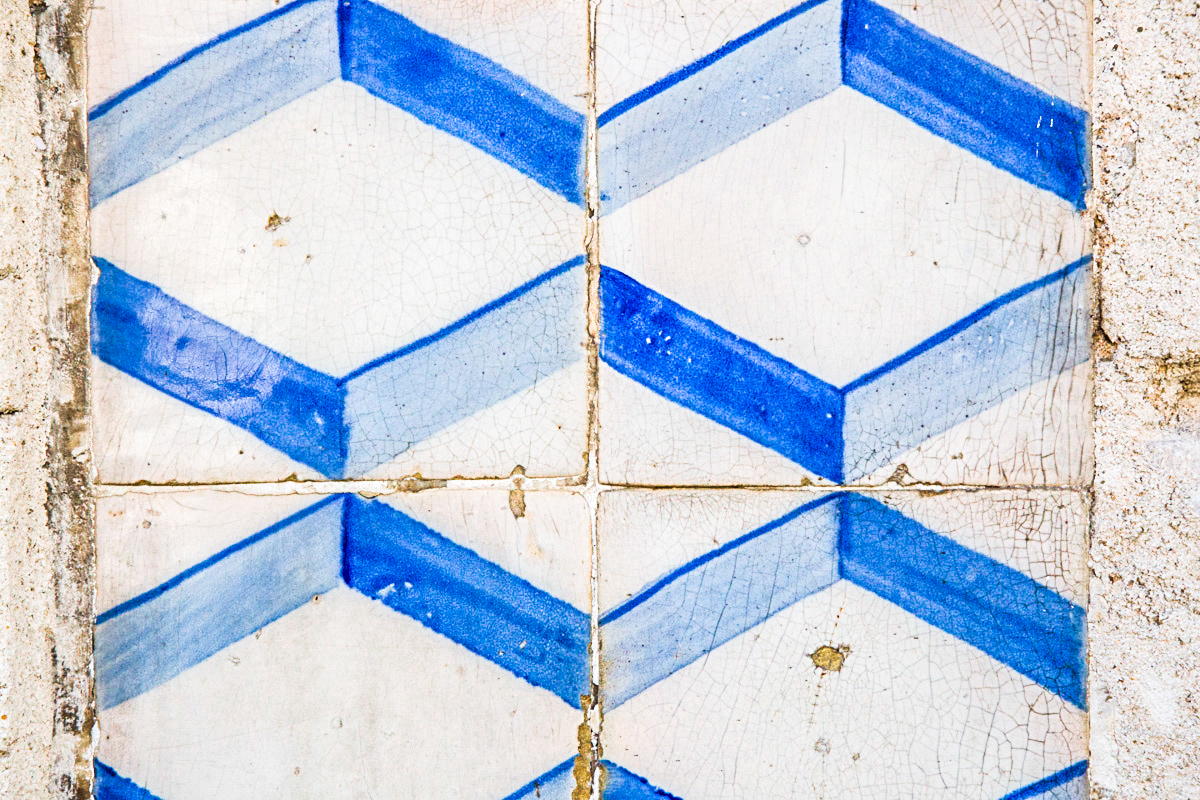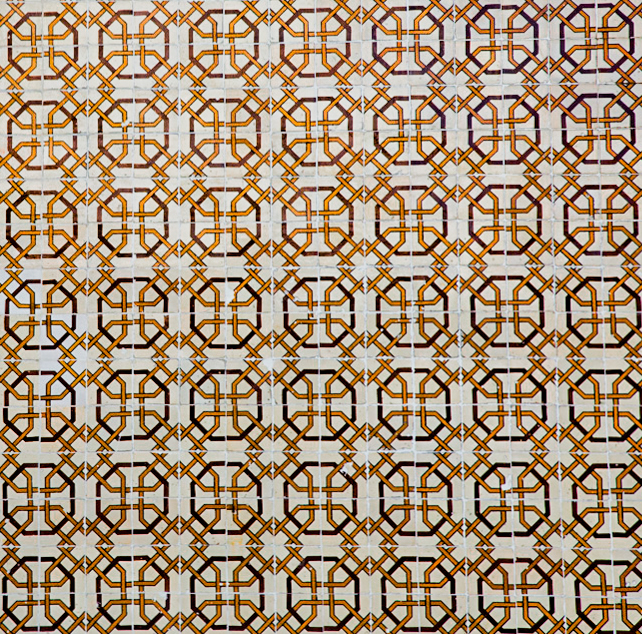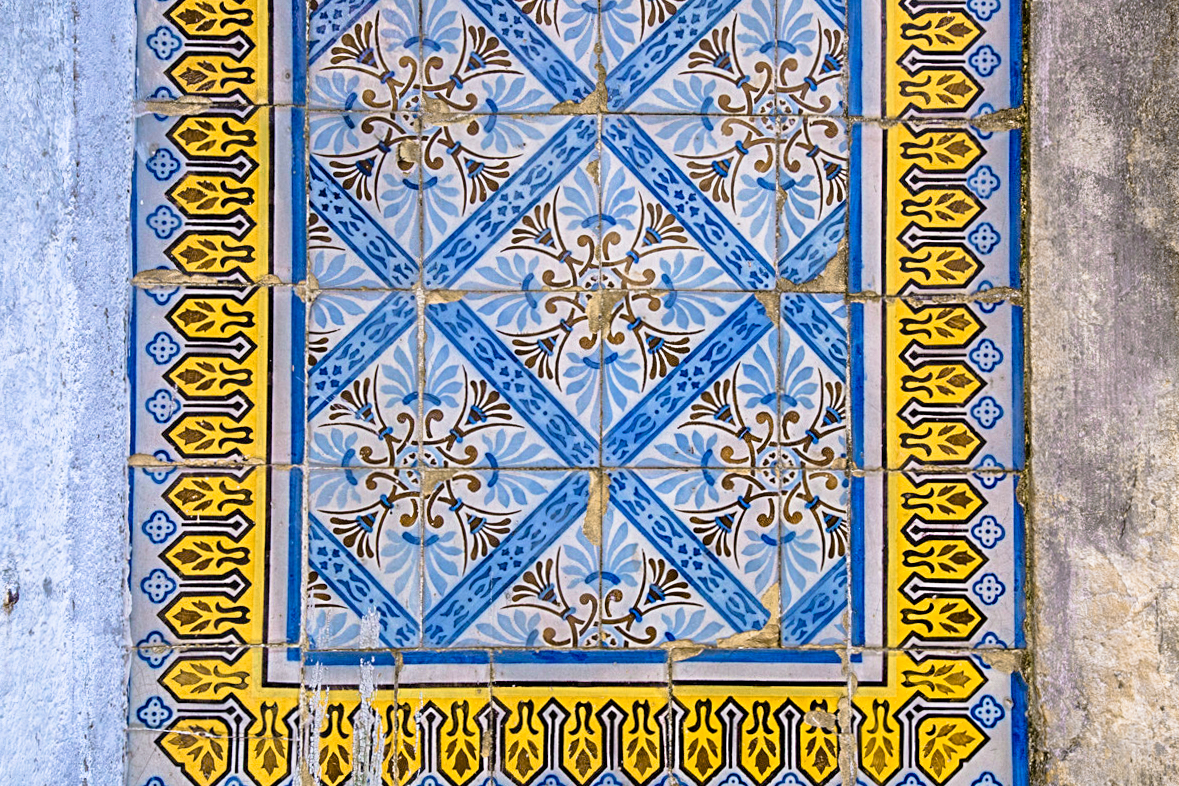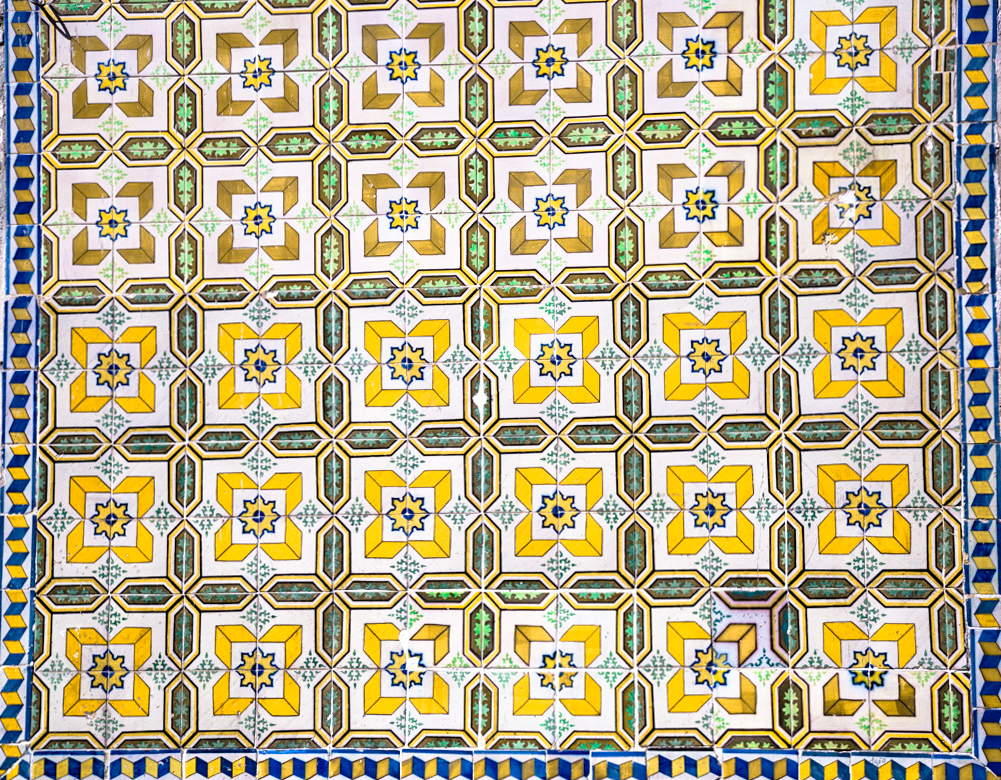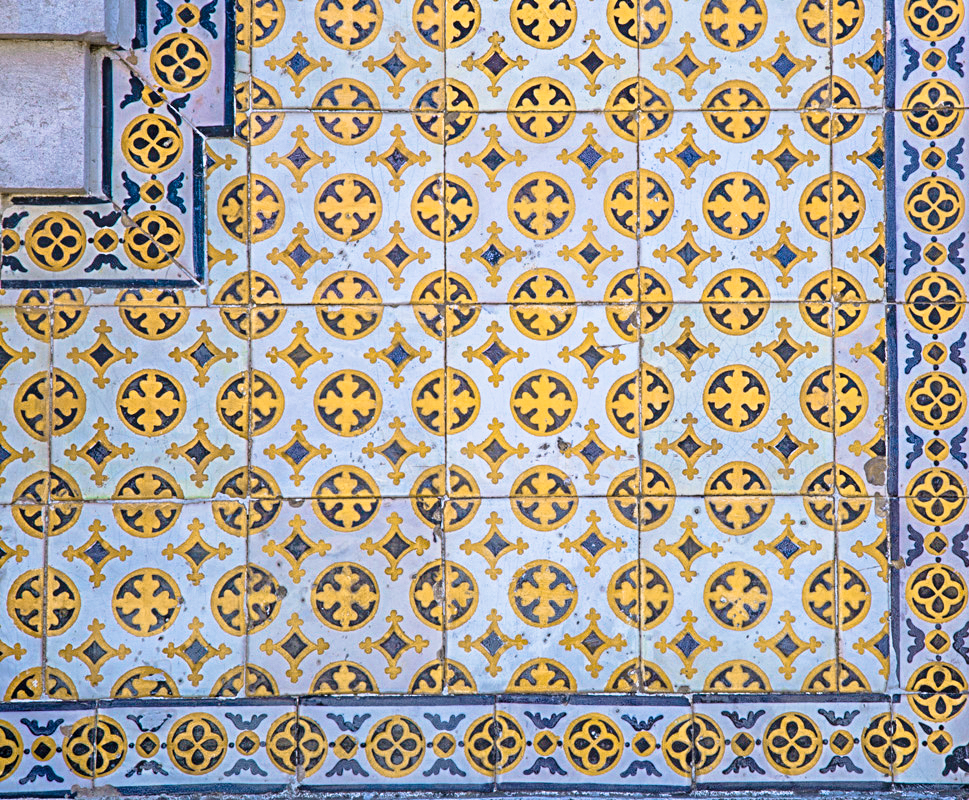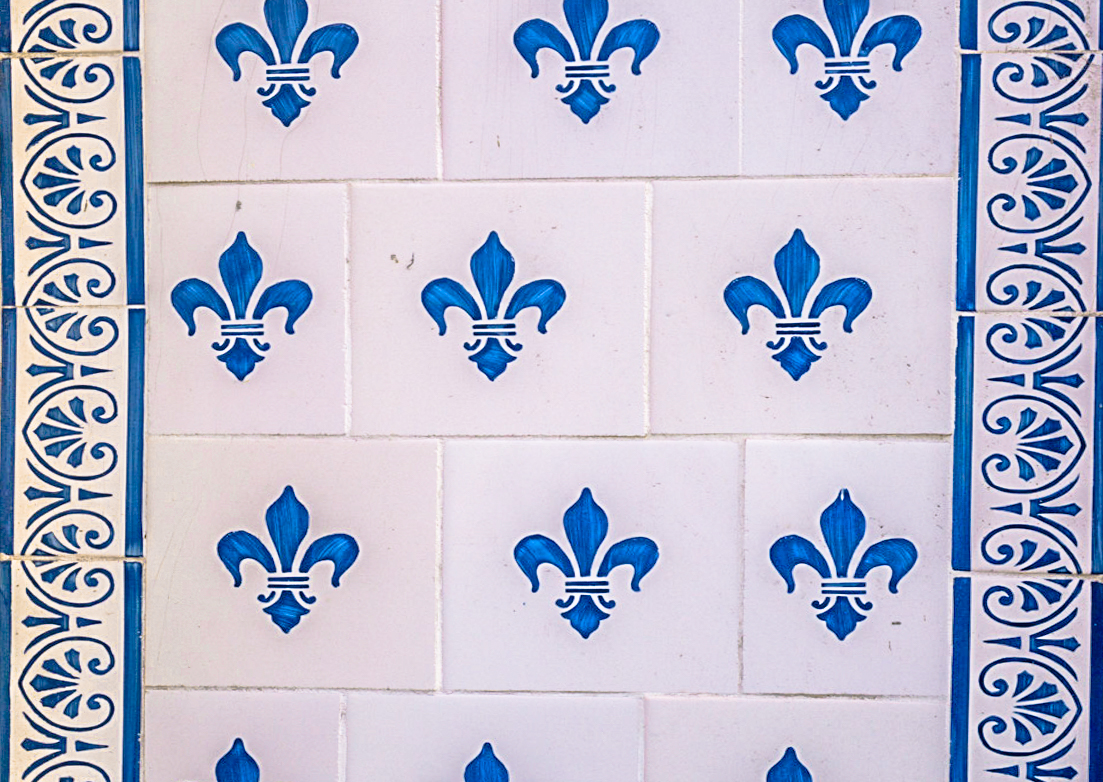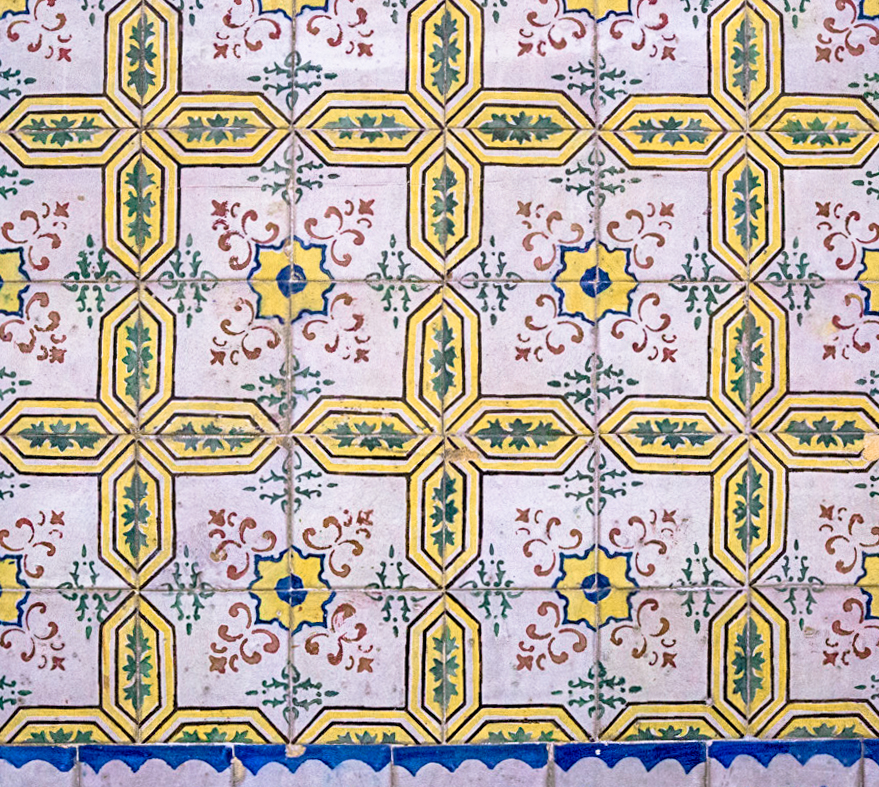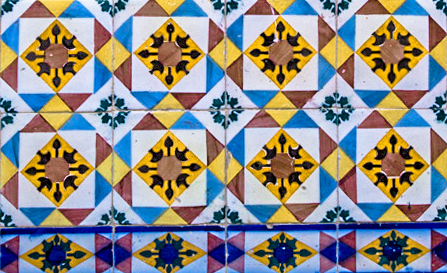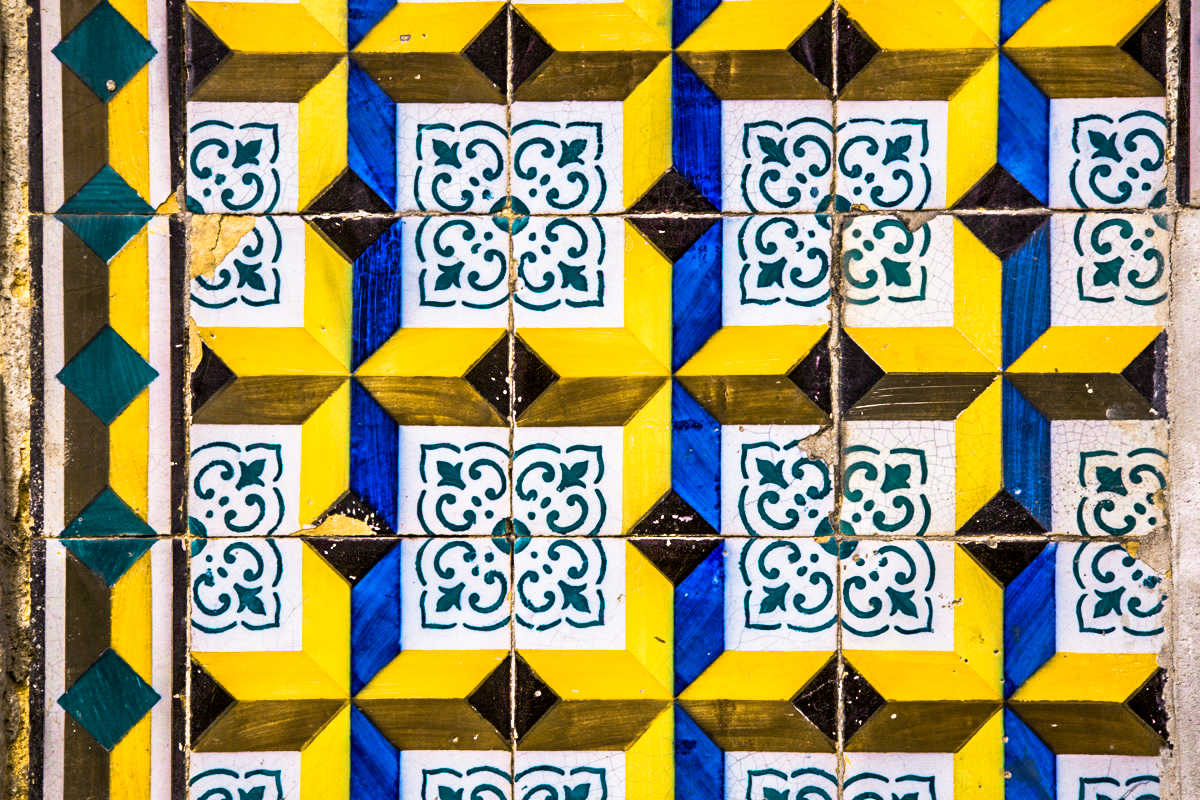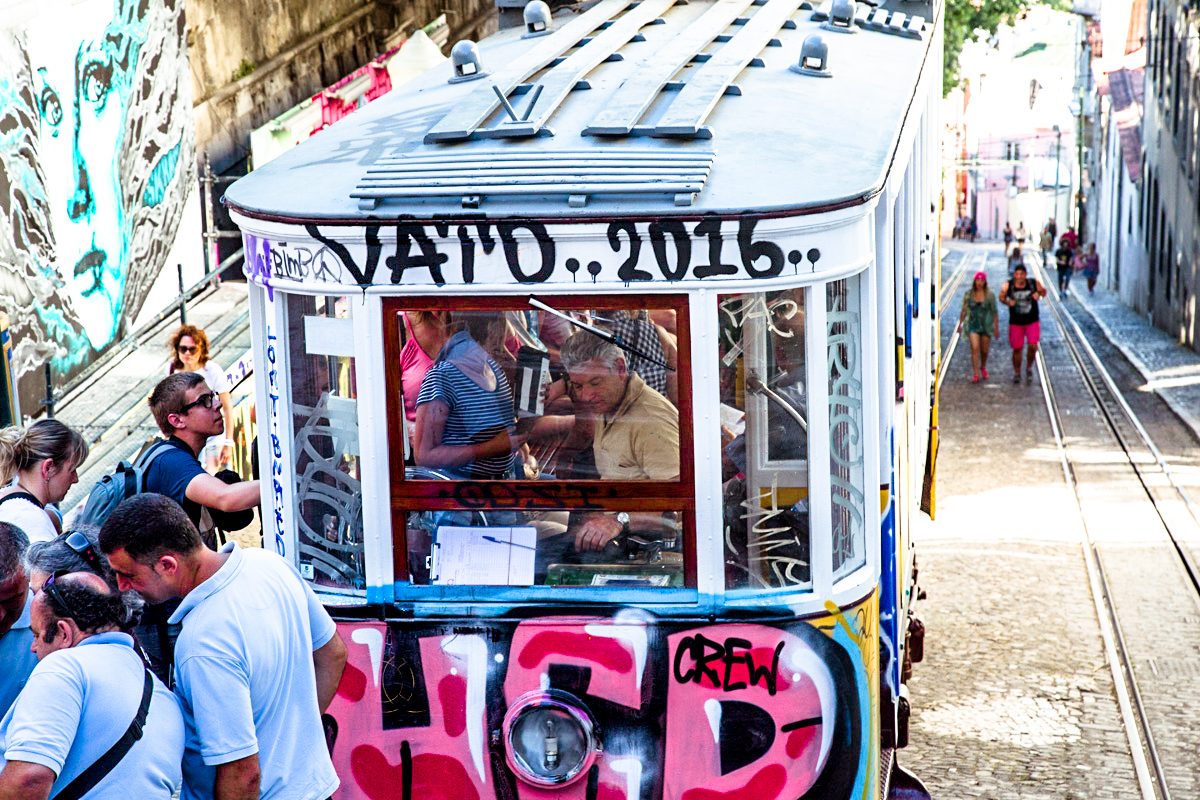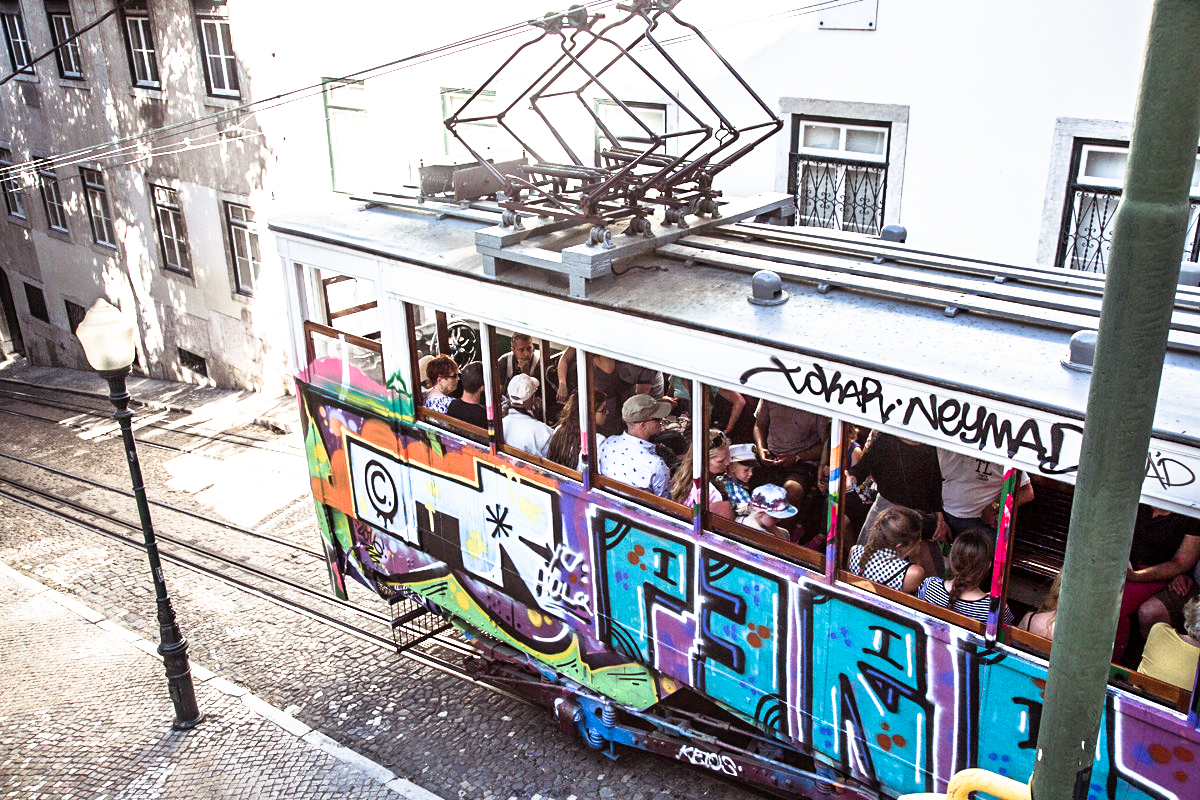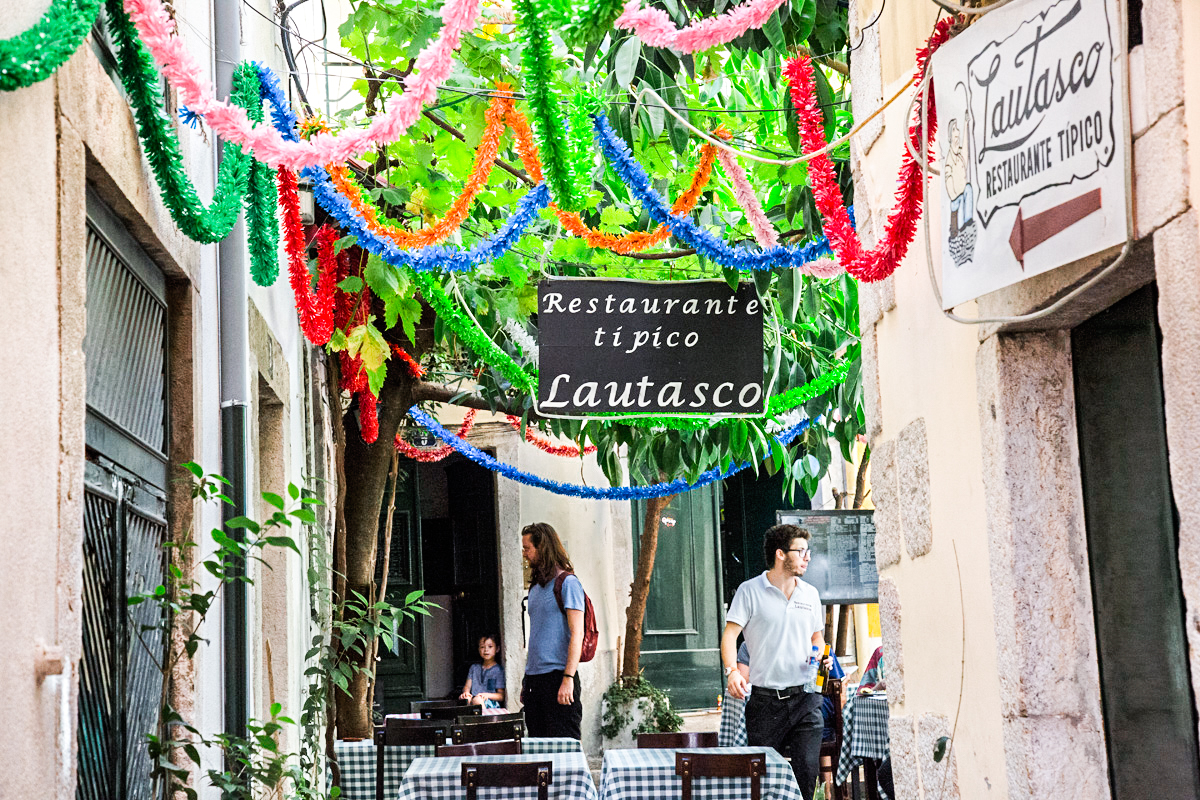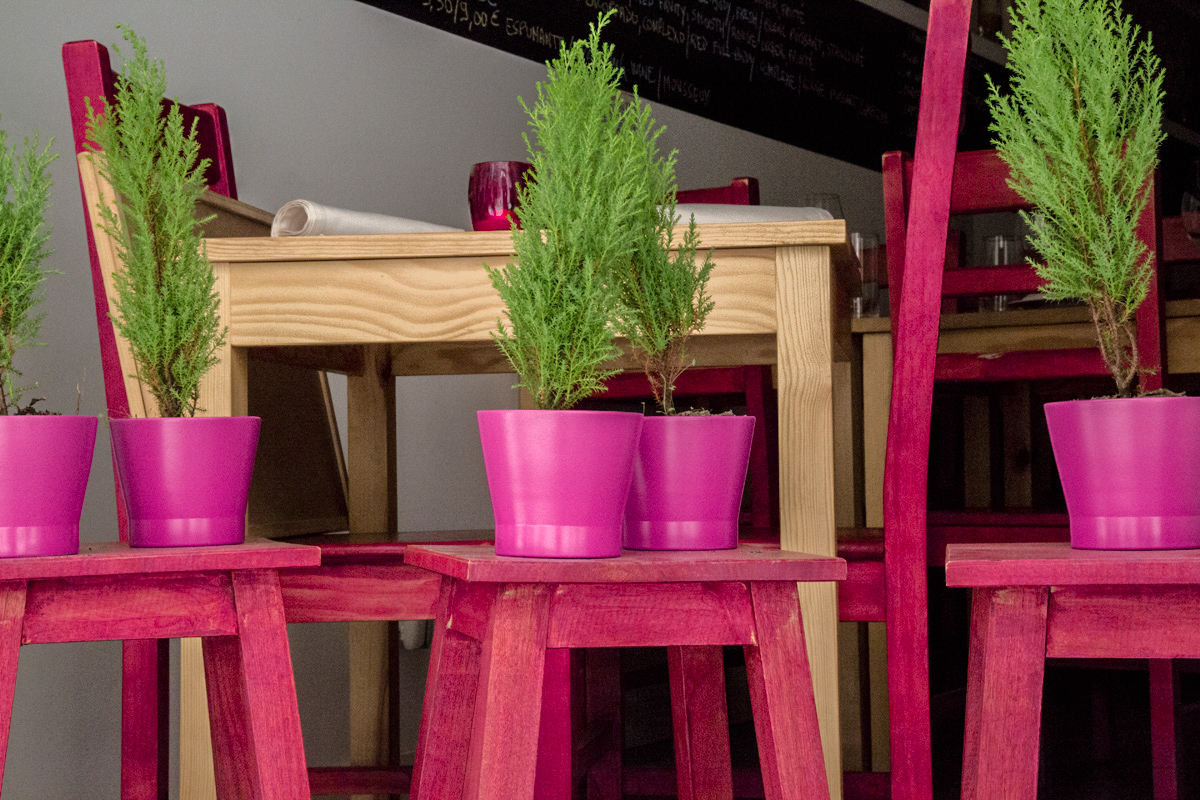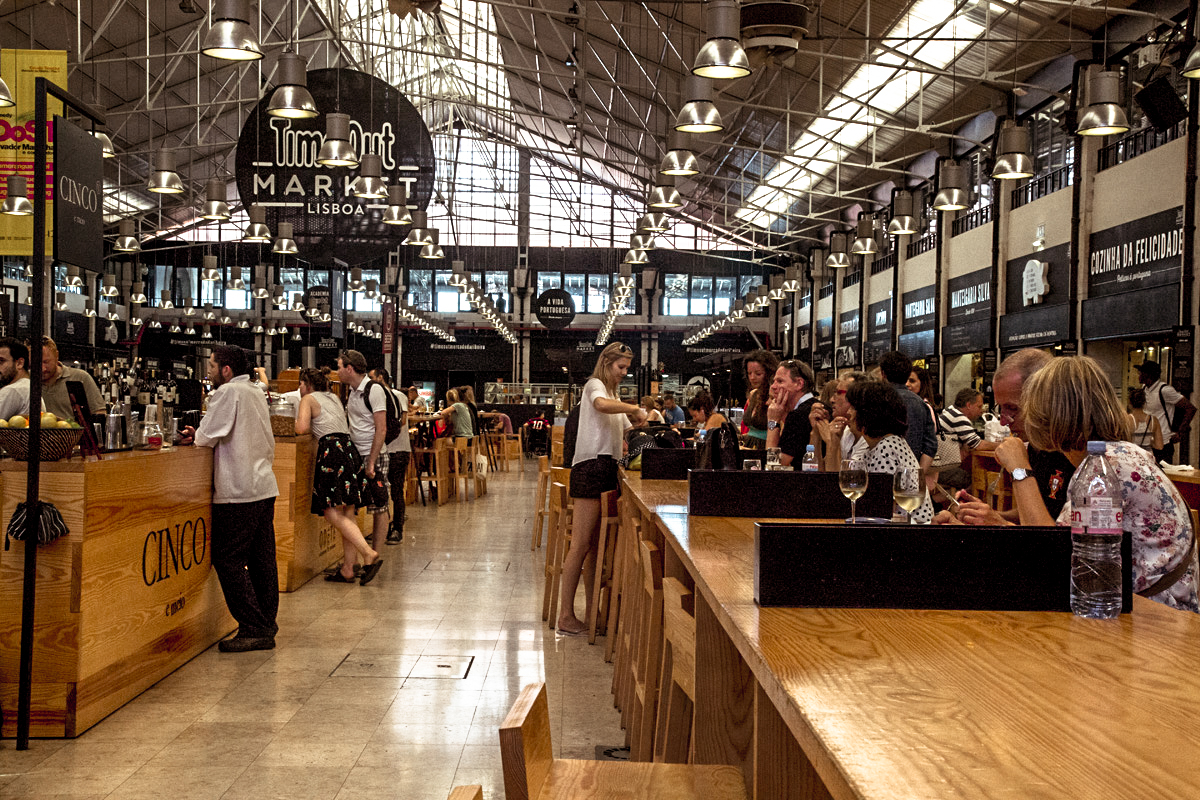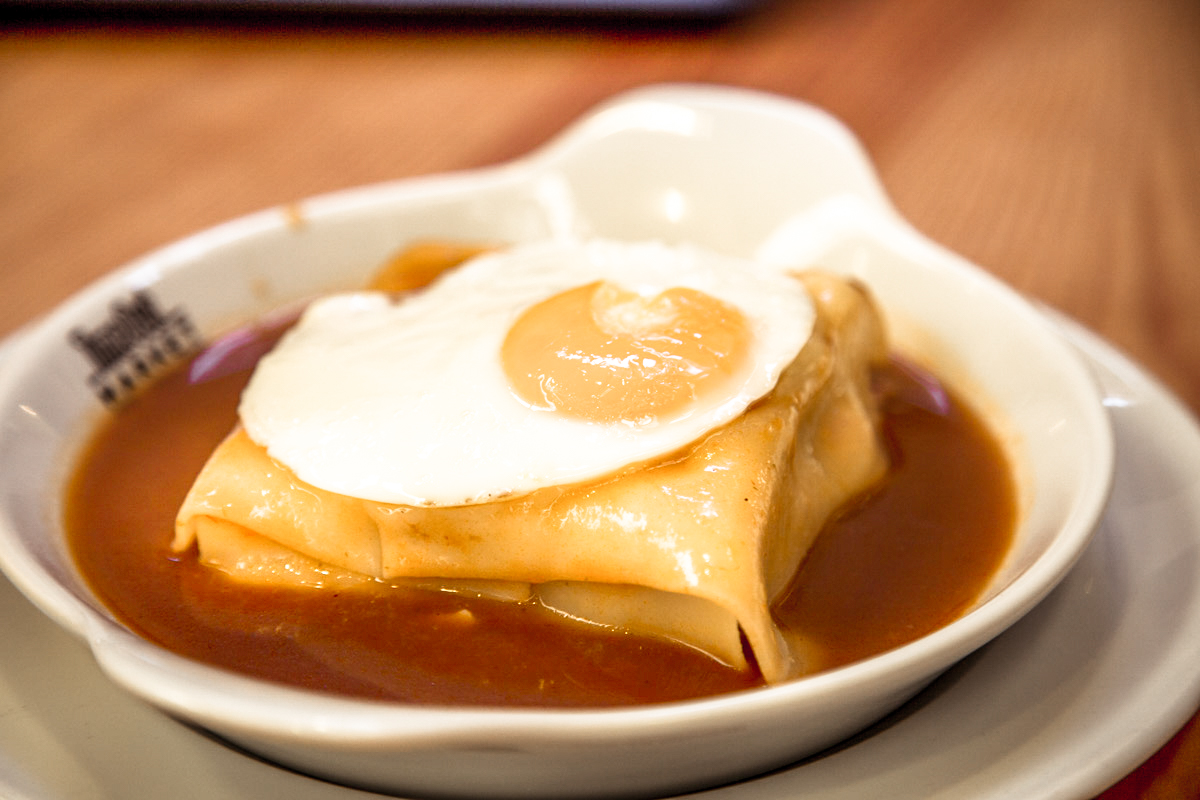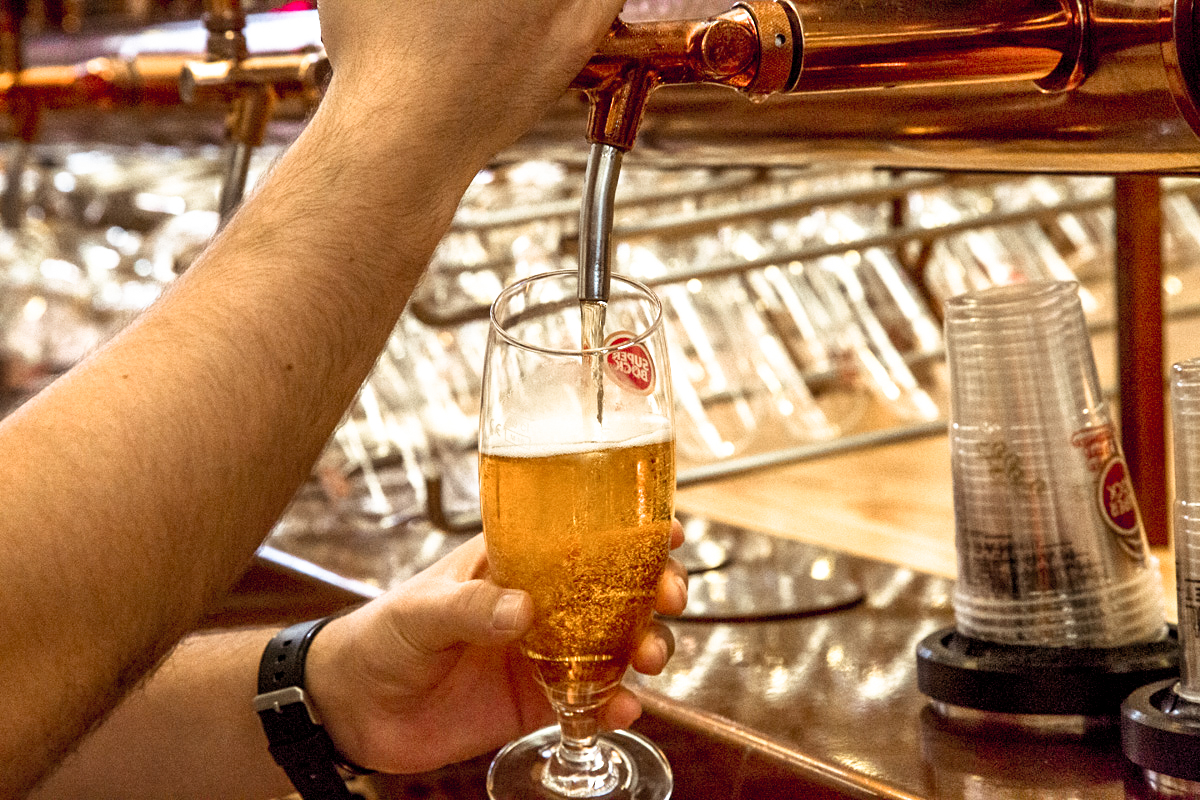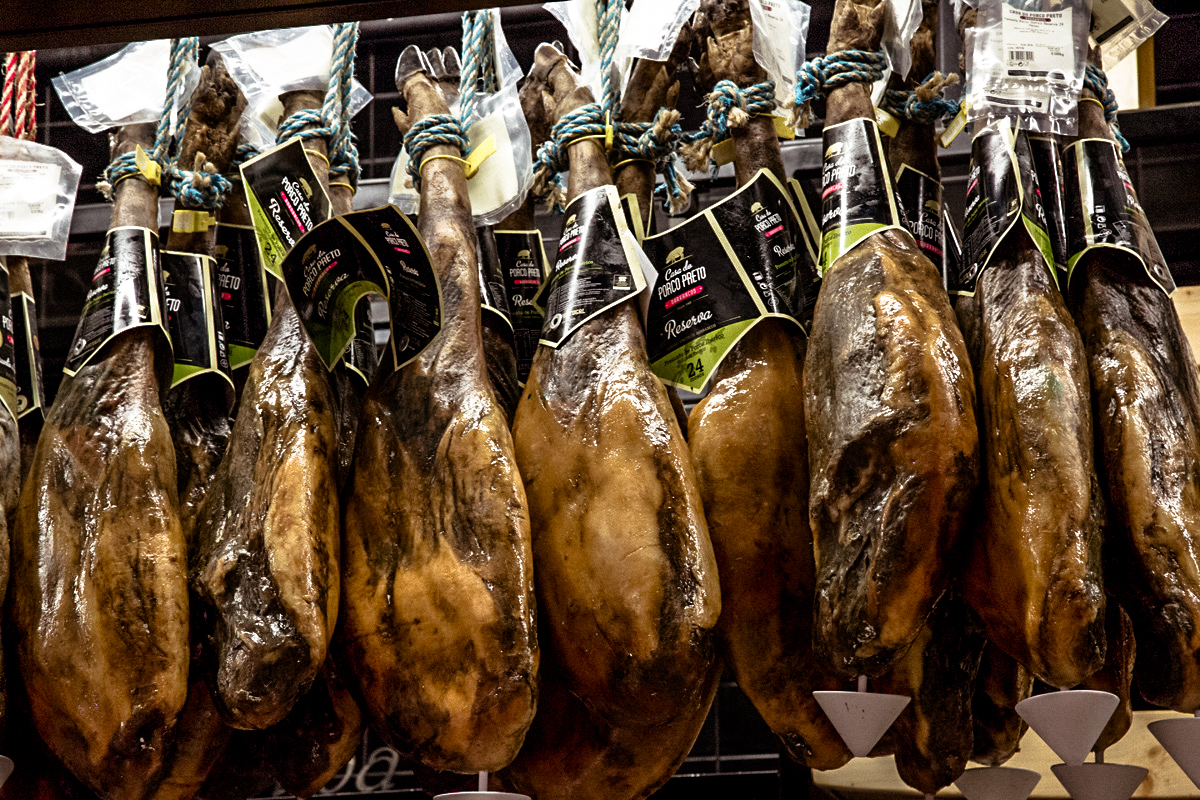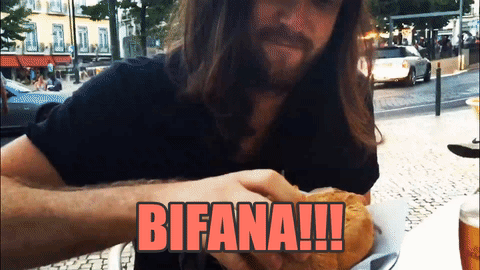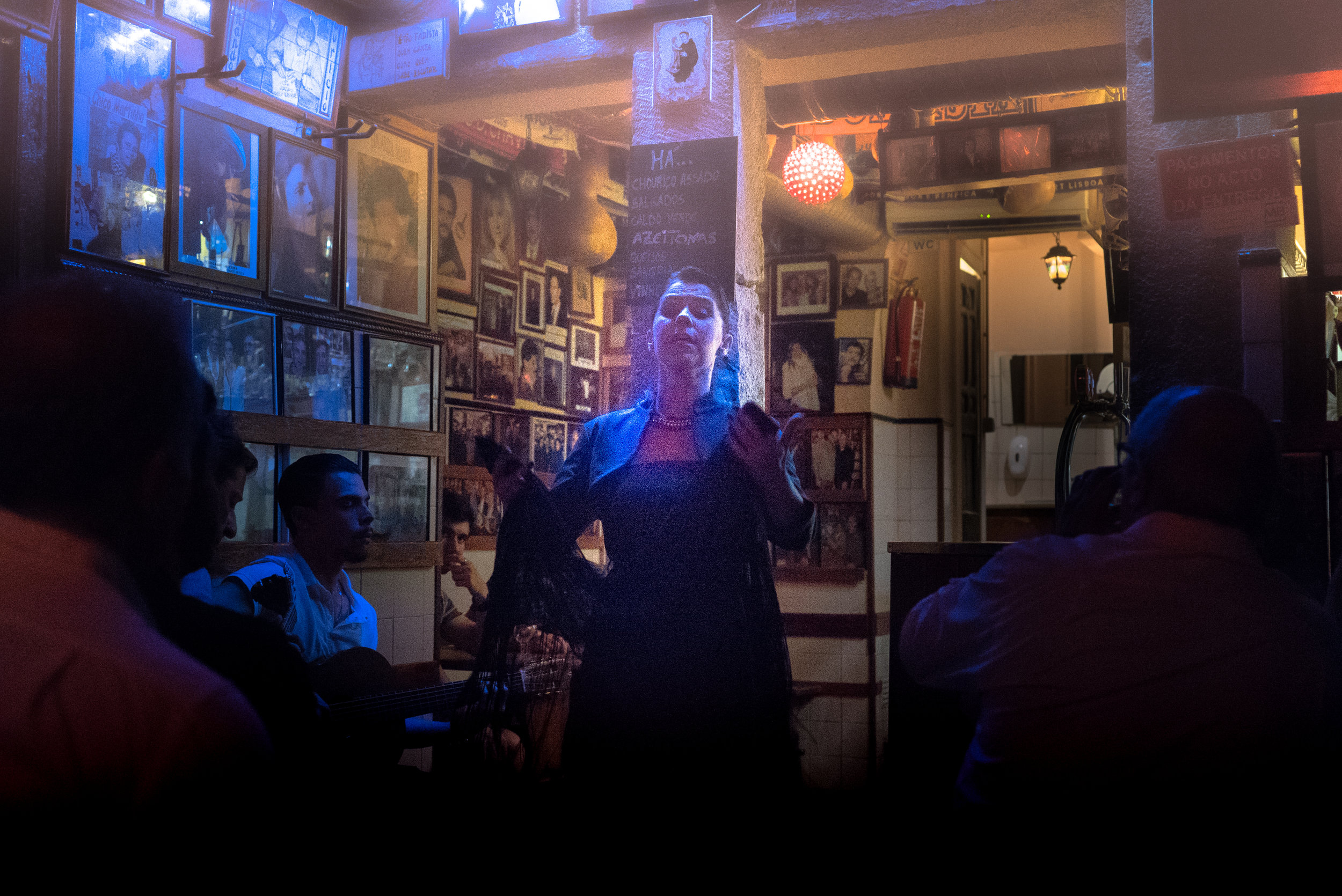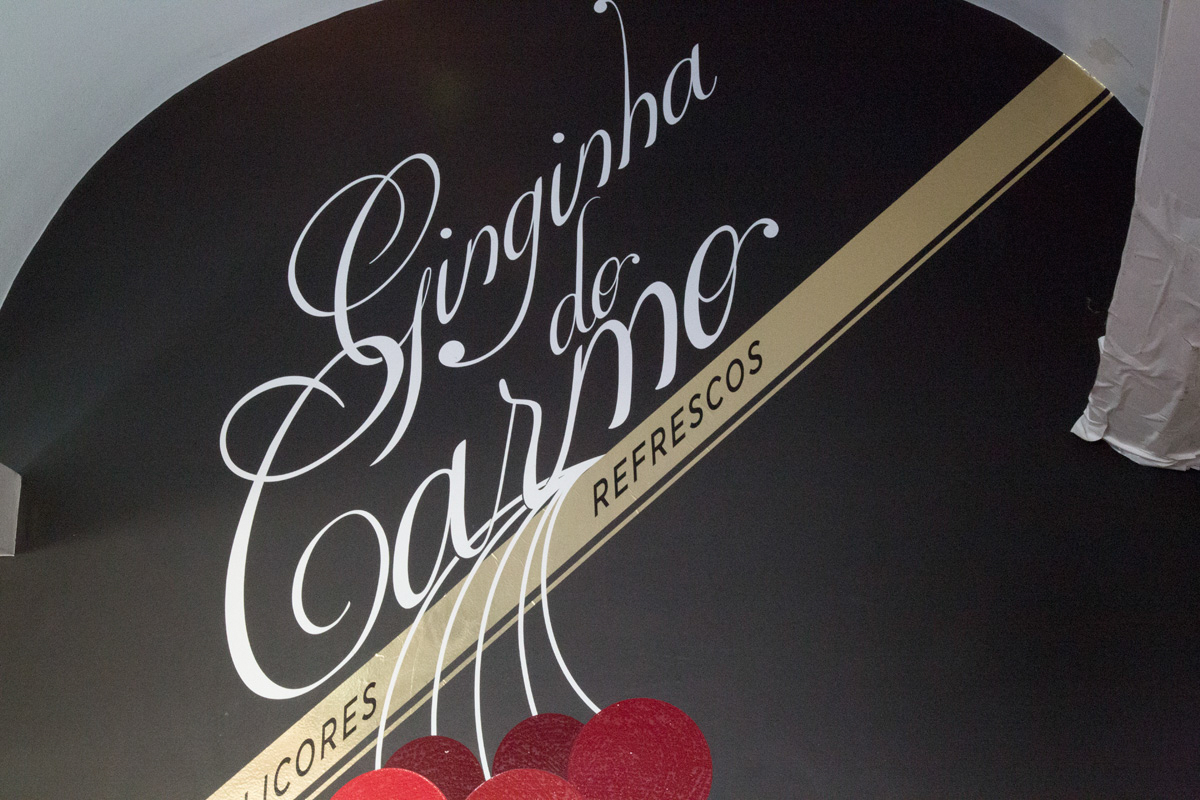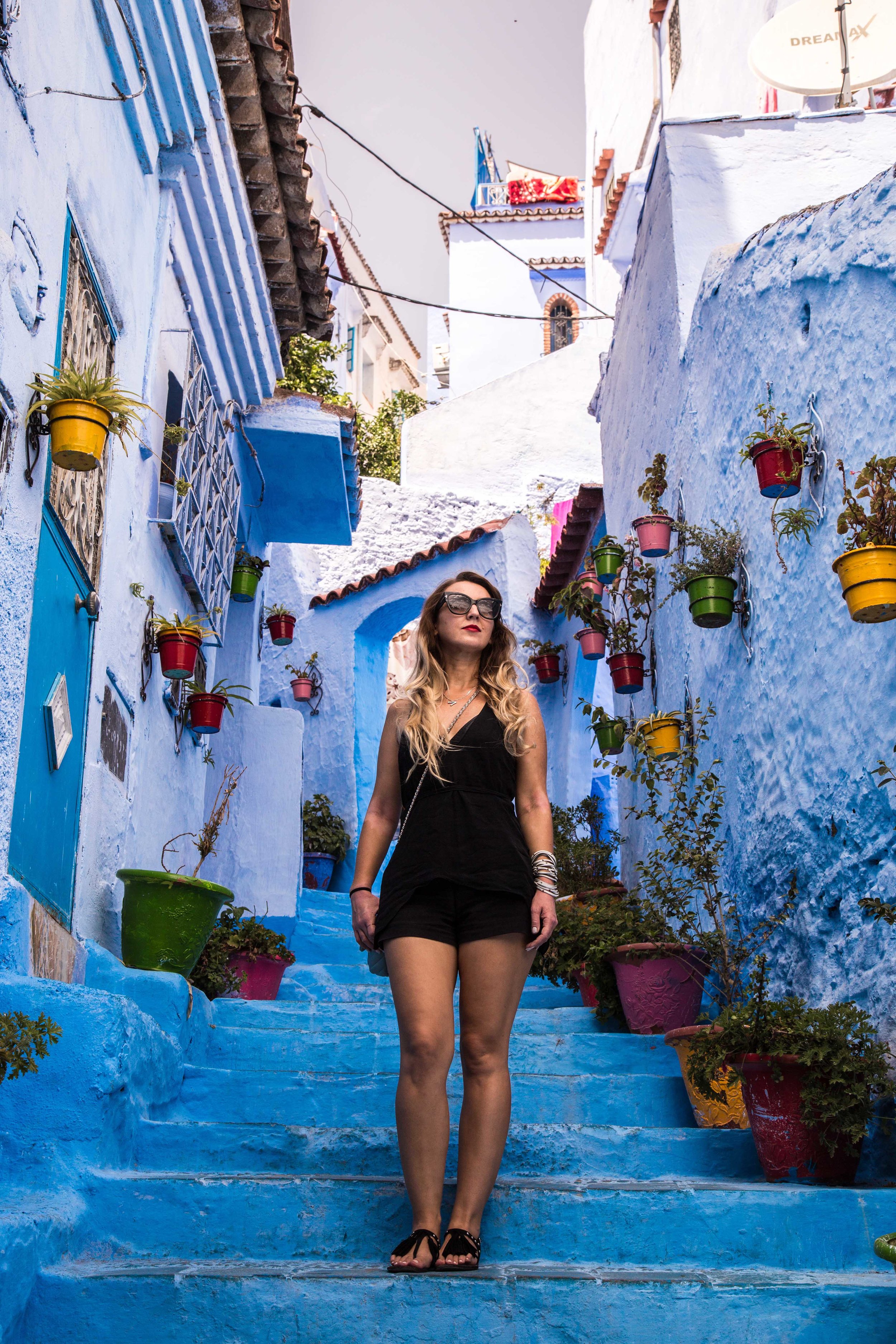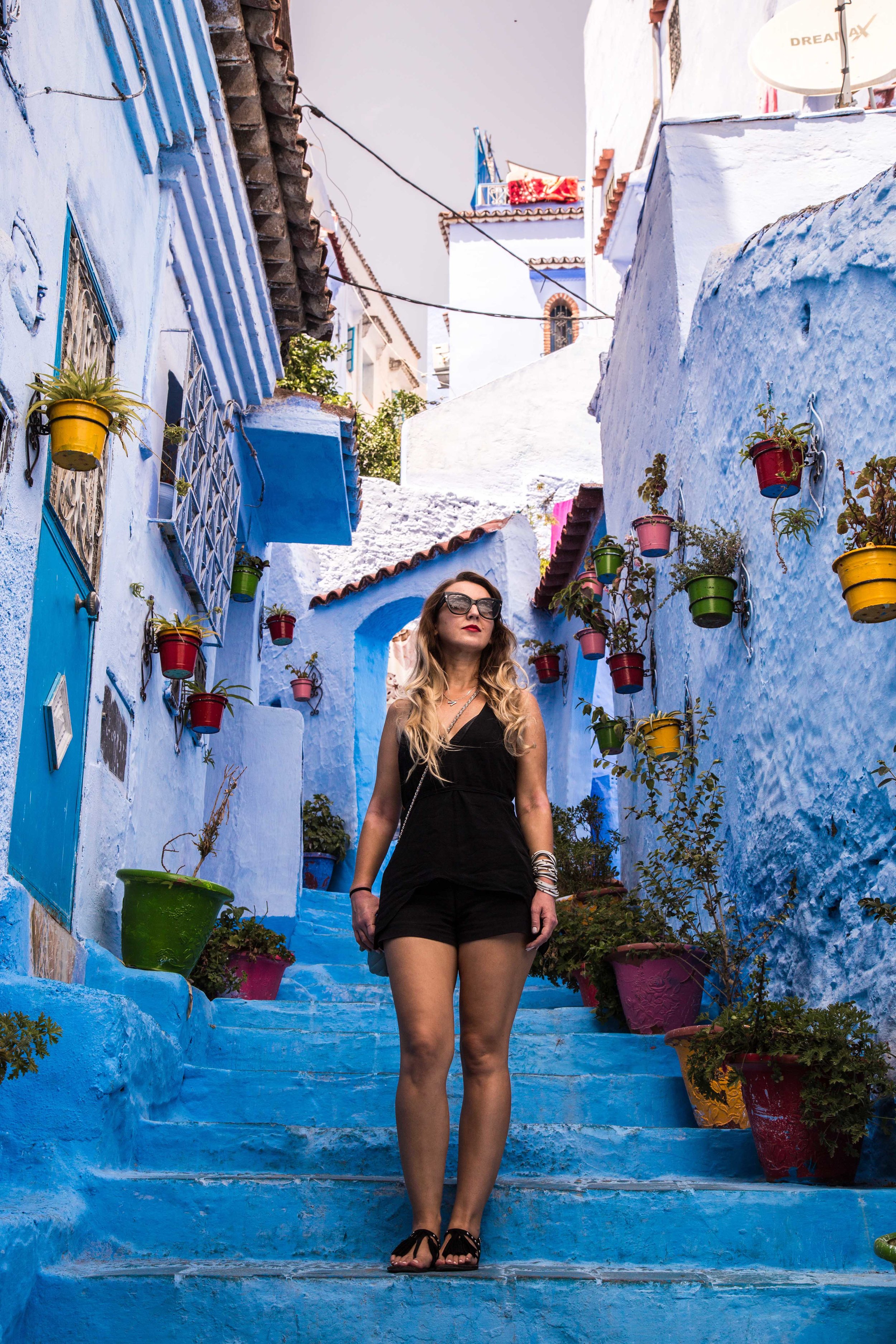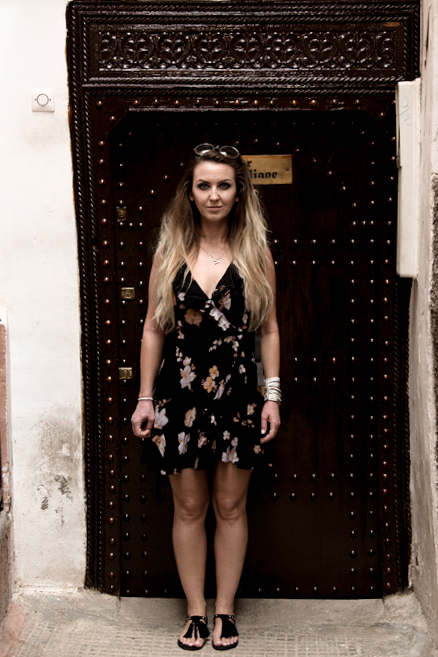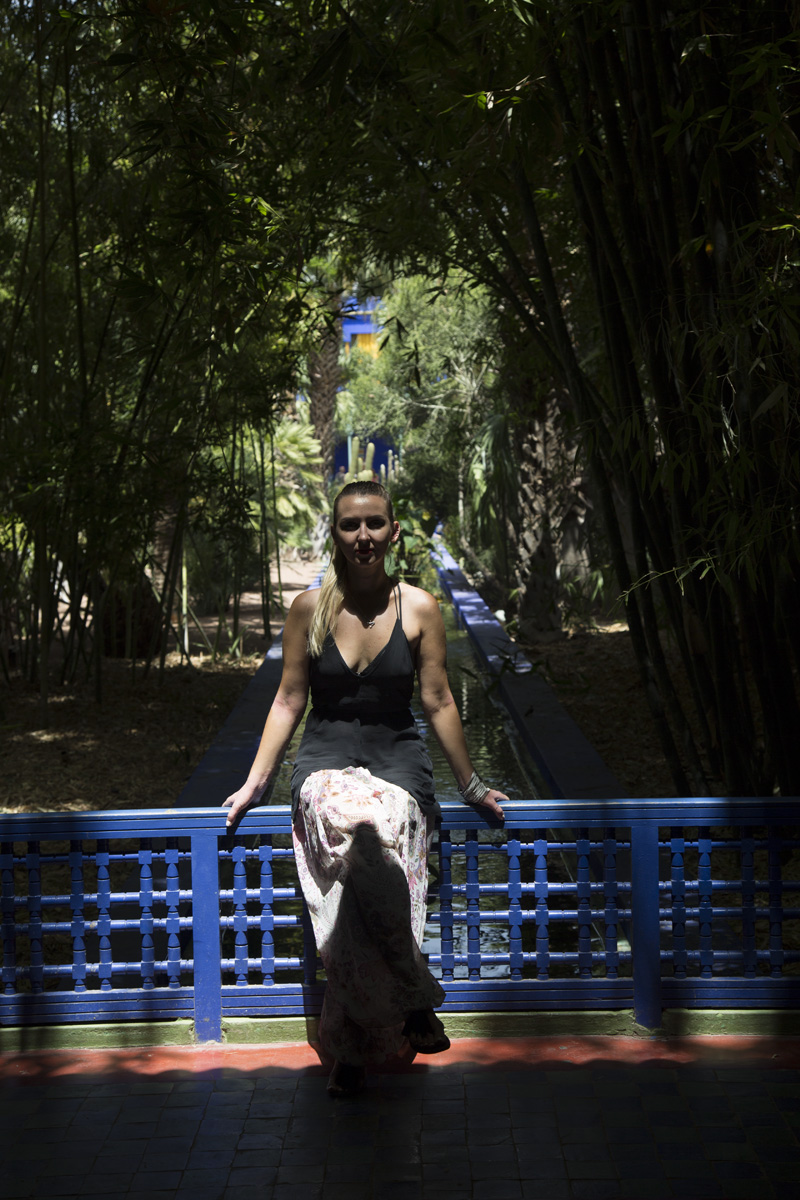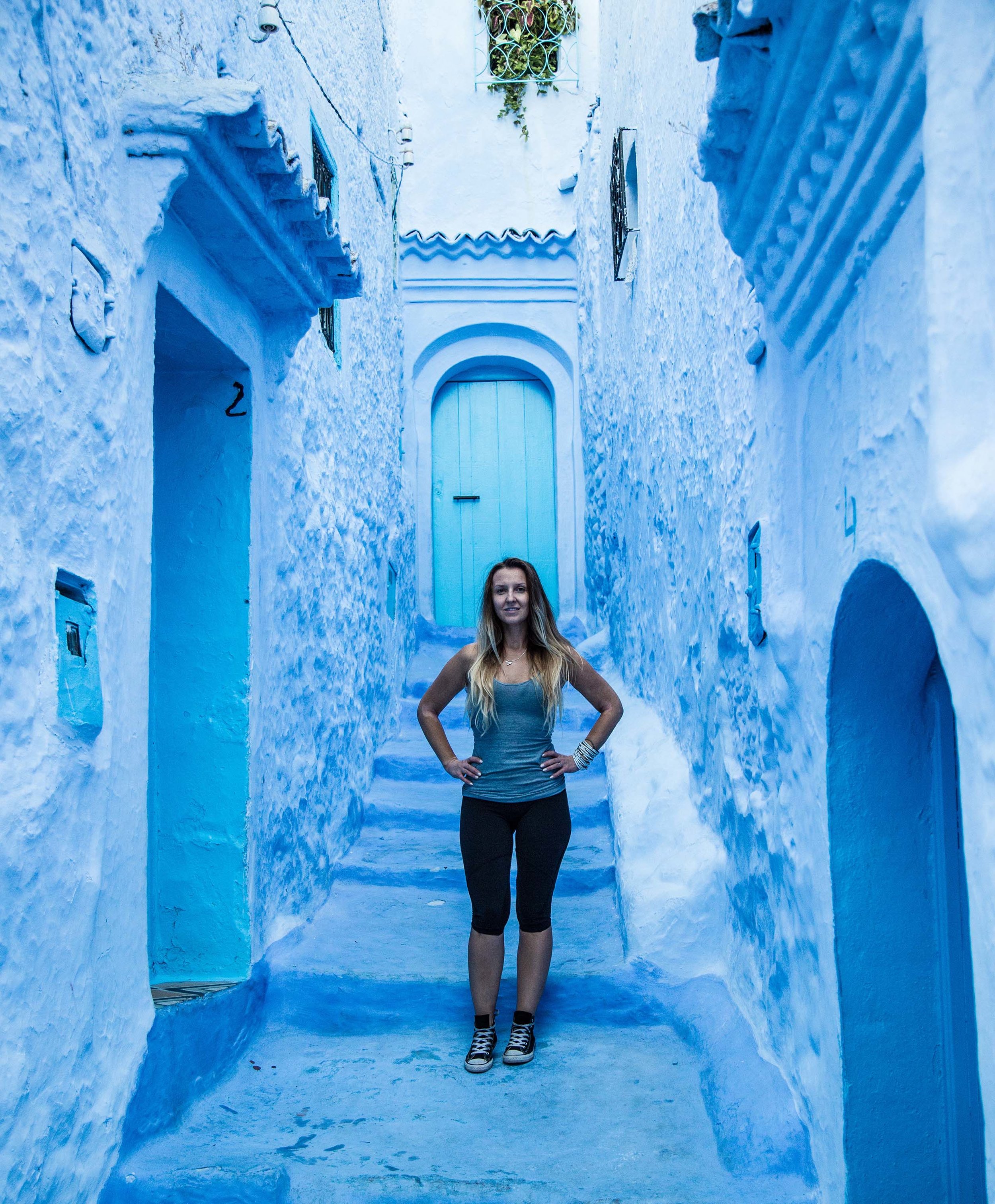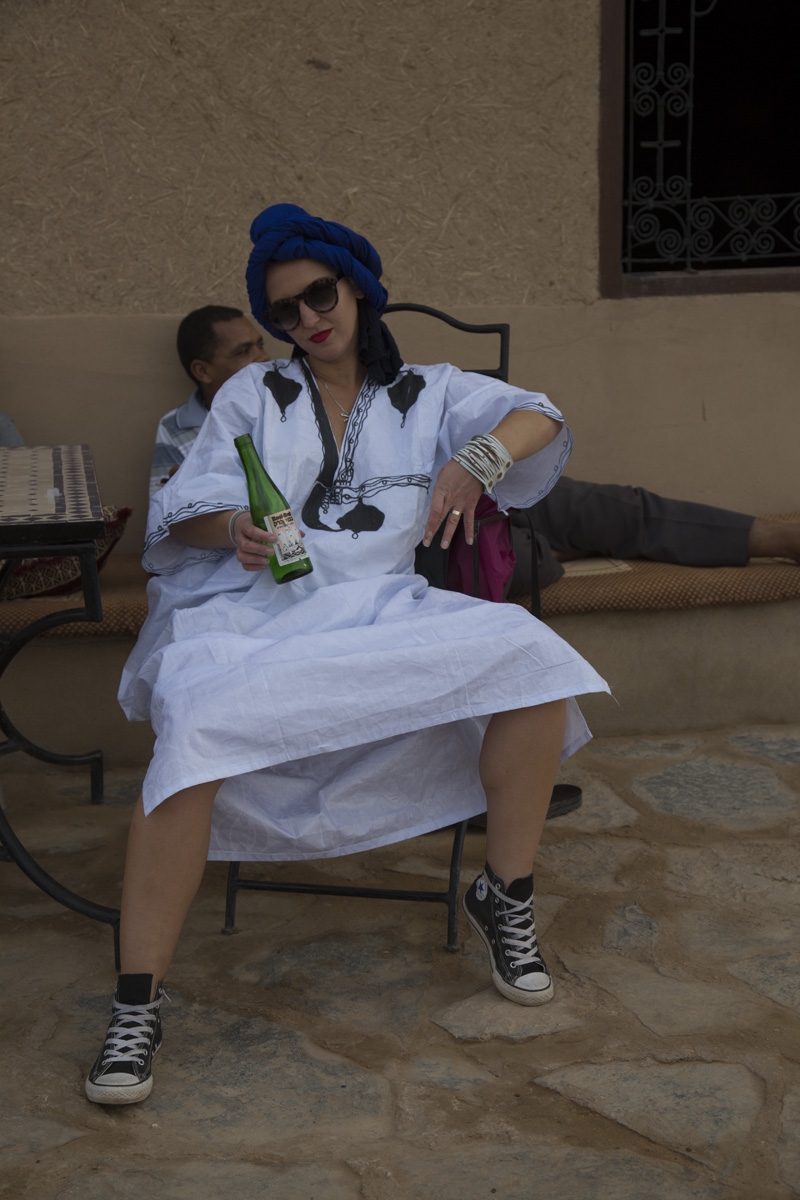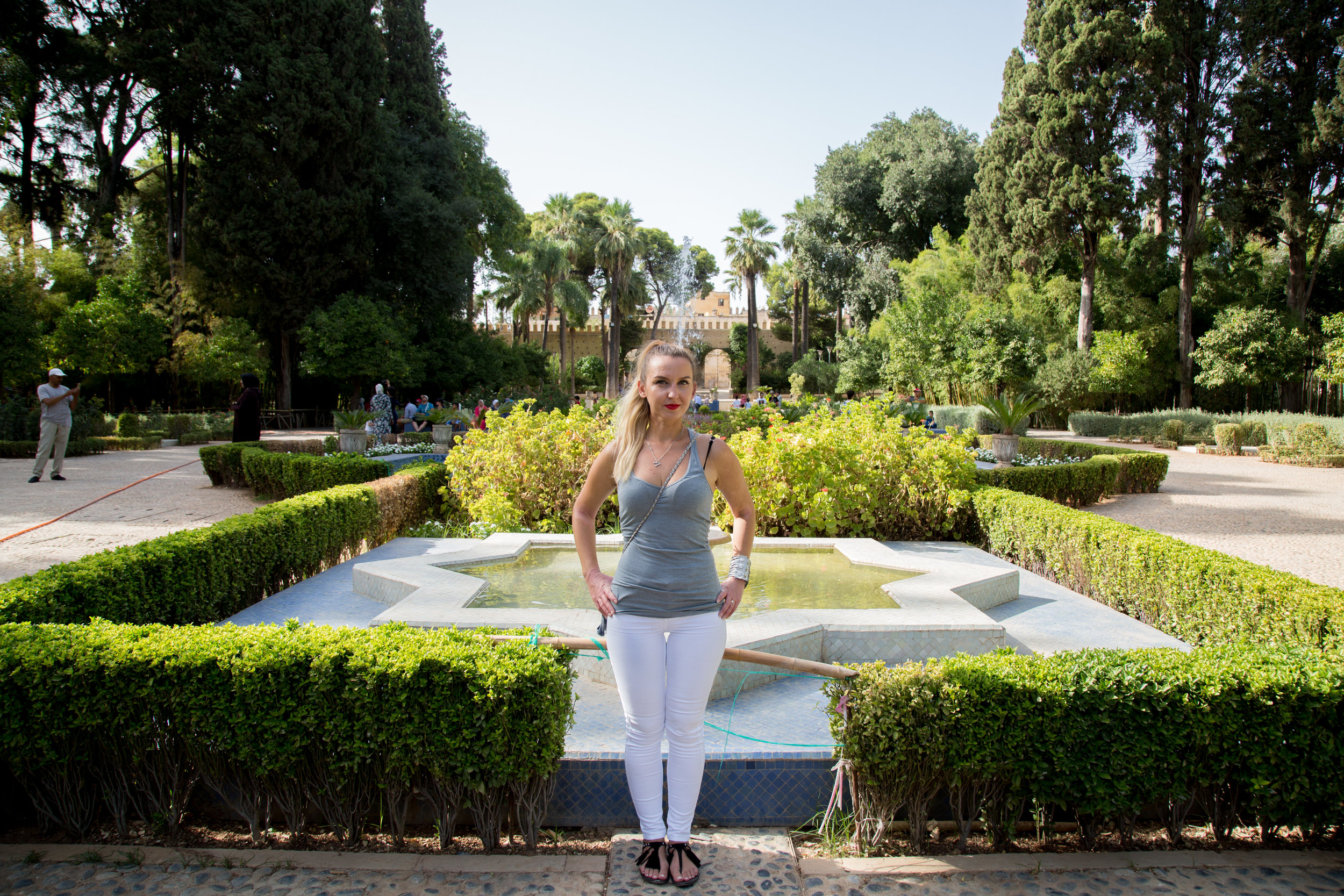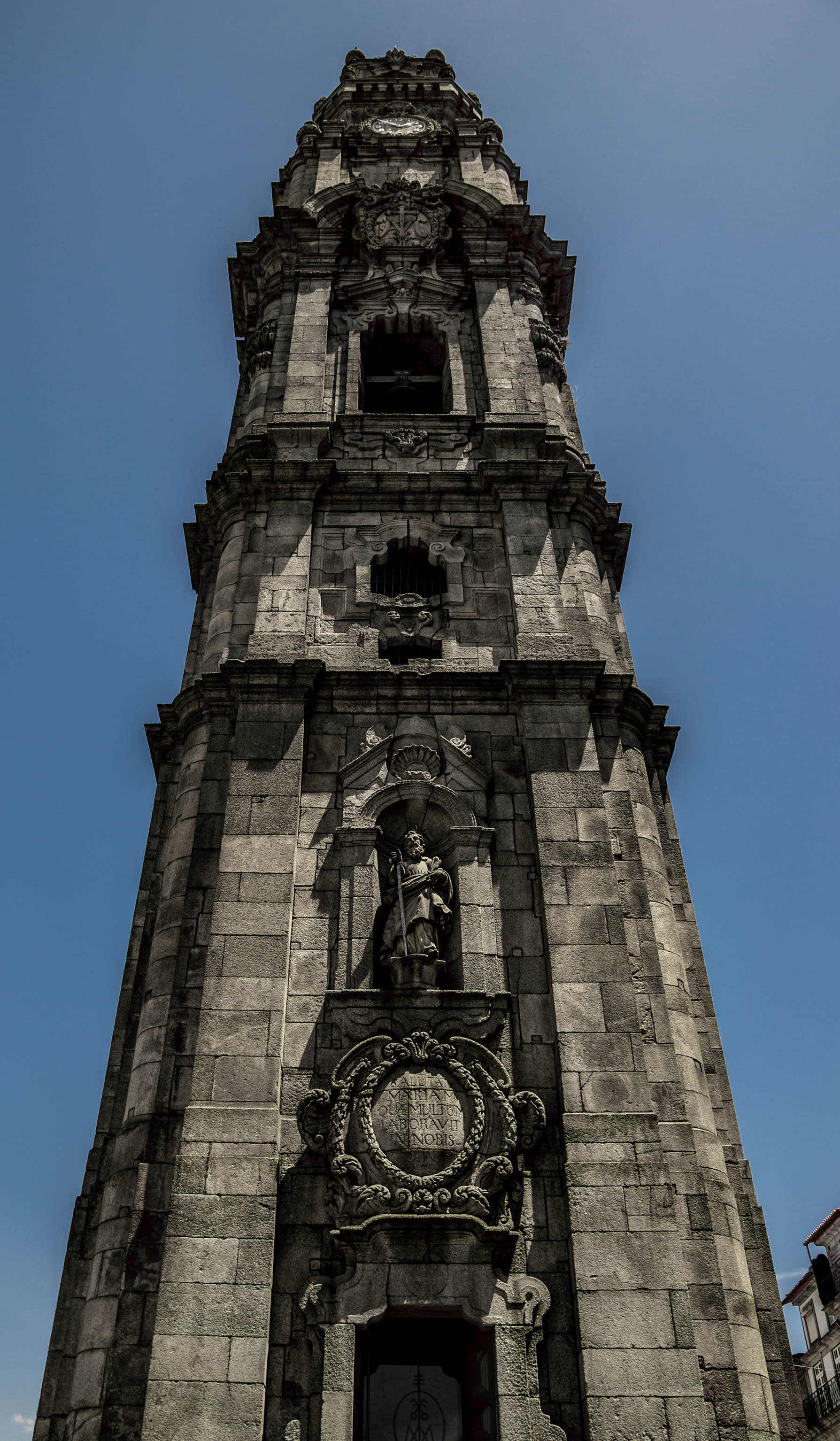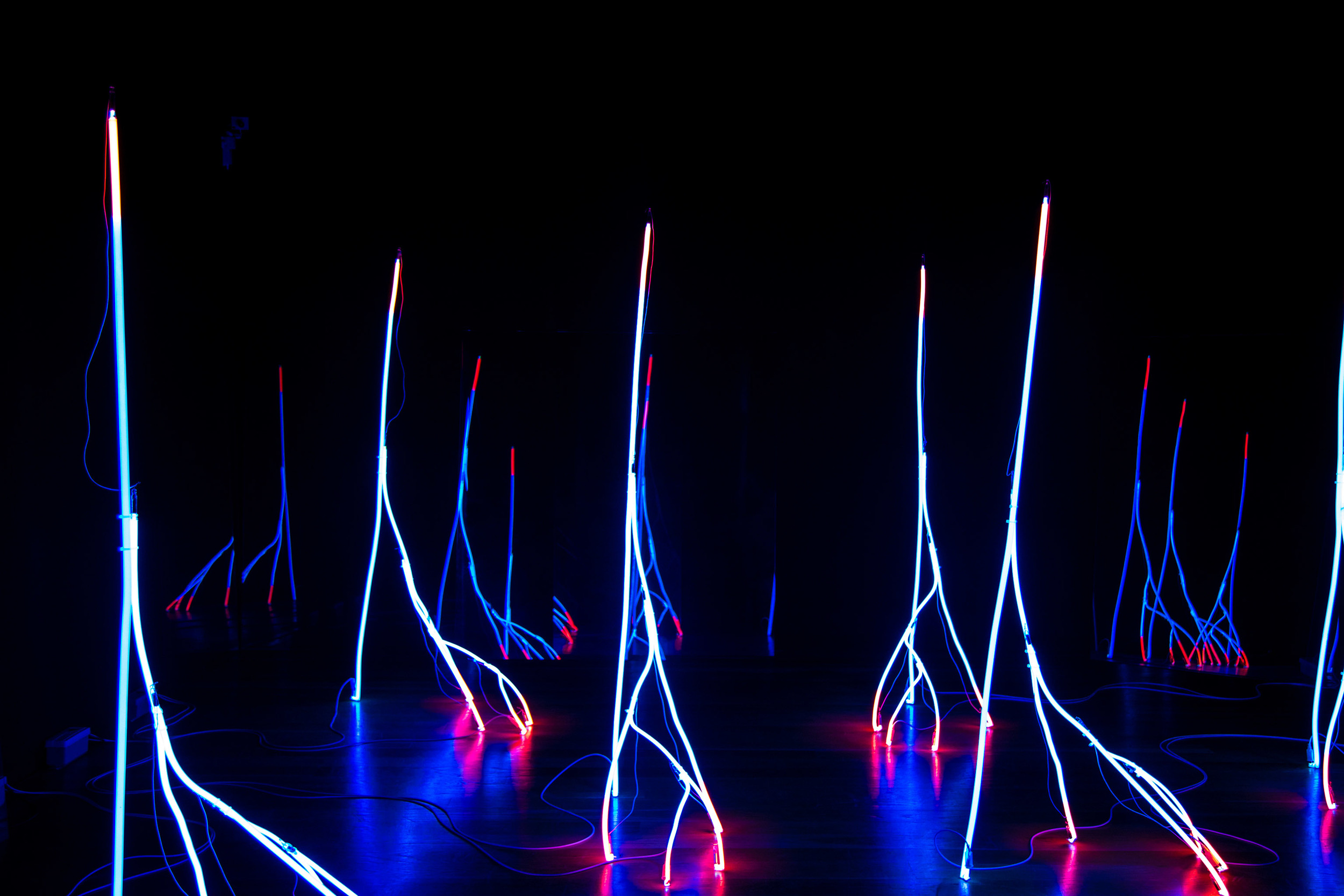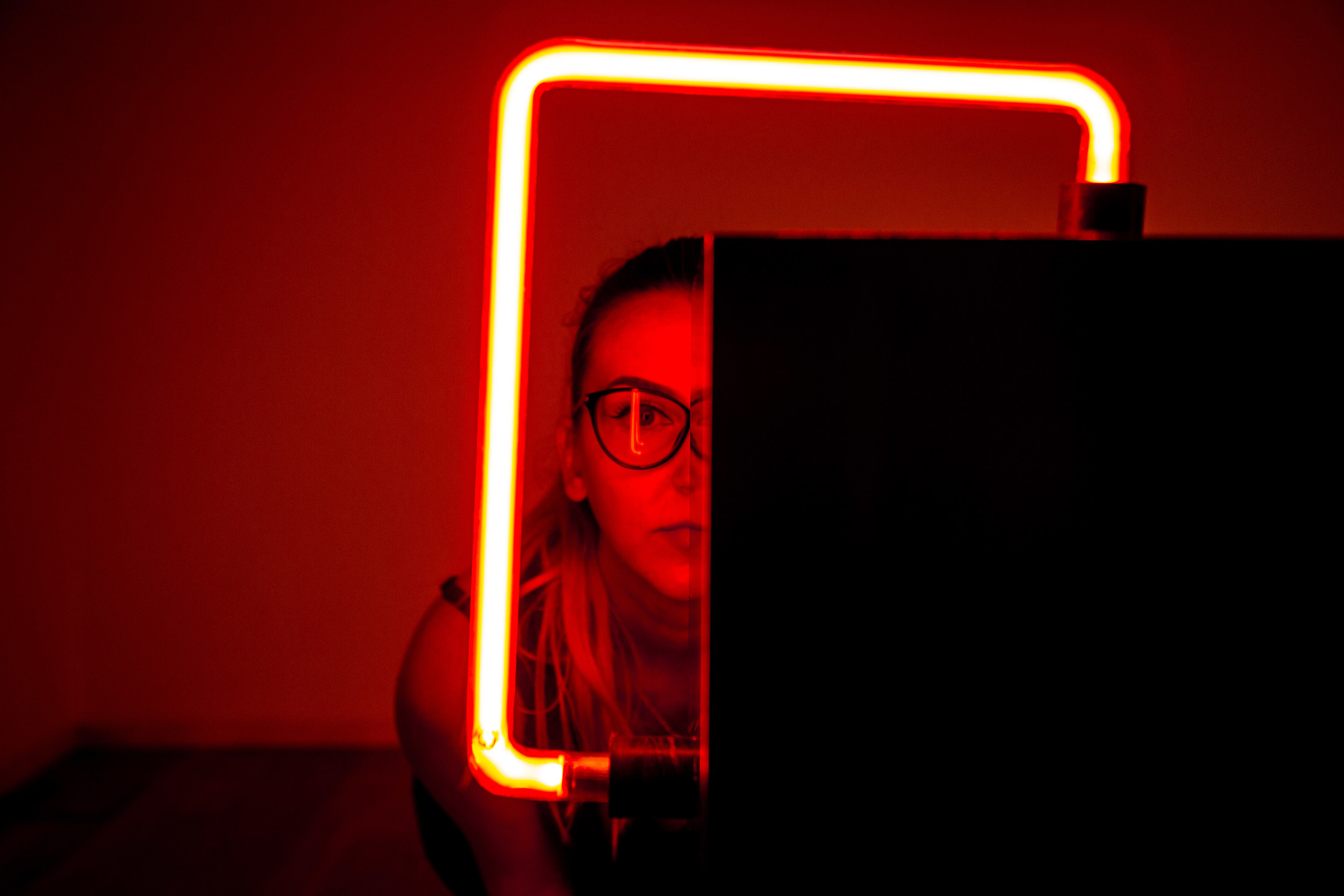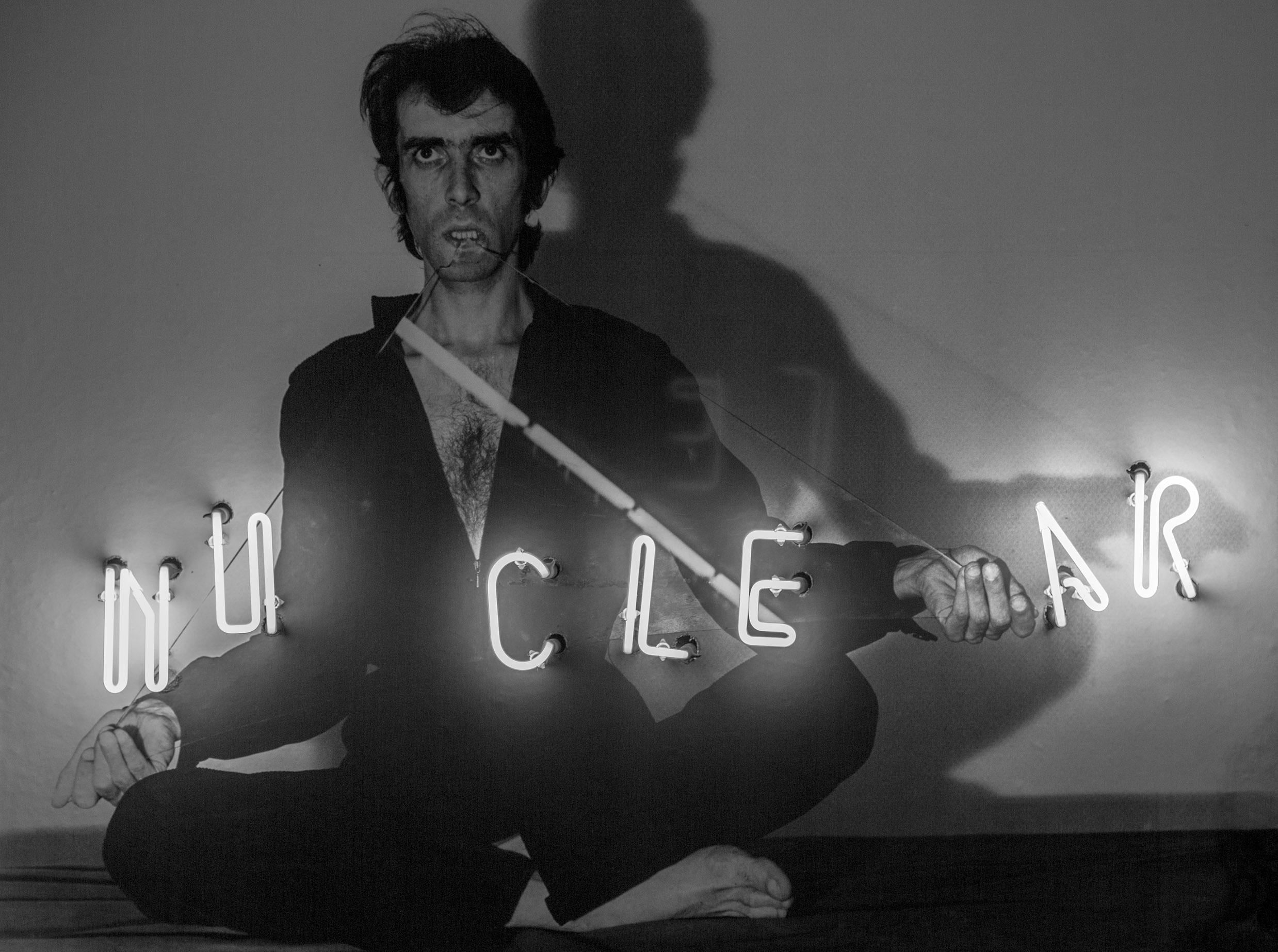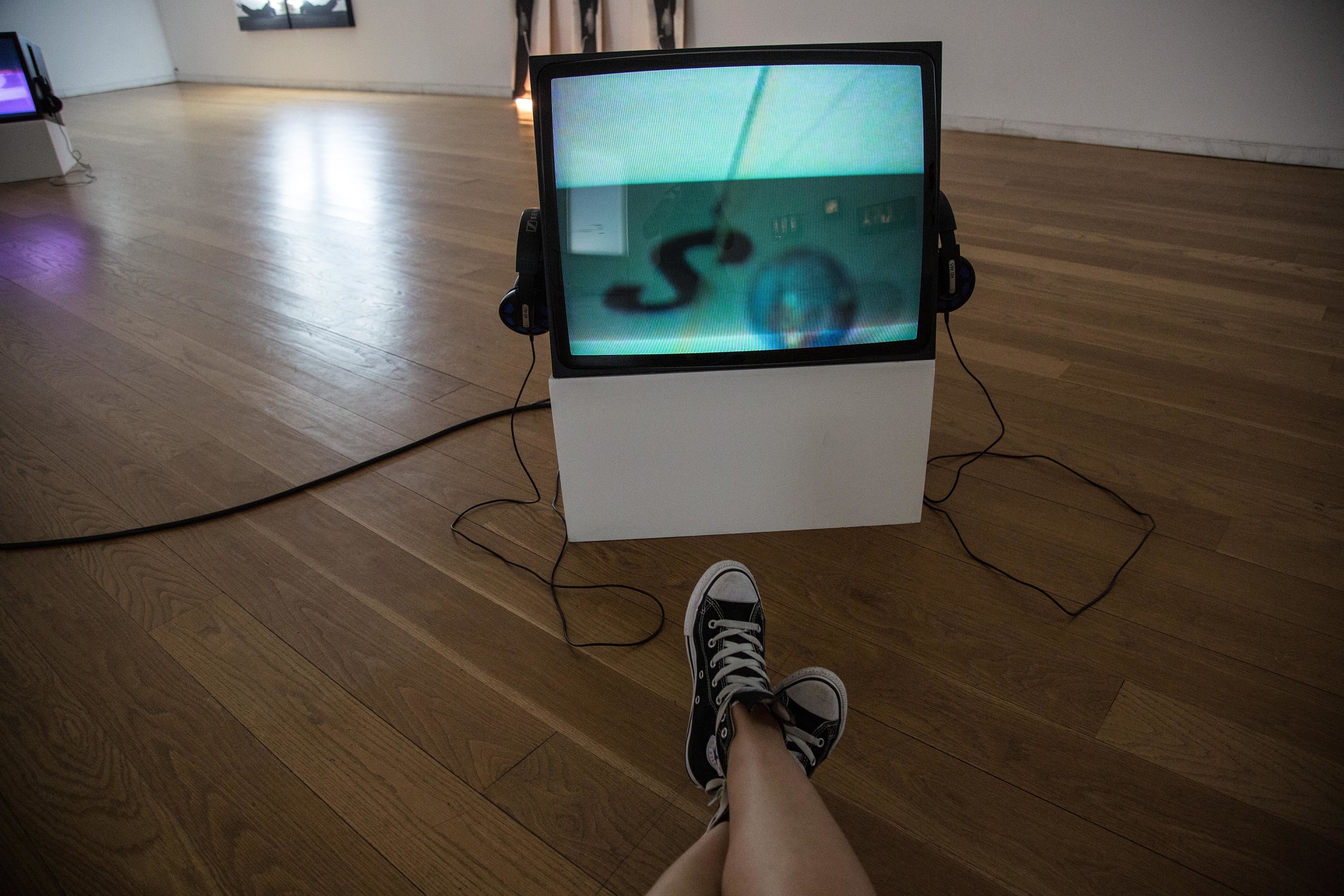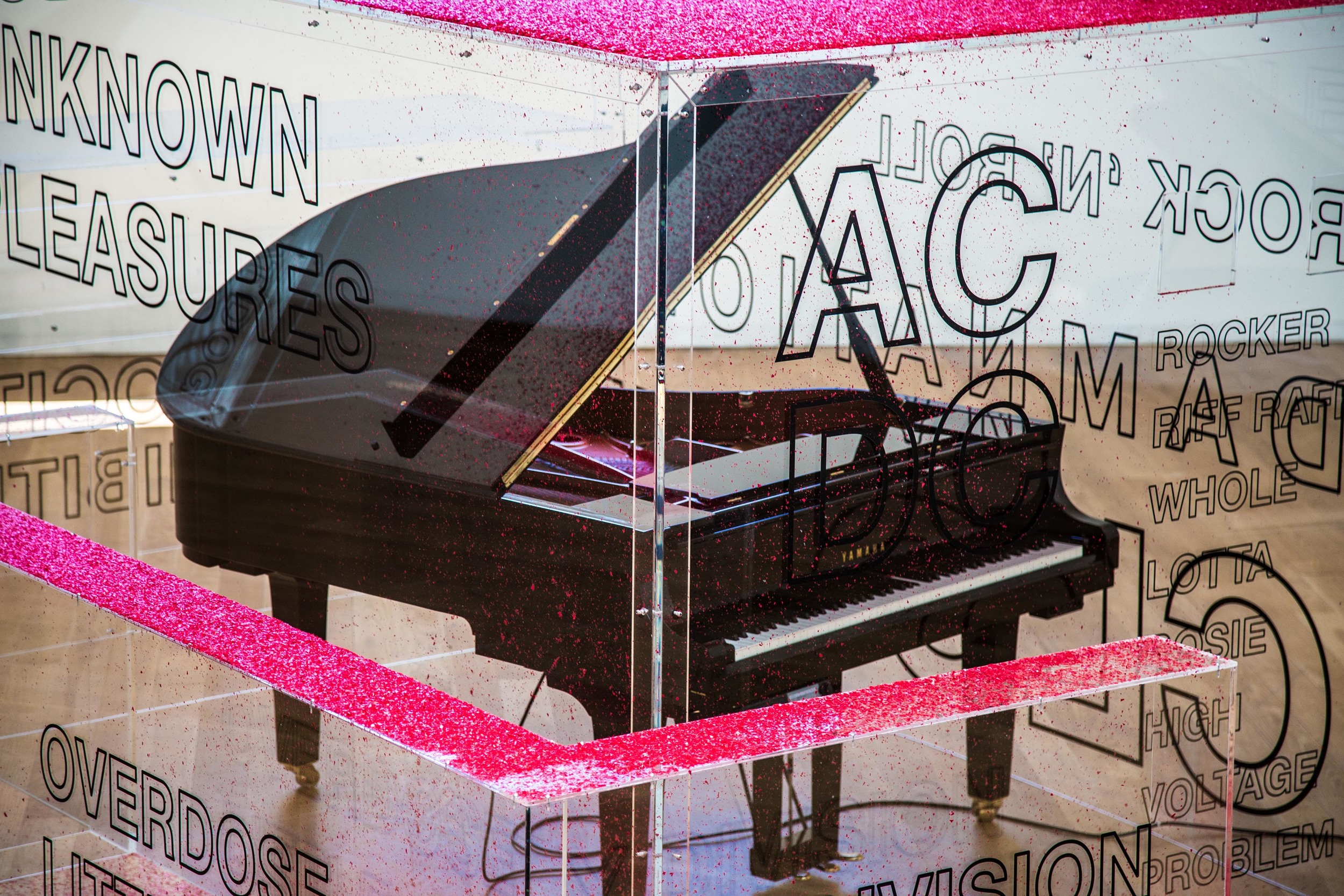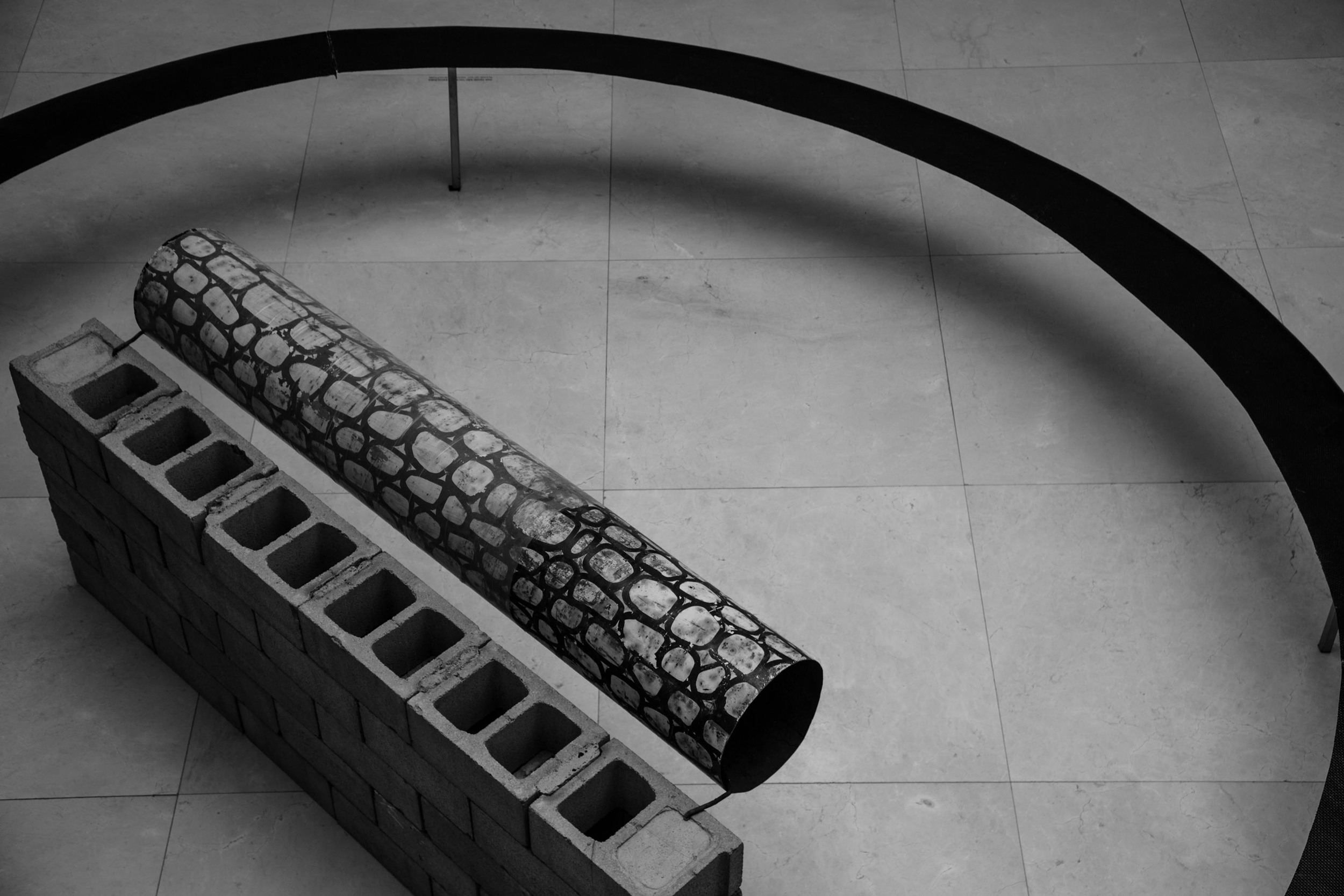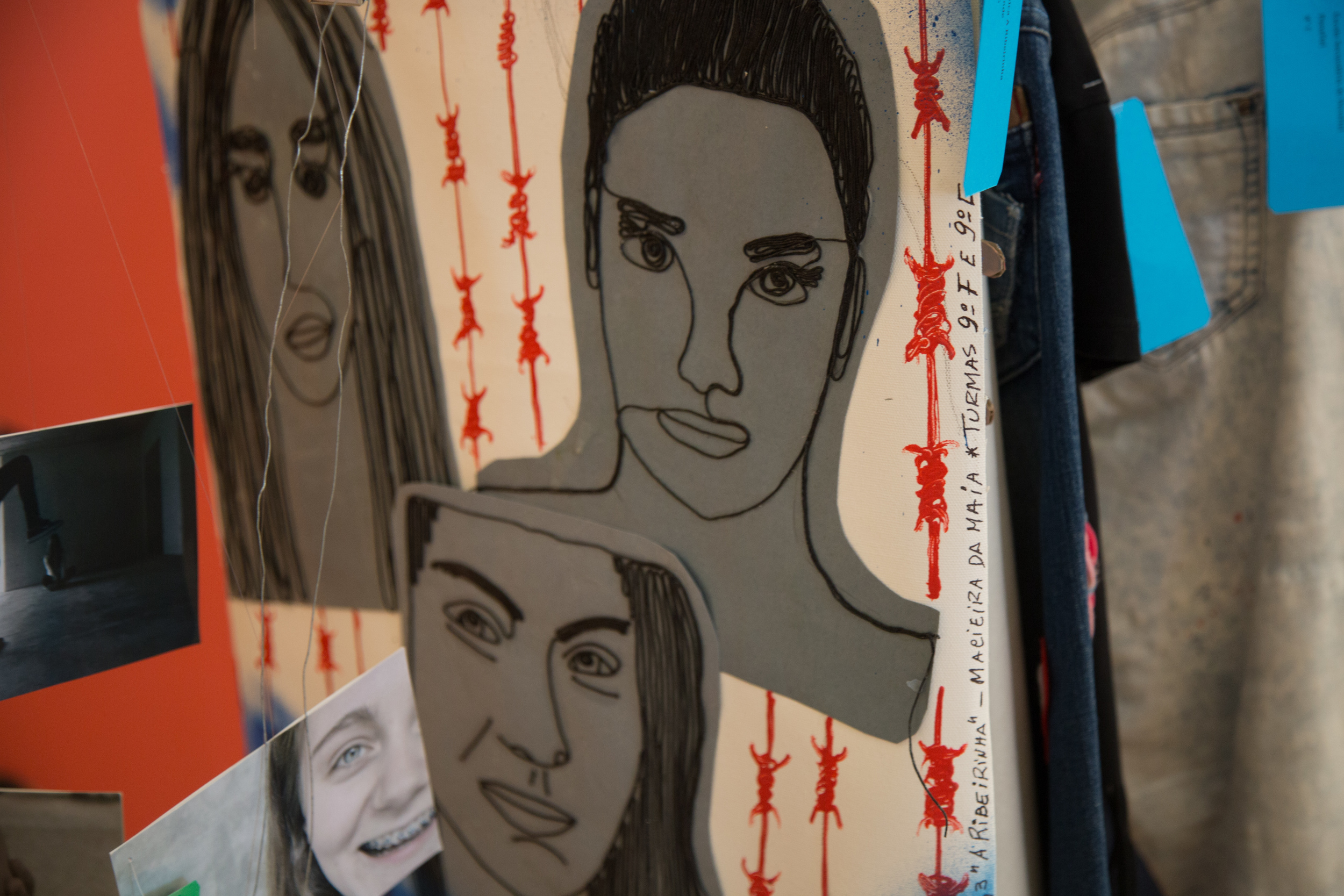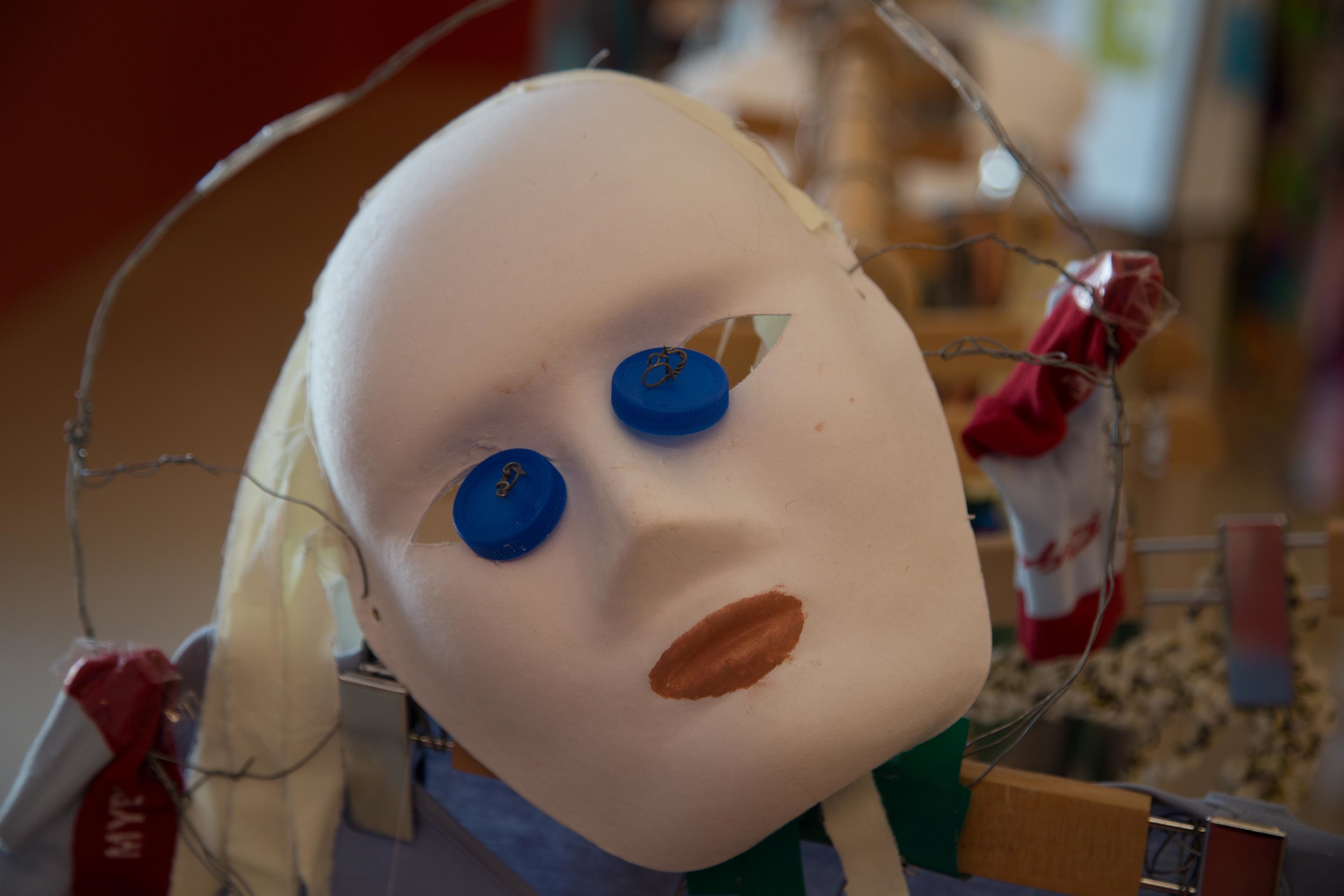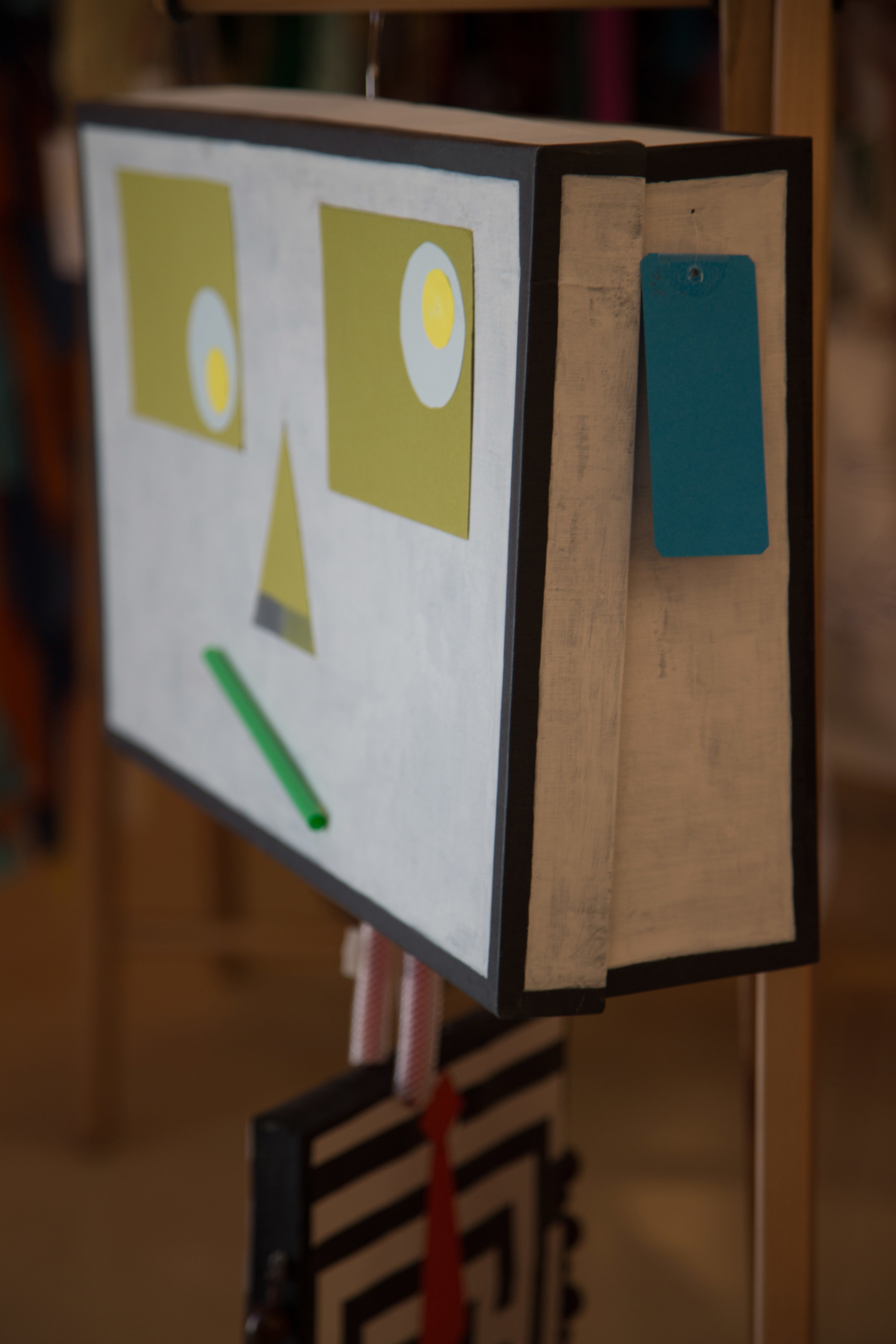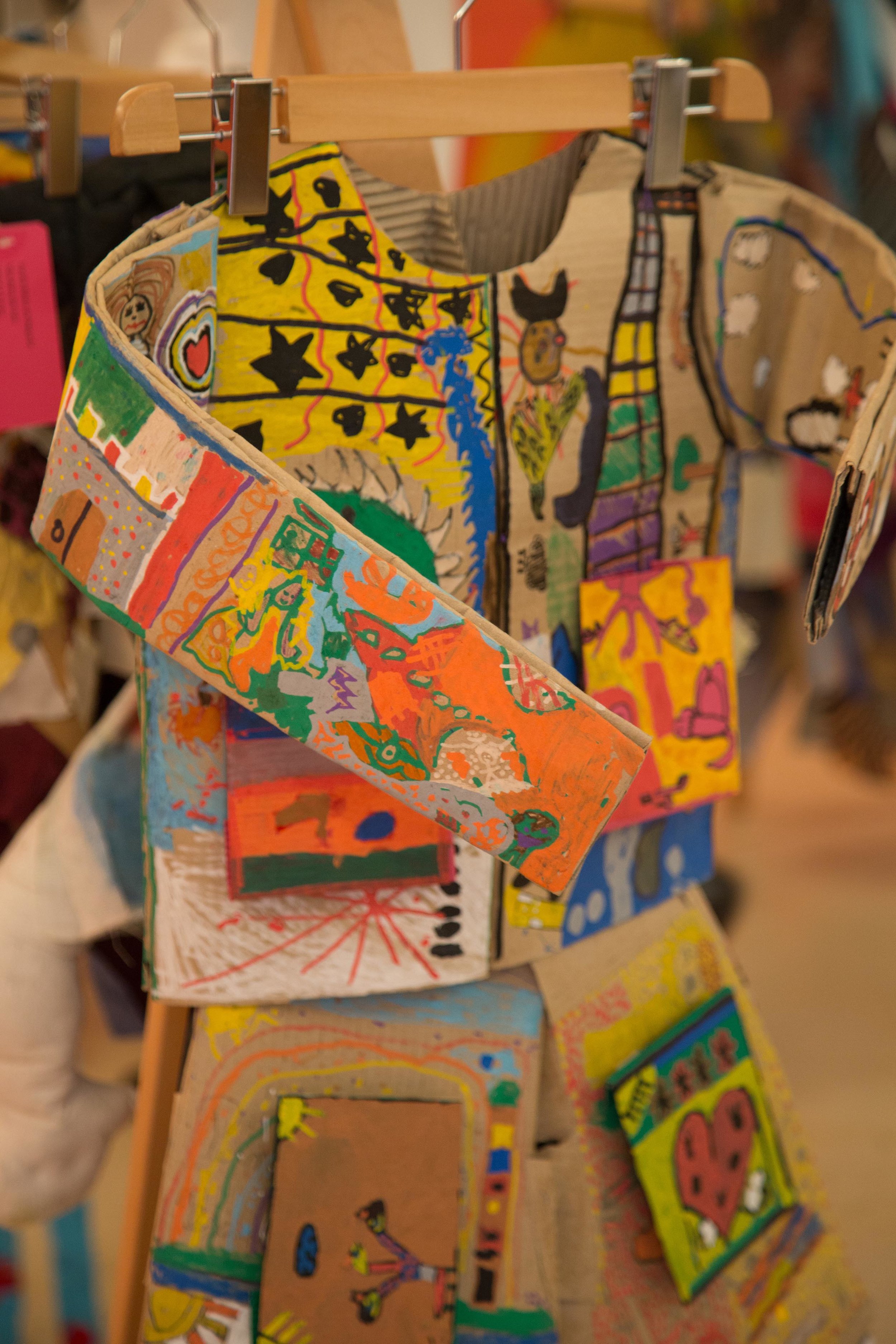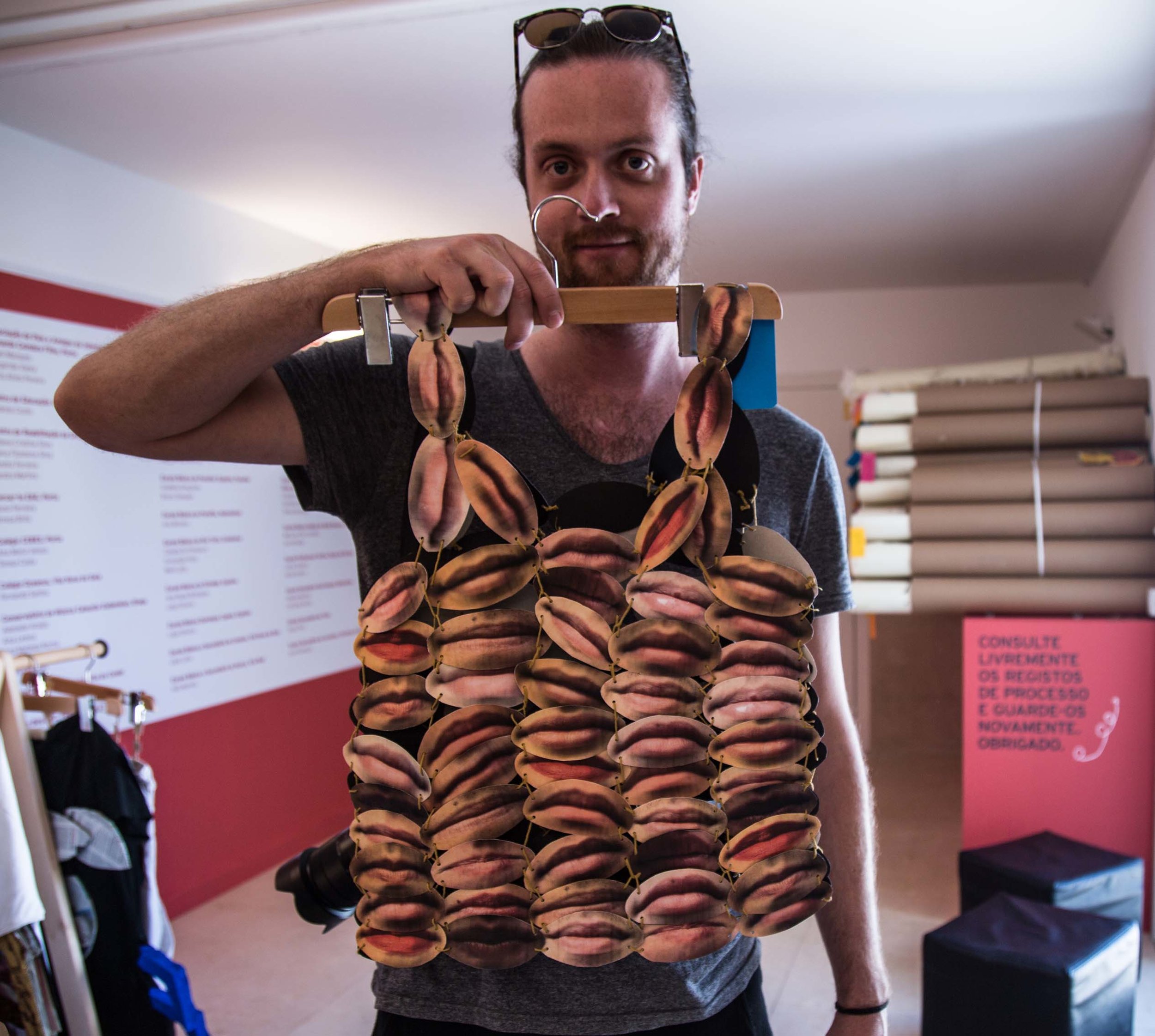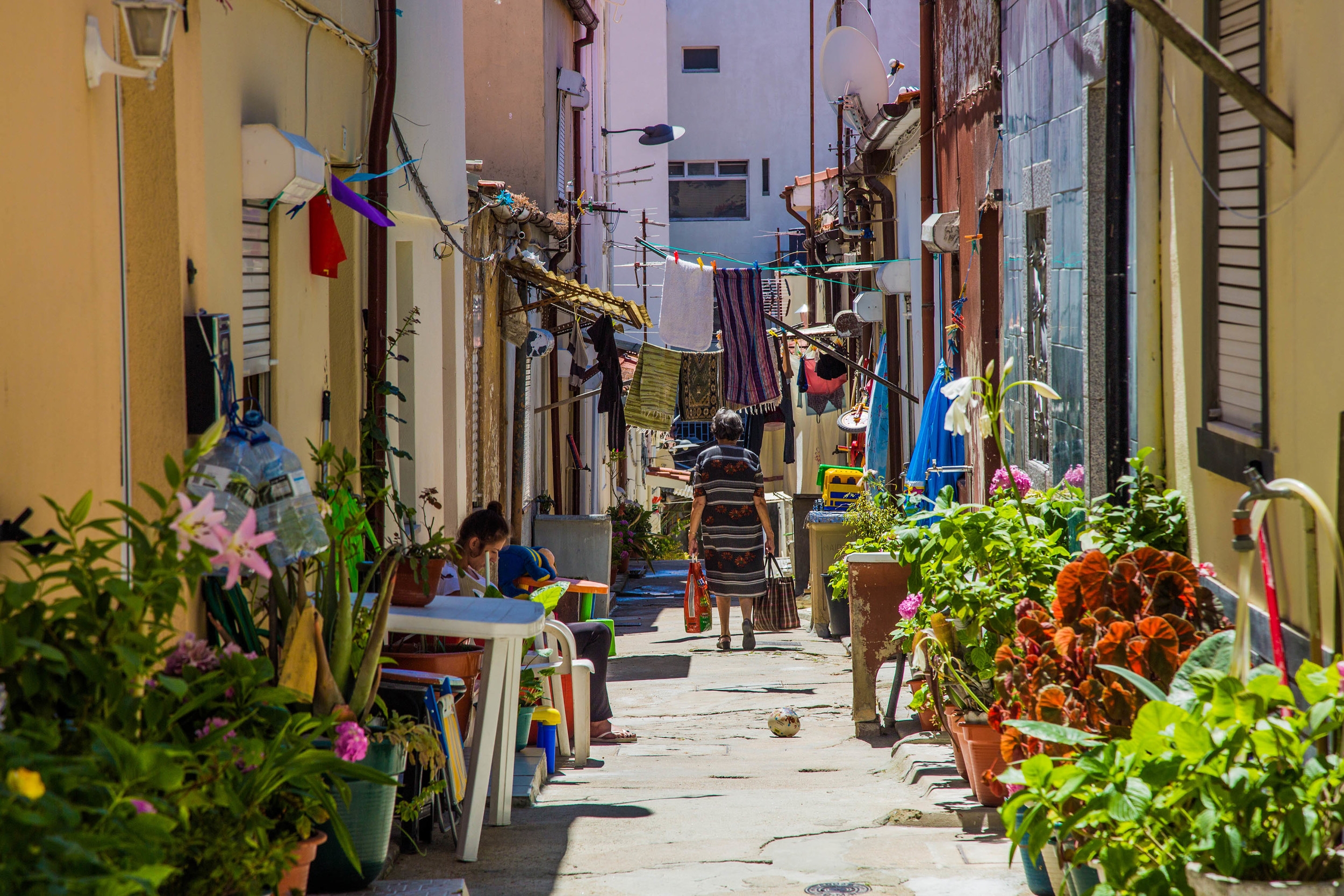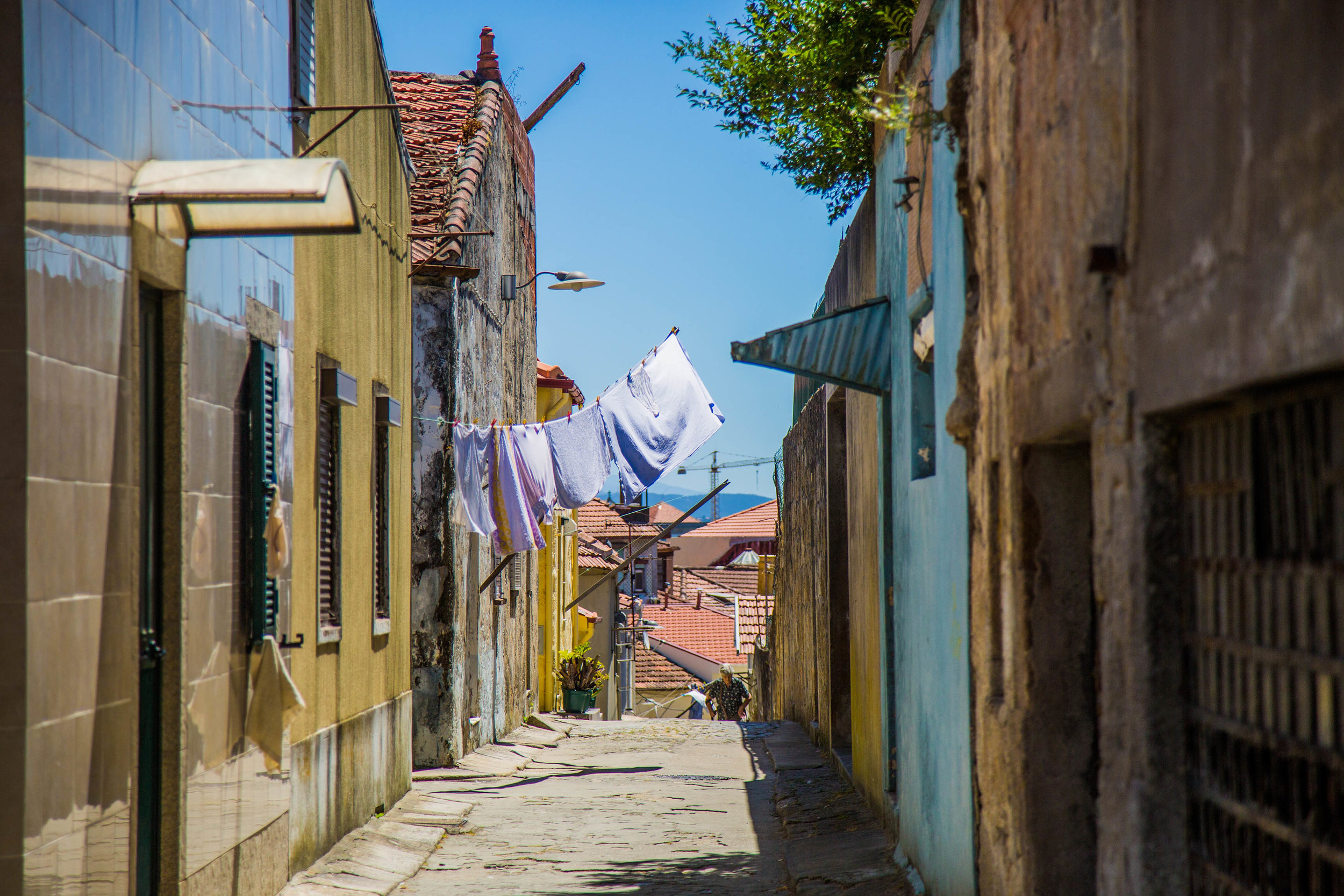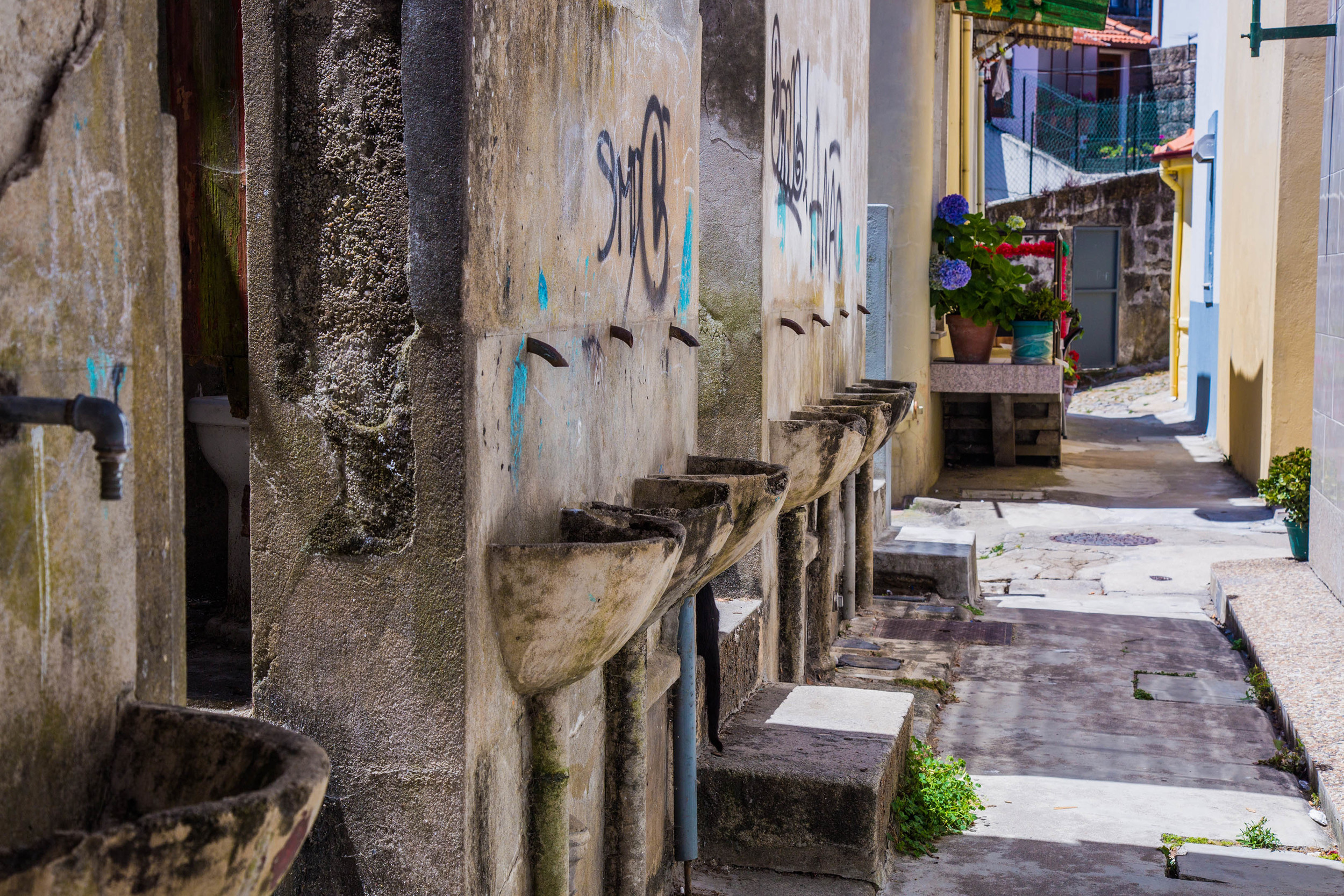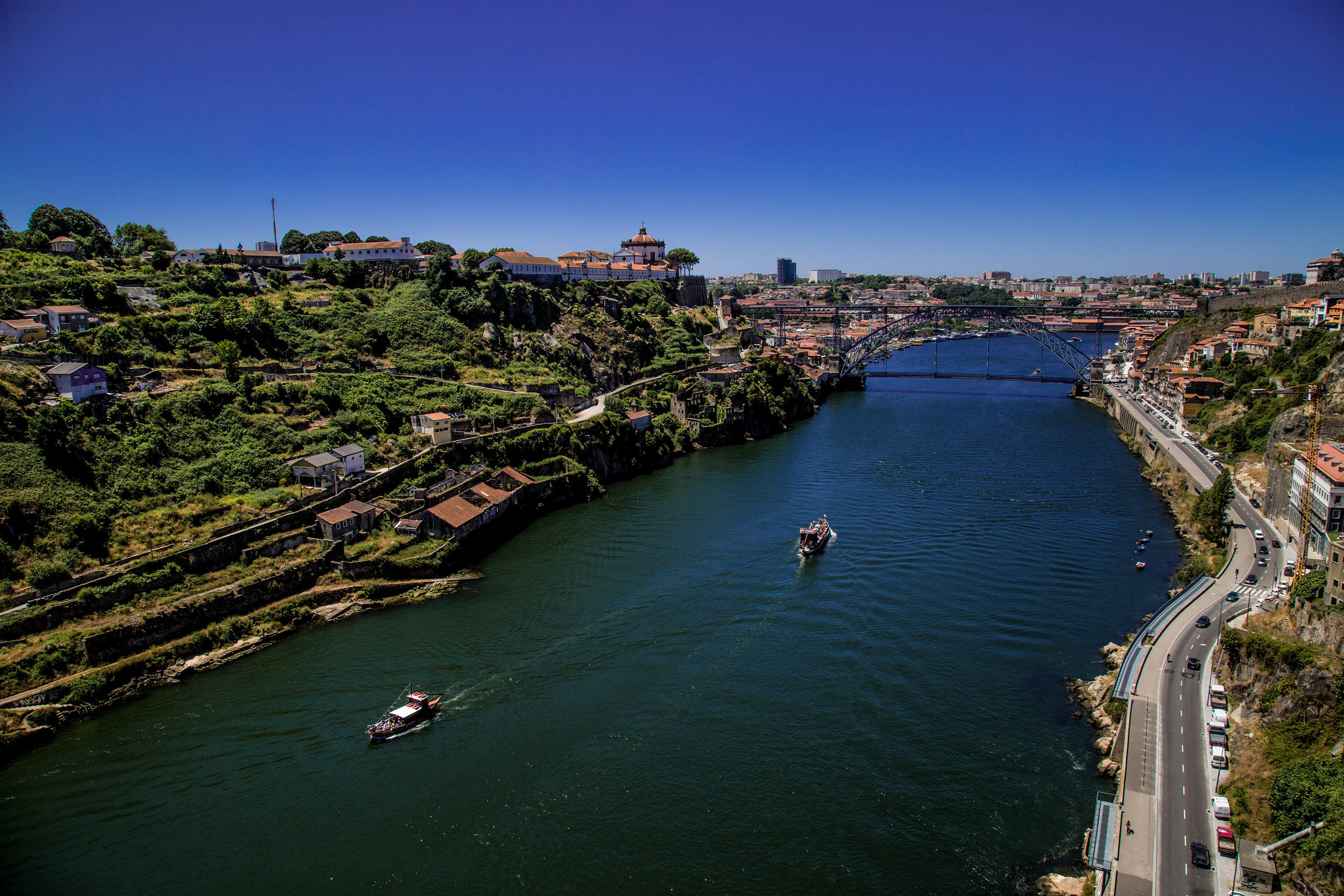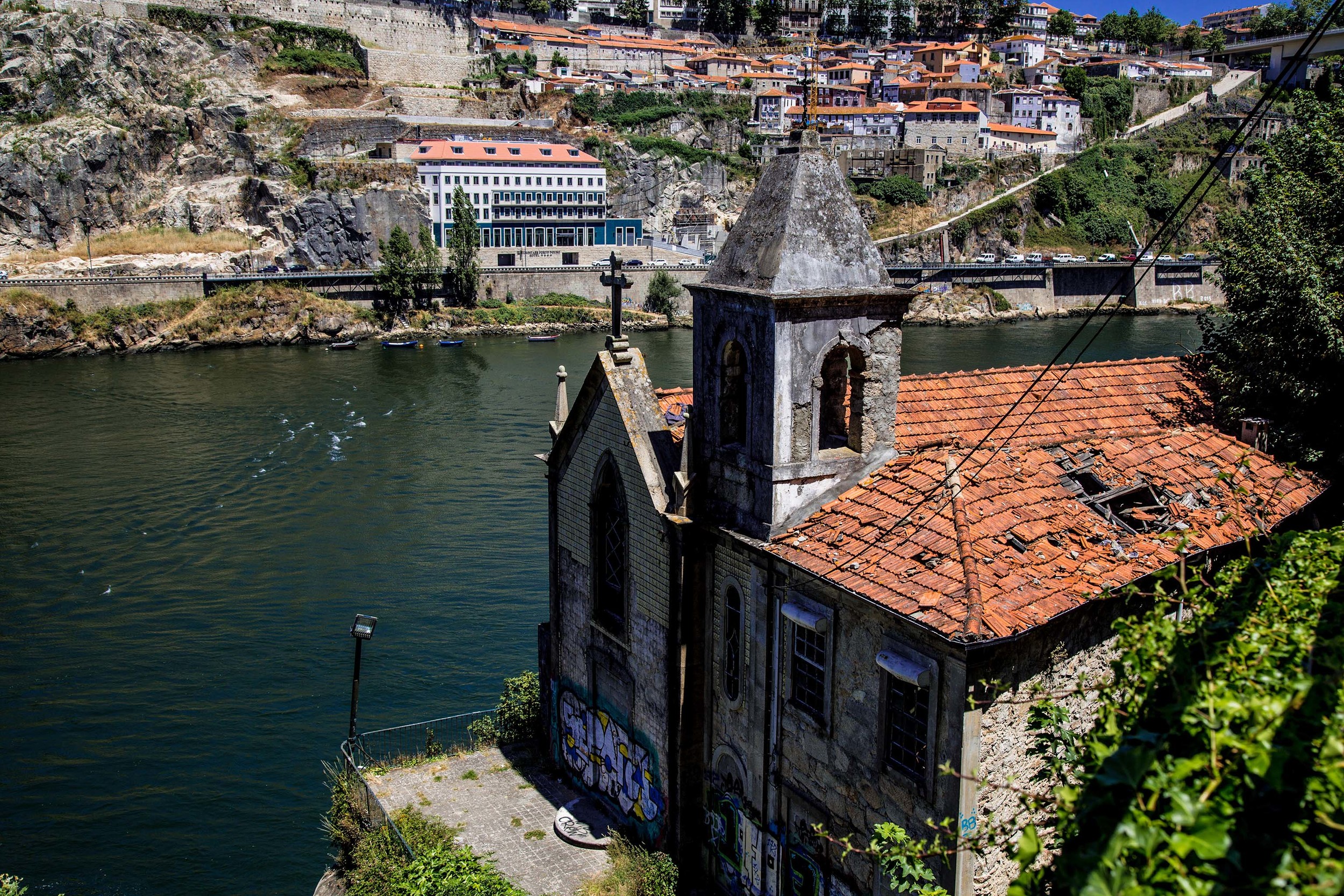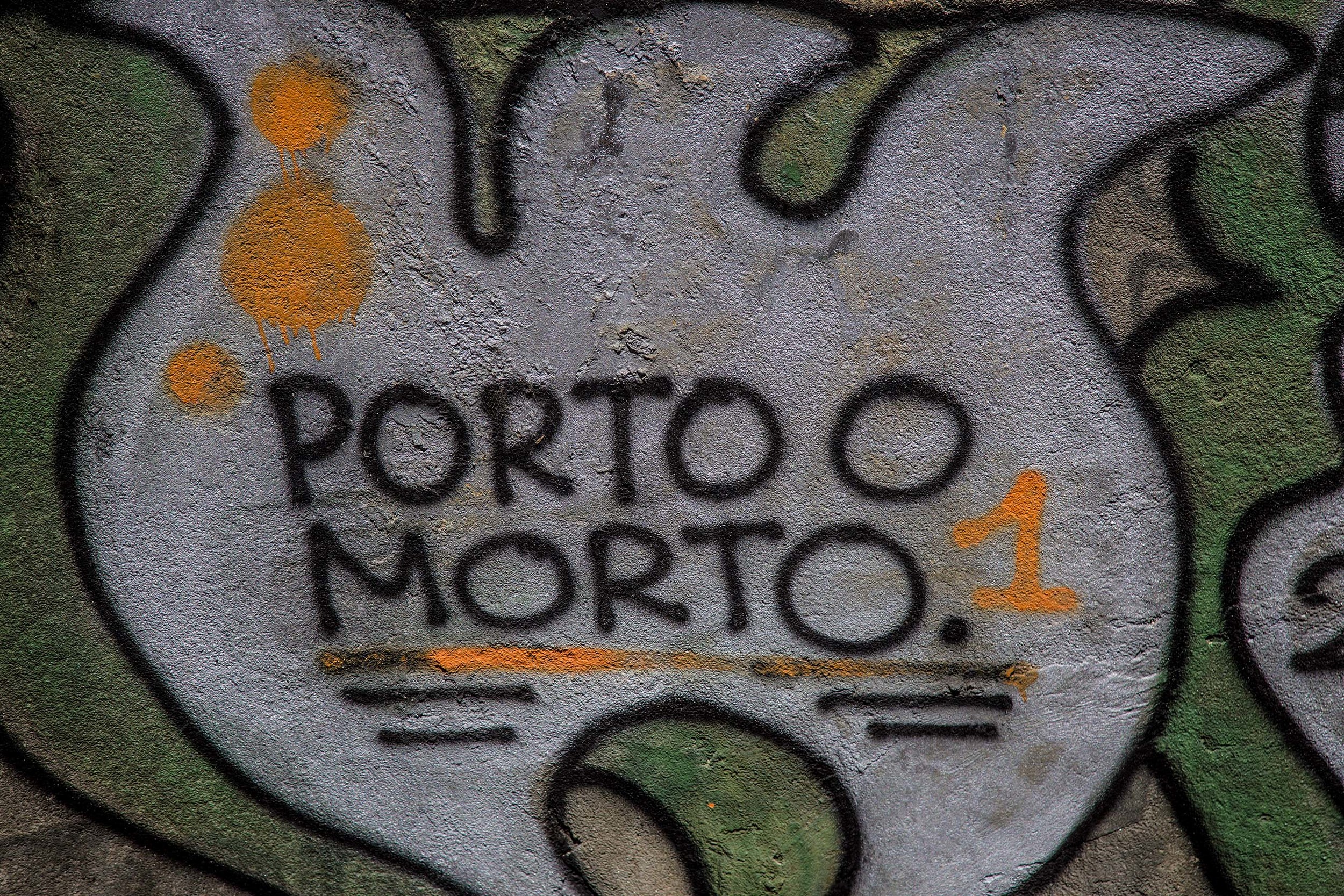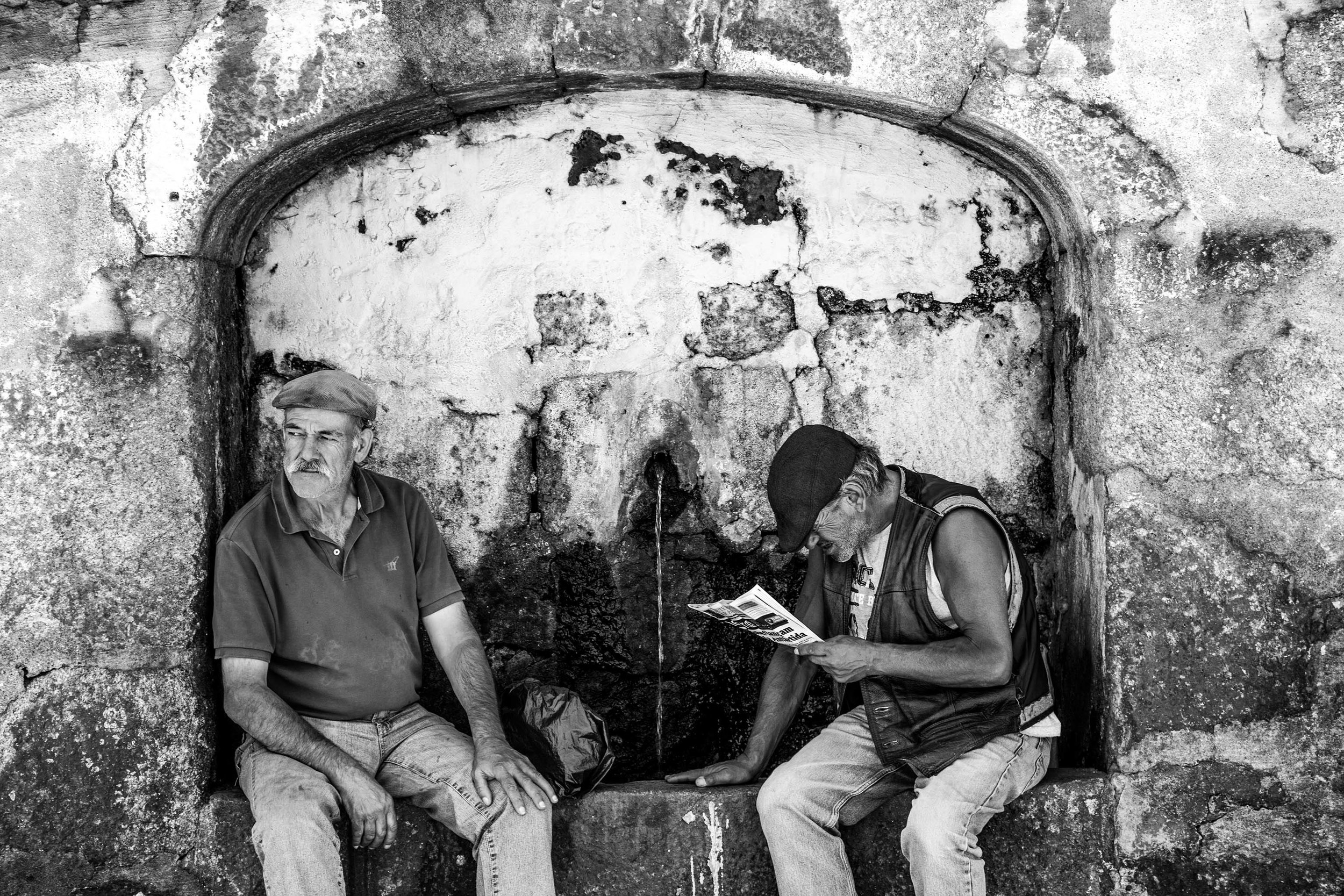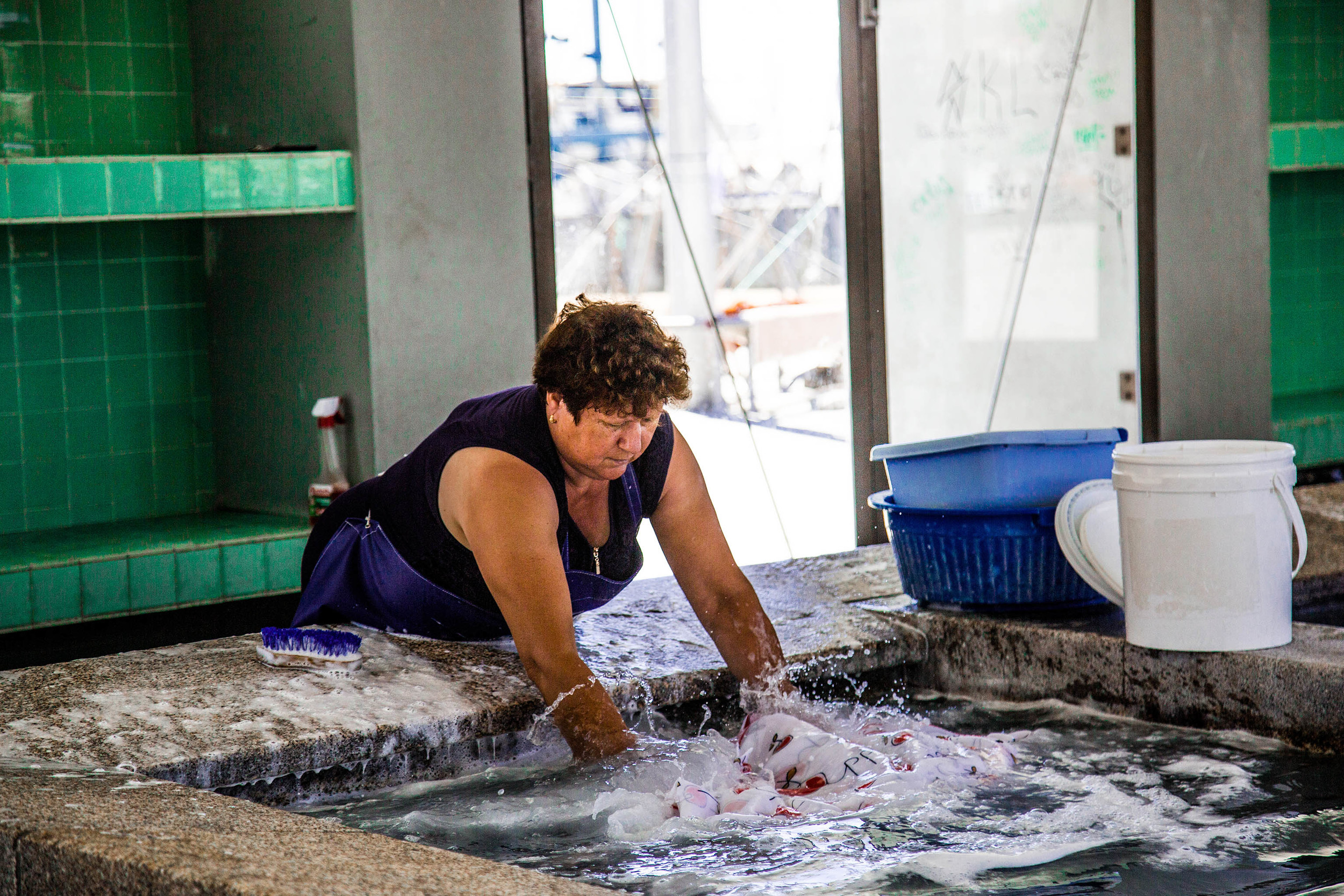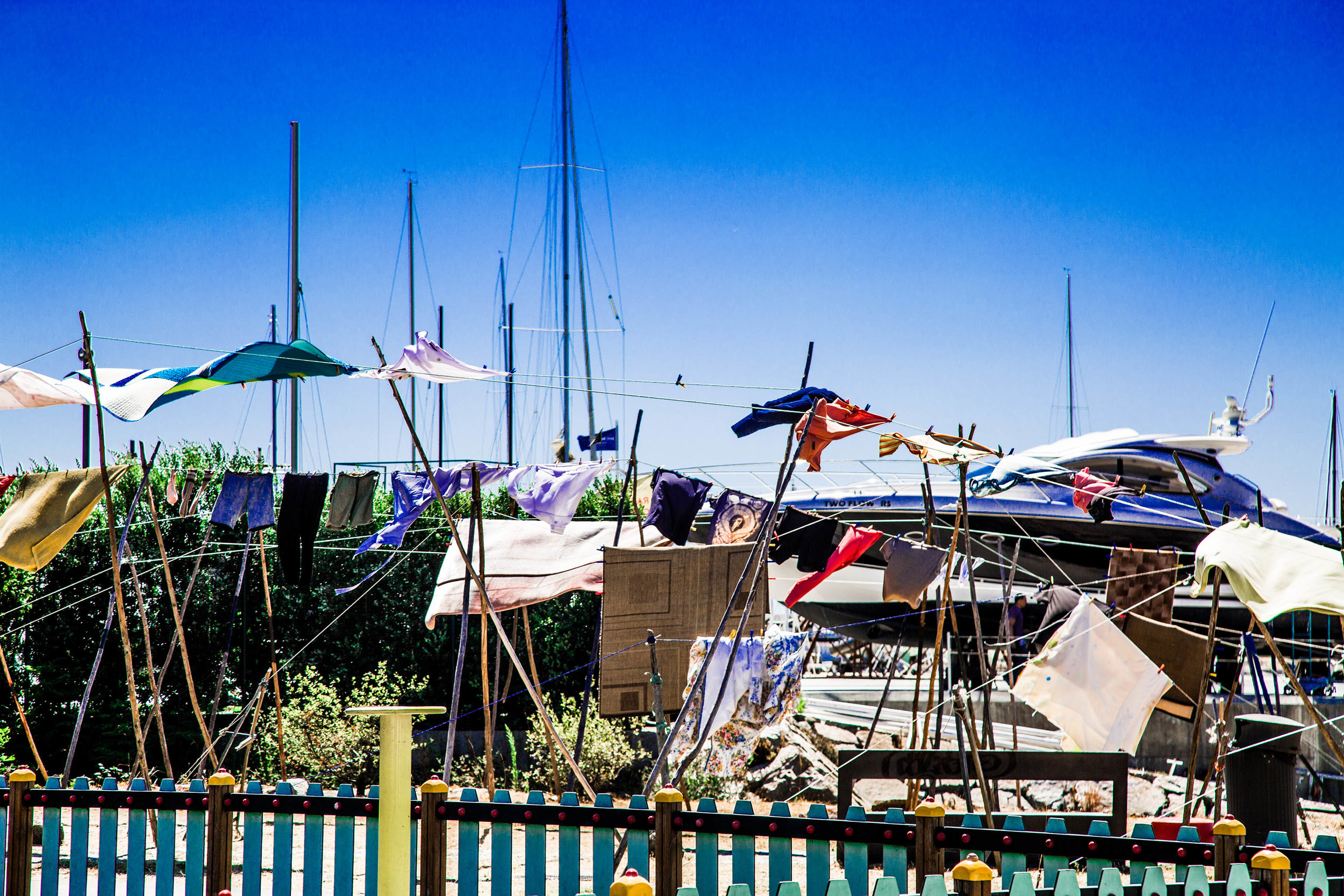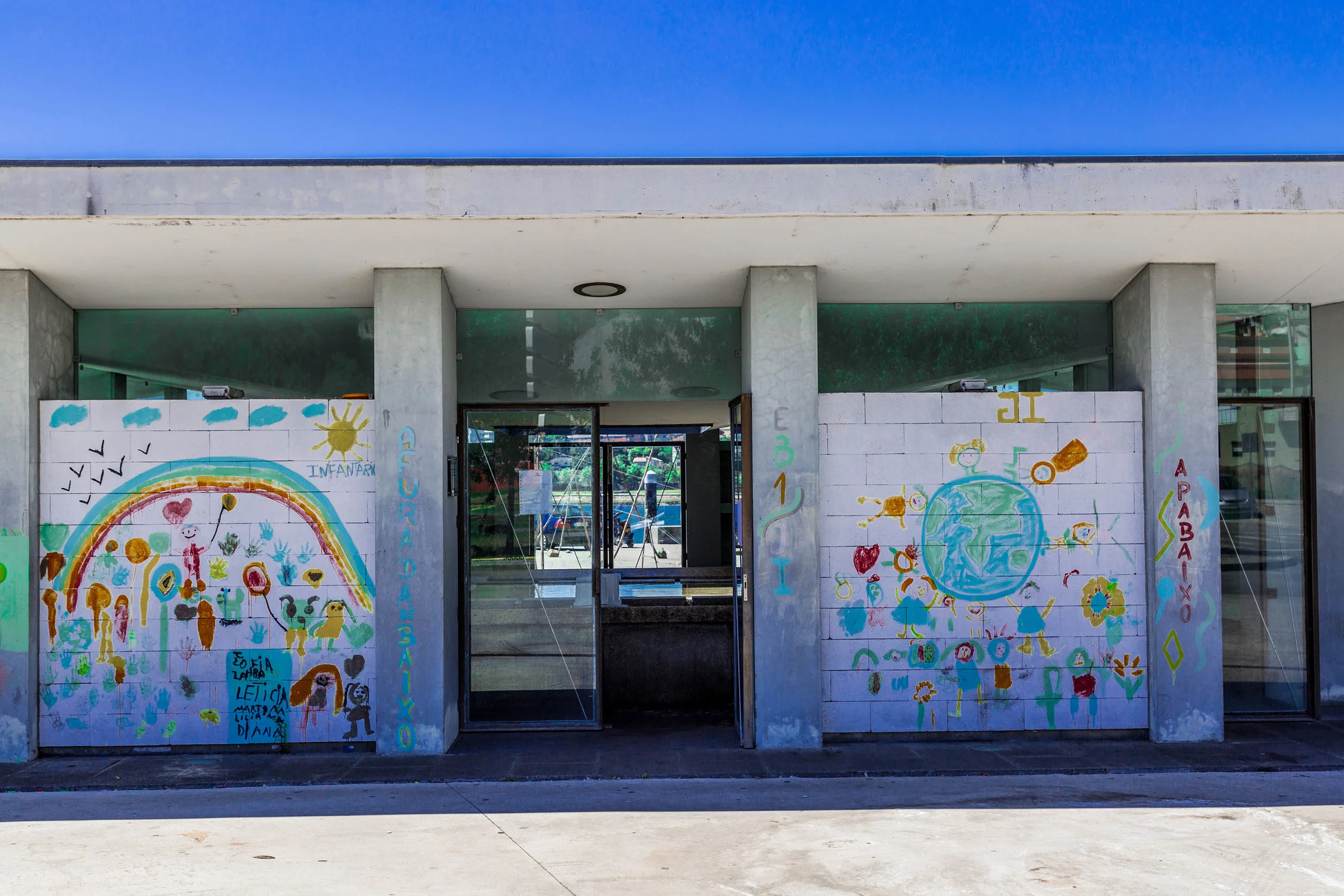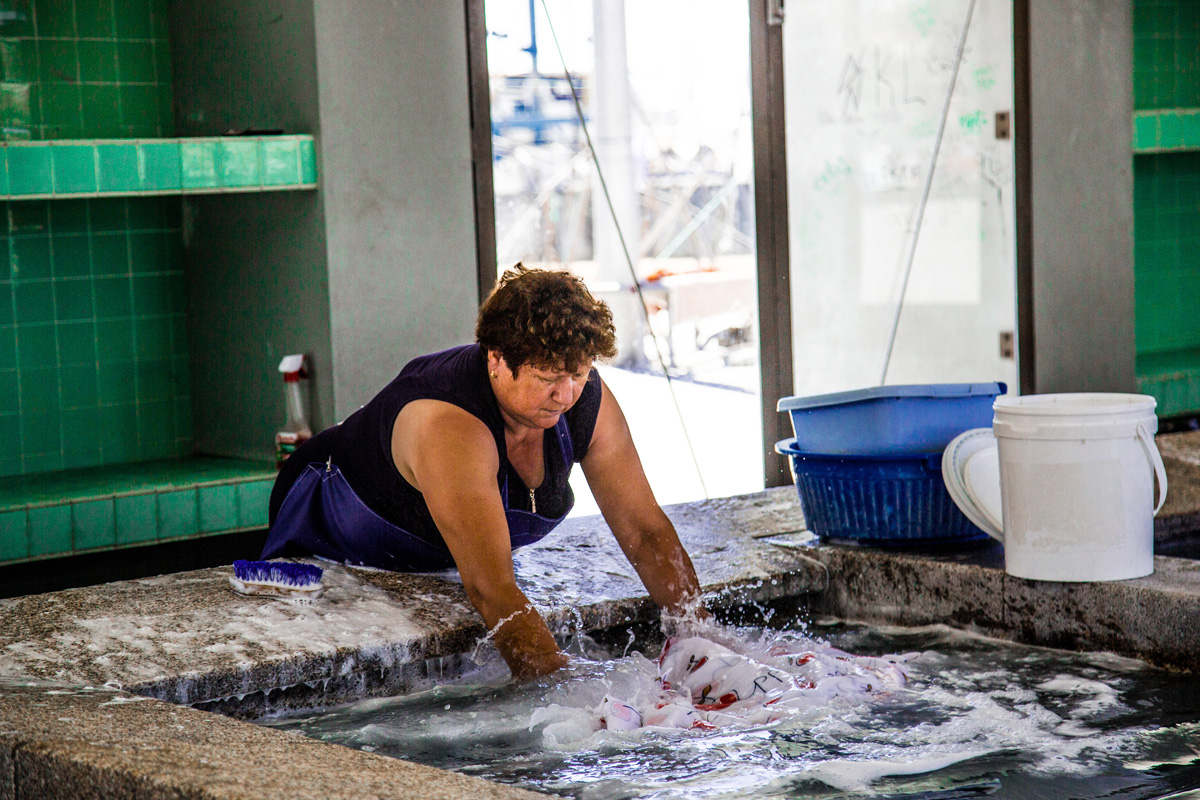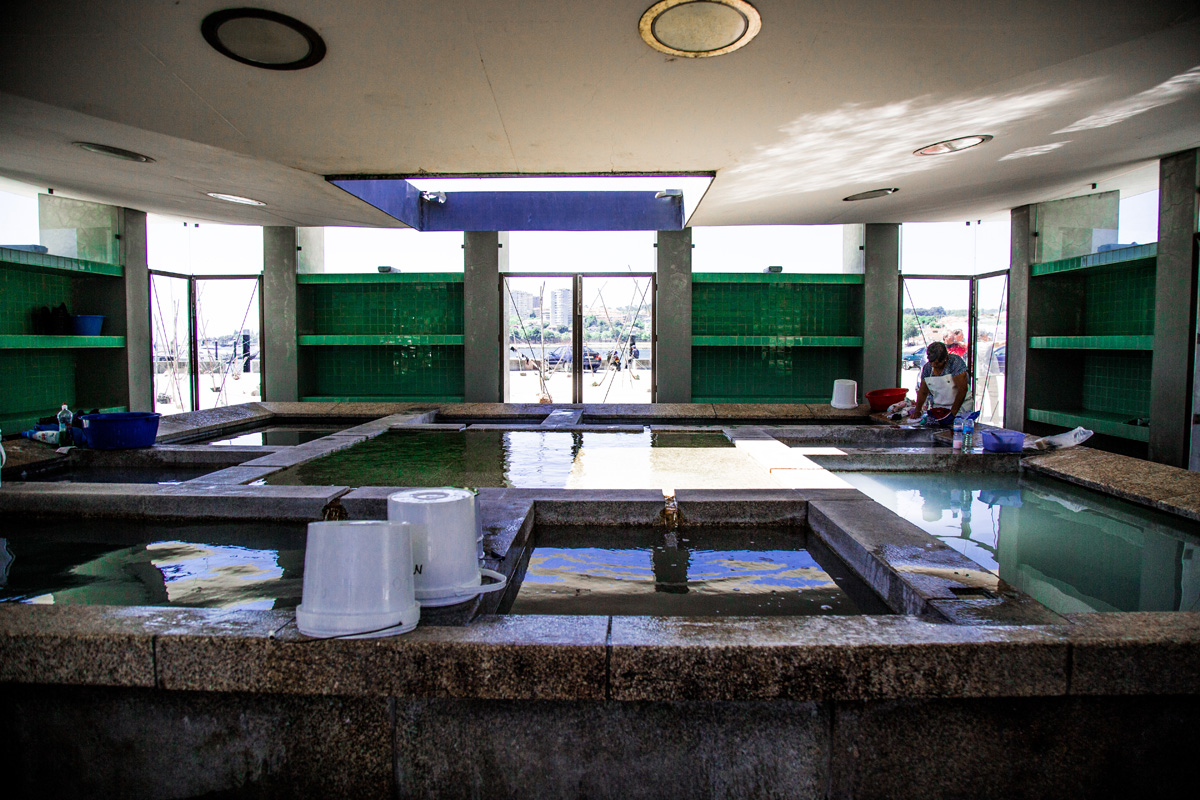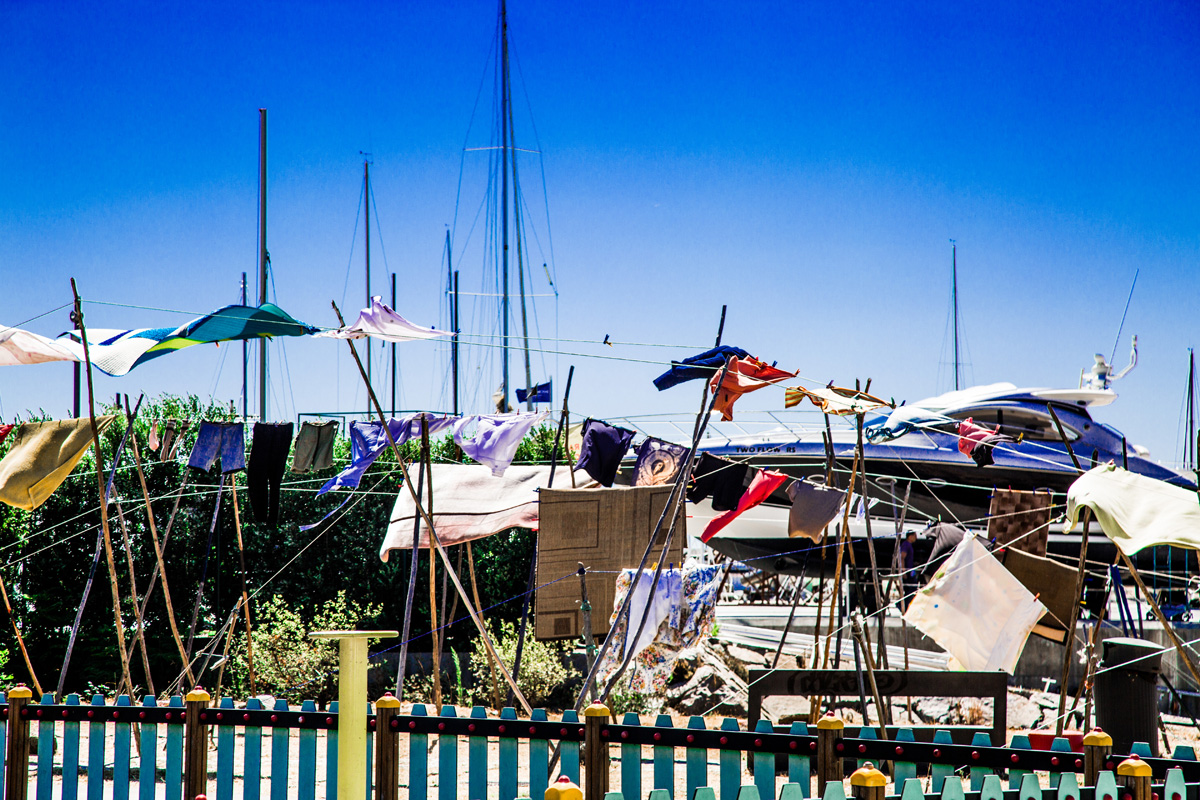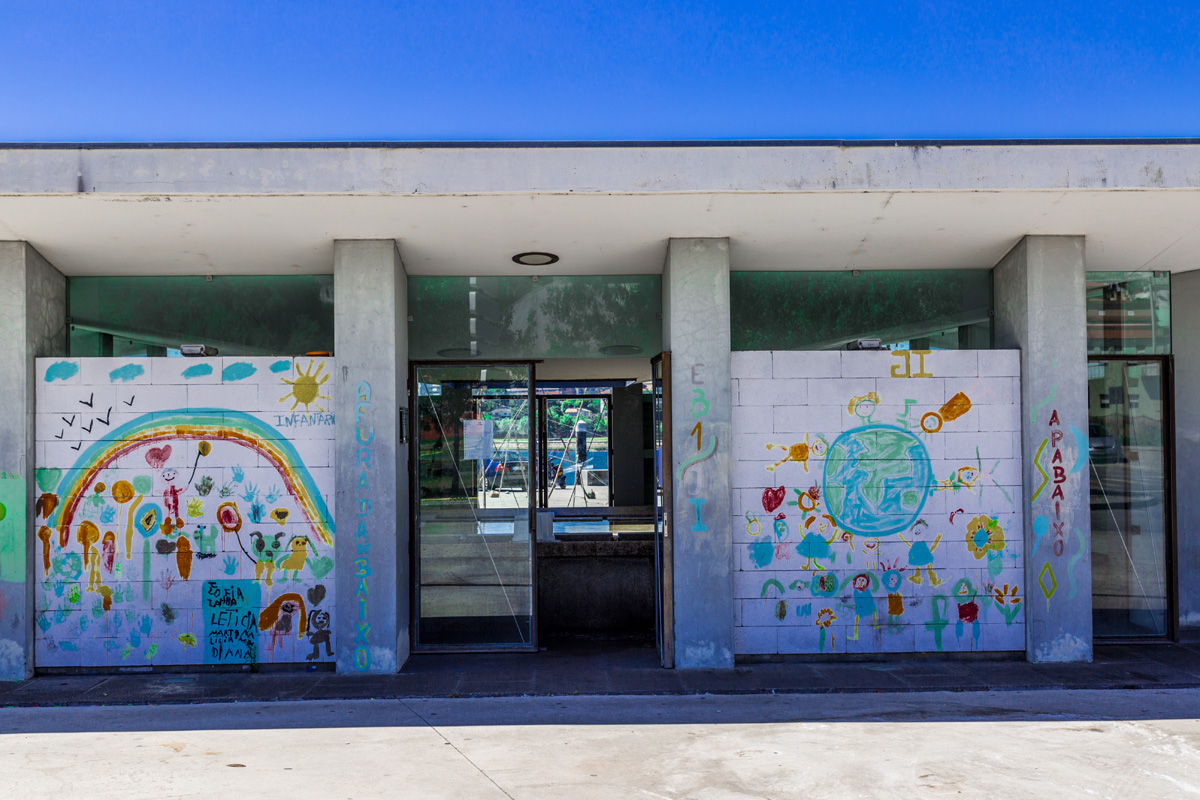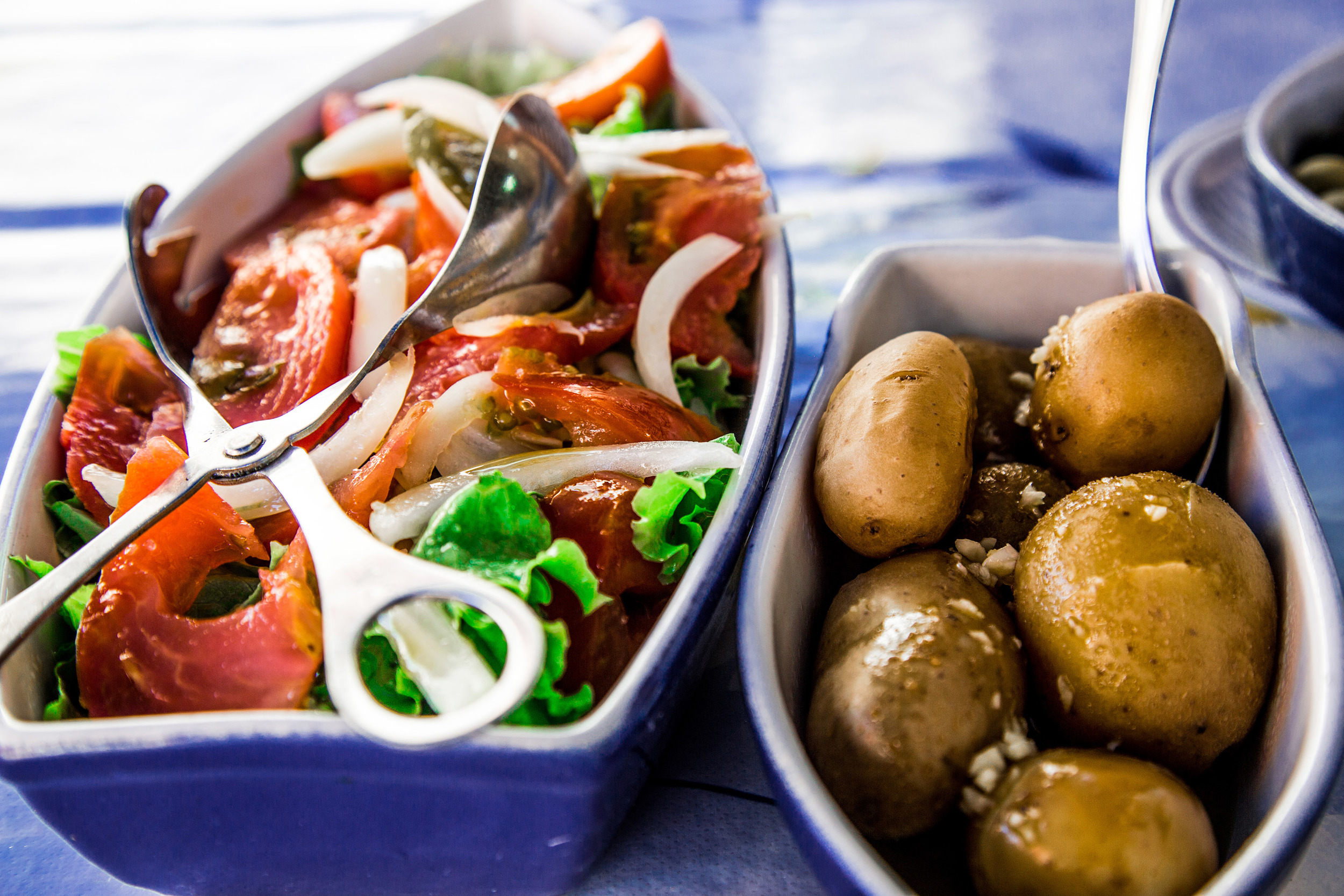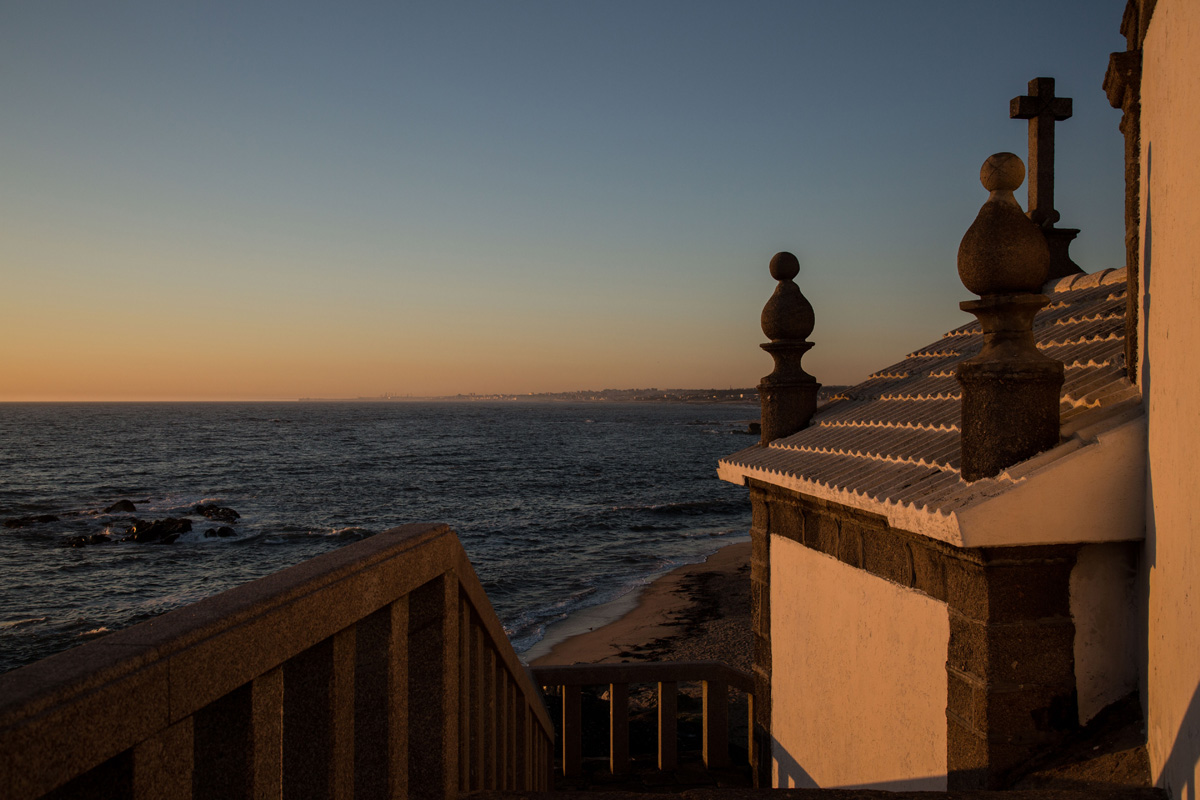Packing List for Women traveling to Morocco
After you’ve determined what type of clothes are right for you and the time of the year you are traveling, you need to decide what type of a trip you will be doing. Is it a visit to Marrakesh and other big cities, or perhaps a trip to the beach? These questions combined with the examples below should help you decide the perfect balance of clothes for every activity and weather.
1. What to wear in big cities in Morocco?
I was totally comfortable wearing dresses and shorts in the cities. I visited Morocco during the hot summer and wearing long pants was the worst idea. Loose clothing, either a short or long dress is the best to wear in the heat, but you absolutely don’t need to be fully covered up.
Don’t forget to bring your swimsuit with you even if you are only staying in the city. Many hotels in Morocco have indoor pools, where you can lounge or cool off during hot summers. Morocco is very sunny even in the winter so bring a pair of sunglasses.
2. What to wear to the beach in Morocco?
If you will be spending time on the beach in places like Essaouira, a popular beach town in Morocco, bring beach clothes: swimsuit, hat, shorts ect.
I travel with a sarong wrap pretty much everywhere I go. It’s perfect for a trip to the beach, and you can also use it to cover up or protect yourself from sun.
3. What to wear on a hiking trip to Morocco?
Depending on the level hiking you want to do, you will of course need appropriate shoes. Wearing running shoes on an easy trail is perfectly fine. Yoga pants are comfortable and practical to wear on hikes. If you are hiking in the summer remember to bring a scarf, or a hat for sun protection and plenty of water!
It gets cold in the mountains at night even during summer, so bring some warm layers either a sweater or a light jacket.
4. What to wear in the winter in Morocco?
You might need a pair of long pants like jeans if you are going to Morocco during the winter since it gets cold. Bring some layers and a jacket with you to wear at night.
5. What to wear on a desert tour in Morocco?
If you are joining a desert tour in Morocco, and you definitely should, bring comfortable clothes. You will be sitting on a dromedary (like a camel but with one hump) for hours and it can get a bit uncomfortable. Leggings or loose pants are the best. Bring a scarf with you to protect your head, face, and shoulders from sun and wind! Also sunglasses are a must! In the winter you might need extra layers at night!
If you are bringing any camera equipment make sure to secure it properly from sand. It can ruin your lenses and other gear in just a few minutes! If you are not using your camera put it away in a bag.
6. What Shoes to wear in Morocco
Comfortable shoes are necessary in Morocco. If you are staying in cities you should bring a pair of comfortable walking shoes like sandals, or sneakers. High heals are very uncomfortable to wear on uneven streets. Flip-flops are great for pools, and you might need them if you are staying in a budget place where the cleanliness of the shower is questionable.
Packing List for Men traveling to Morocco
Men have more freedom when it comes to clothes in Morocco. It is less about what is appropriate, and more about the comfort. Although some say that shorts or undershirts are not ok in public, I have seen plenty of tourists wearing this exact outfit and nobody cared. The only time you will need to consider being more covered up is when going inside a mosque, and there are only a few you can actually visit as a non-Muslim in Morocco.
1. What to wear in cities in Morocco?
Many locals wear jeans even during summer time, but if you are not used to the heat you might find it extremely uncomfortable. Shorts and t-shirts are totally acceptable, but if you want to look more elegant you can bring a light fabric button up shirt. Linen clothes are a great choice for men to wear in big cities like Marrakesh. Linen clothing will keep you cool even in the extreme heat.
Don’t forget to bring swim trunks with you when traveling to the cities in Morocco. Many hotels have a pool that you can use.
If you have room in your suitcase bring something to cover your head to protect it from sun.
2. What to wear to the beach in Morocco.
Many people don’t realize that there are very nice beach areas in Morocco. Essaouira is a trendy surfing destination for locals and tourists.
Bring a pair of swim trunks with you to Morocco, and don’t forget sunglasses and a hat!
3. What to wear on a hiking trip to Morocco.
If you are planning on doing any hikes in Morocco, bring appropriate clothes with you and make sure you plan accordingly to the weather. Winters are cold in the mountains and summers are extremely hot. If you are doing a day trek, you will be fine hiking in your running shoes, but if you plan to spend weeks in the mountains make sure you have comfortable shoes, and perhaps a tent to sleep in.
4. What to wear in the winter in Morocco
Make sure you bring long pants and some layers with you, since winters in the northern parts of Morocco are cold. Many tourists like spending winter in the south of Morocco, where the temperatures are a bit warmer.
5. What shoes to wear in Morocco?
Although many guides discourage you from wearing open toe shoes, sandals are the most practical to wear on city walks in the summer. It is true that the unpaved streets are dusty and you feet will get dirty, so just be ready to scrub them when you get to your hotel room. For that same reason many locals wear closed toe shoes, like the traditional babouche slippers. Nevertheless, it is better to wear sandals in the heat than having your feet sweat in sneakers. If you bring sneakers choose a dark color, otherwise one trip to the city and they will get filthy. Flip-flops are great too, especially around the pool area!
6. What to wear on a desert tour in Morocco
Even if you are only spending one night on the desert you want to make sure you are comfortable. Bring a backpack where you can pack extra layers in case you get chilly at night. Loose fitting pants are the most comfortable while you sit on a dromedary for hours. A headscarf to protect you from the strong sun (plus sunscreen of course) and sunglasses are a must! You can wear flip-flops to protect your feet from hot sand, but they are uncomfortable to walk in the desert. Ankle-high shoes, like Convers, are better for walking and they will keep the sand from getting inside.
We hope this guide helped you decide what to pack for Morocco on your next trip. Remember to wear whatever makes you comfortable. If you are a woman who is more modest, bring clothes that are less revealing. It doesn’t mean you need to be covered from head to toe. Instead of a short dress simply wear a maxi dress with a scarf over your shoulders. Some western women traveling to Morocco, in order to blend in with the local Moroccan women, wear a scarf on their head. You absolutely don’t need to do this, but it can be fun and fashionable.
Remember to save a bit of space in your suitcase to bring some souvenirs home with you. Morocco is known for high quality art and handcrafts.
Have a great time on your holidays in Morocco!
To all the ladies out there, don't be afraid to travel to Morocco. It's a wonderful place and you can safely wear your favorite shorts and dresses. If you're traveling alone, just use the same common sense you would in any other country. I hope this post helps you all!
